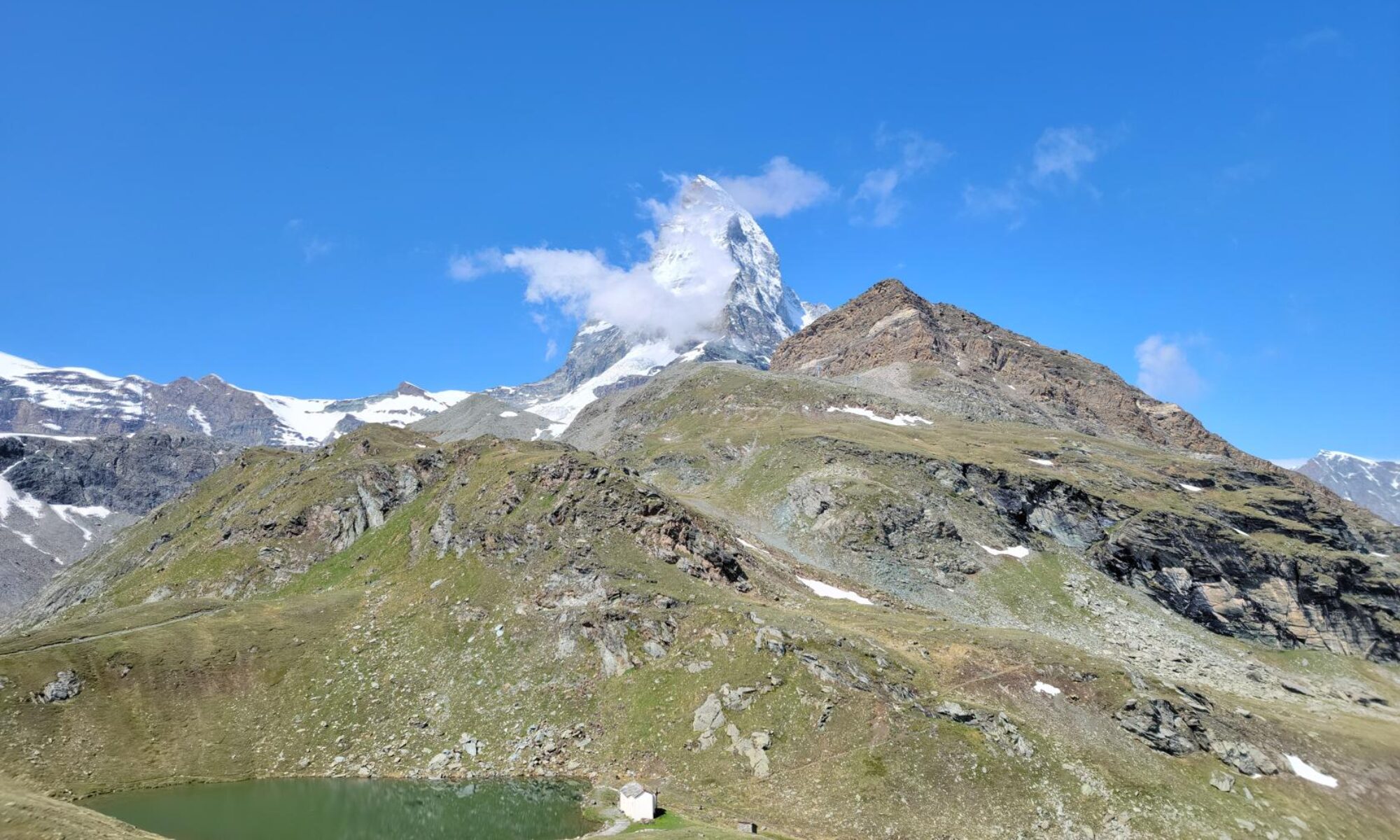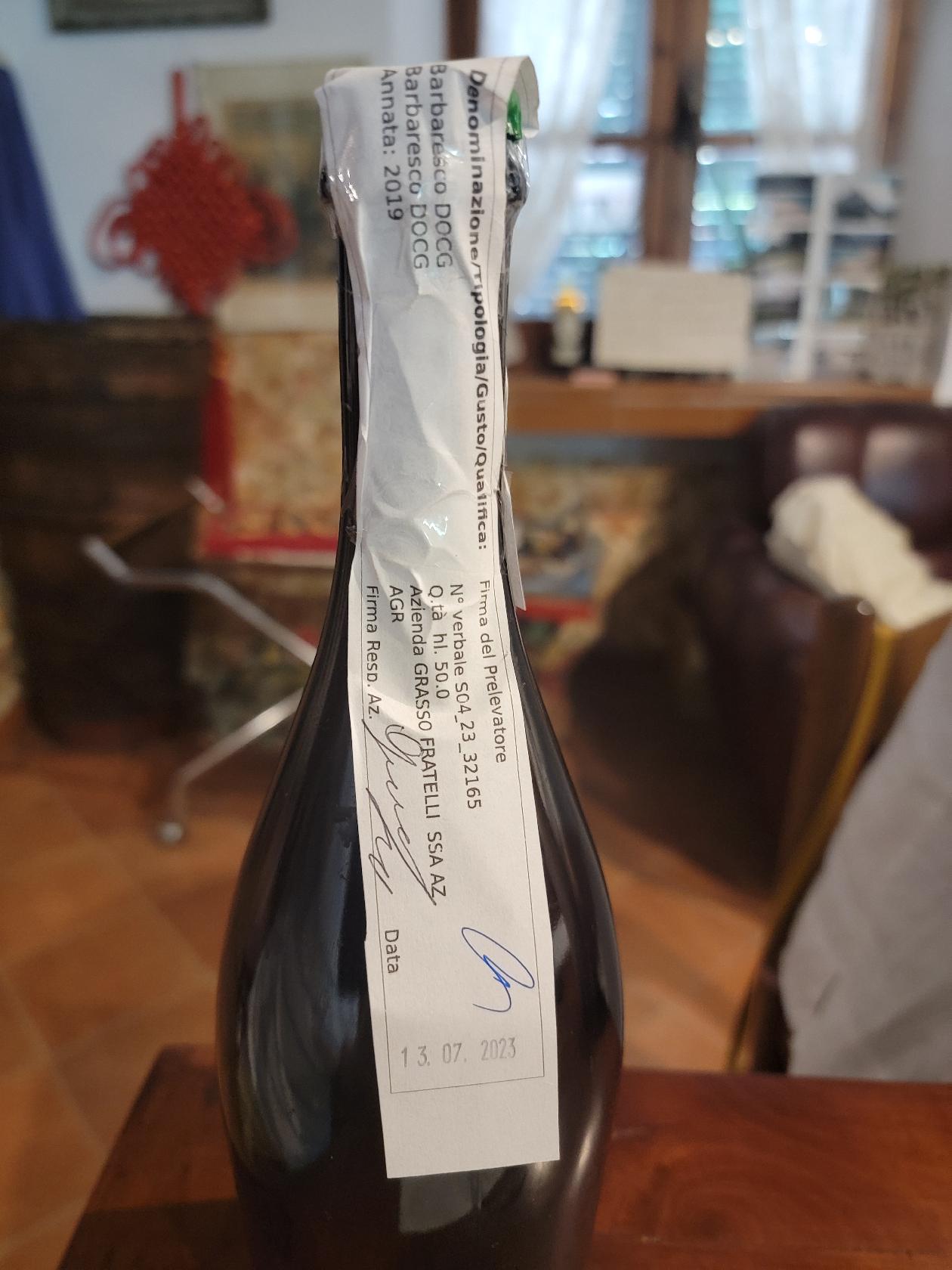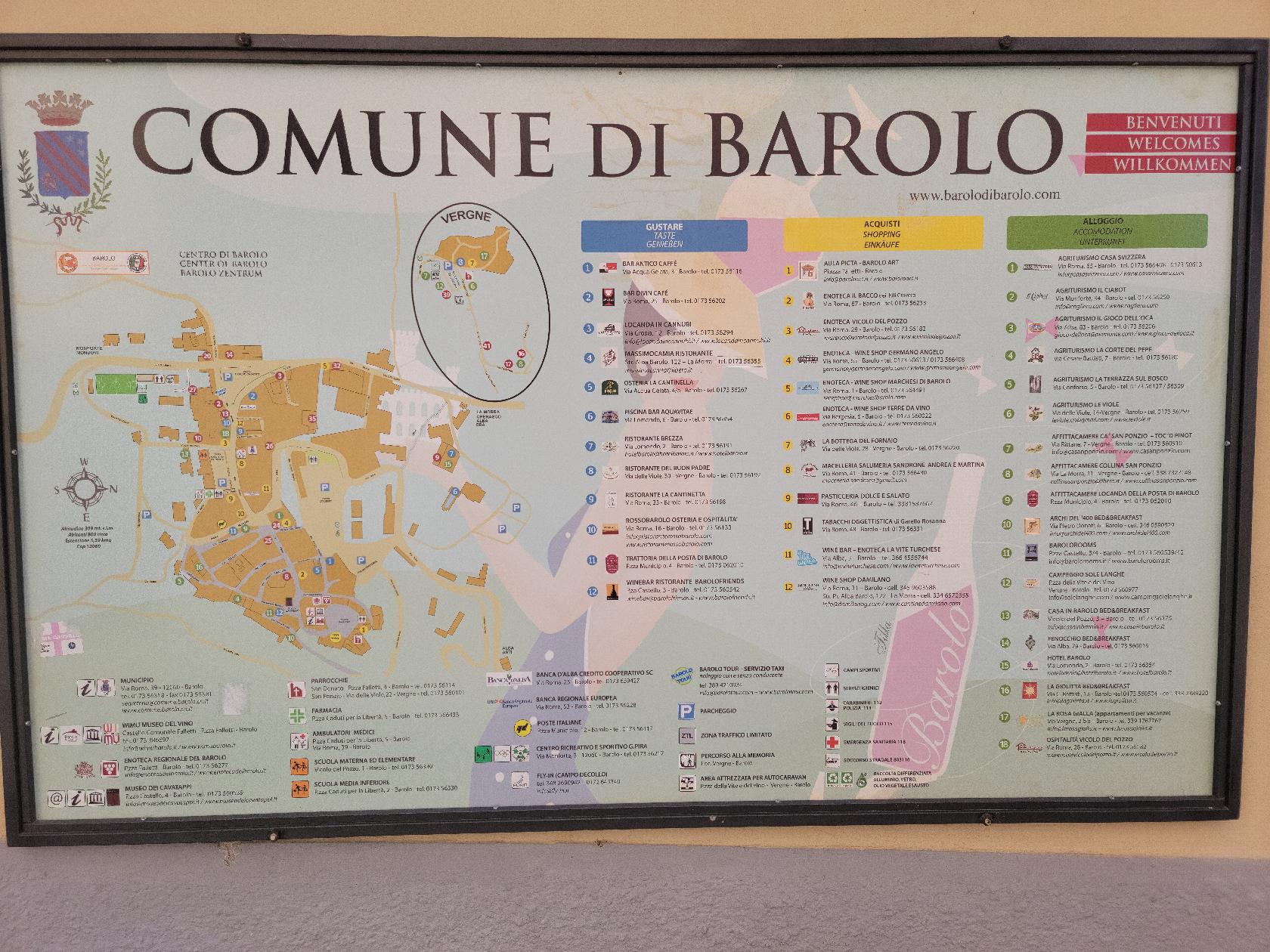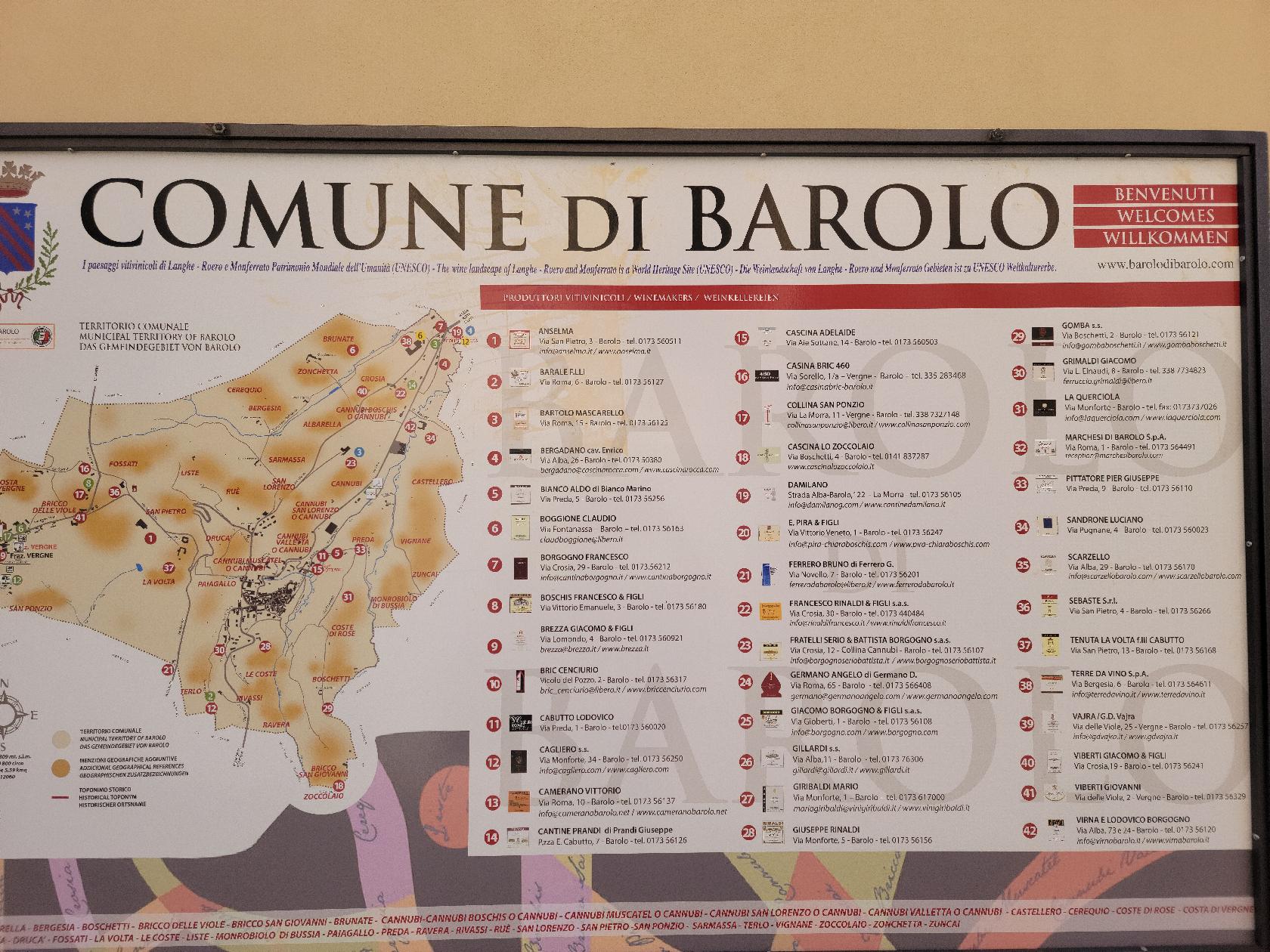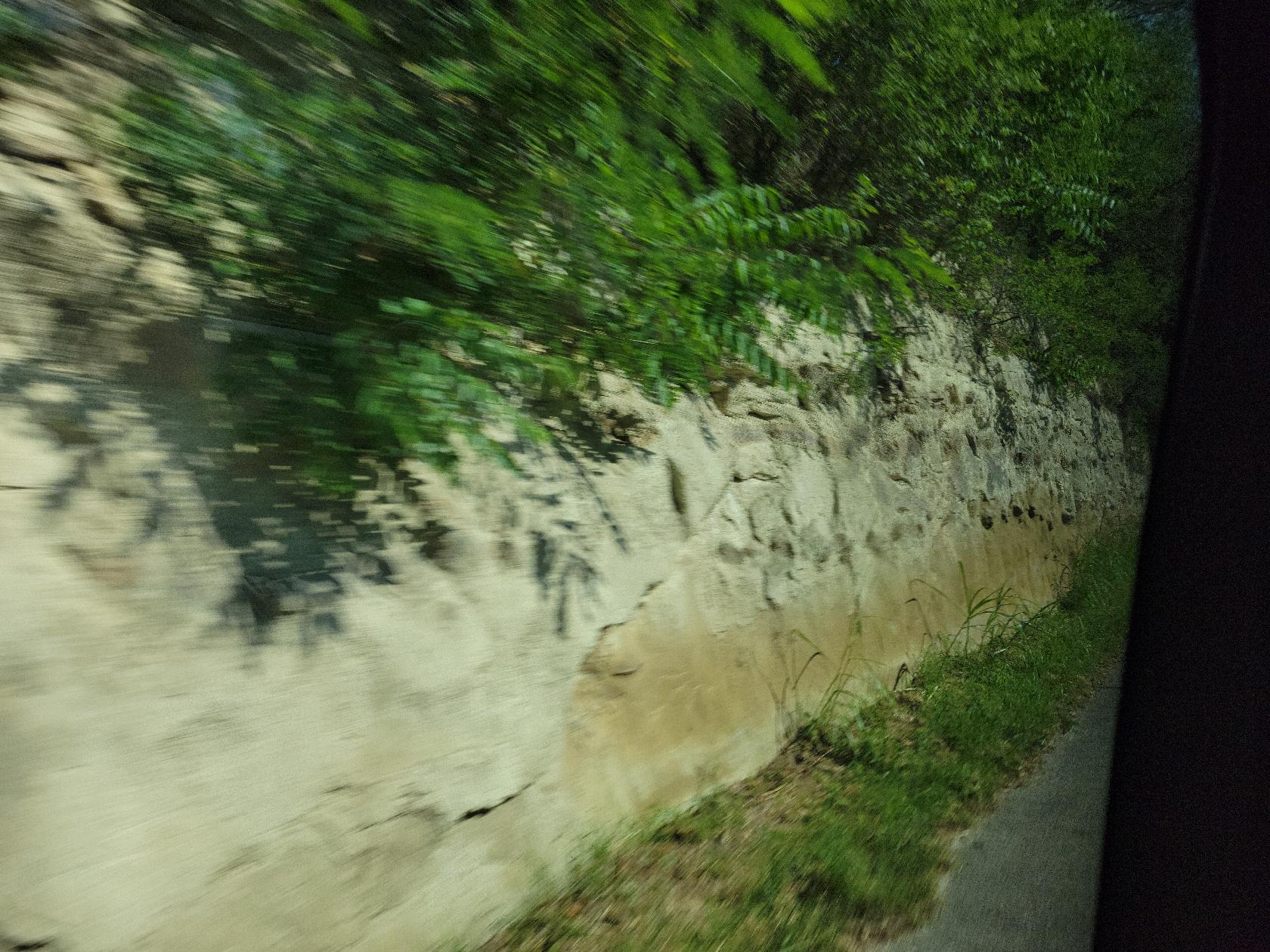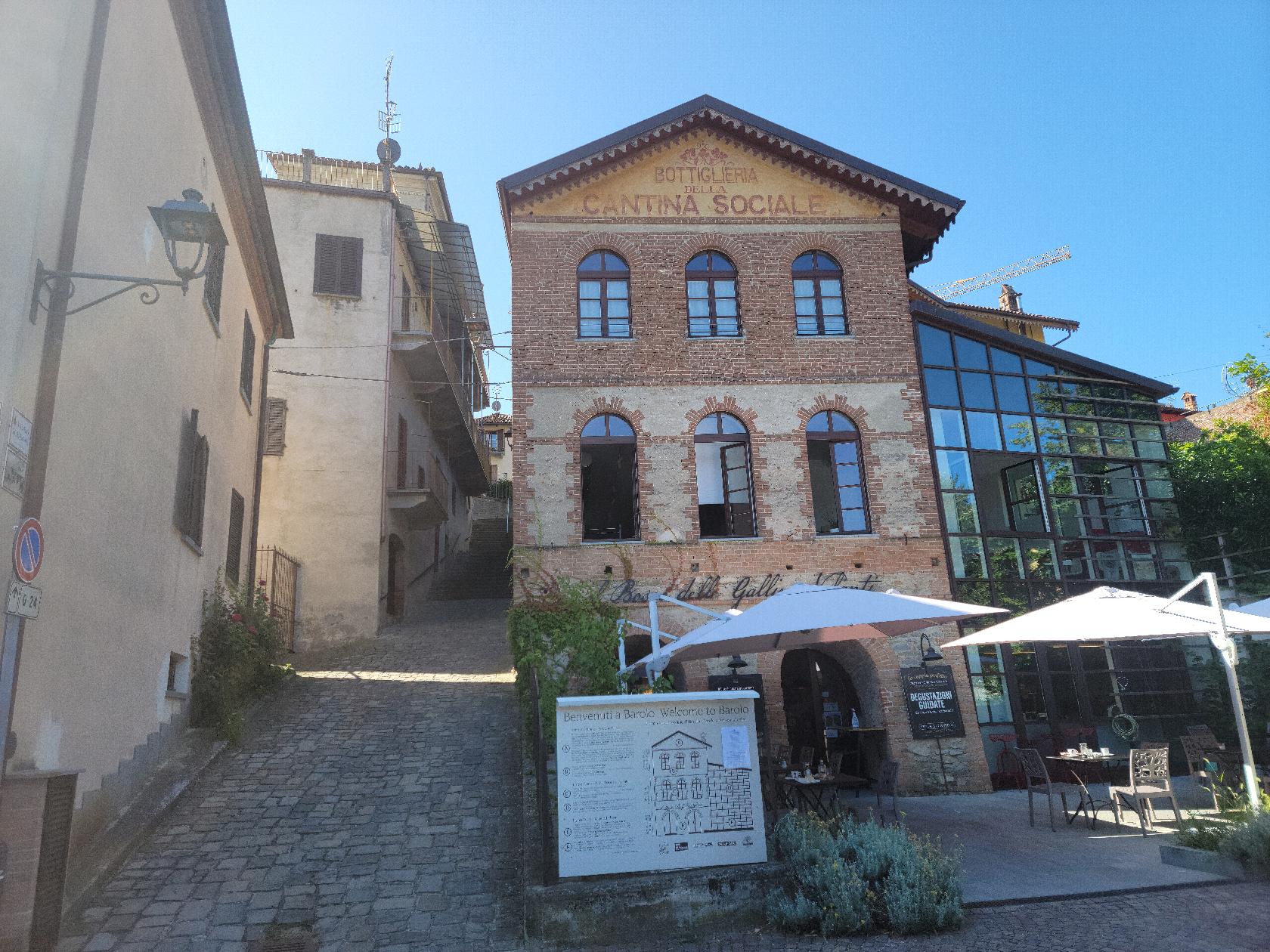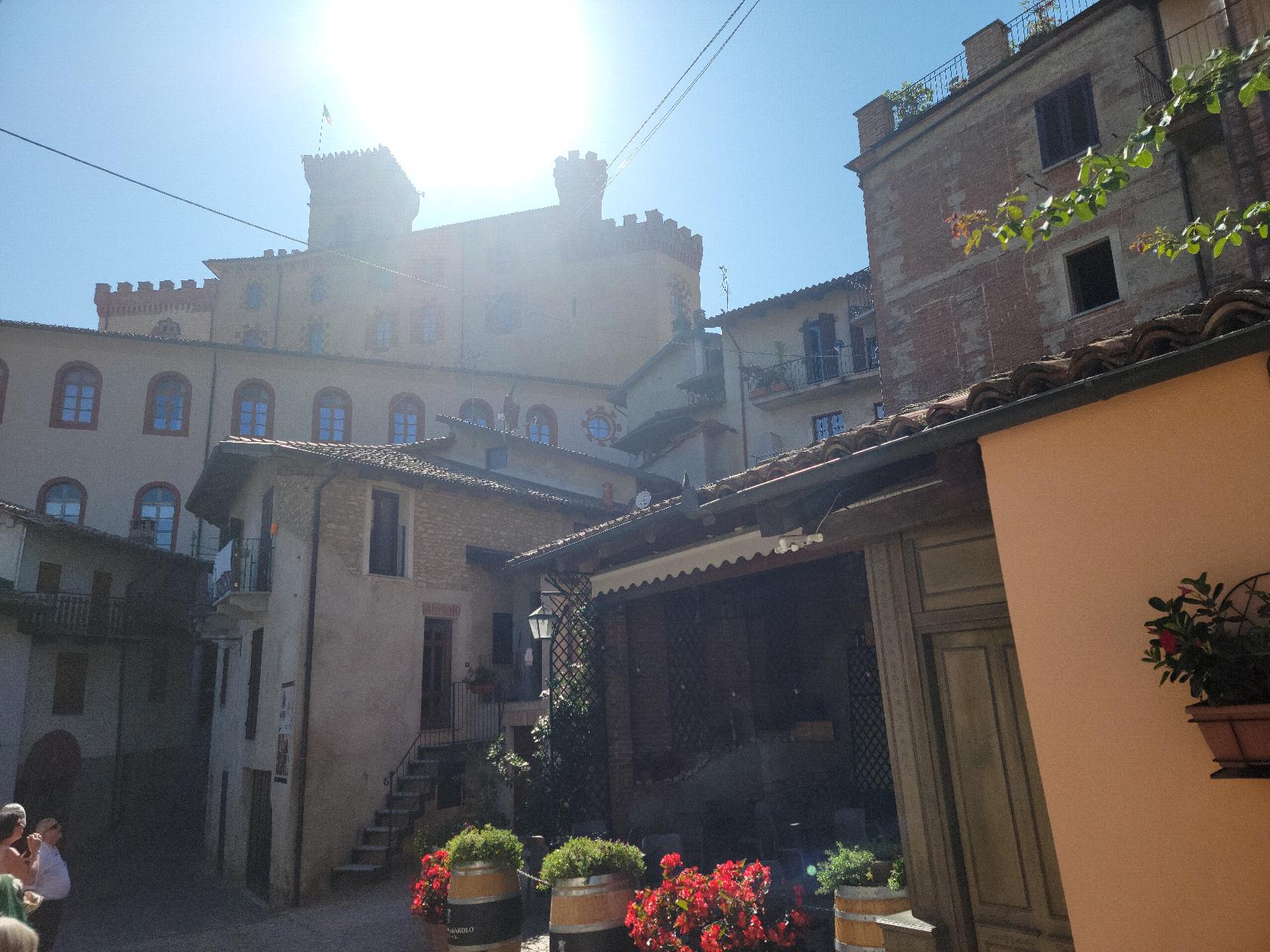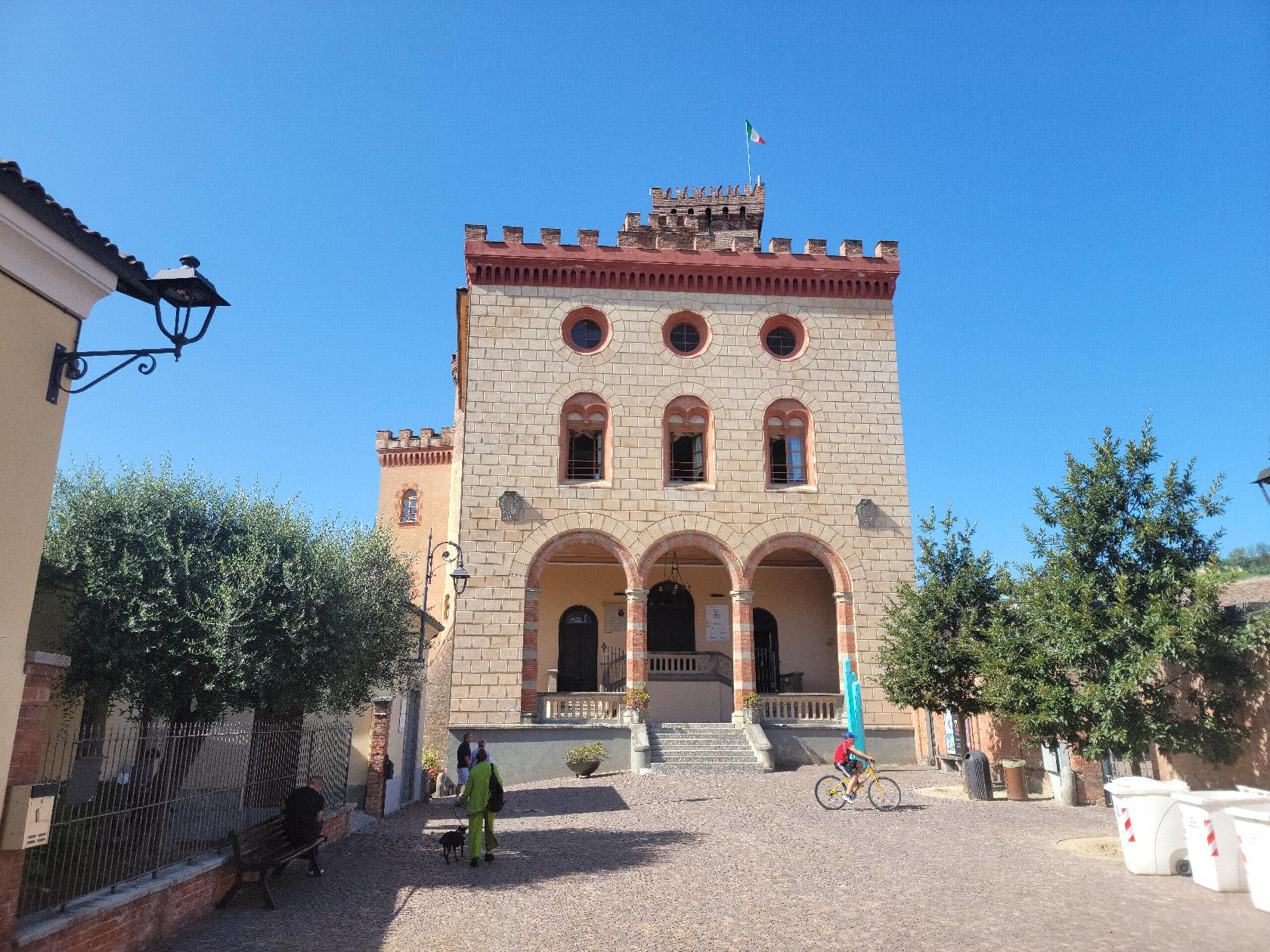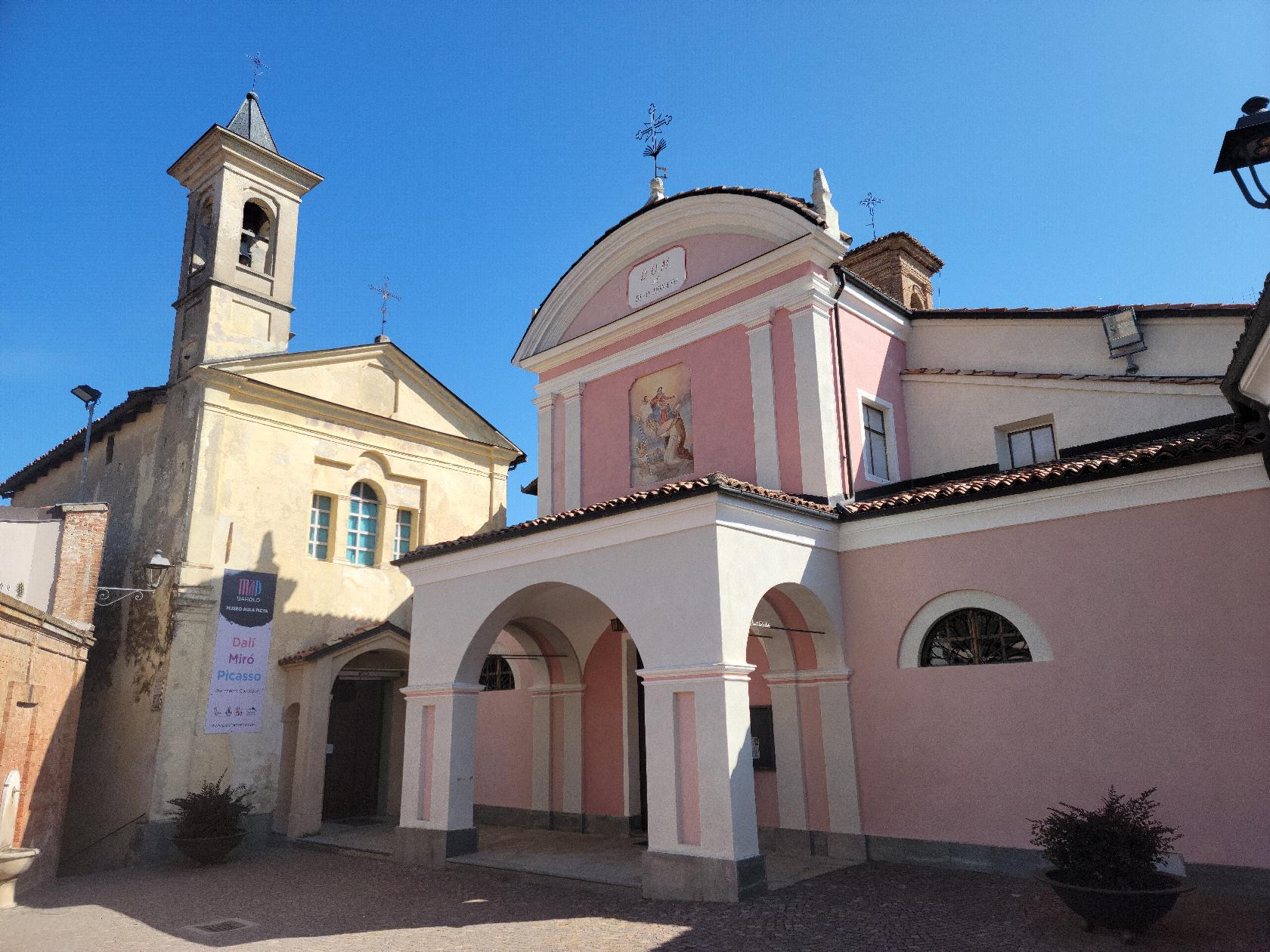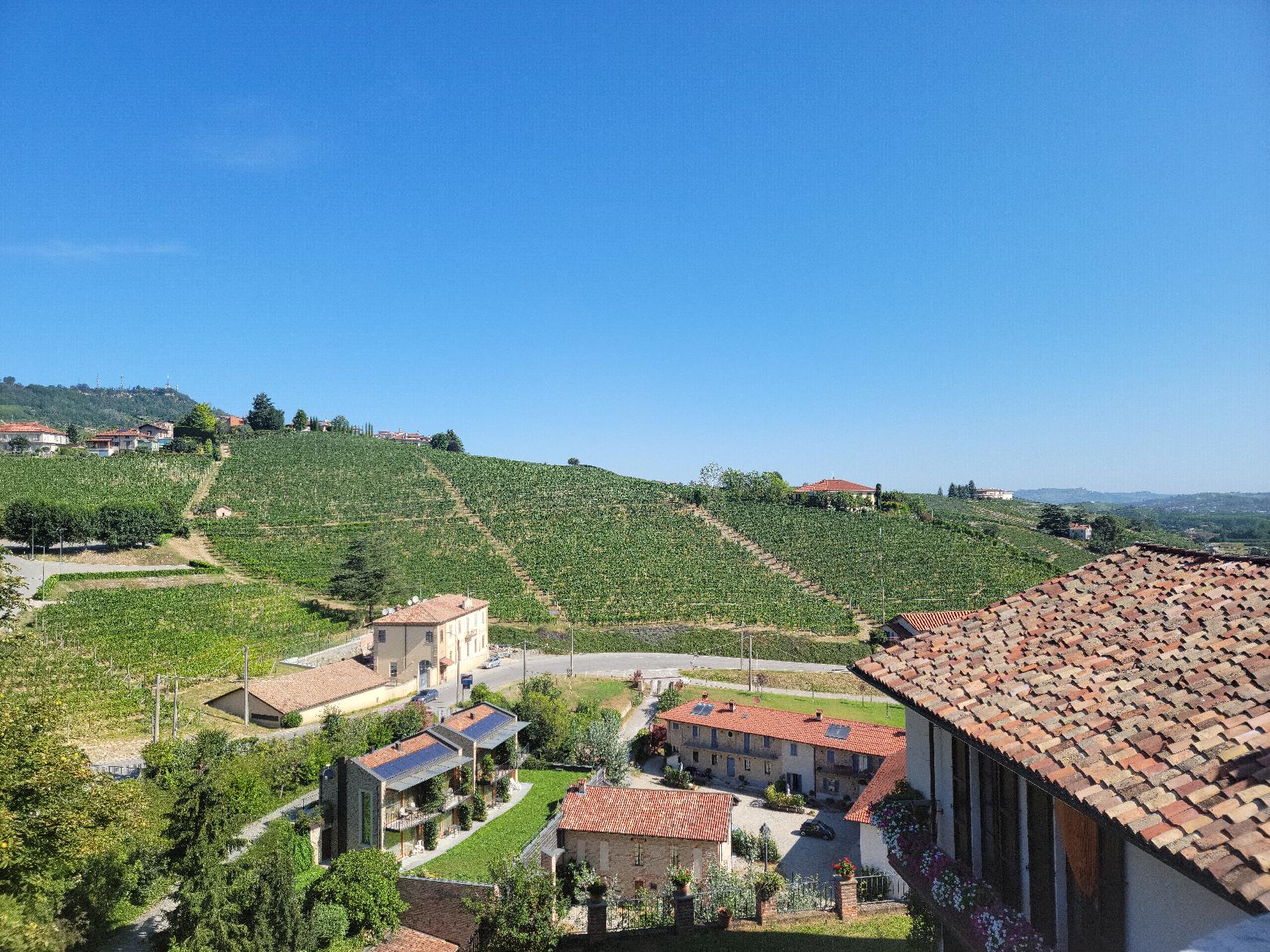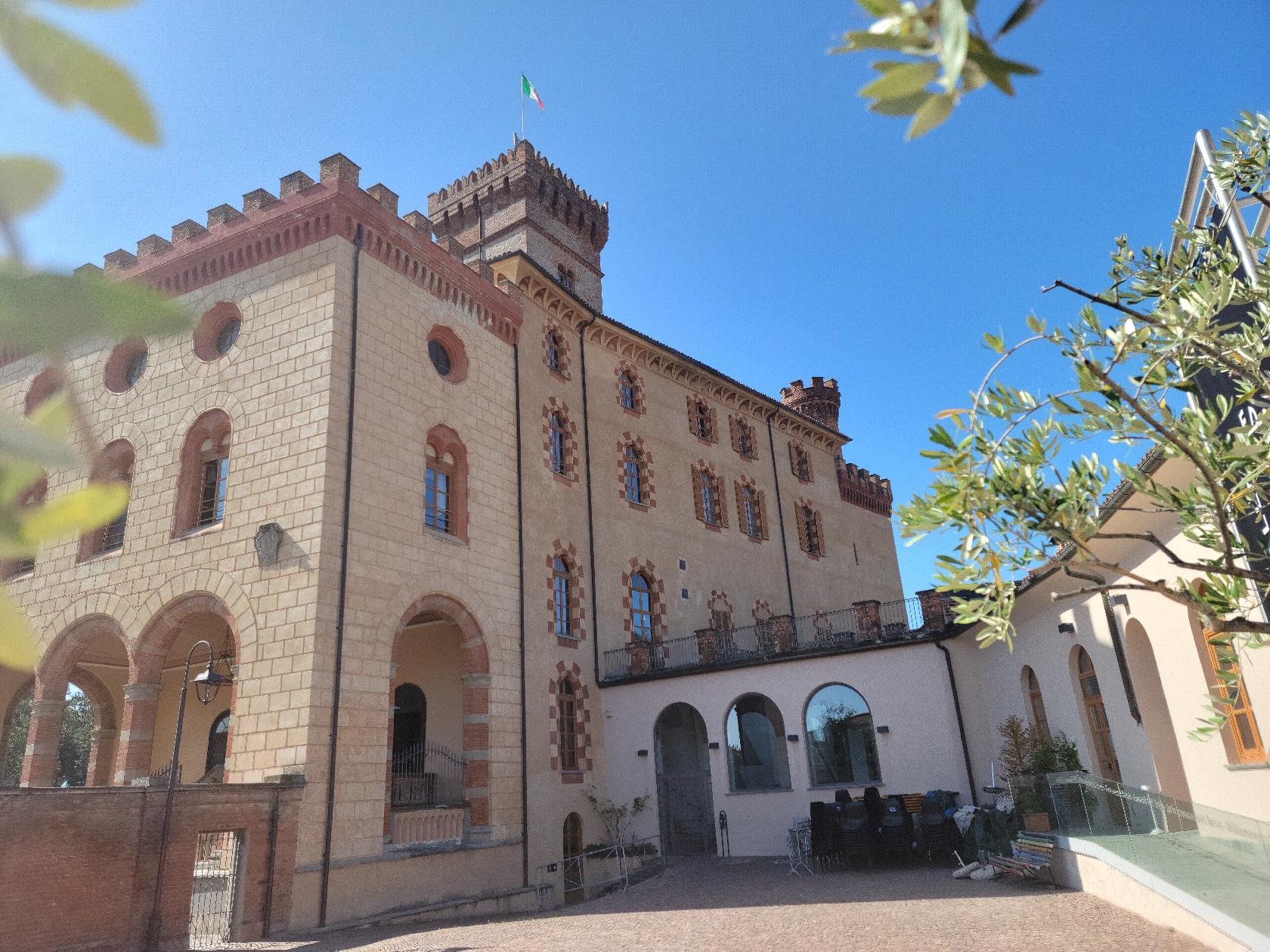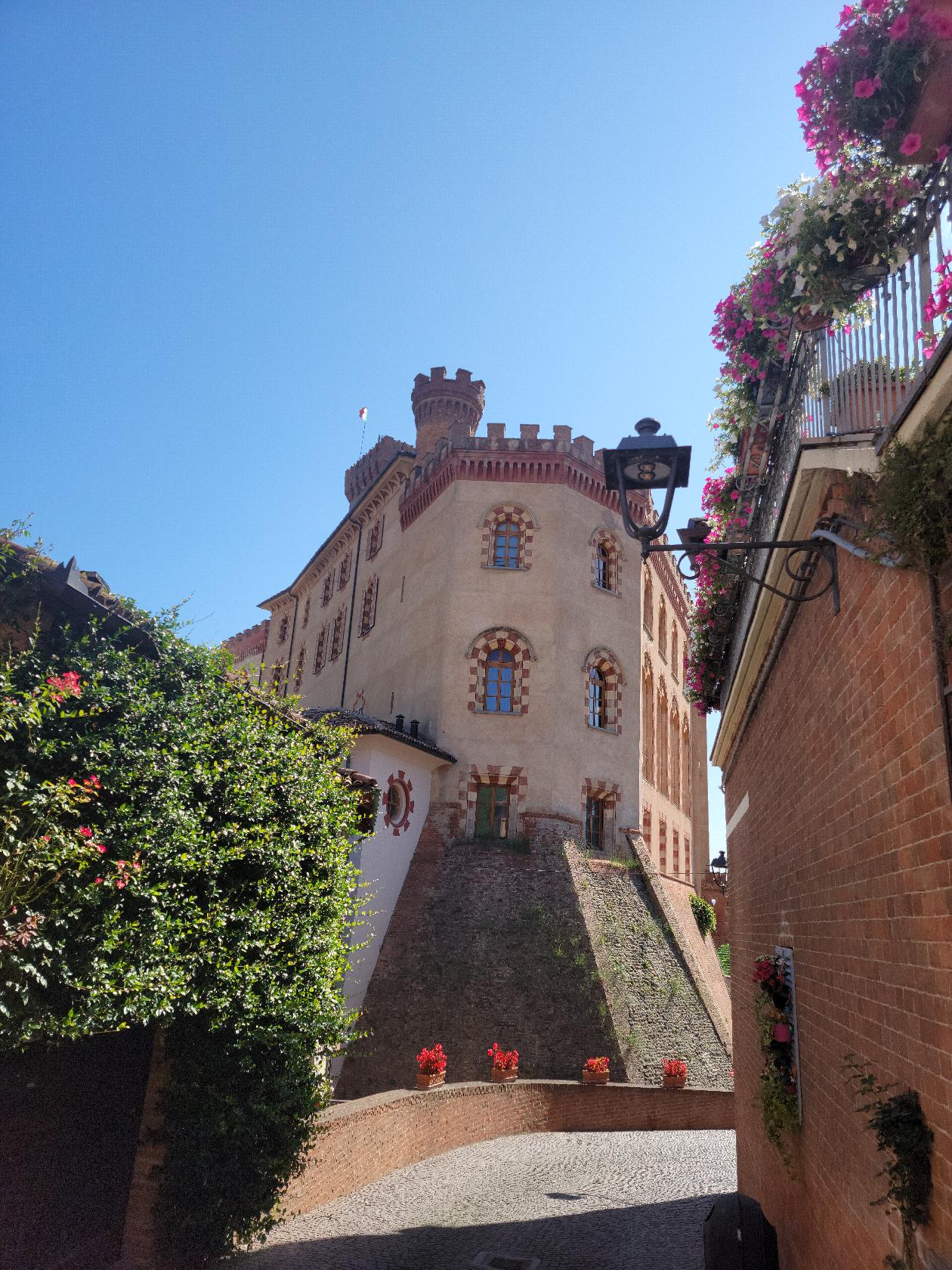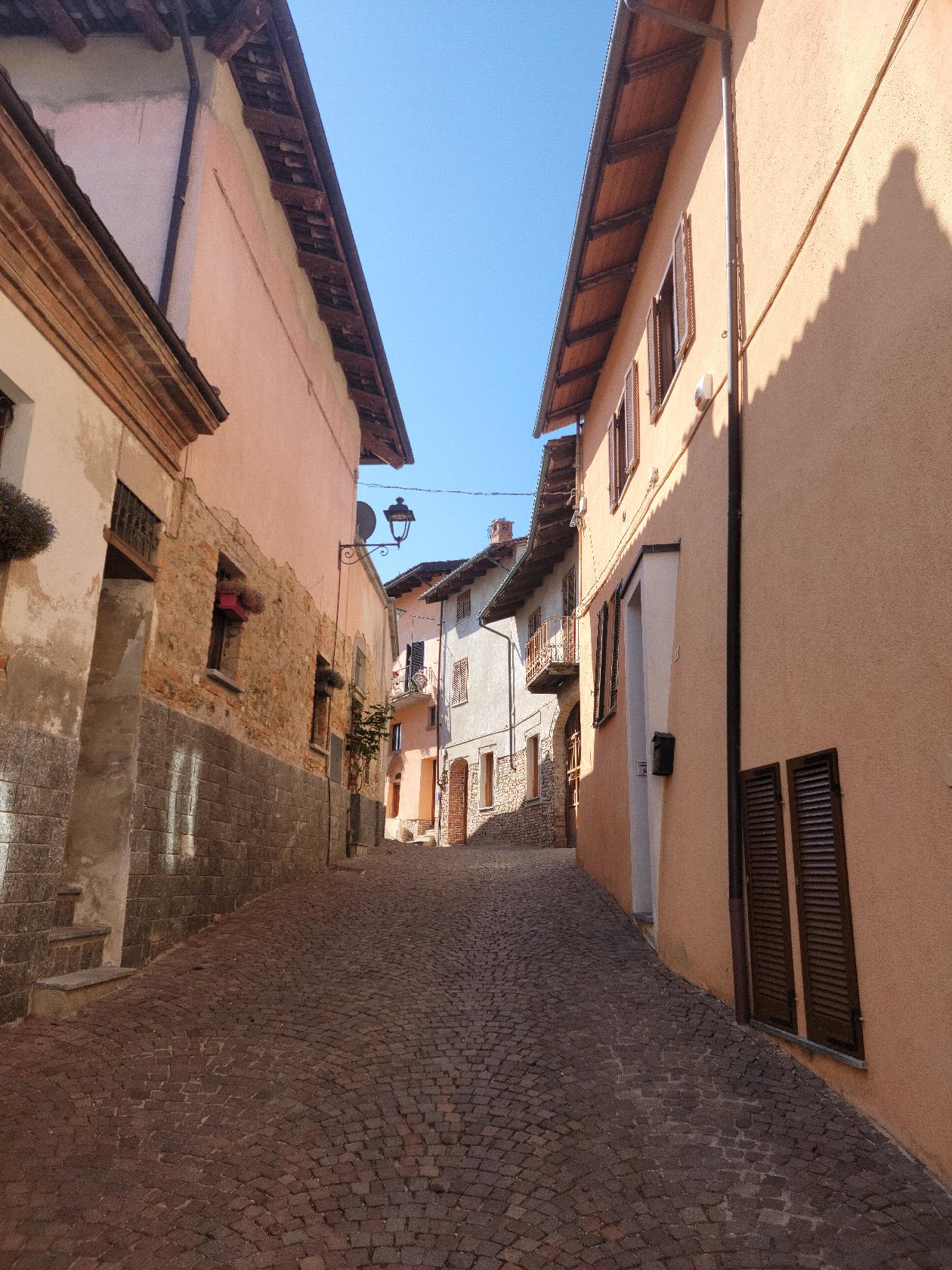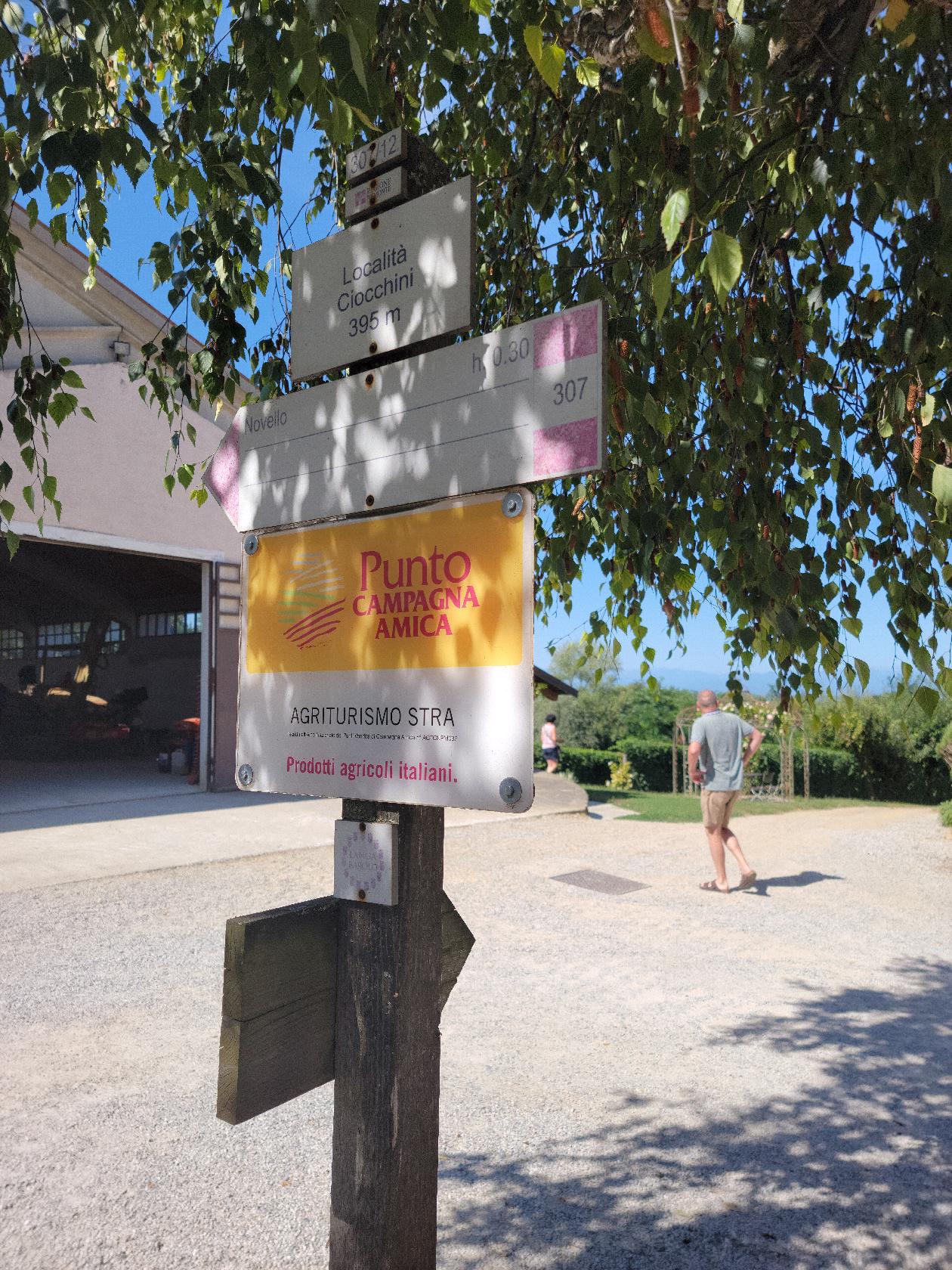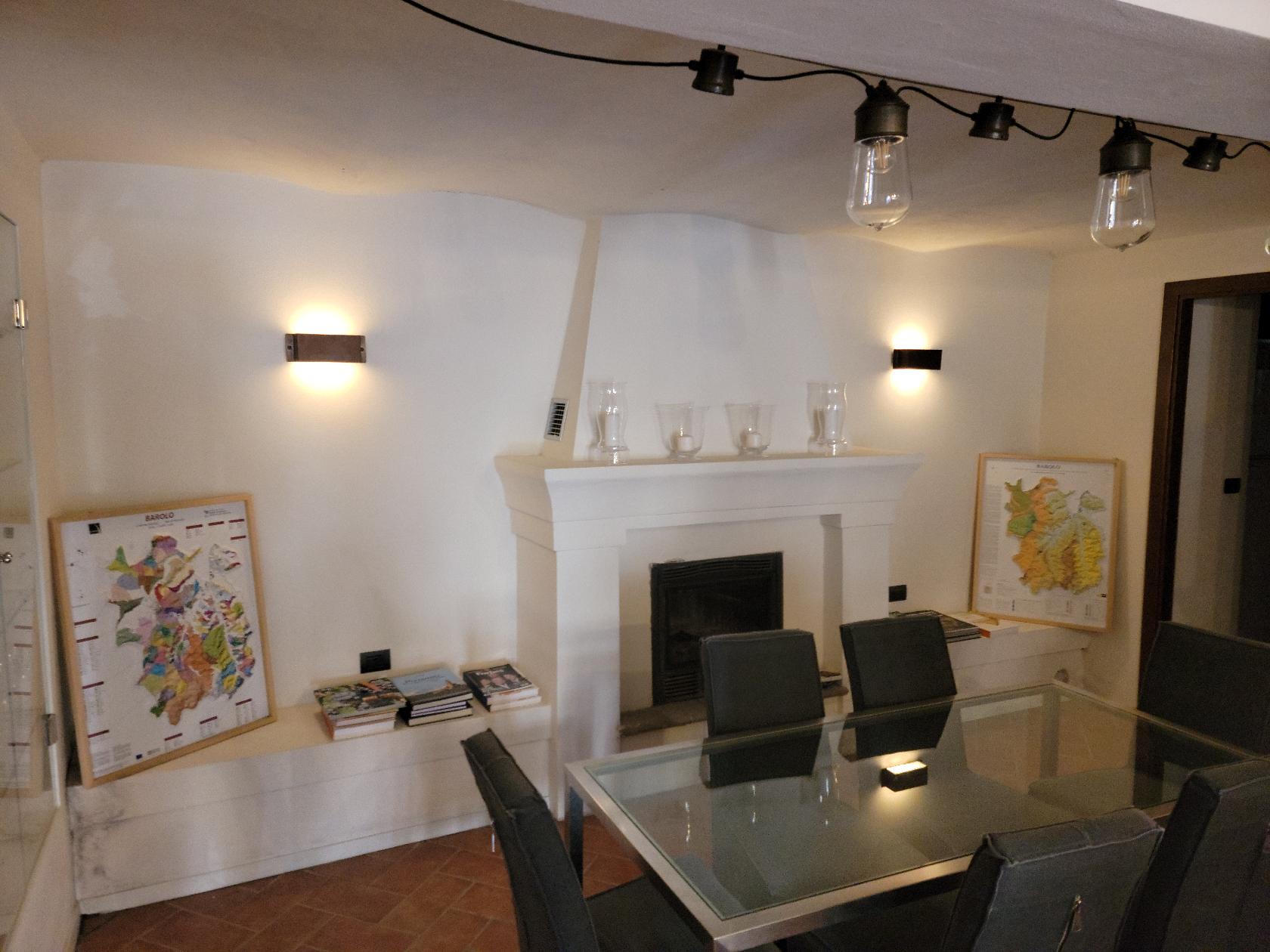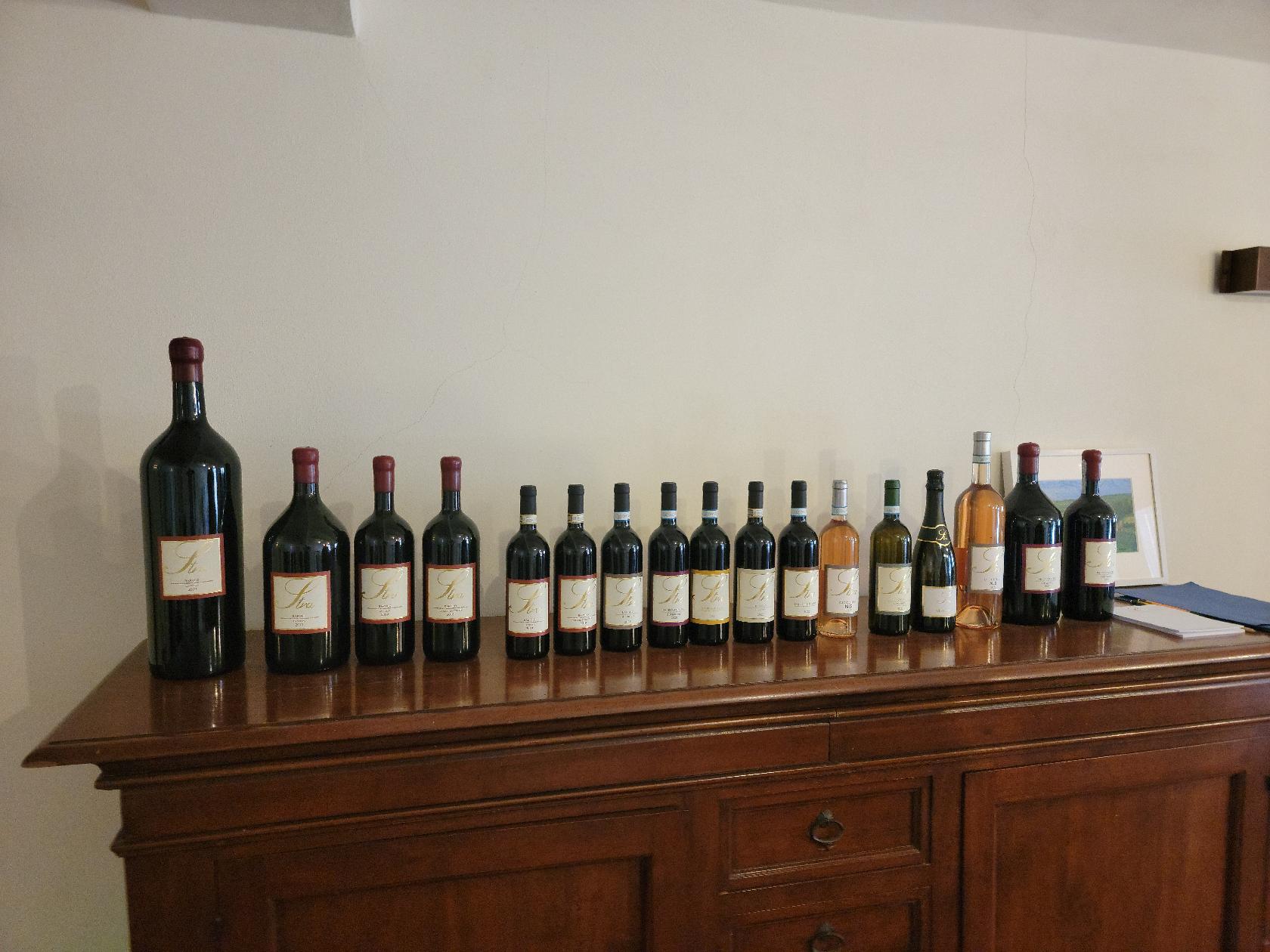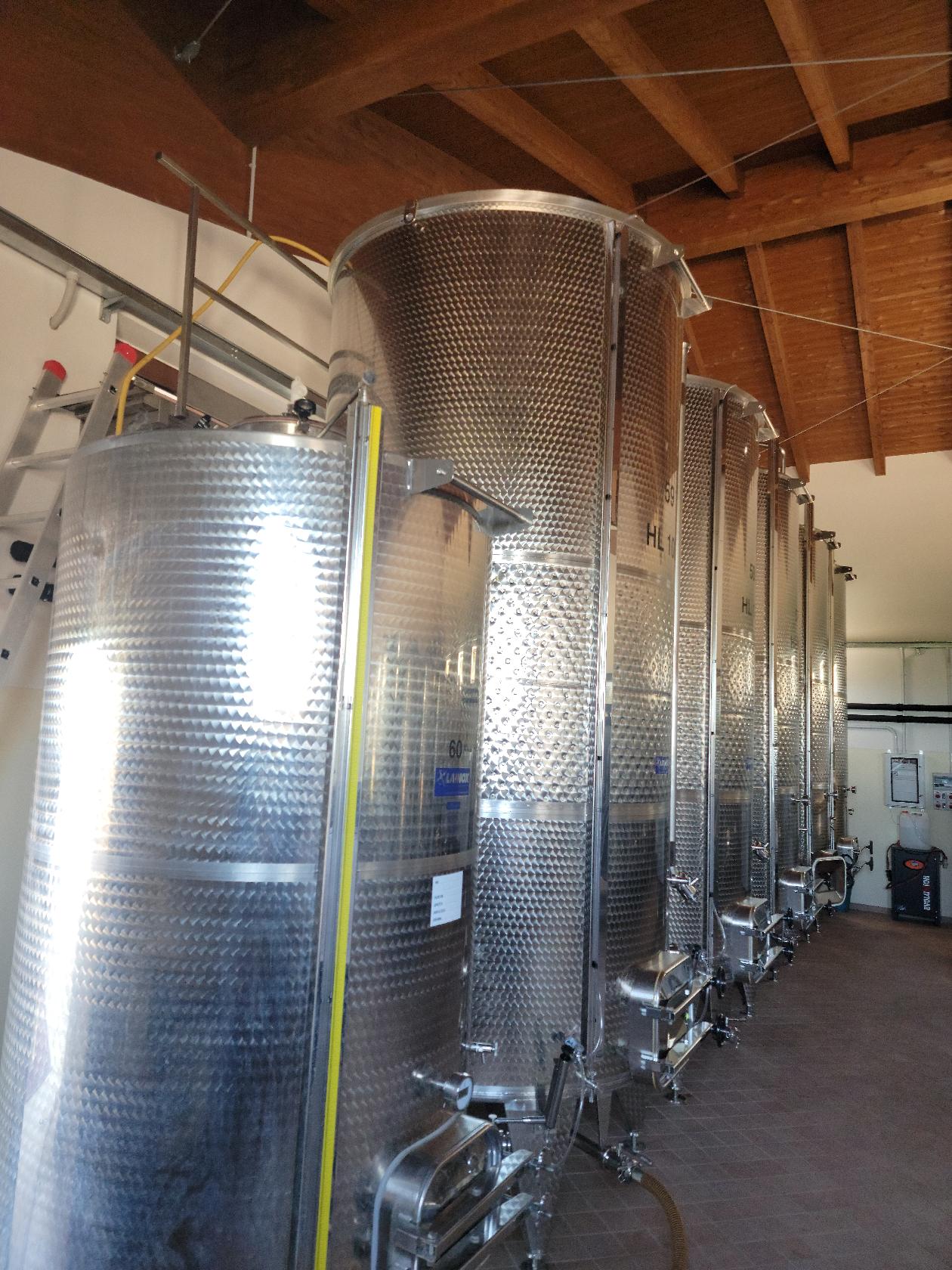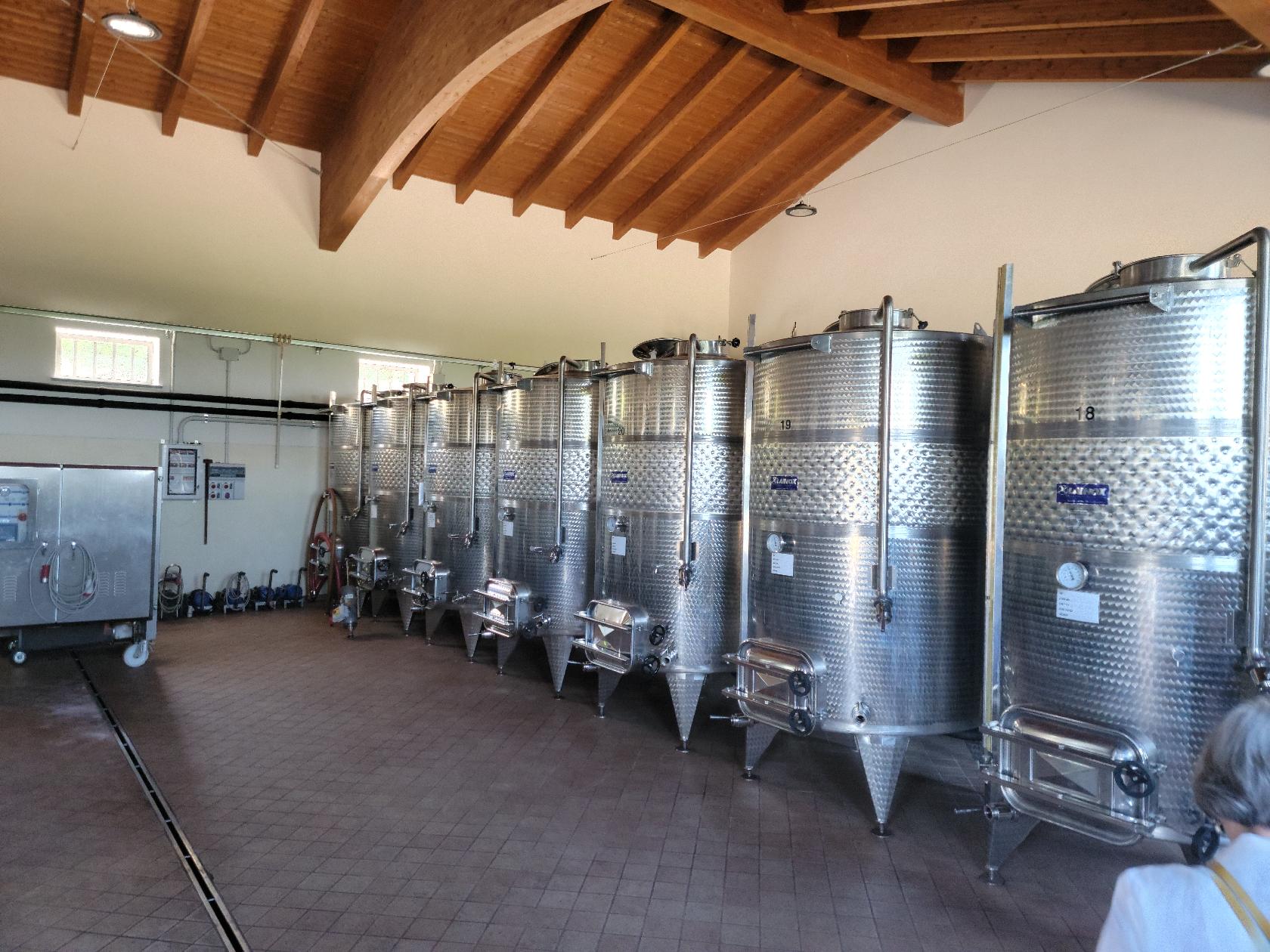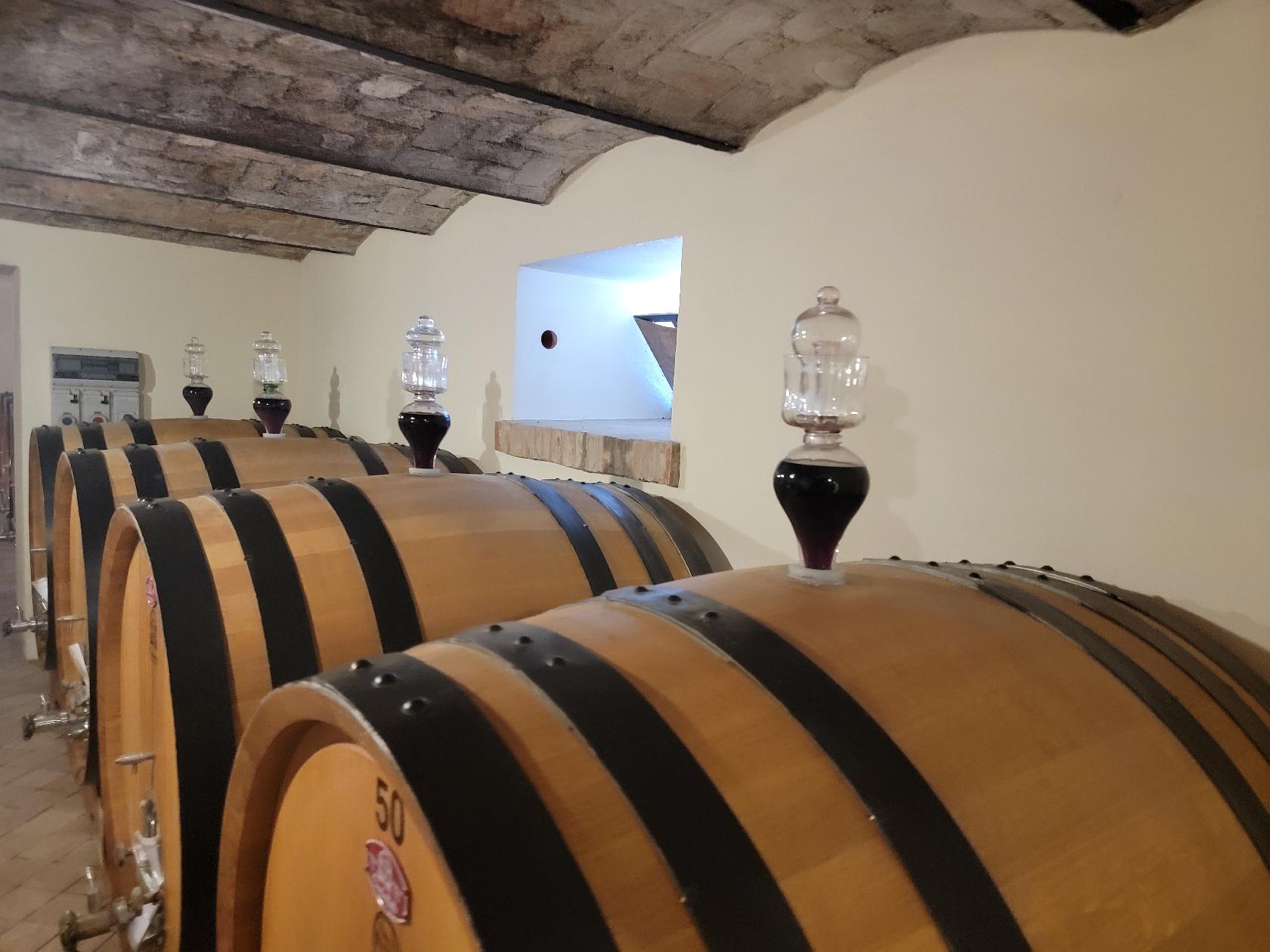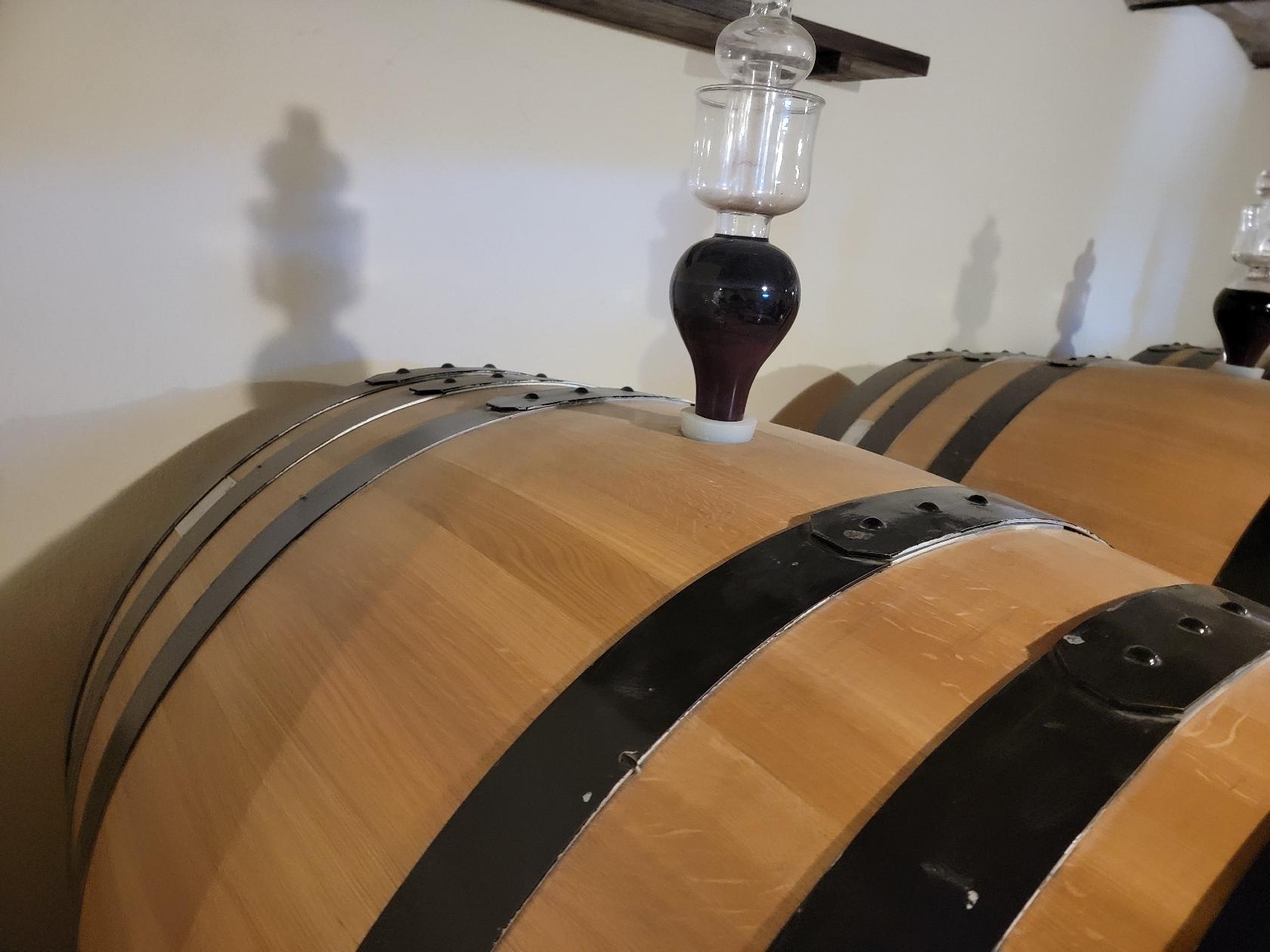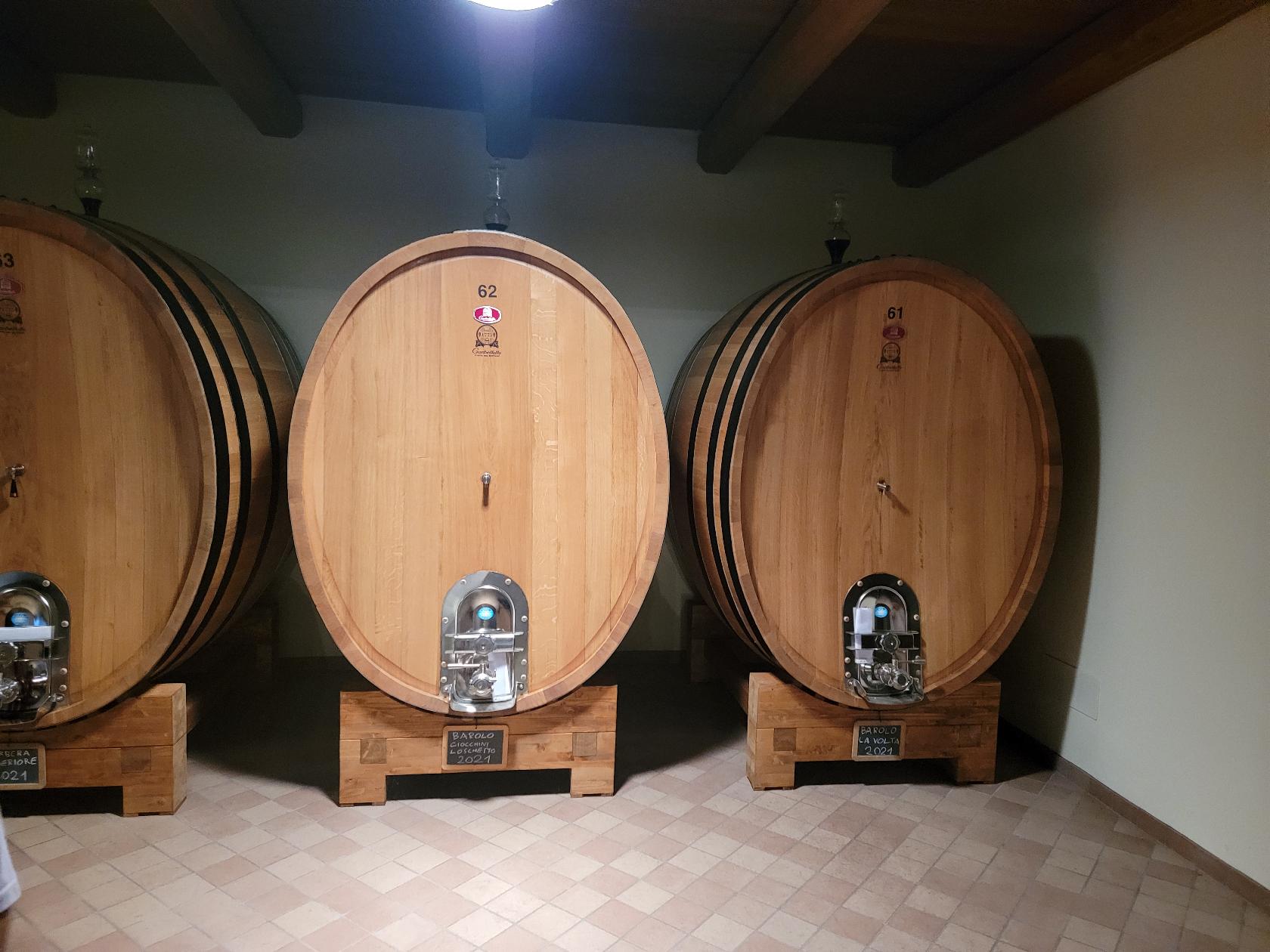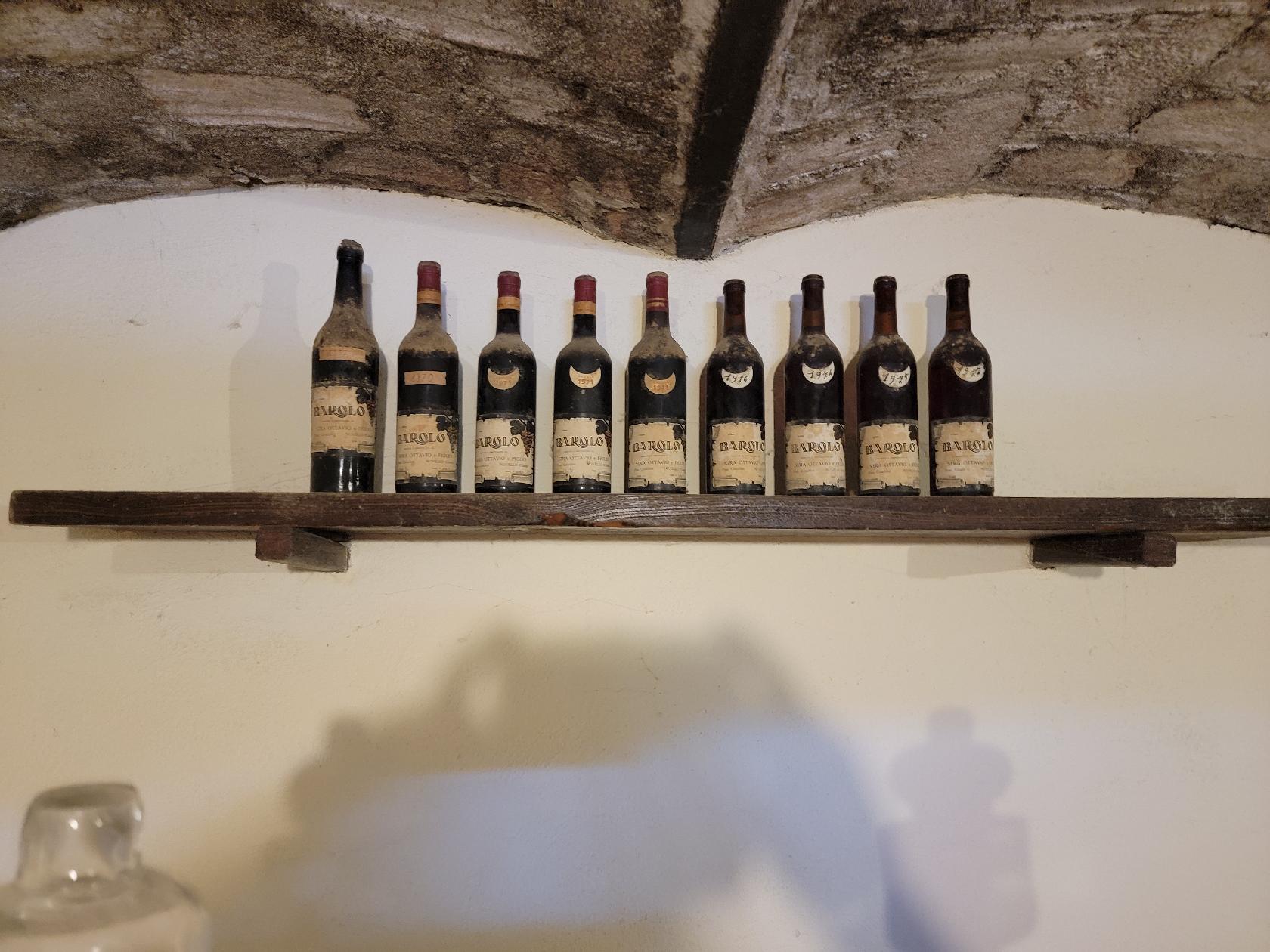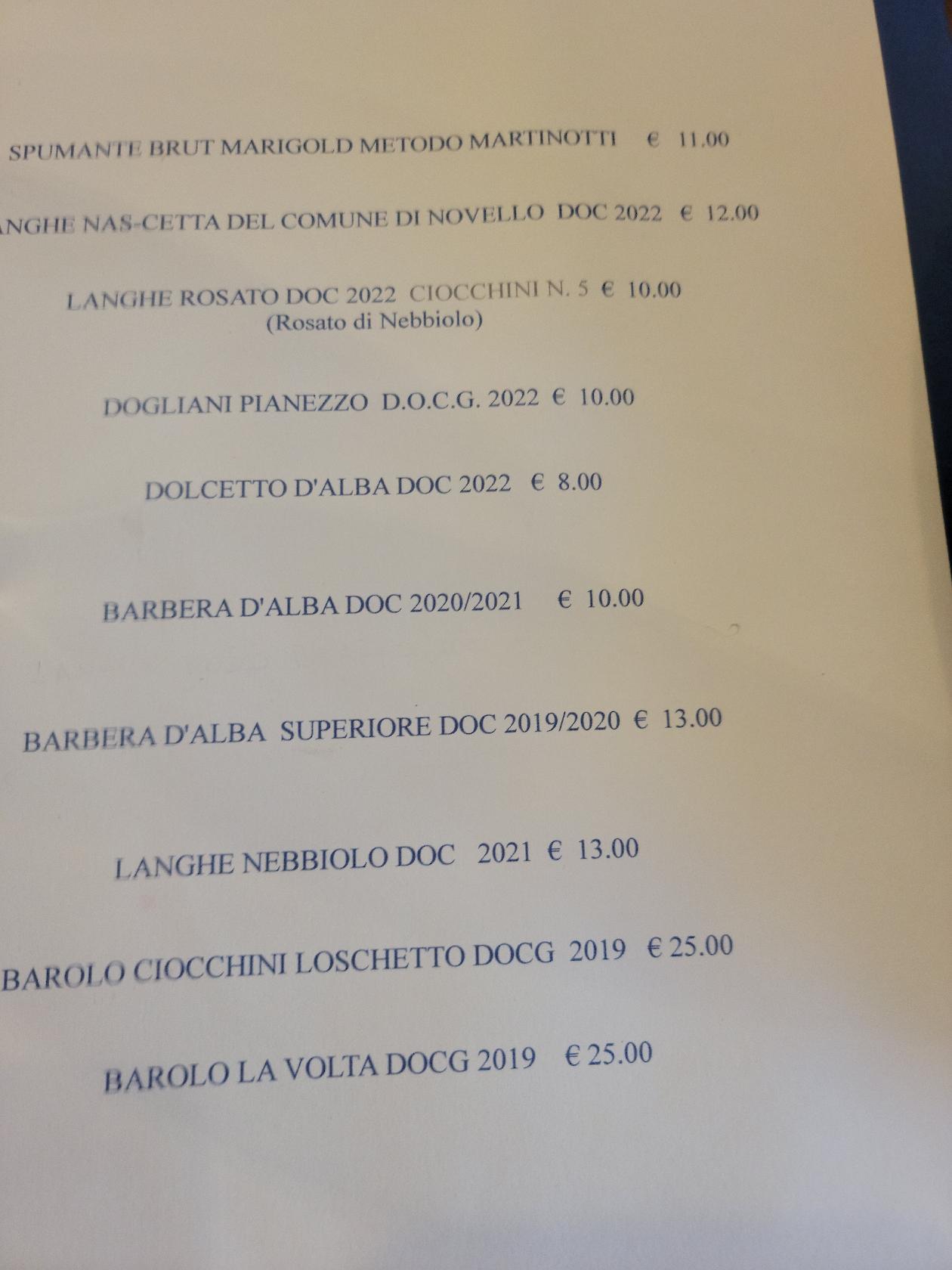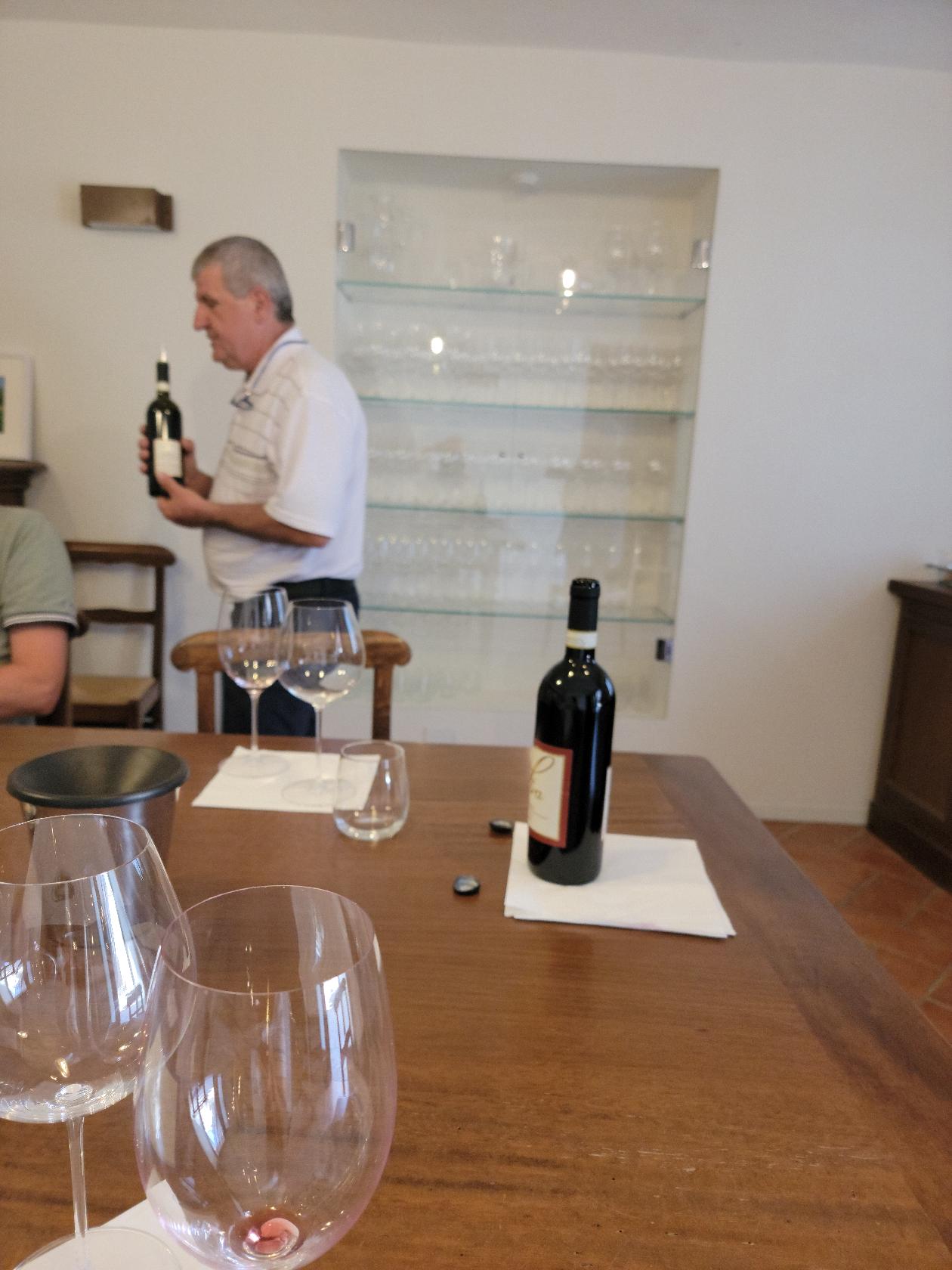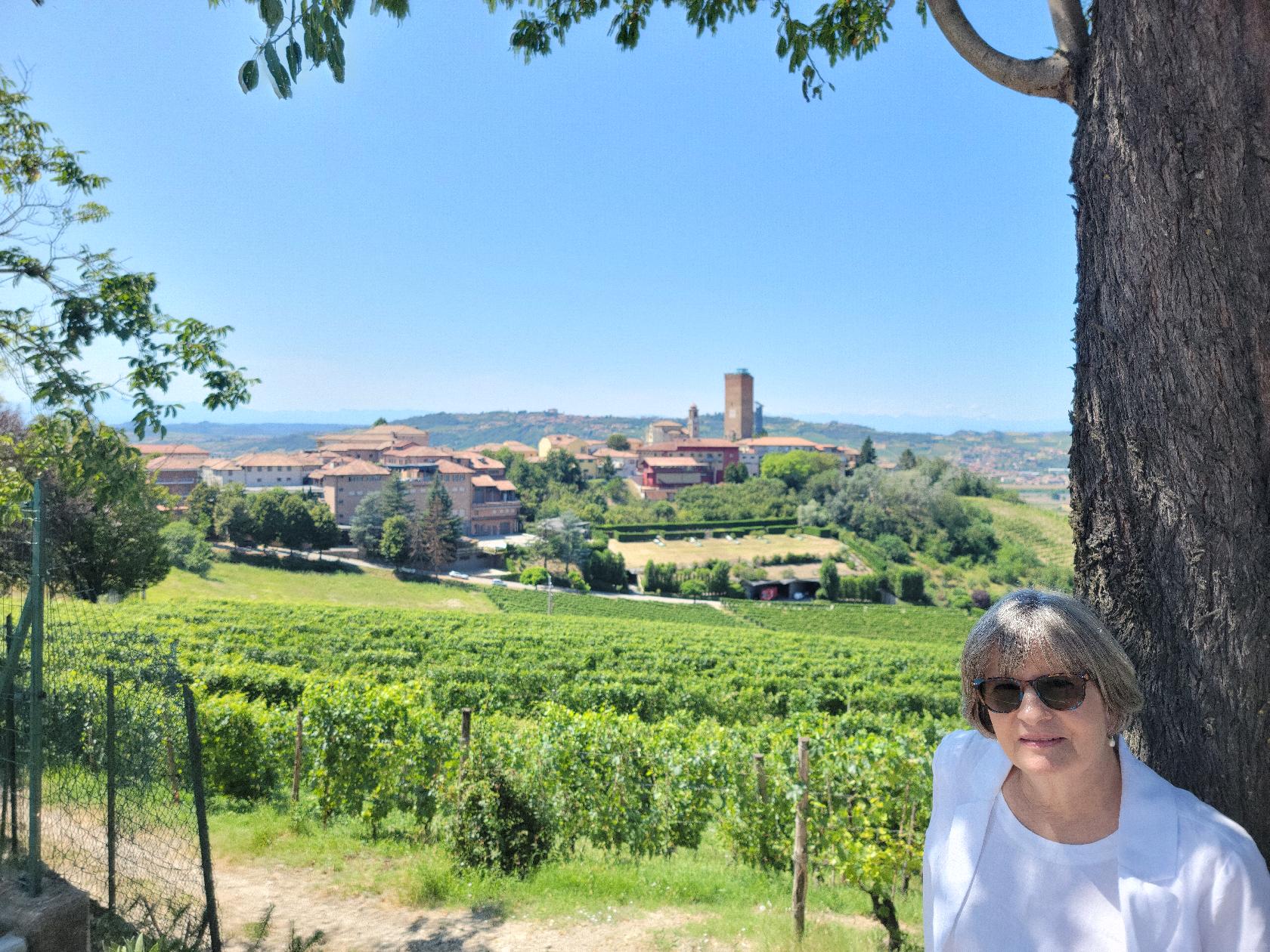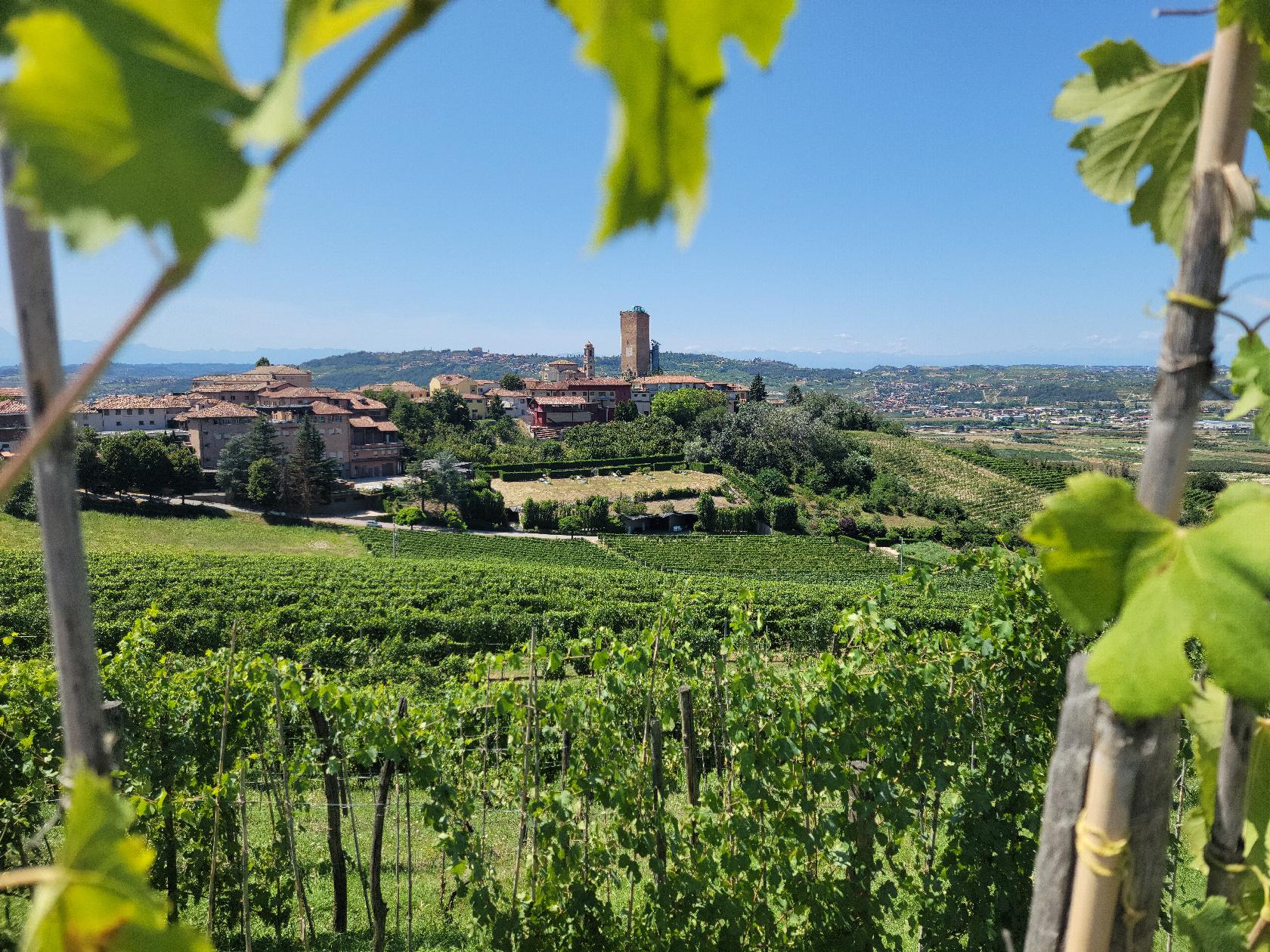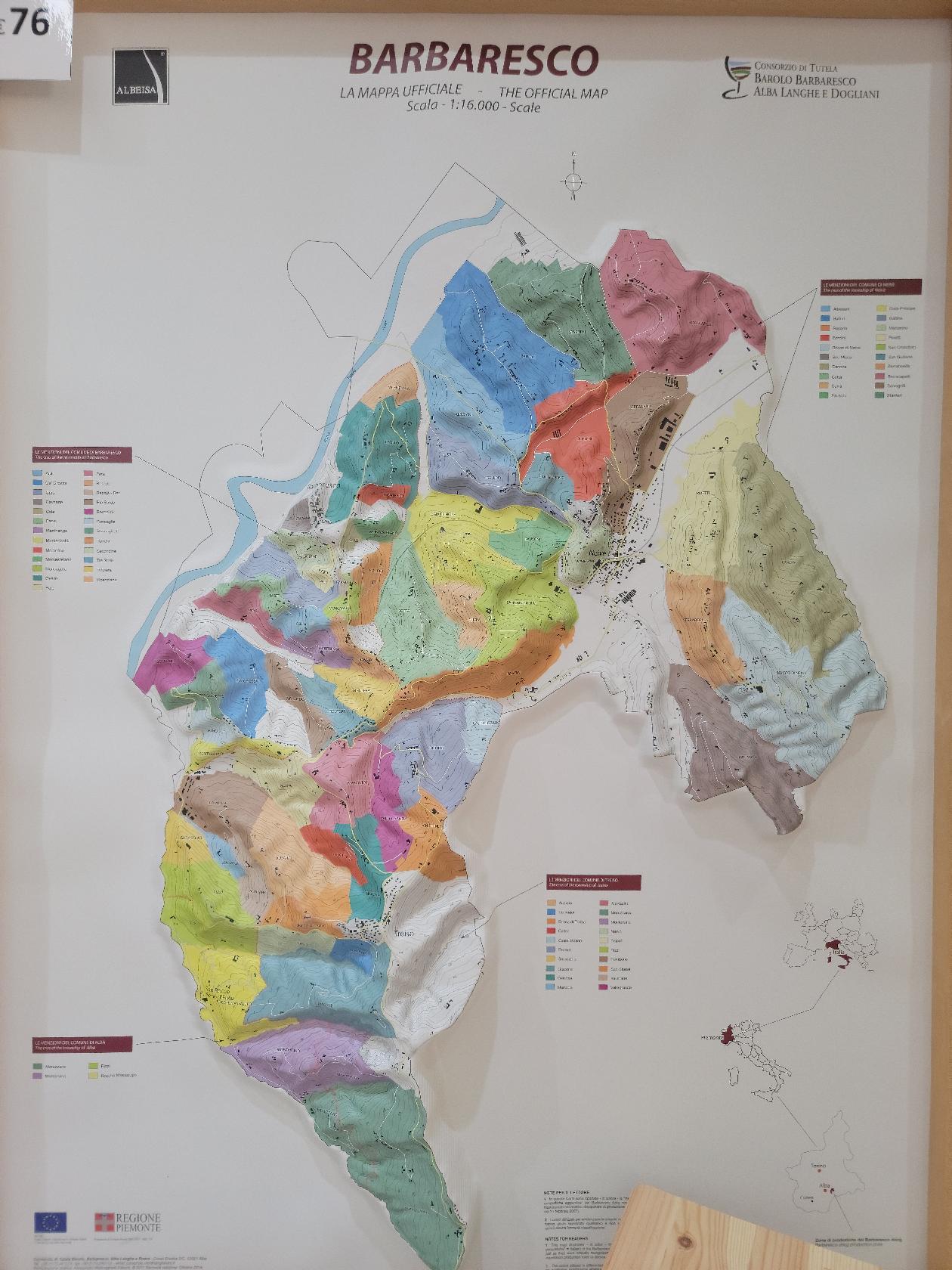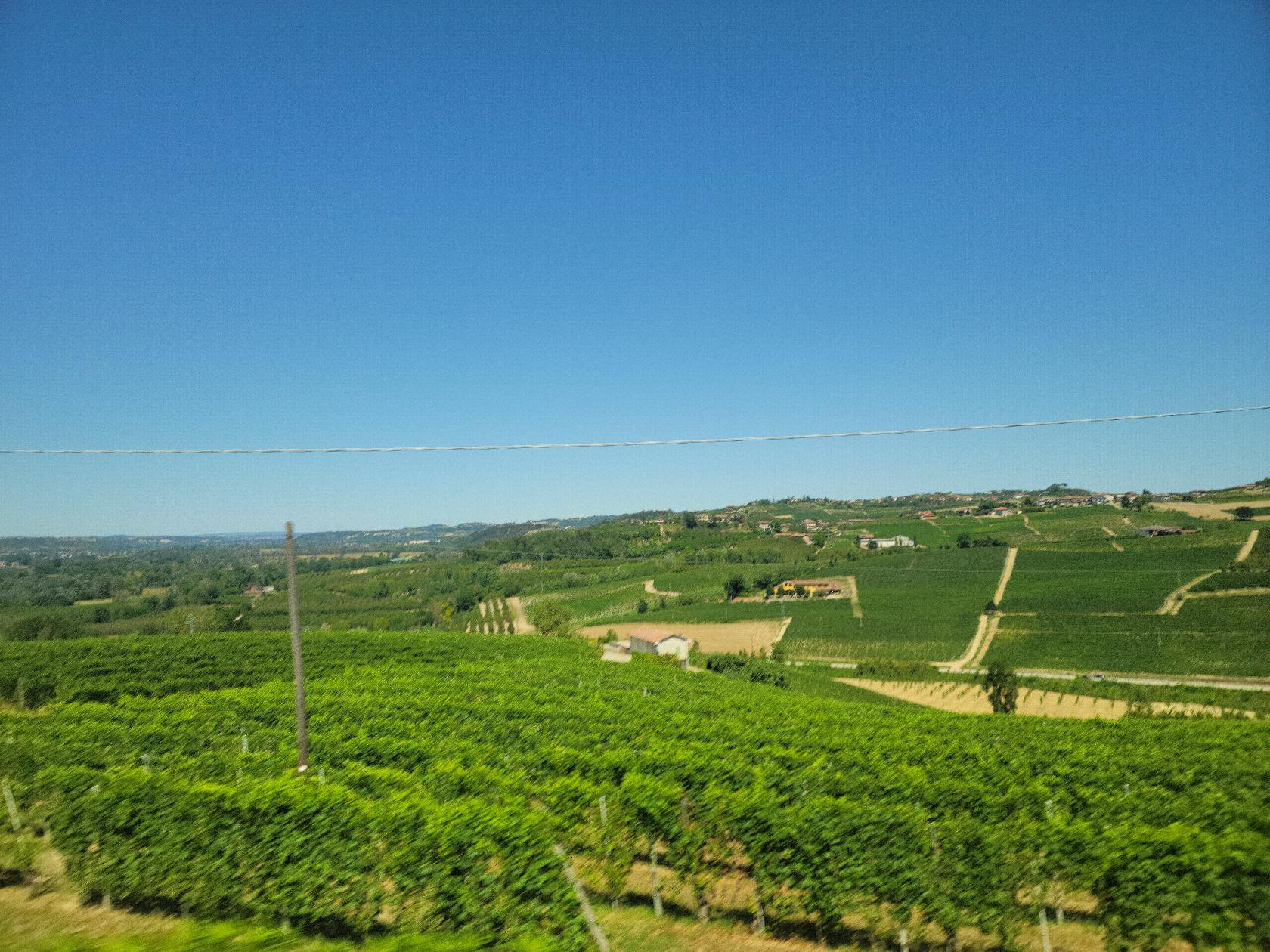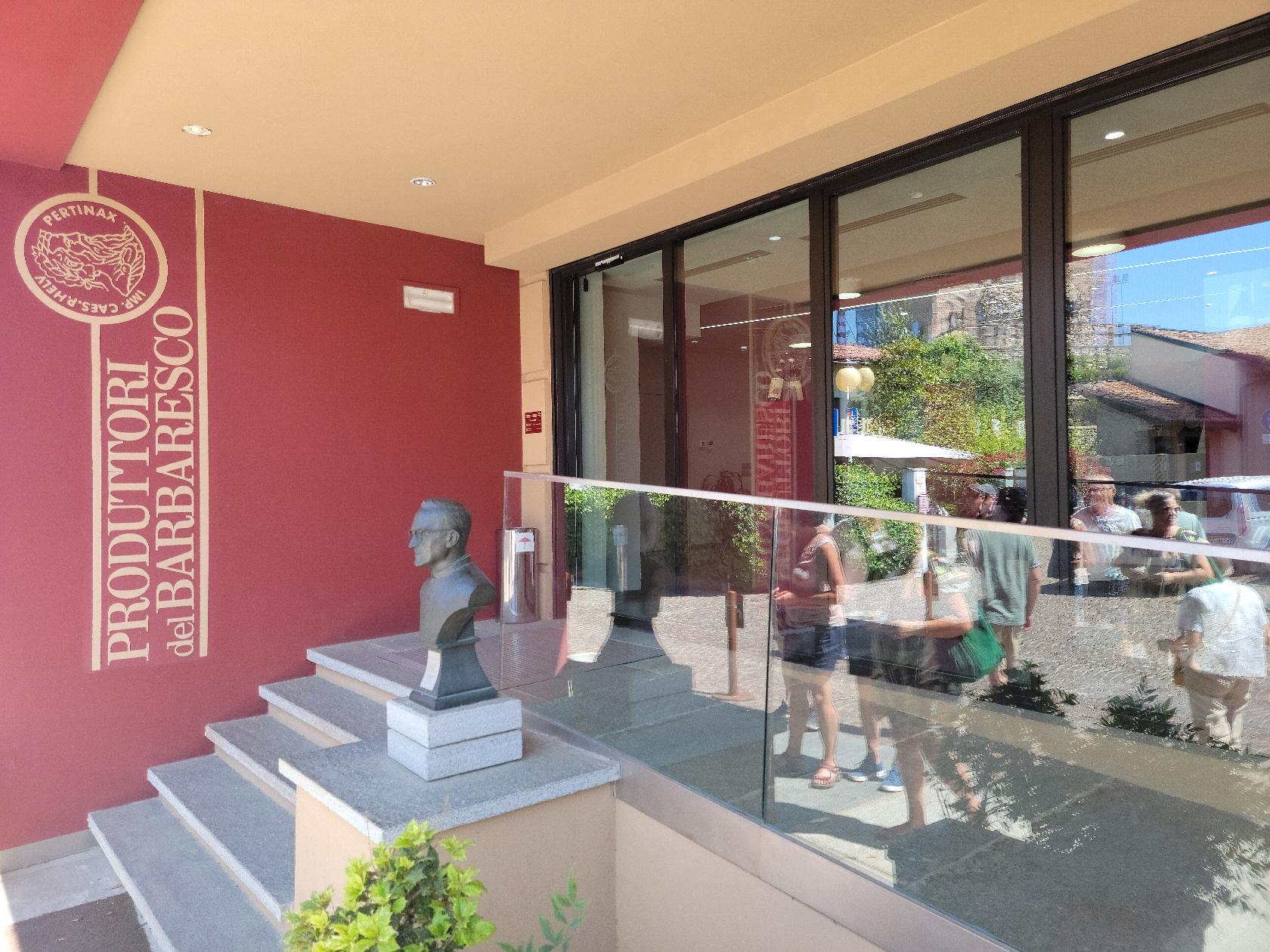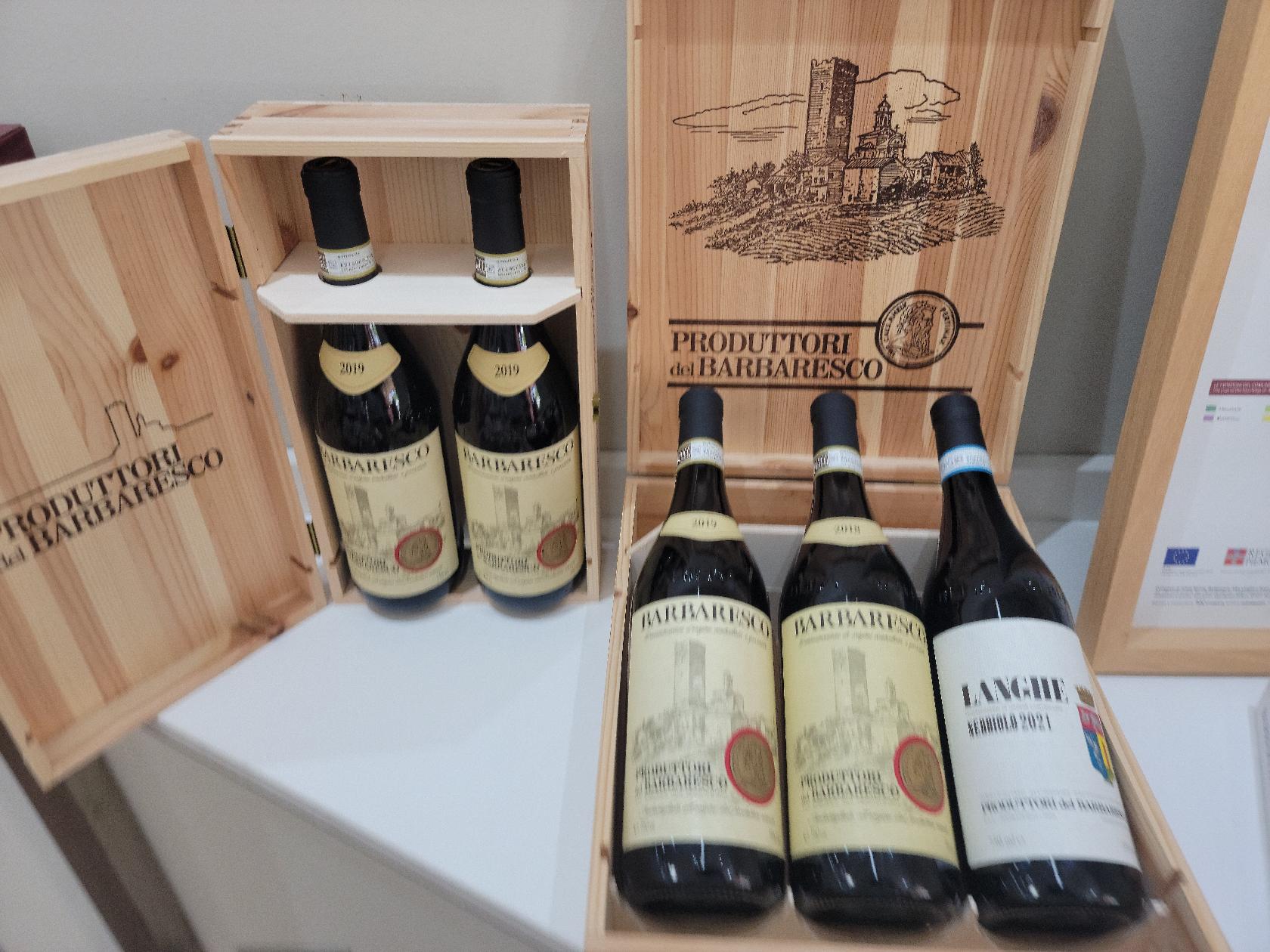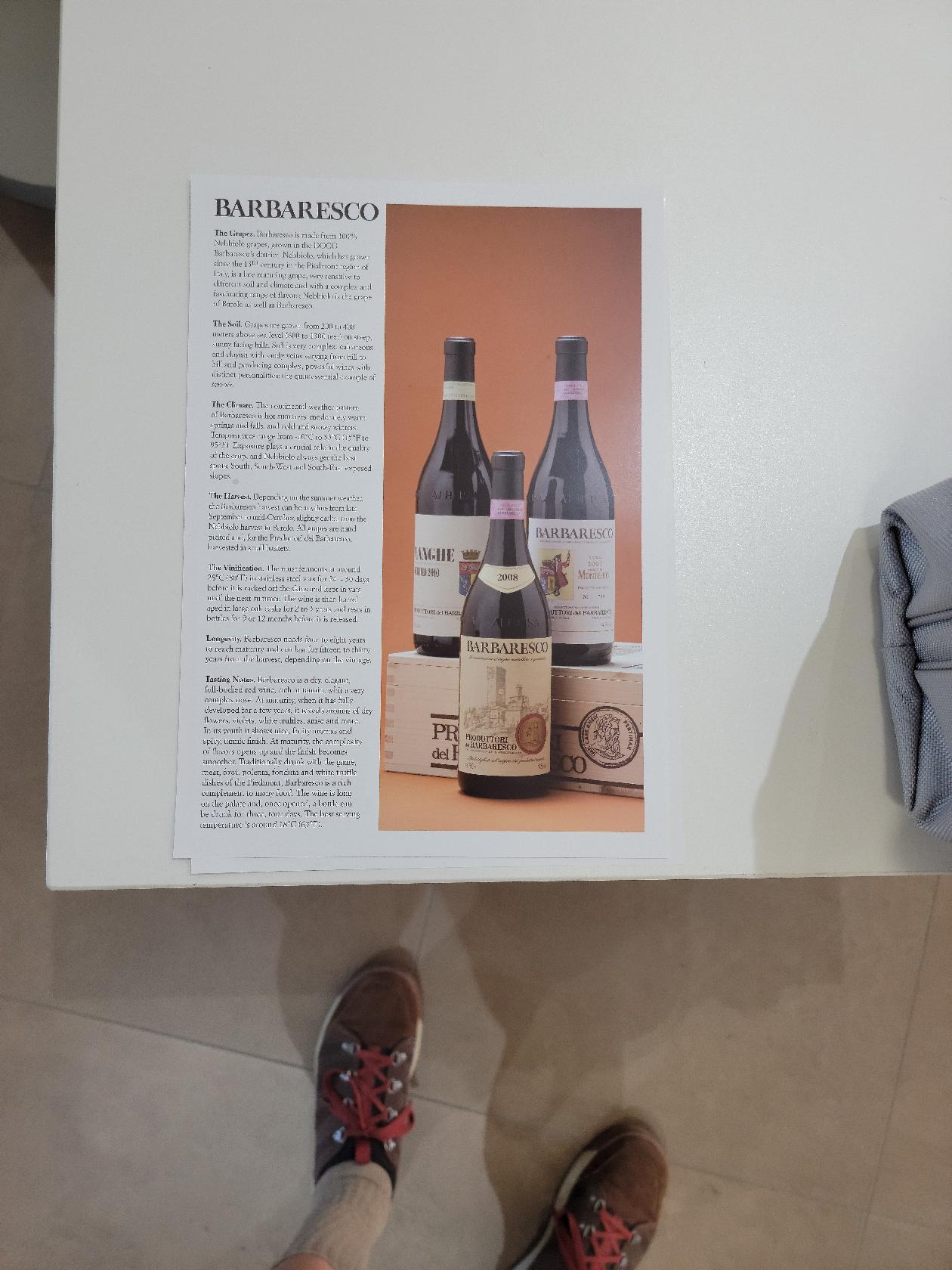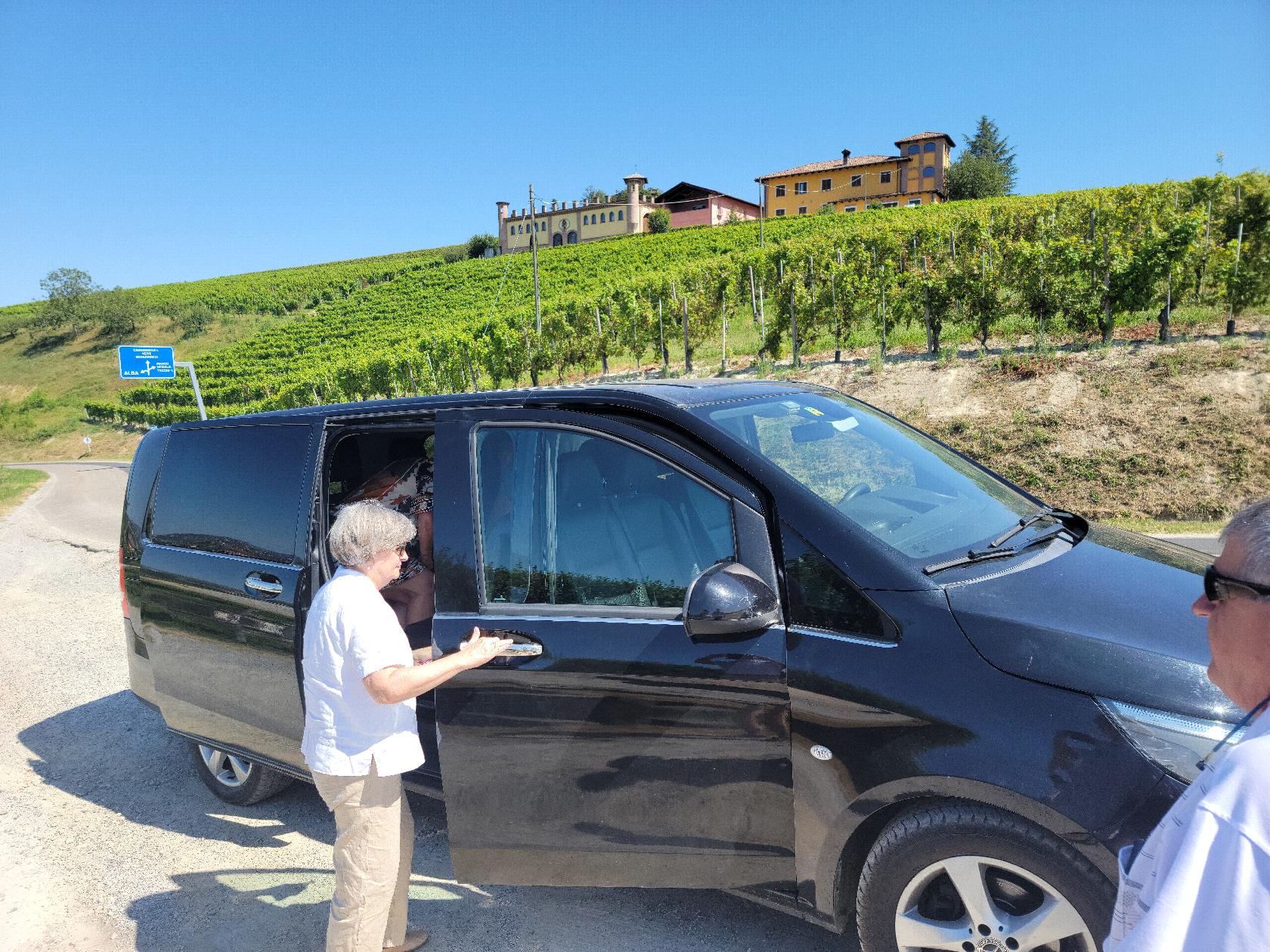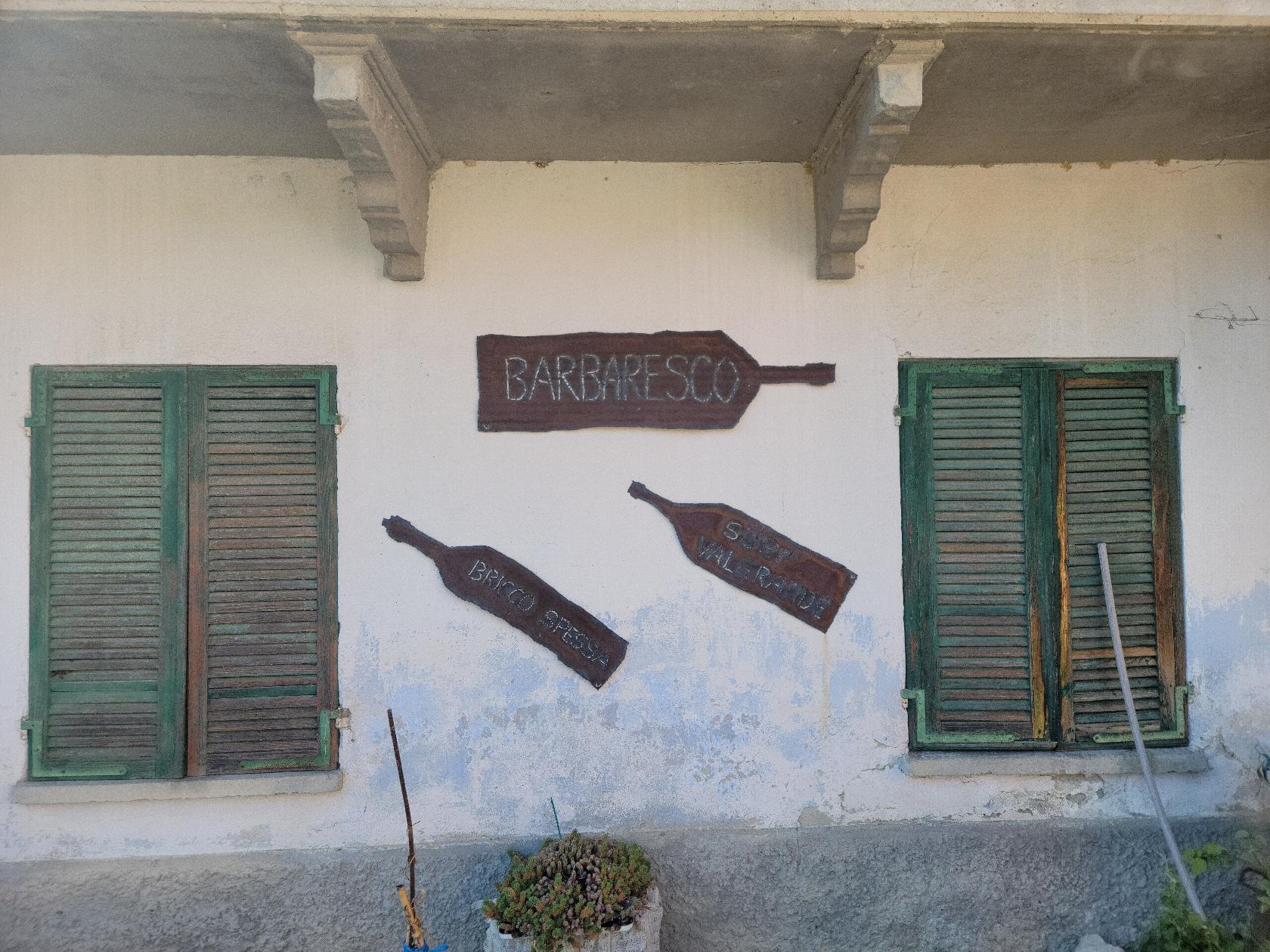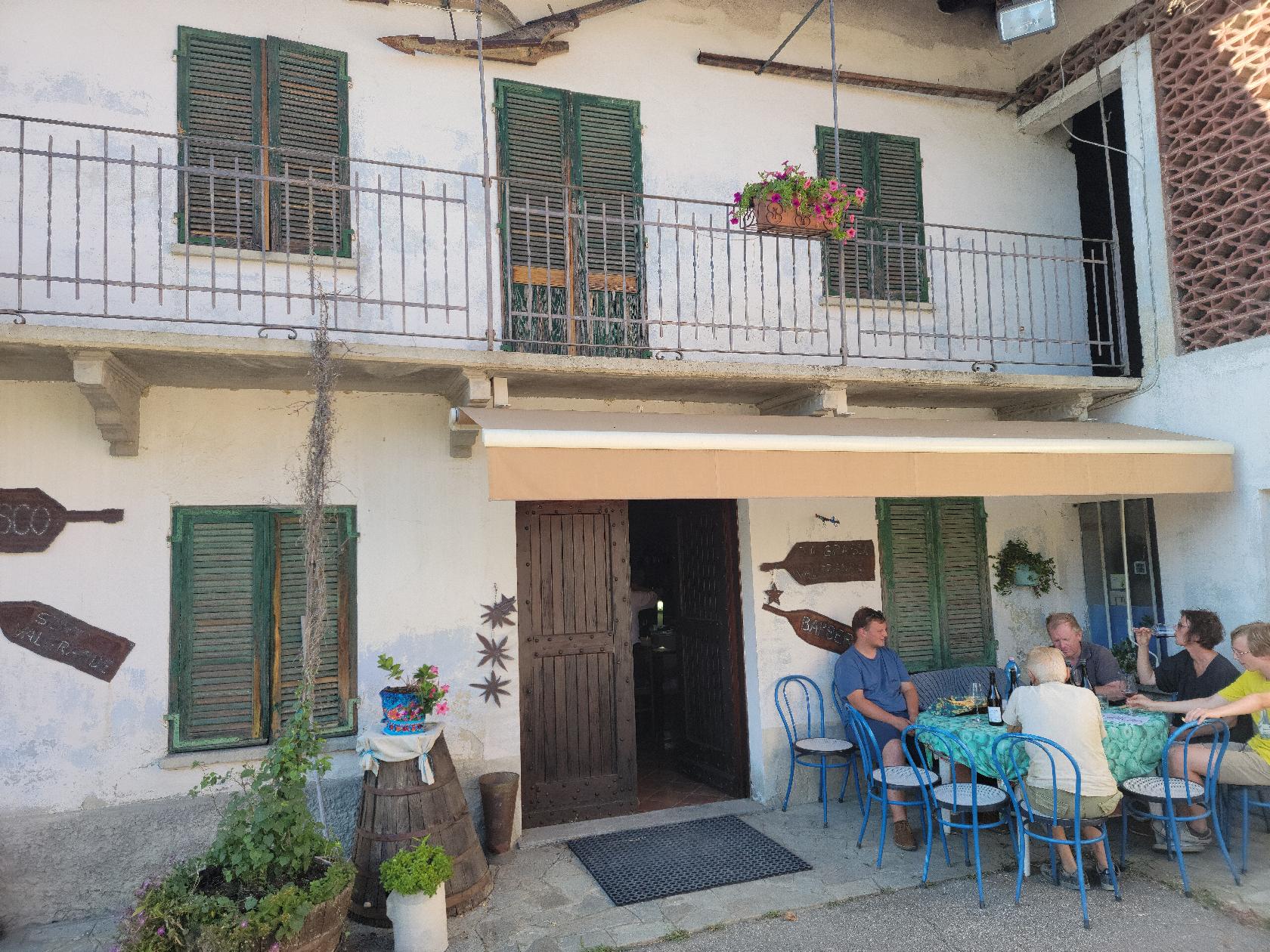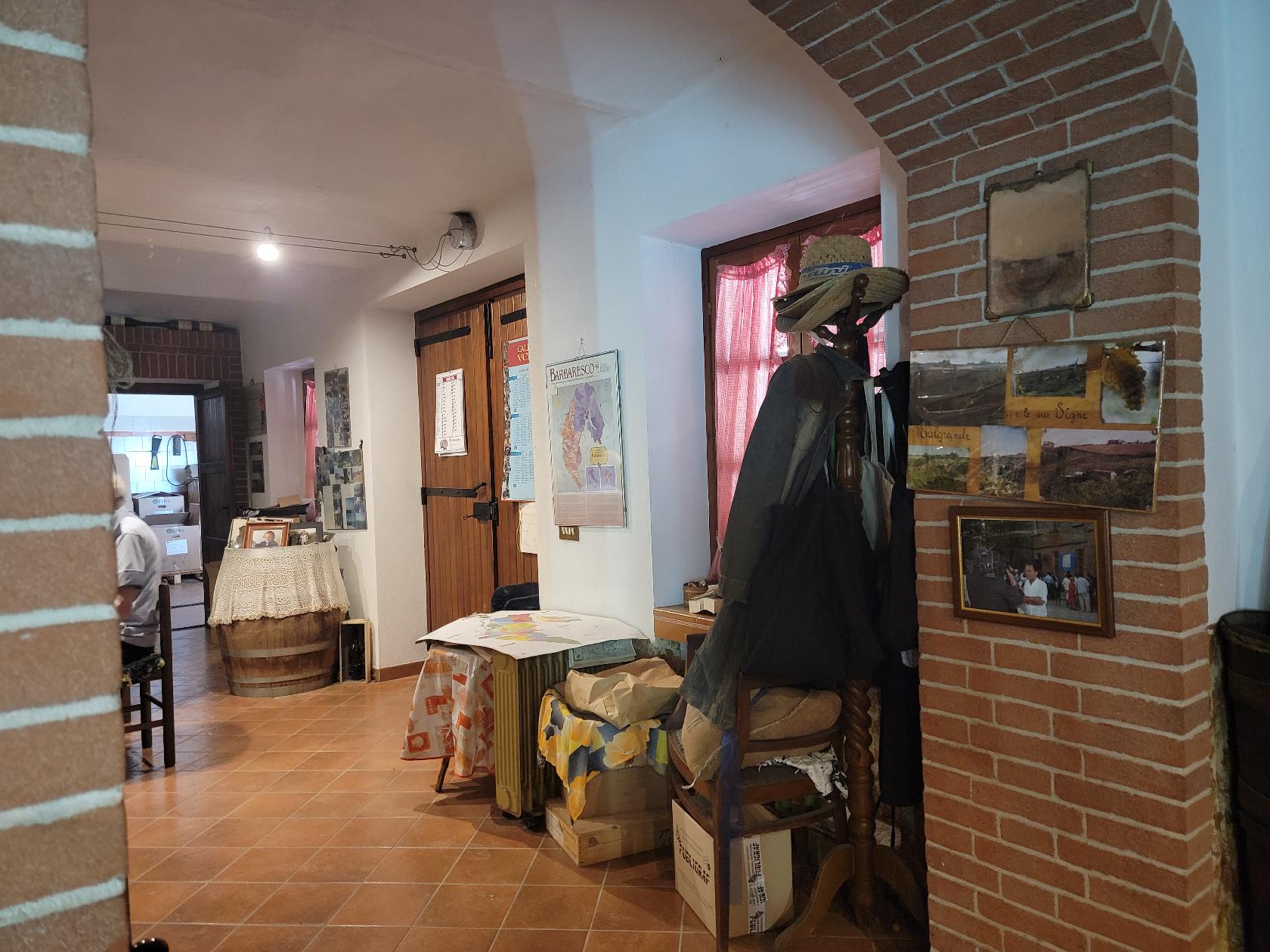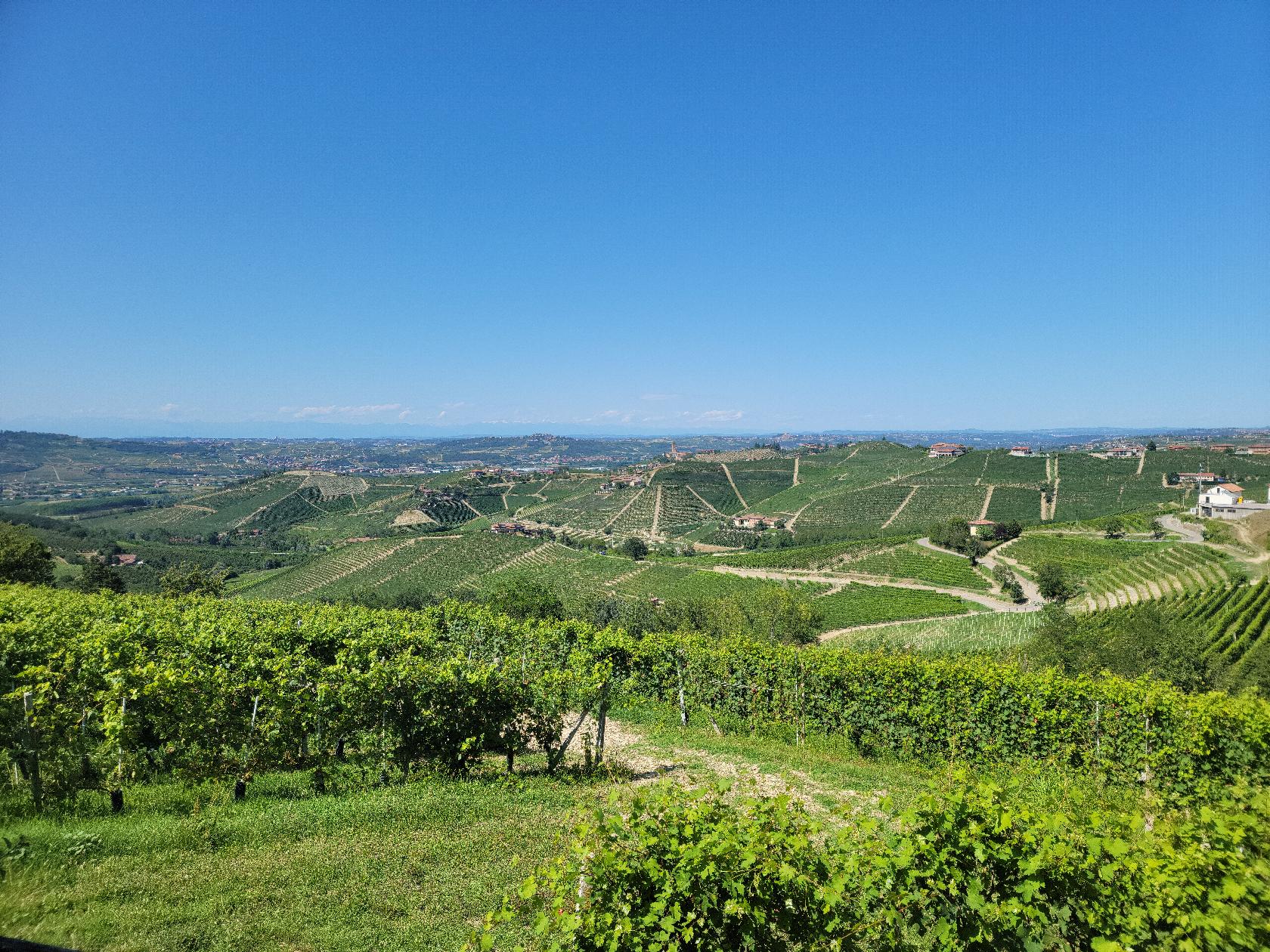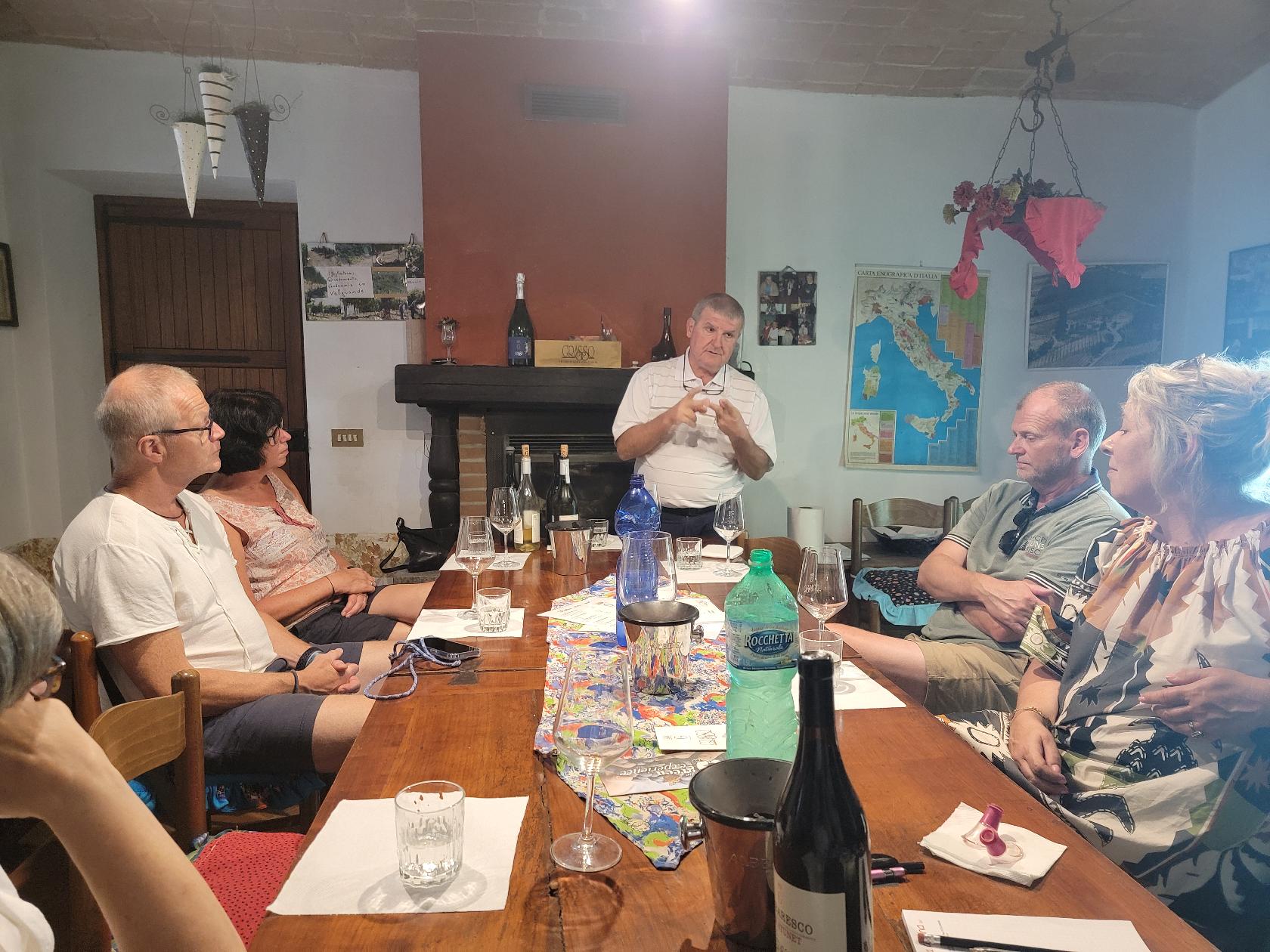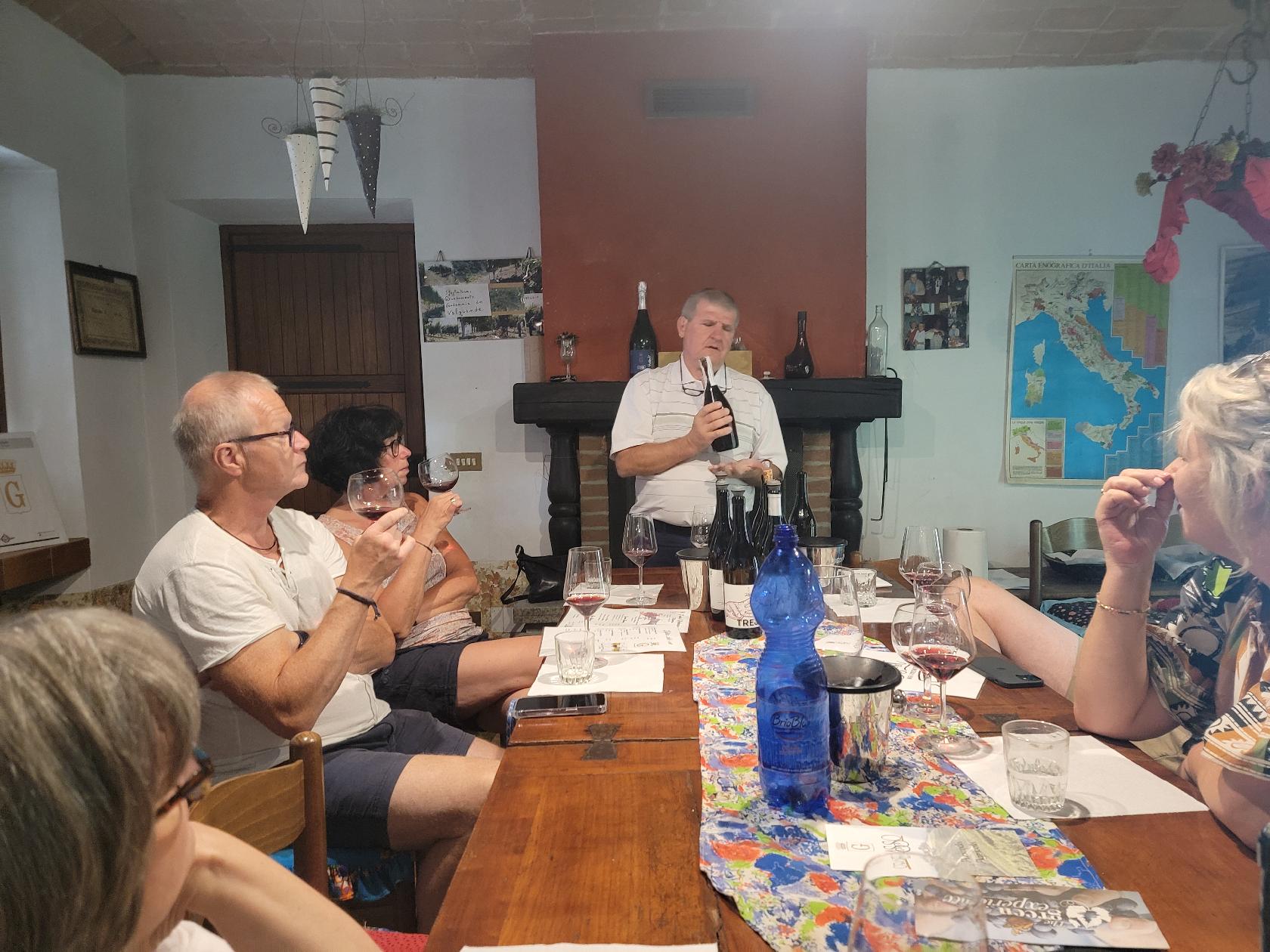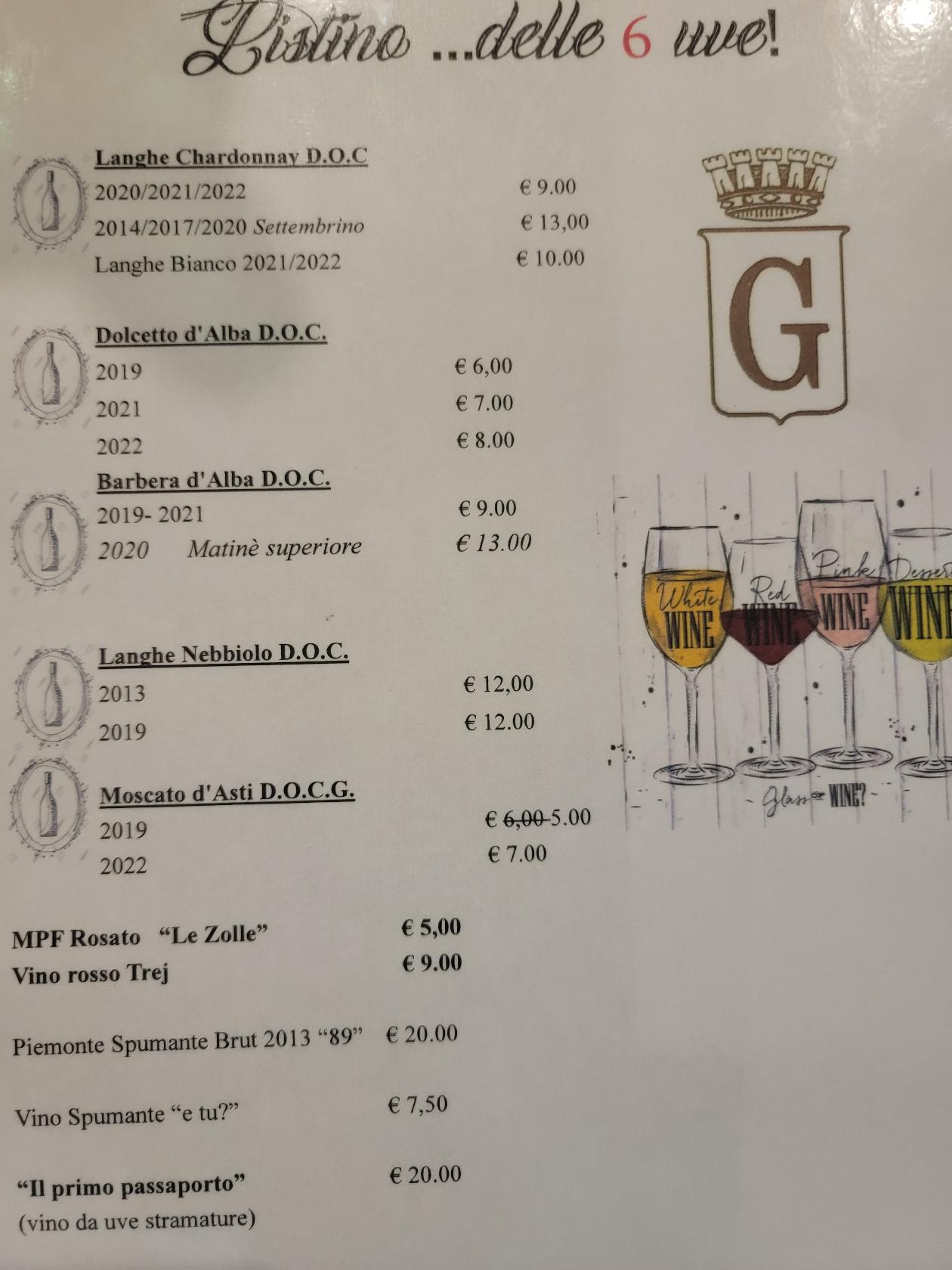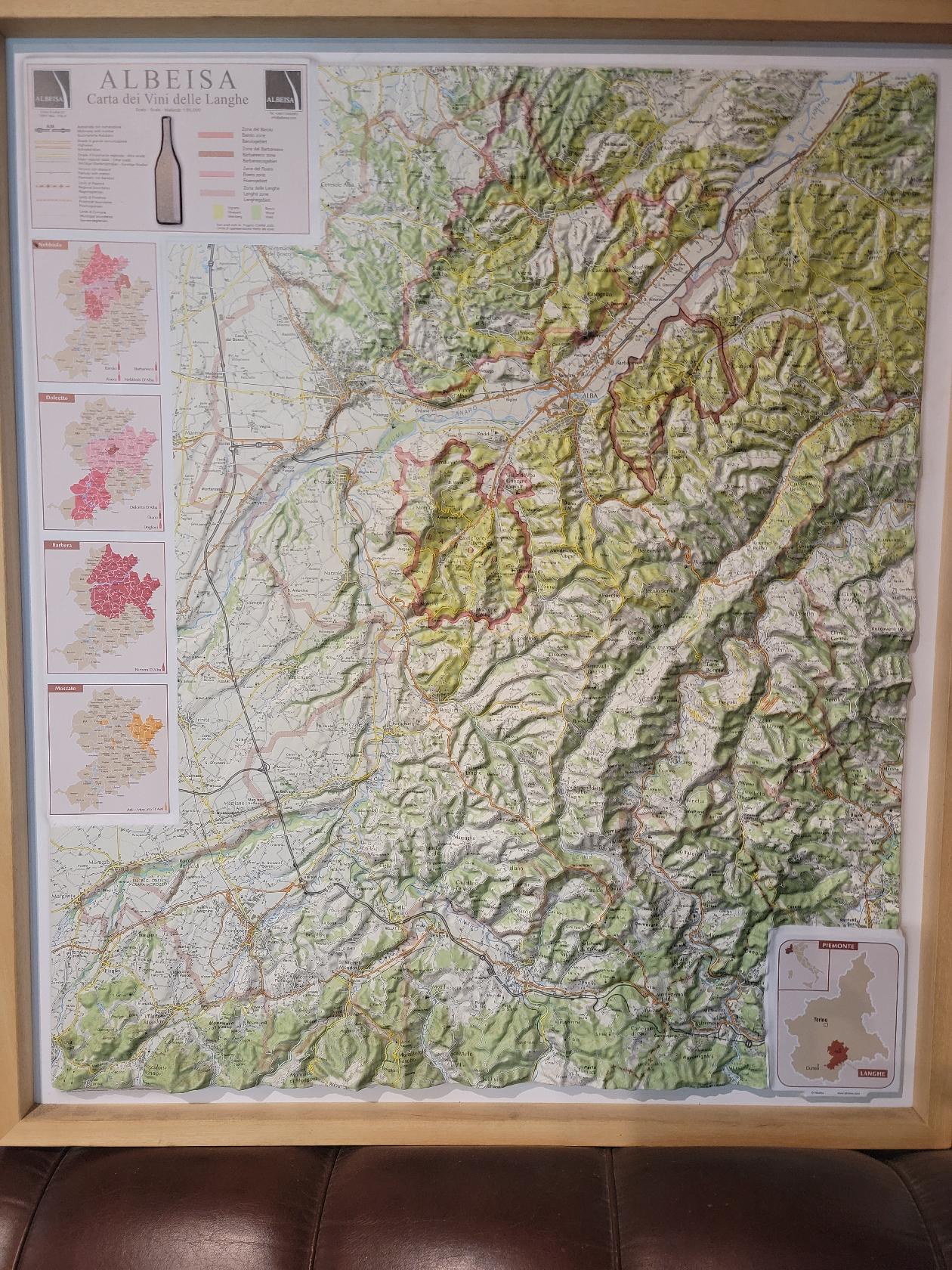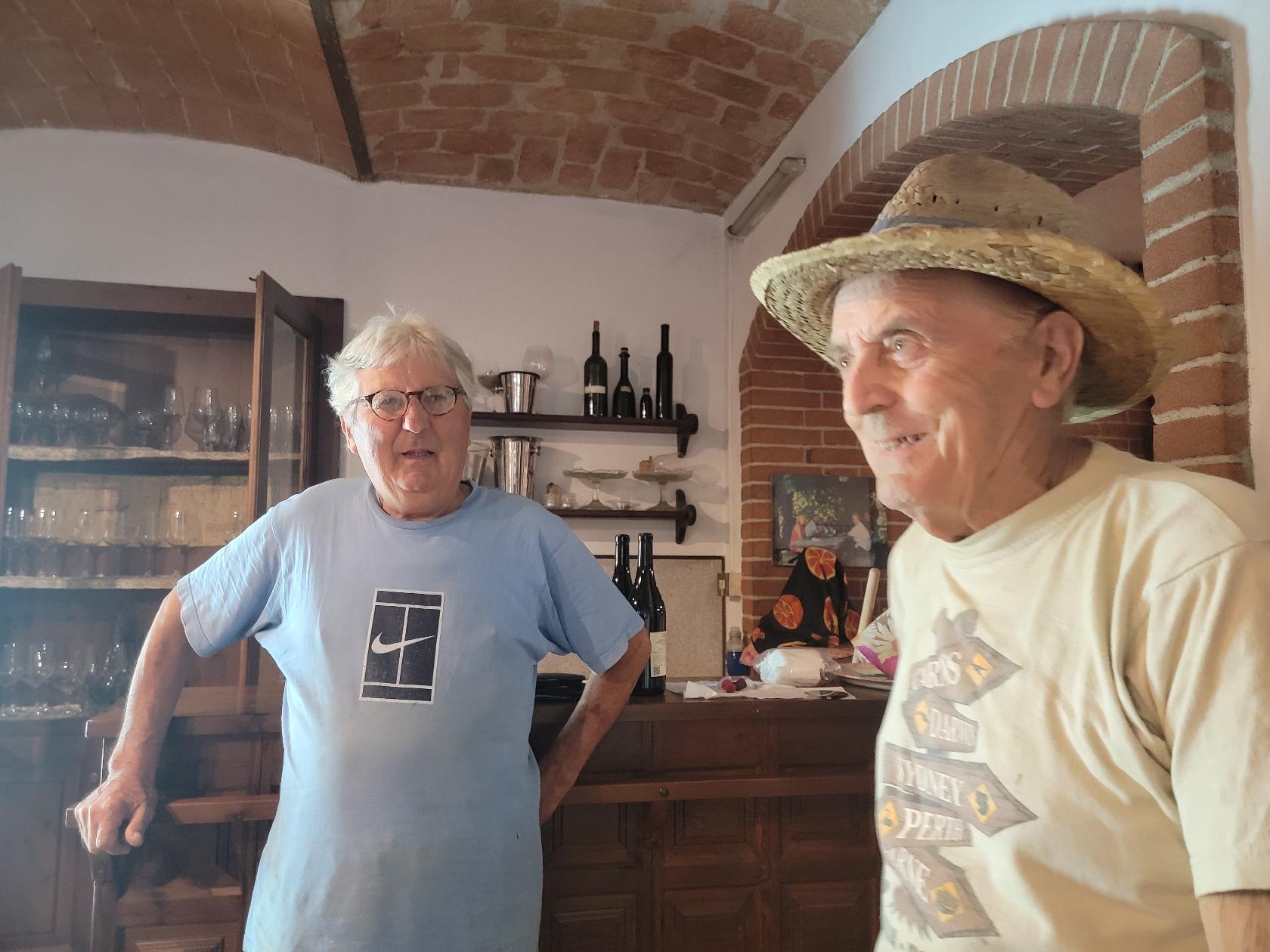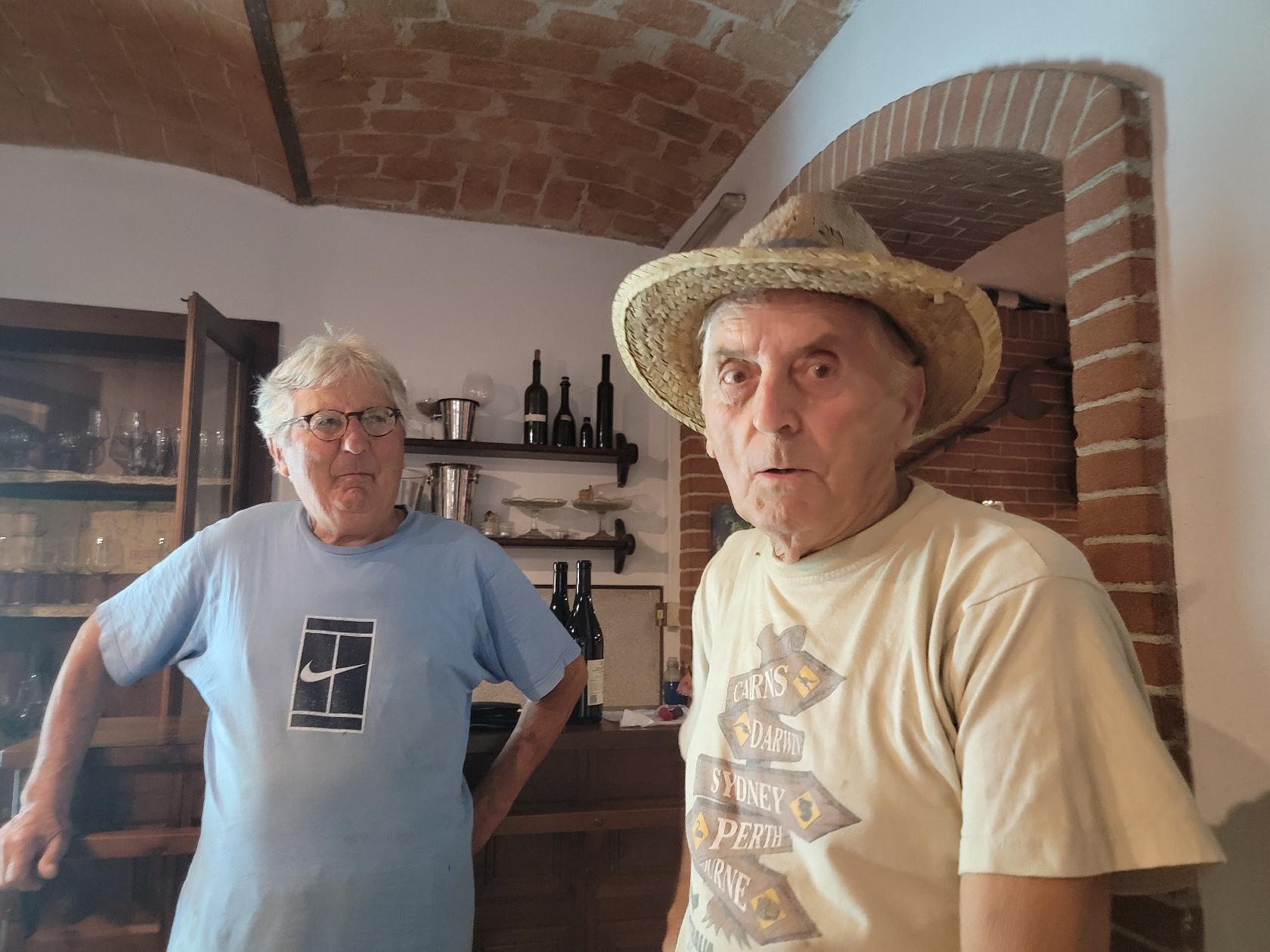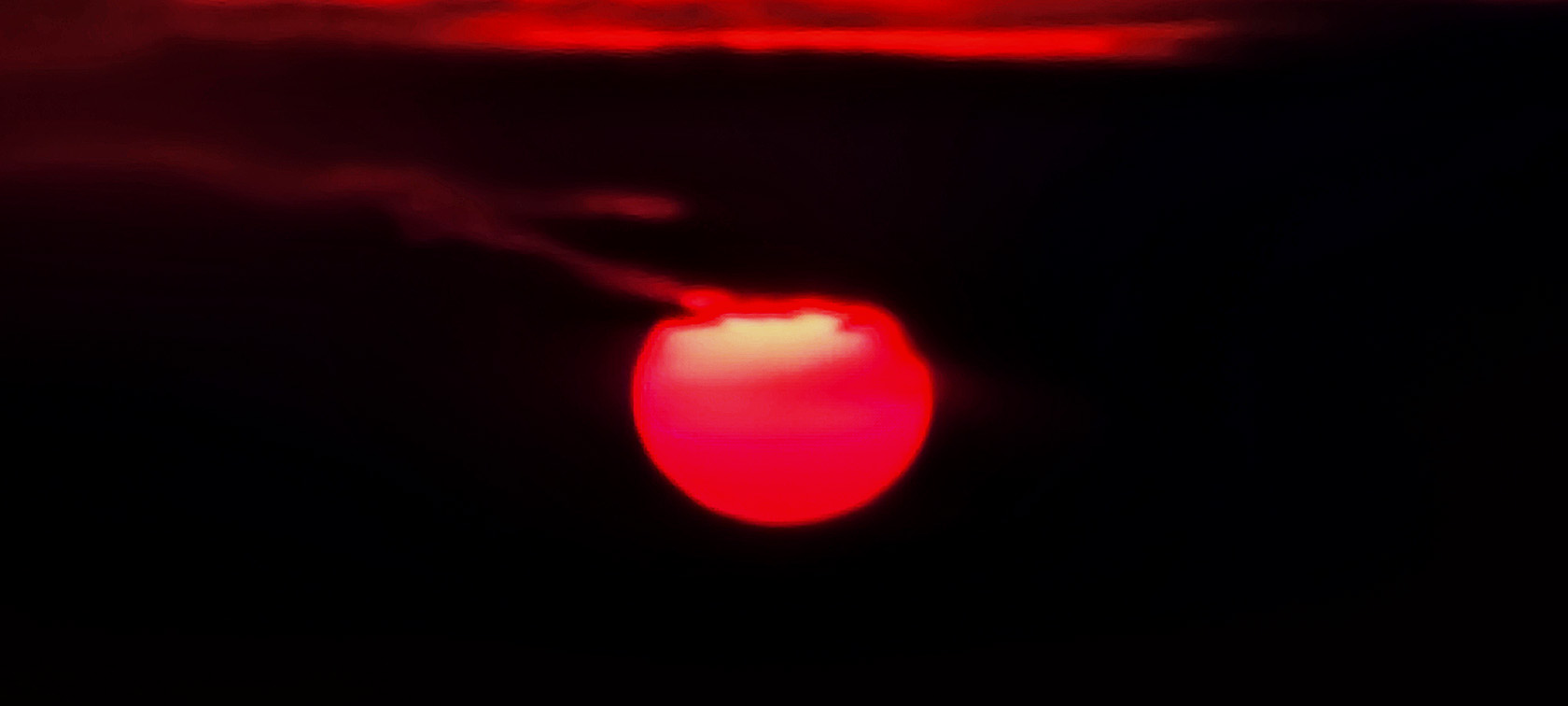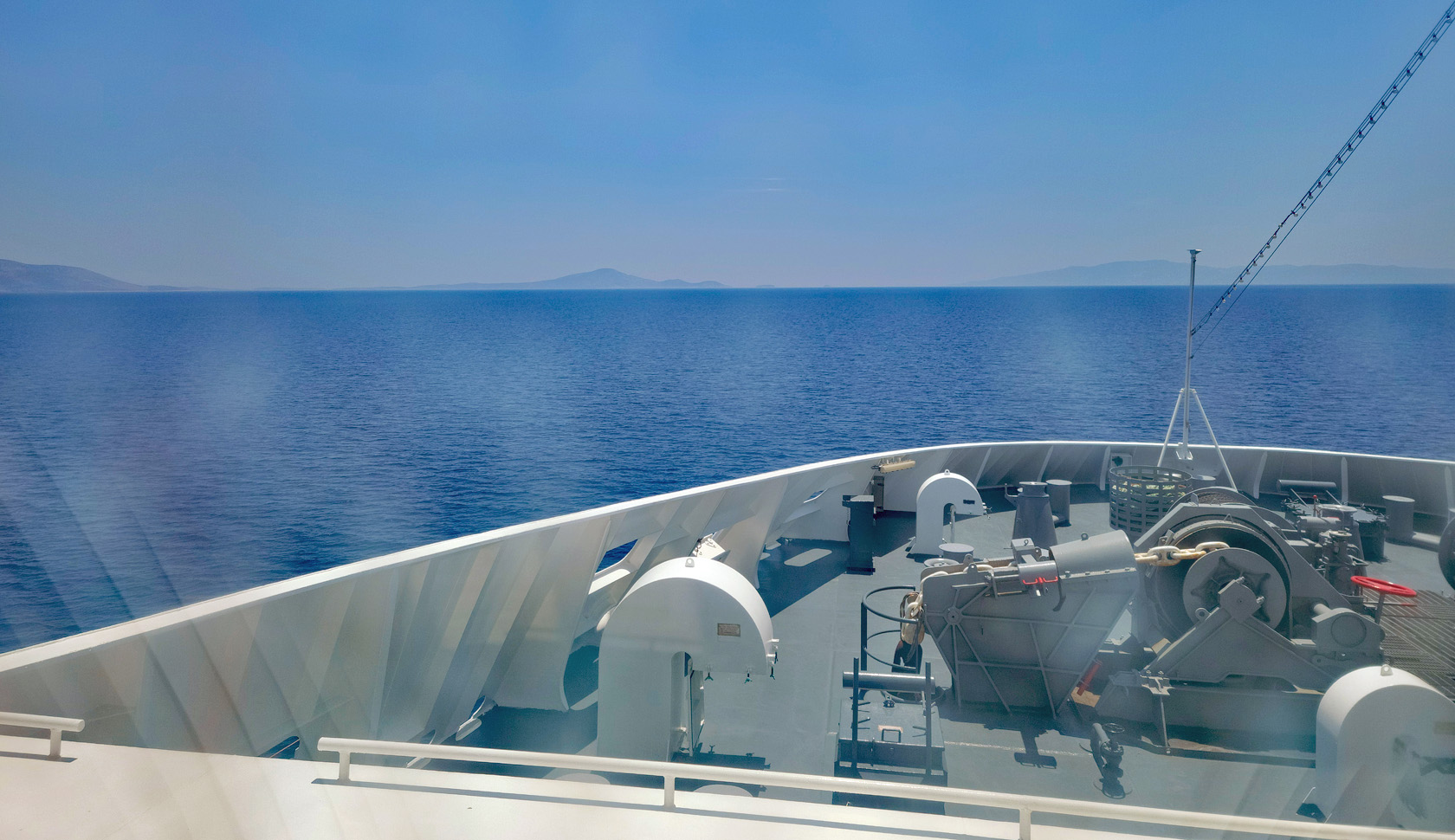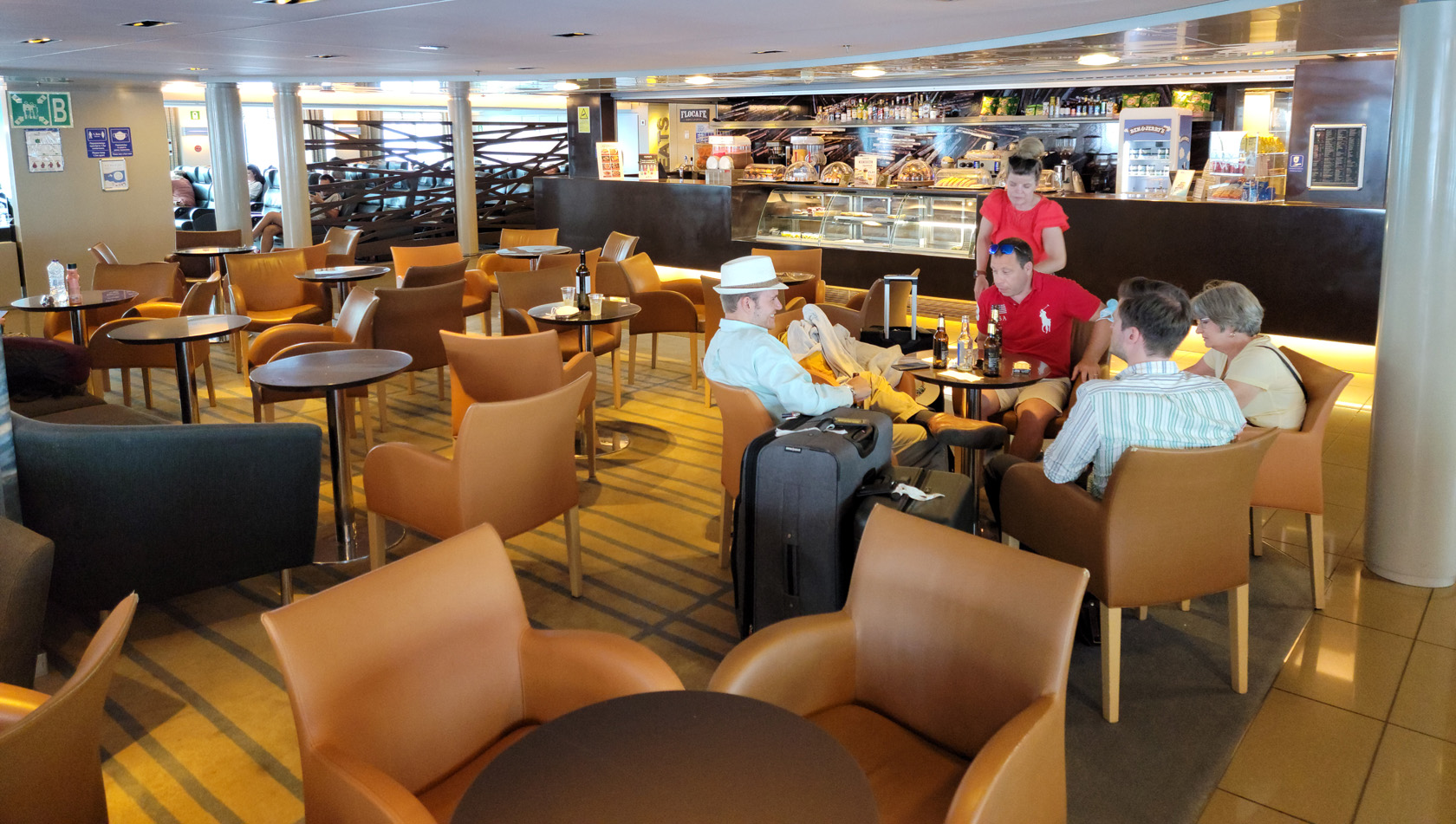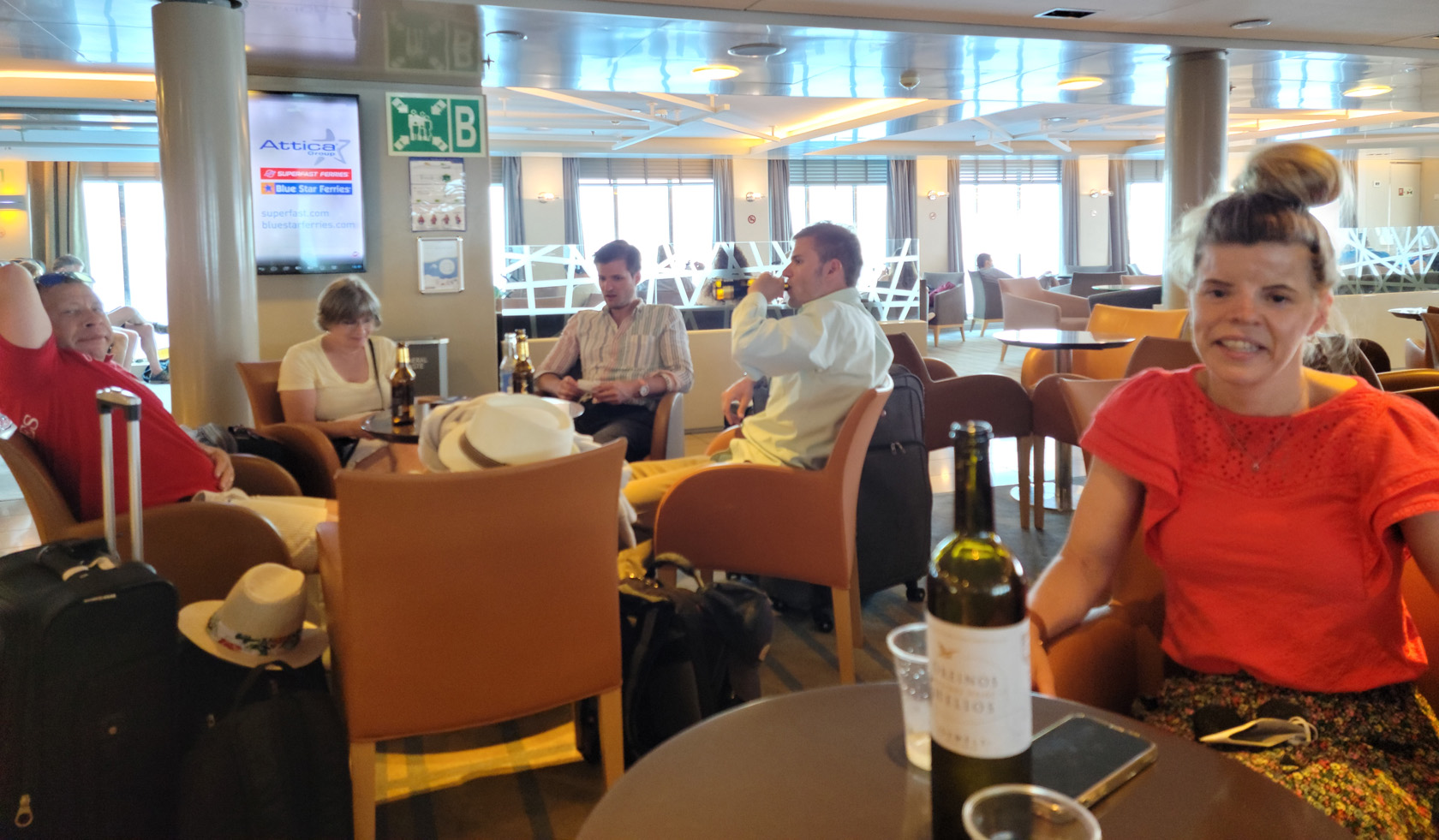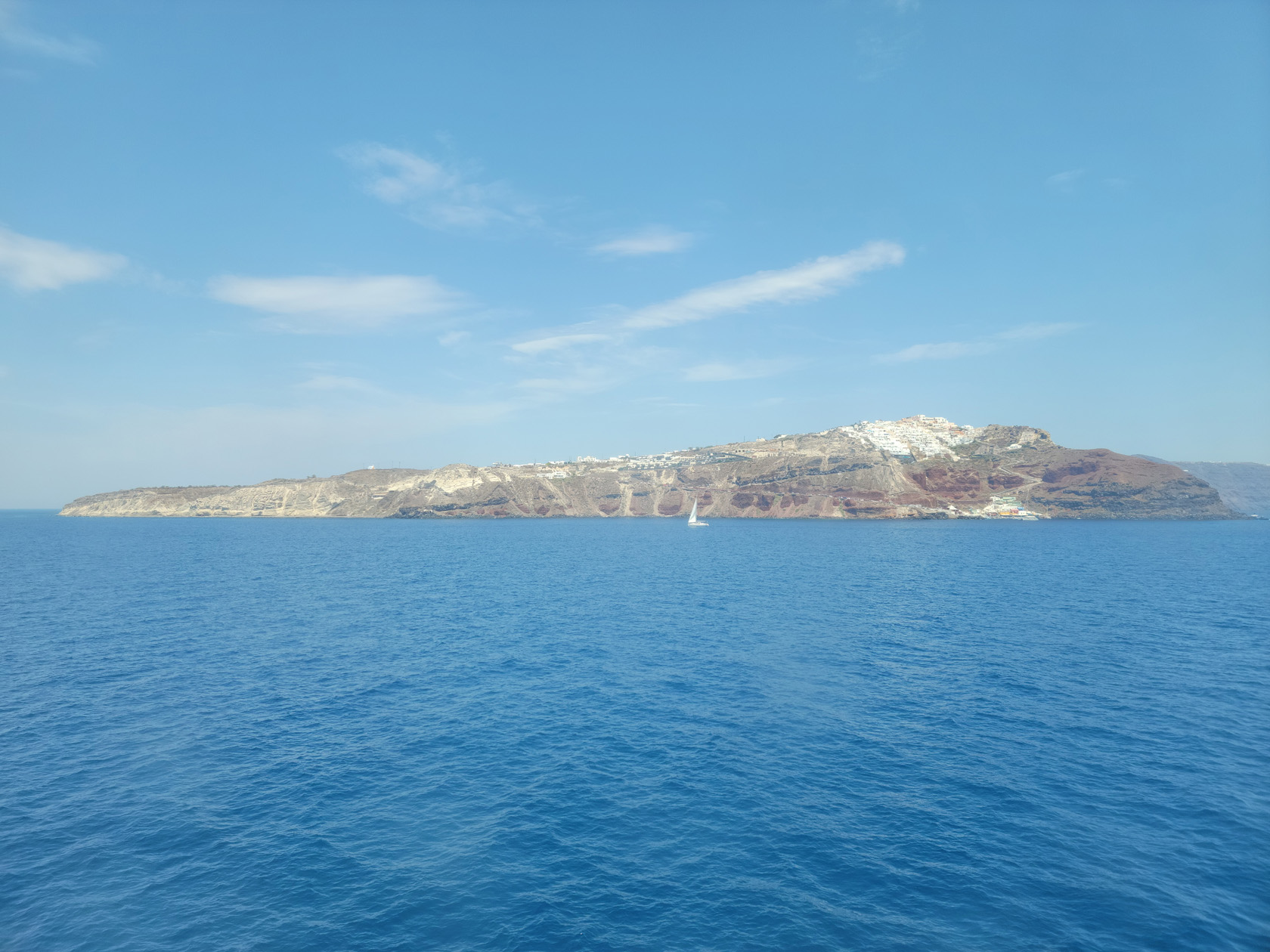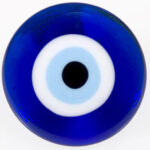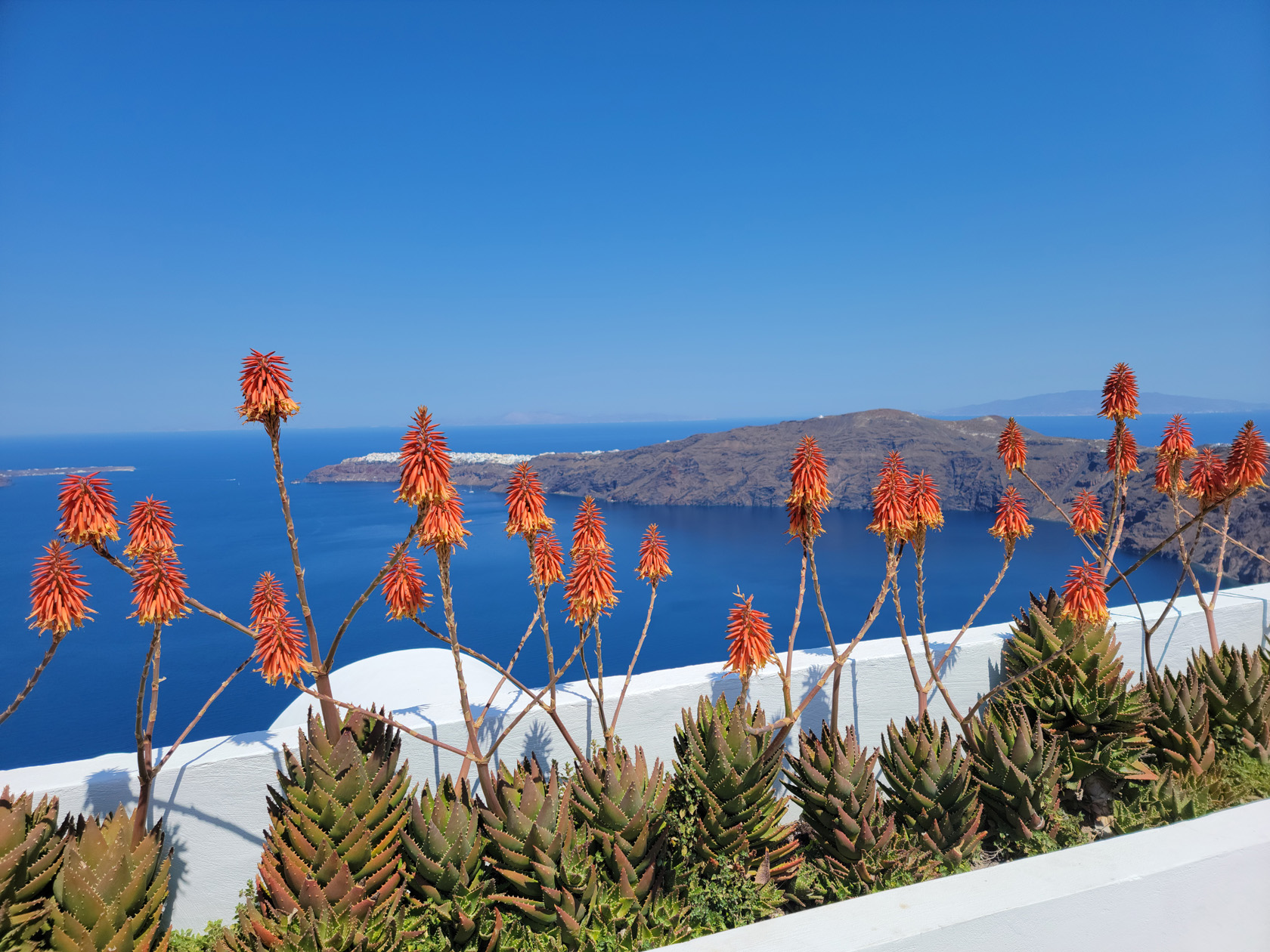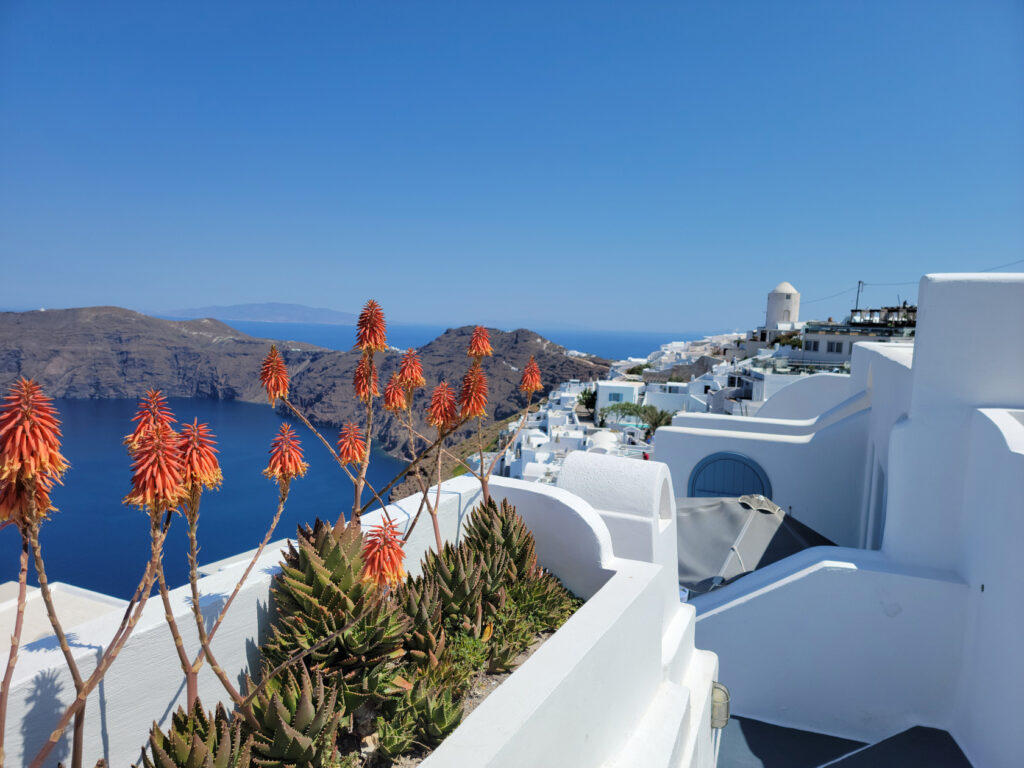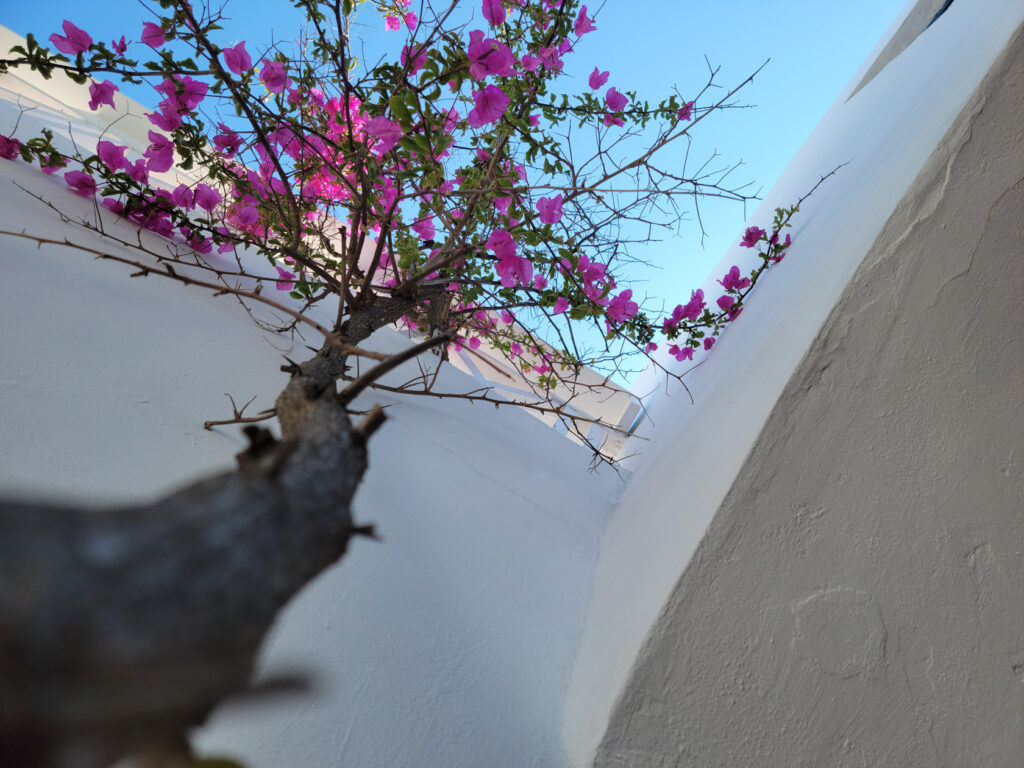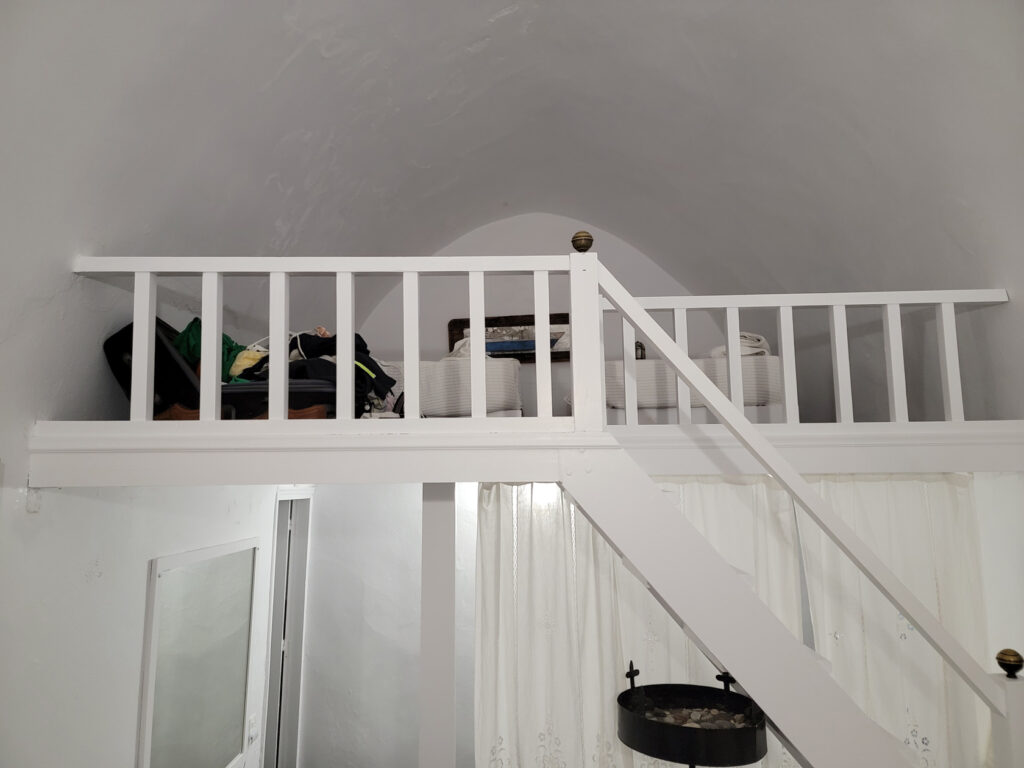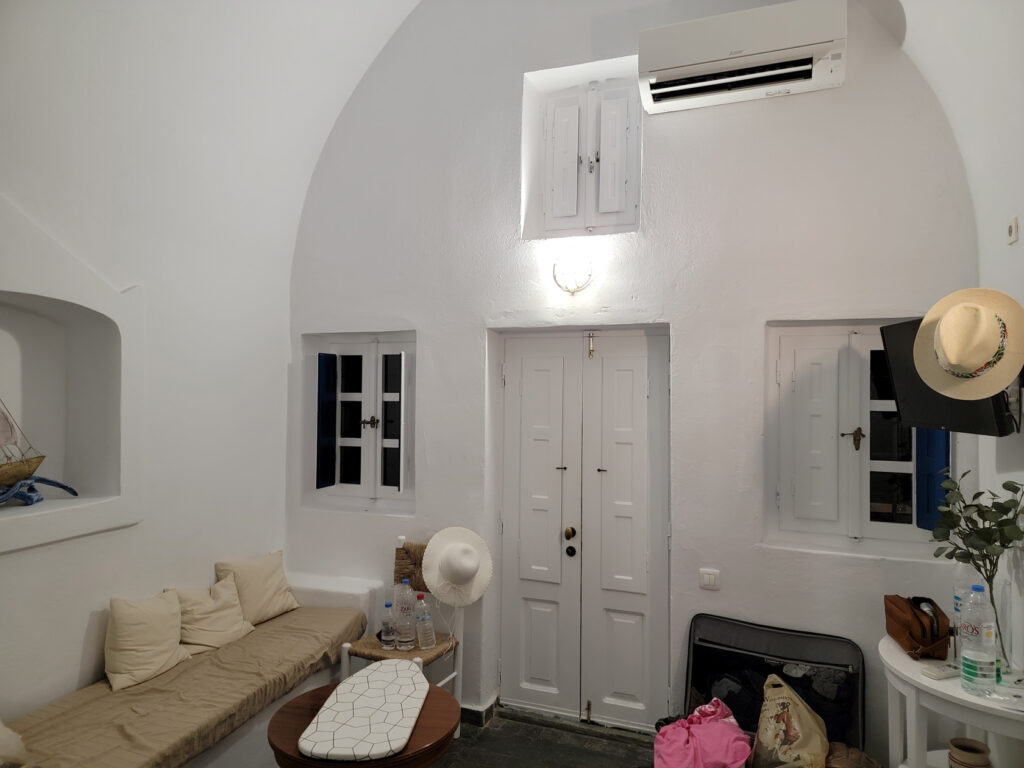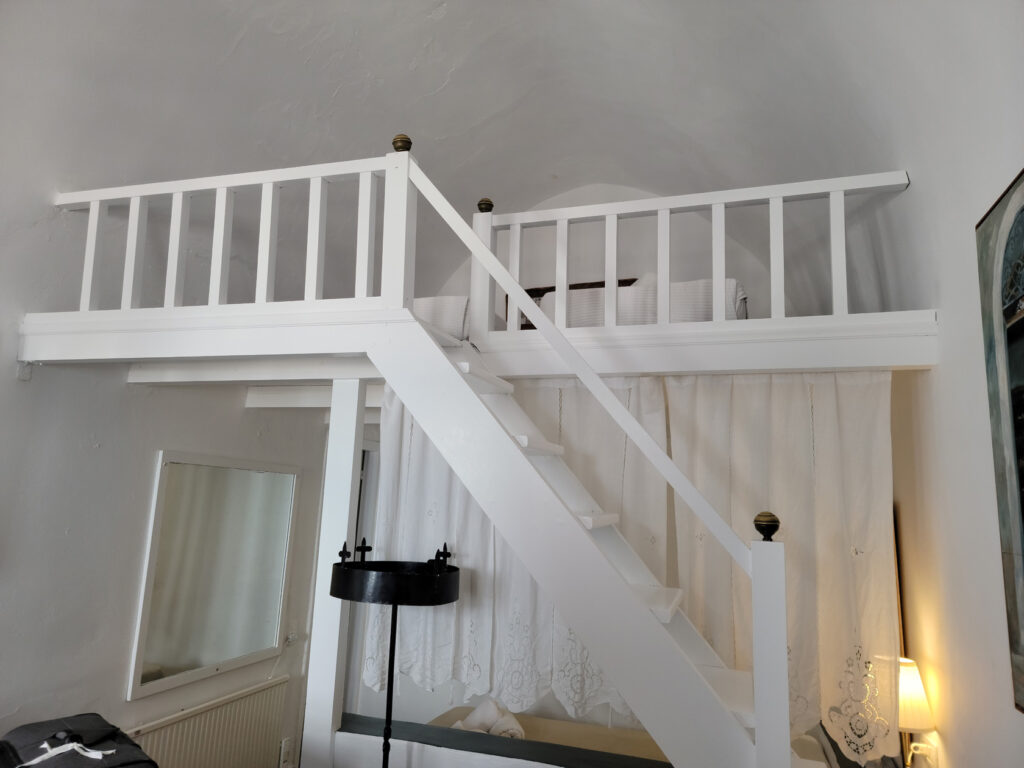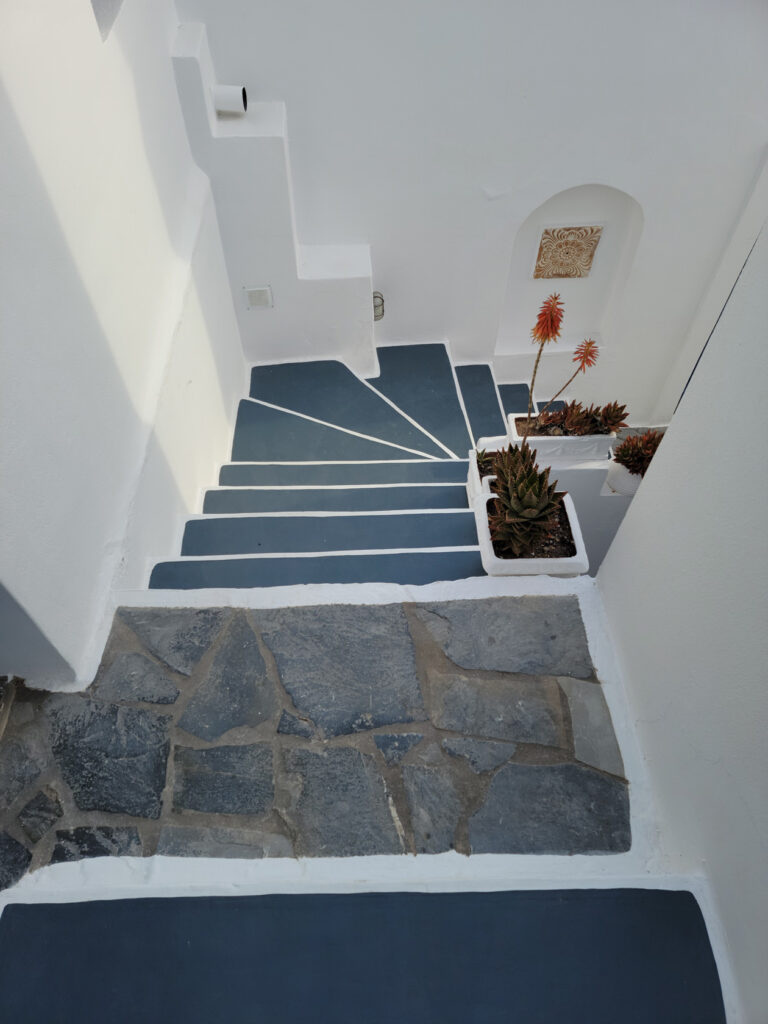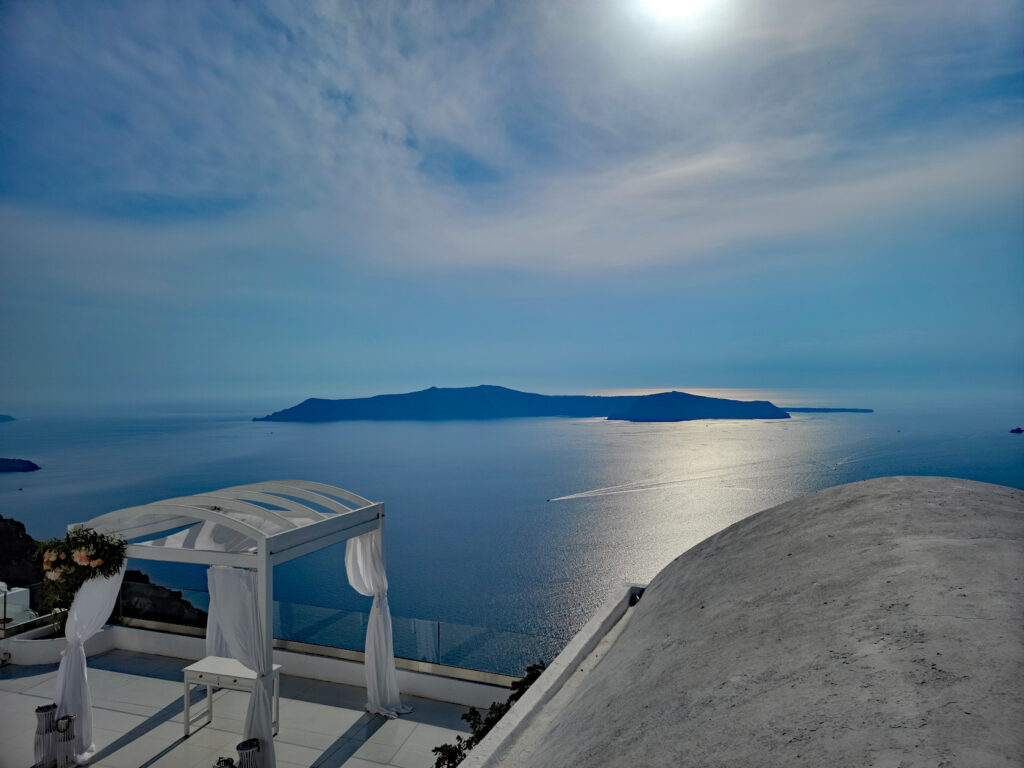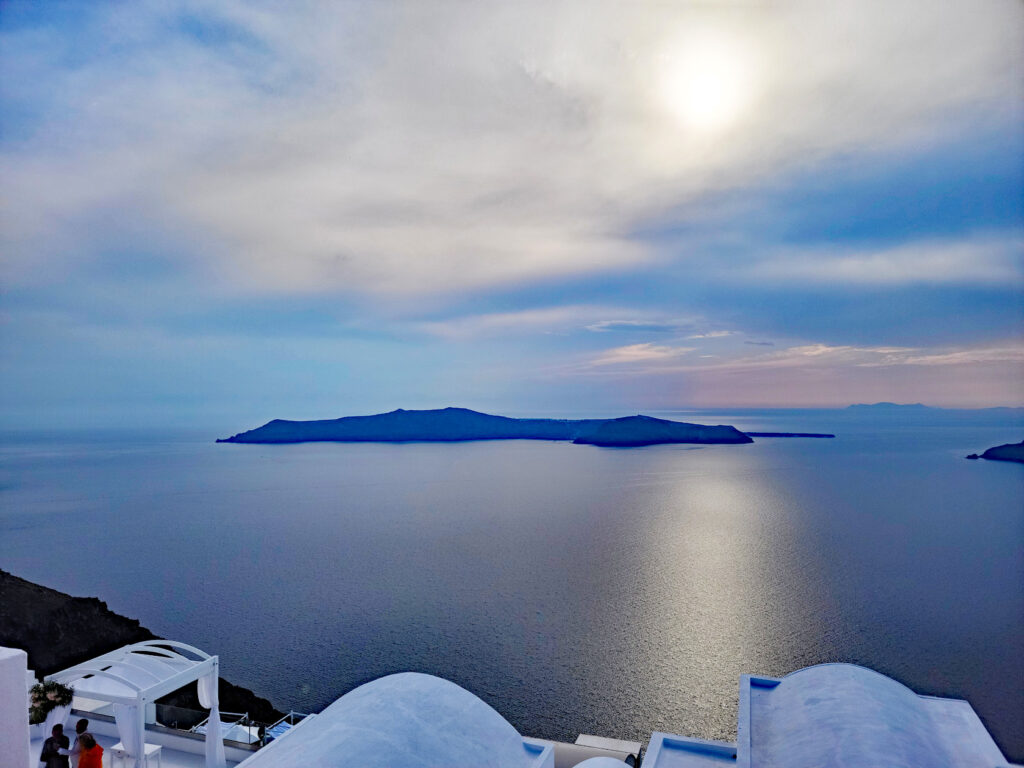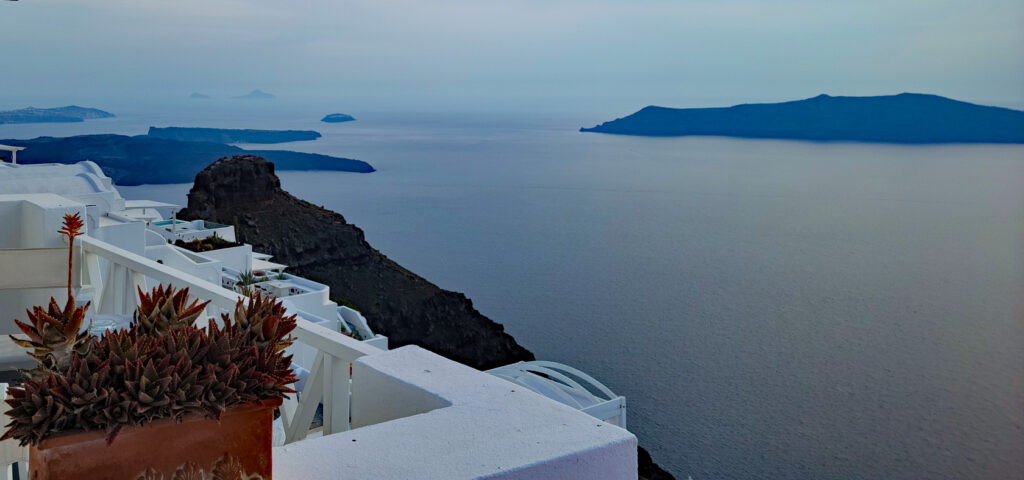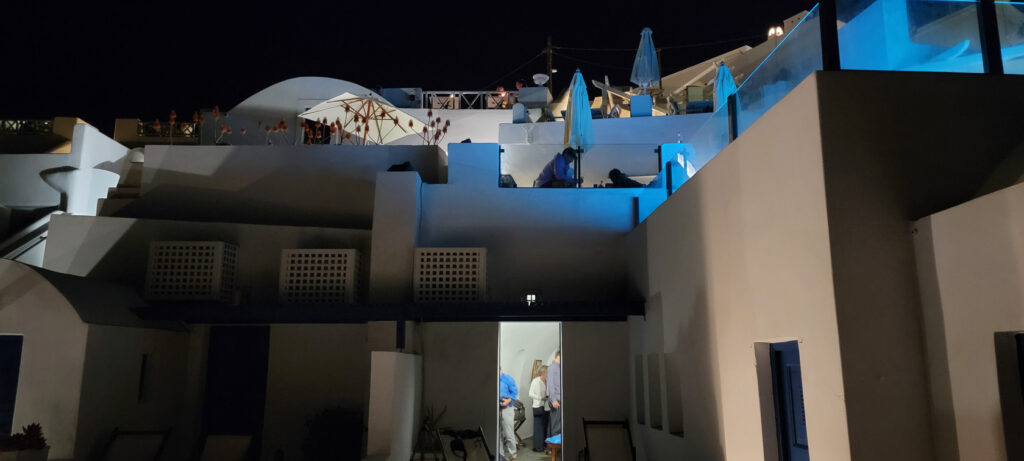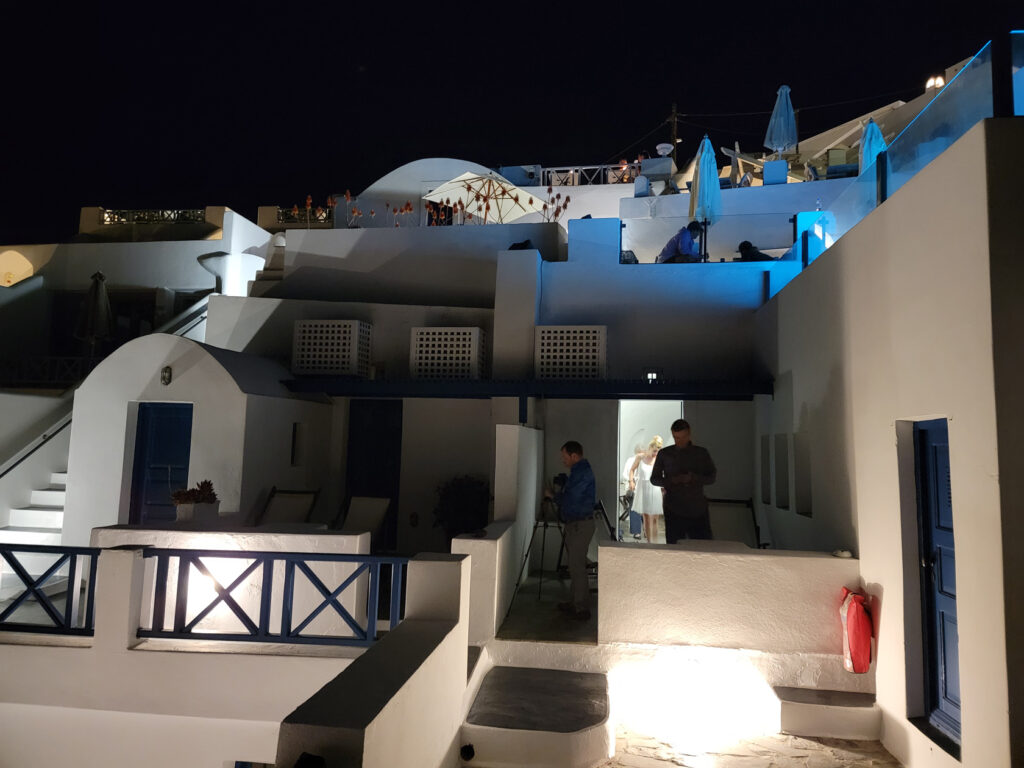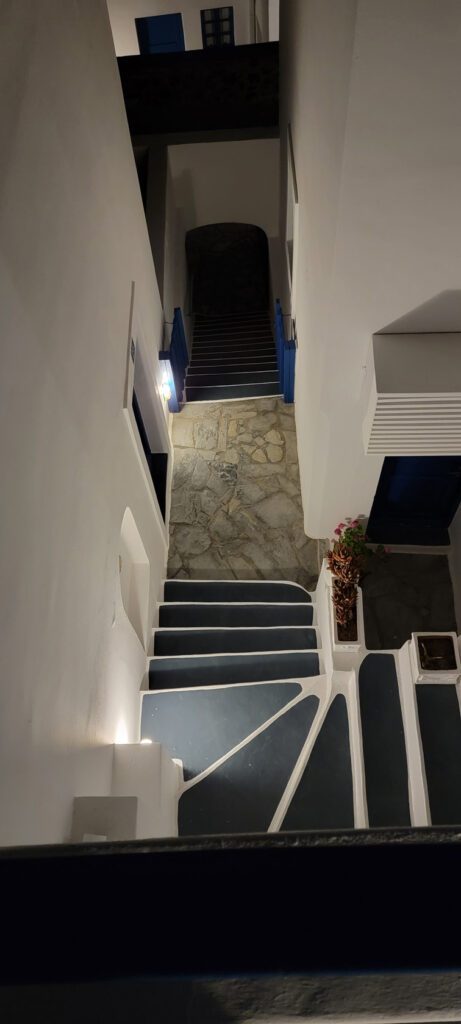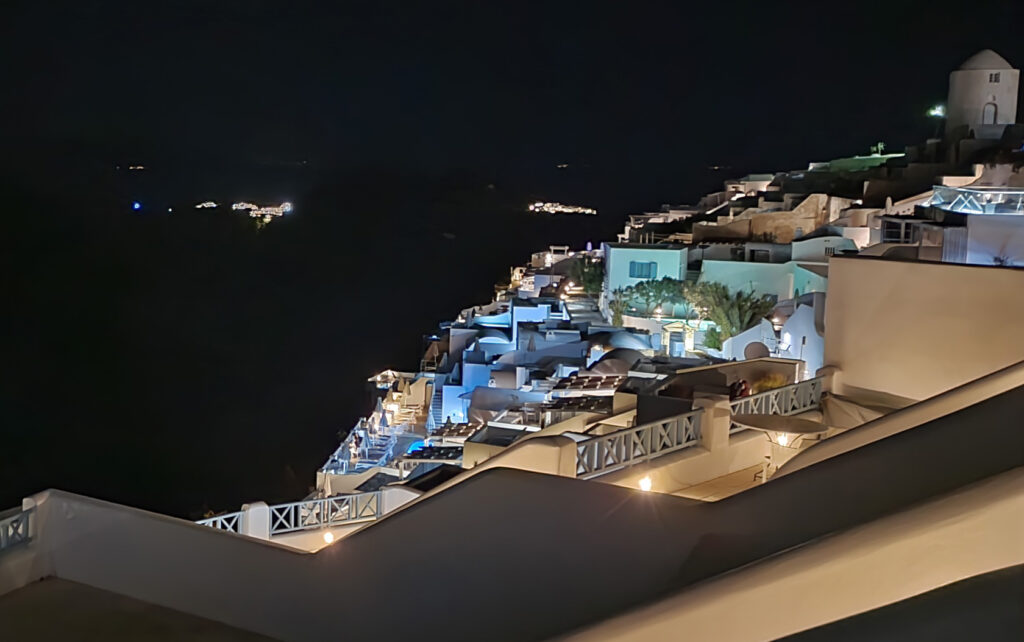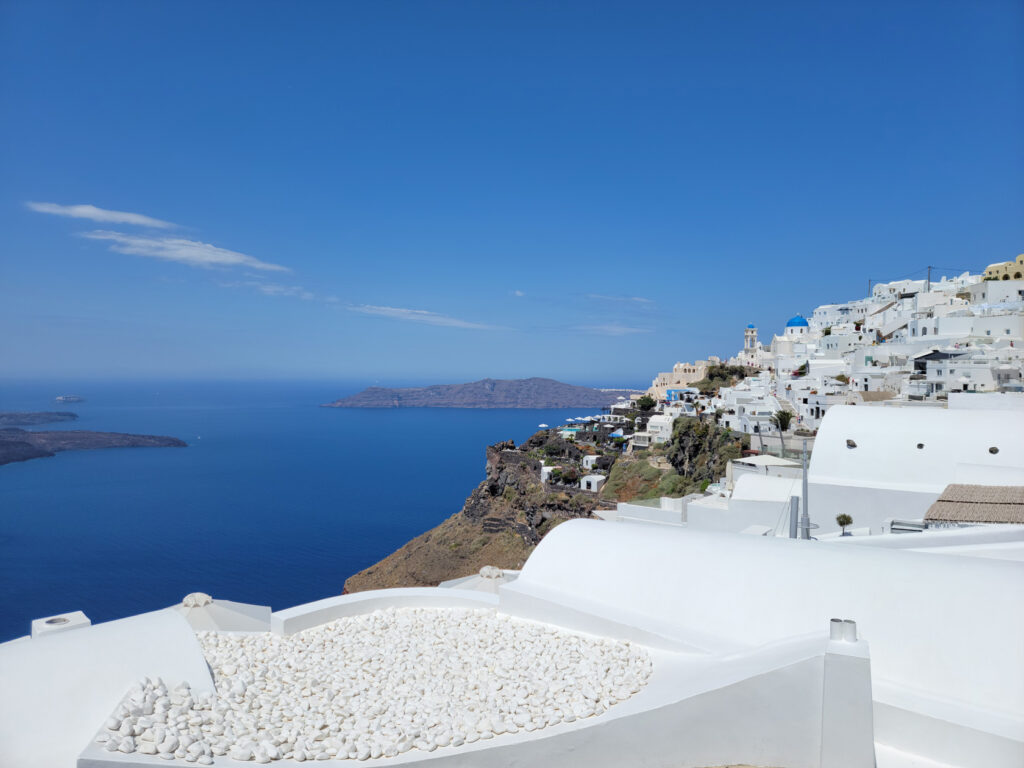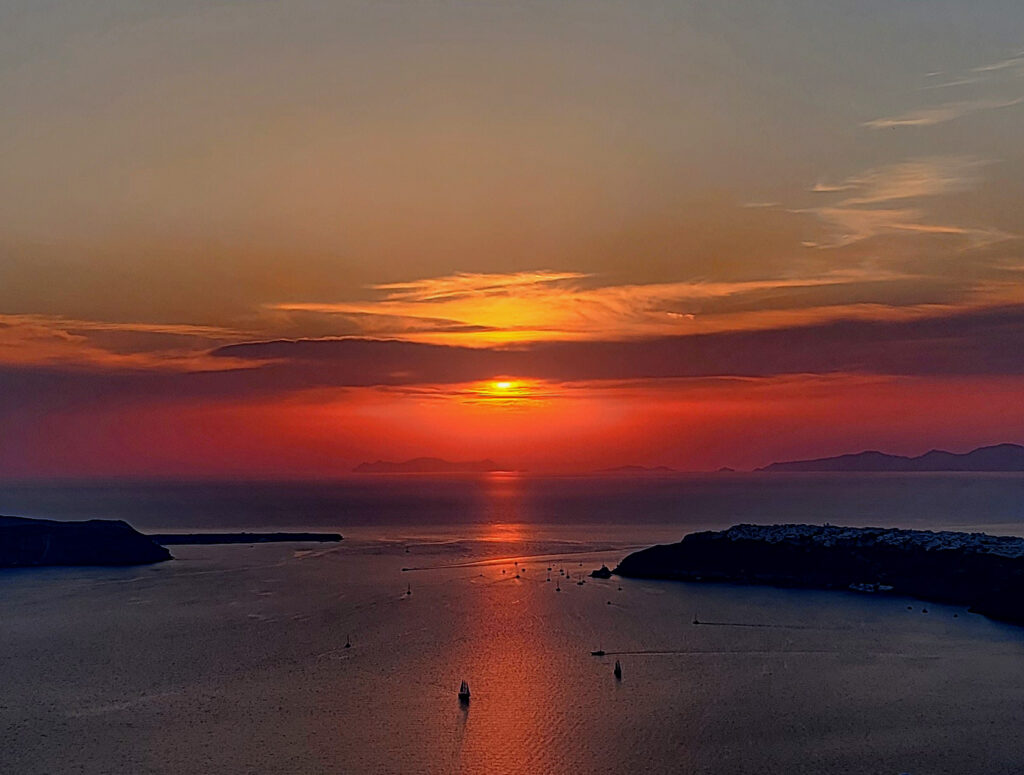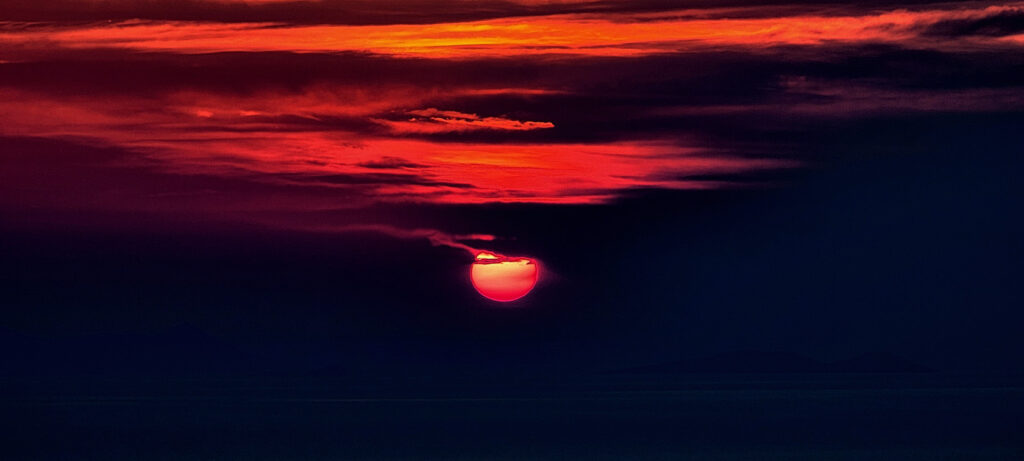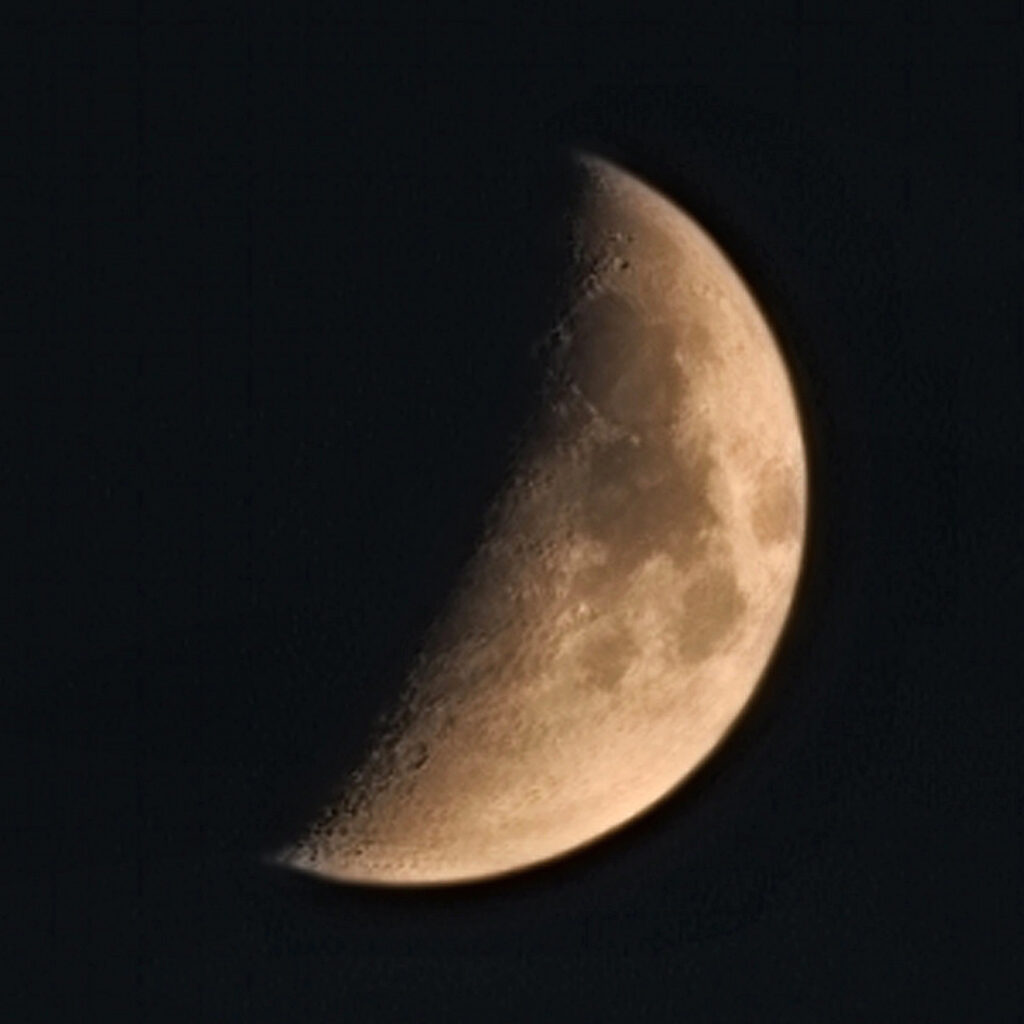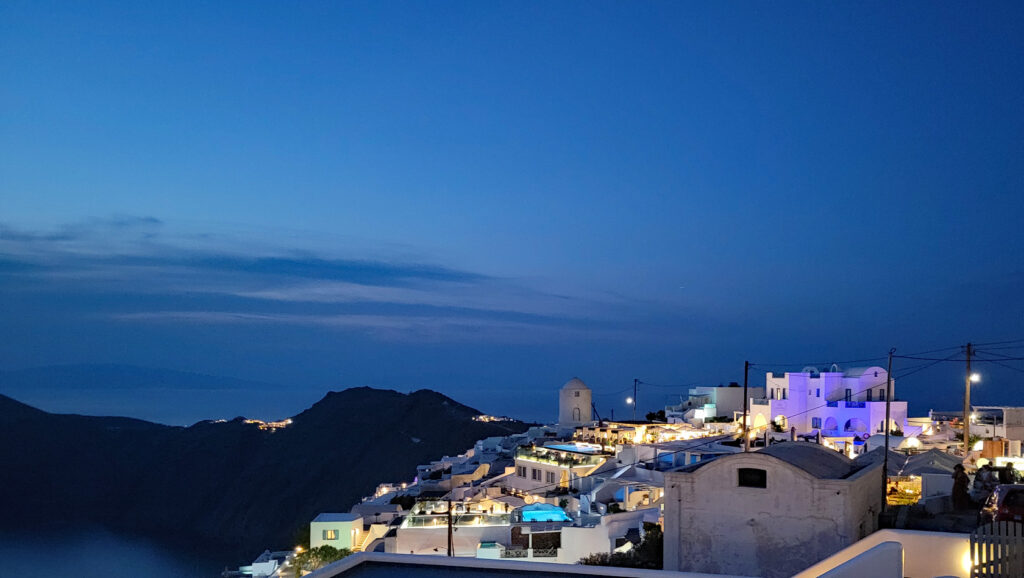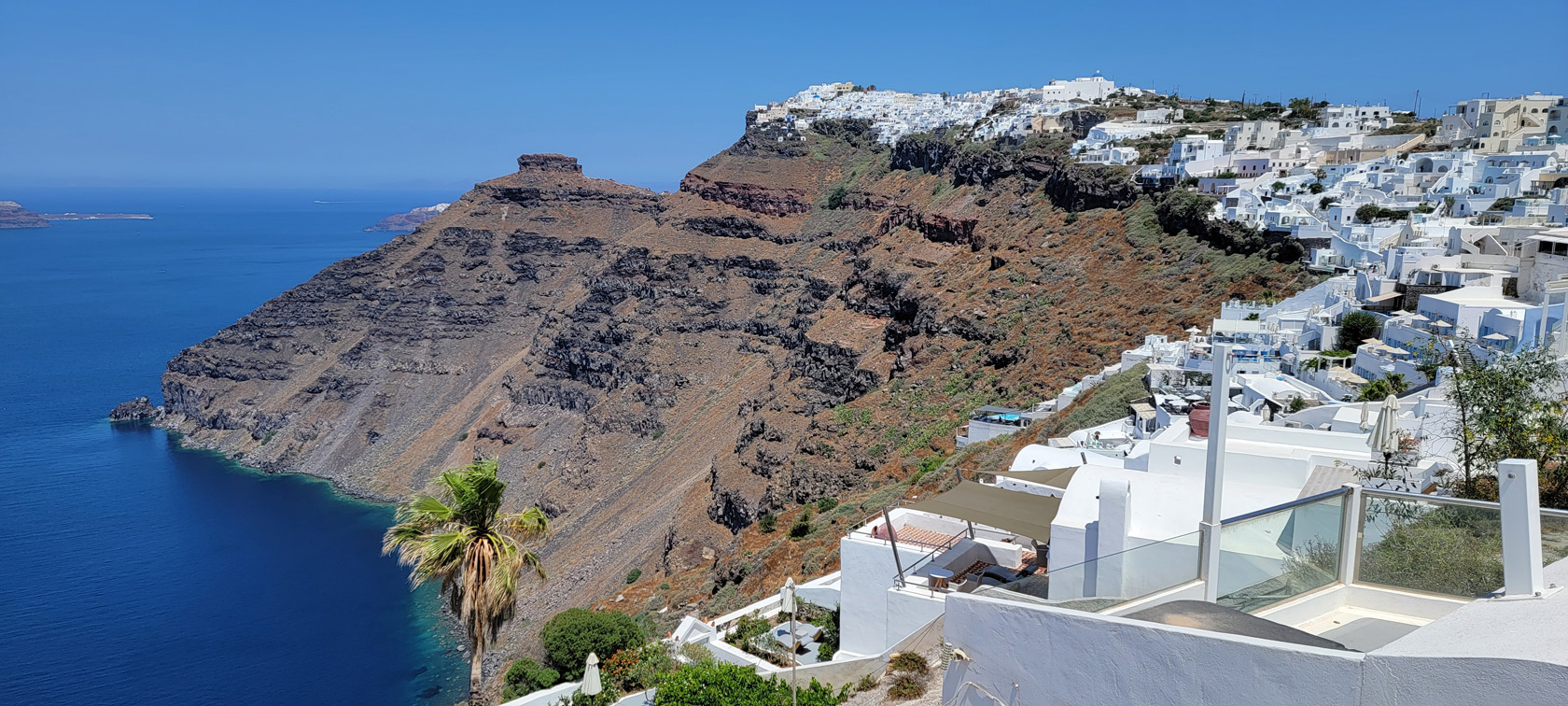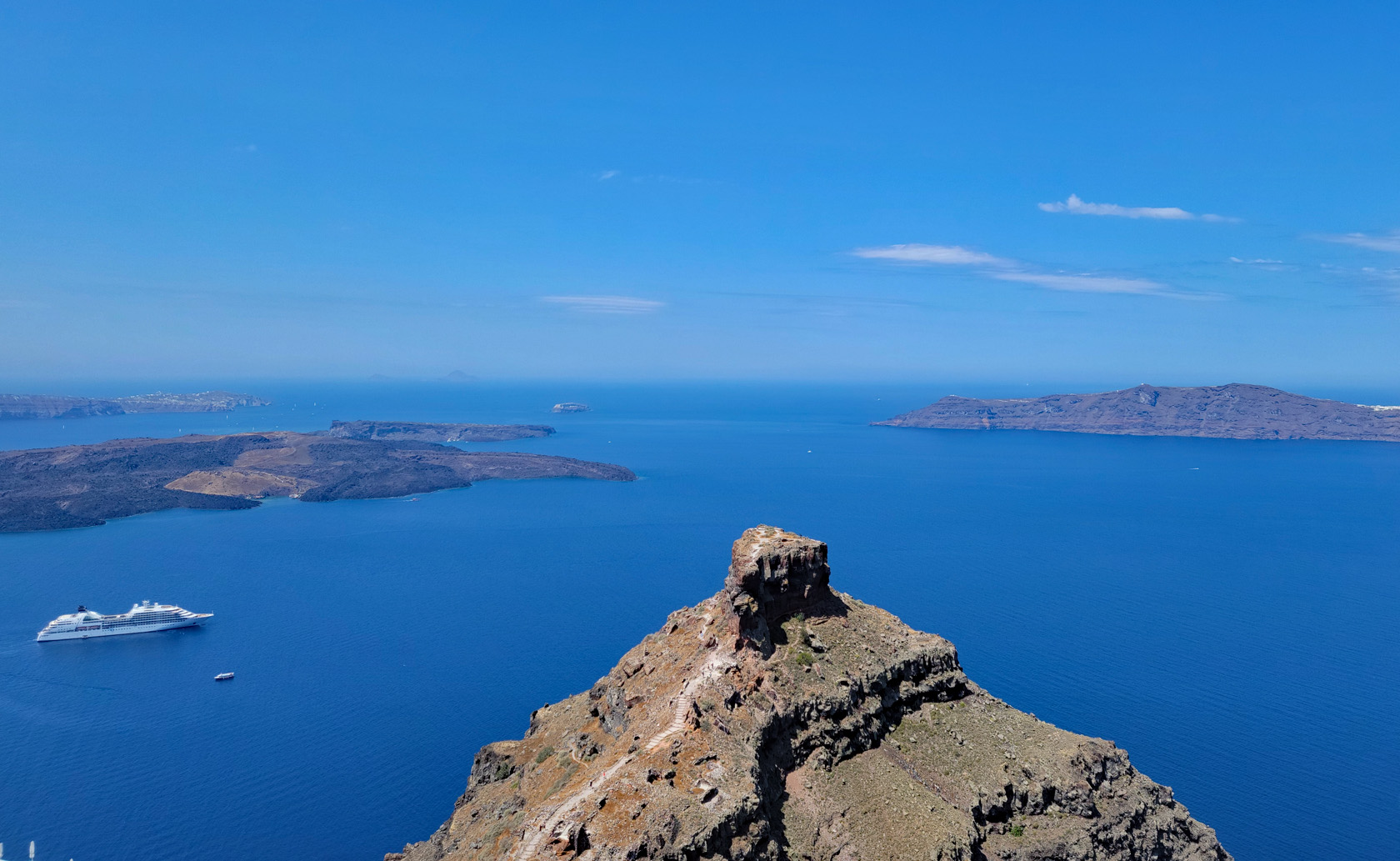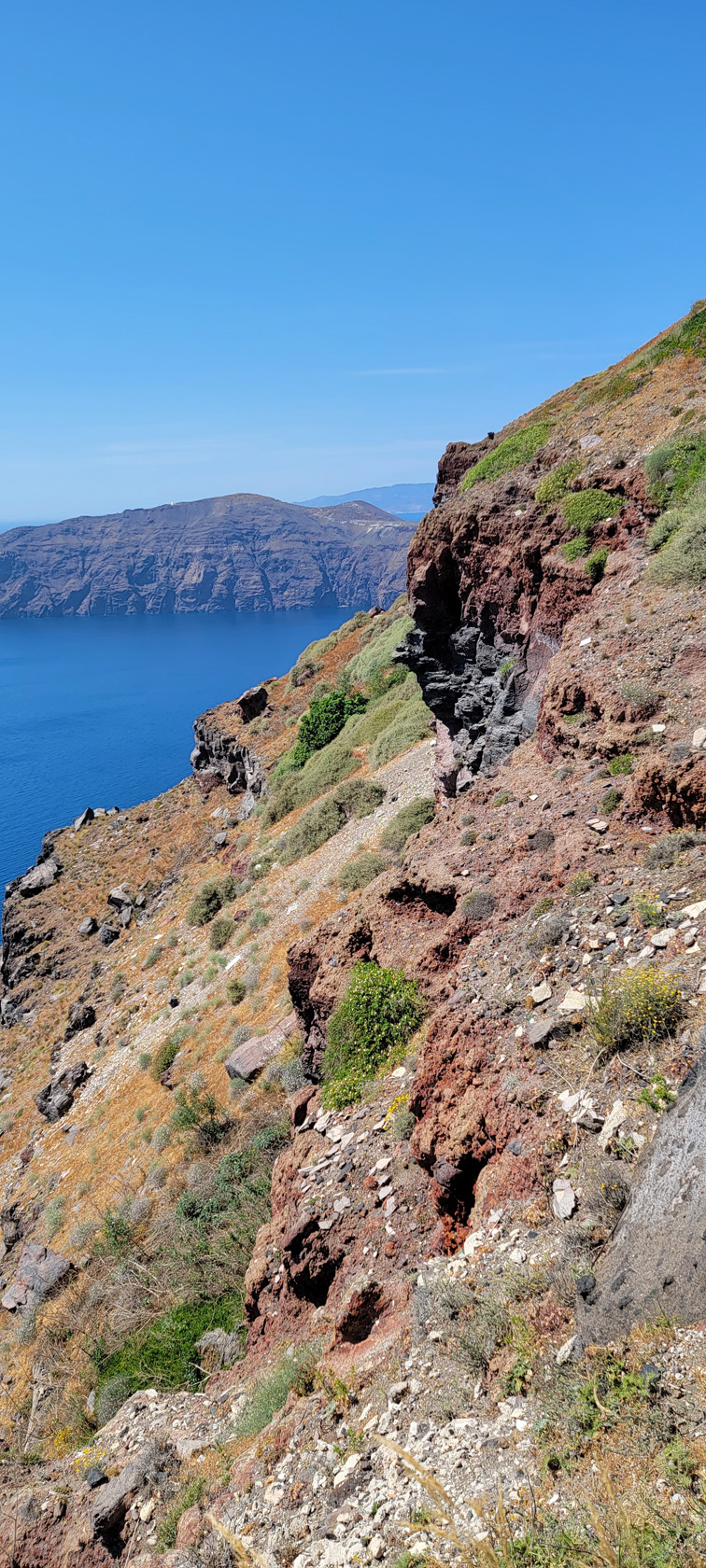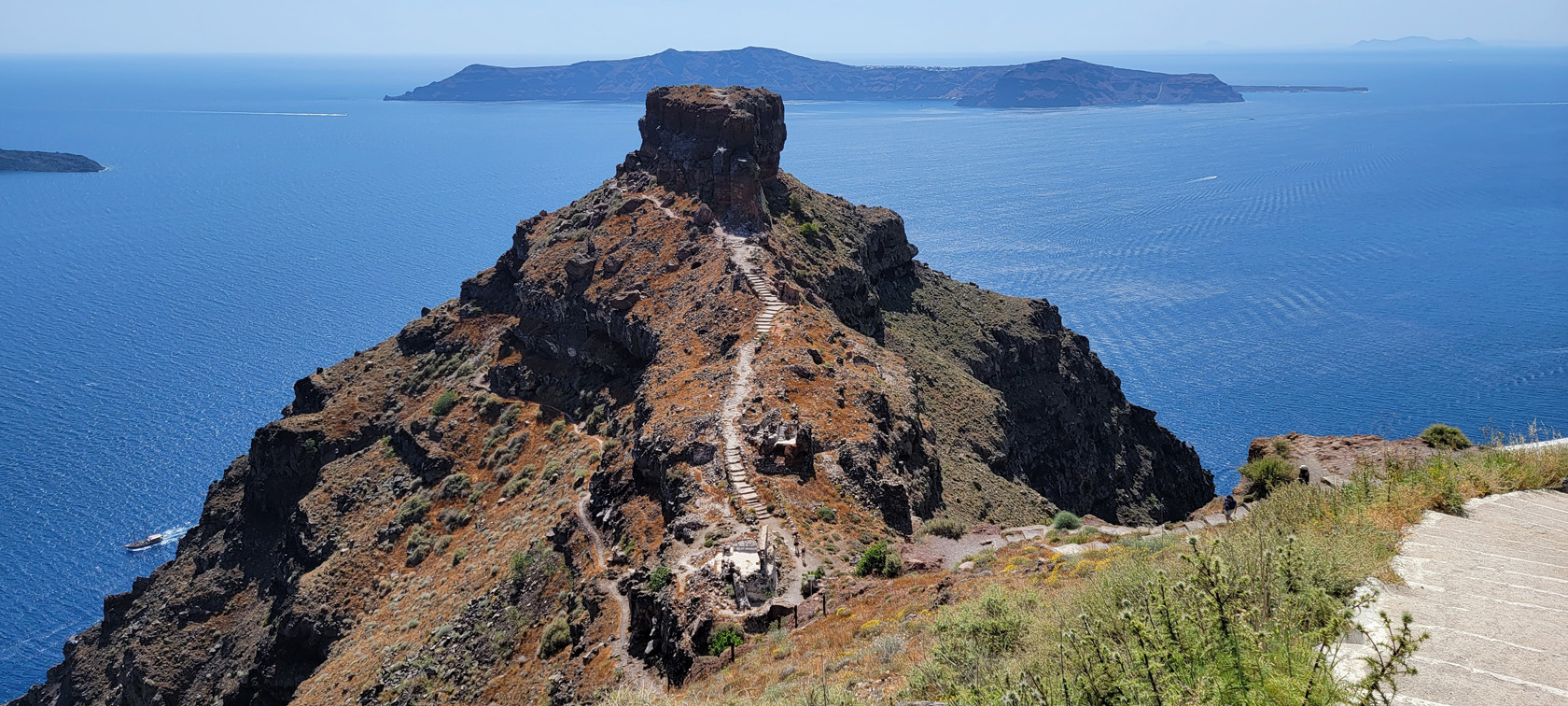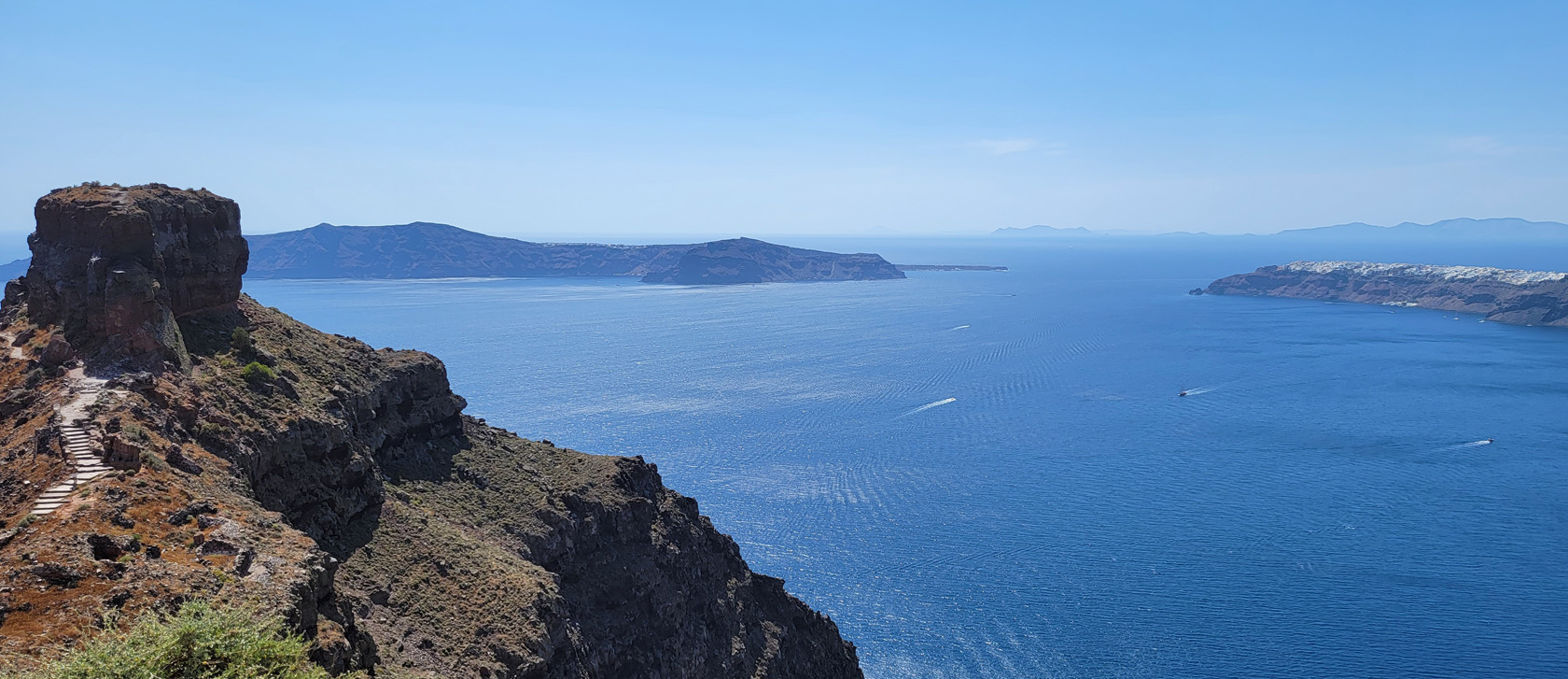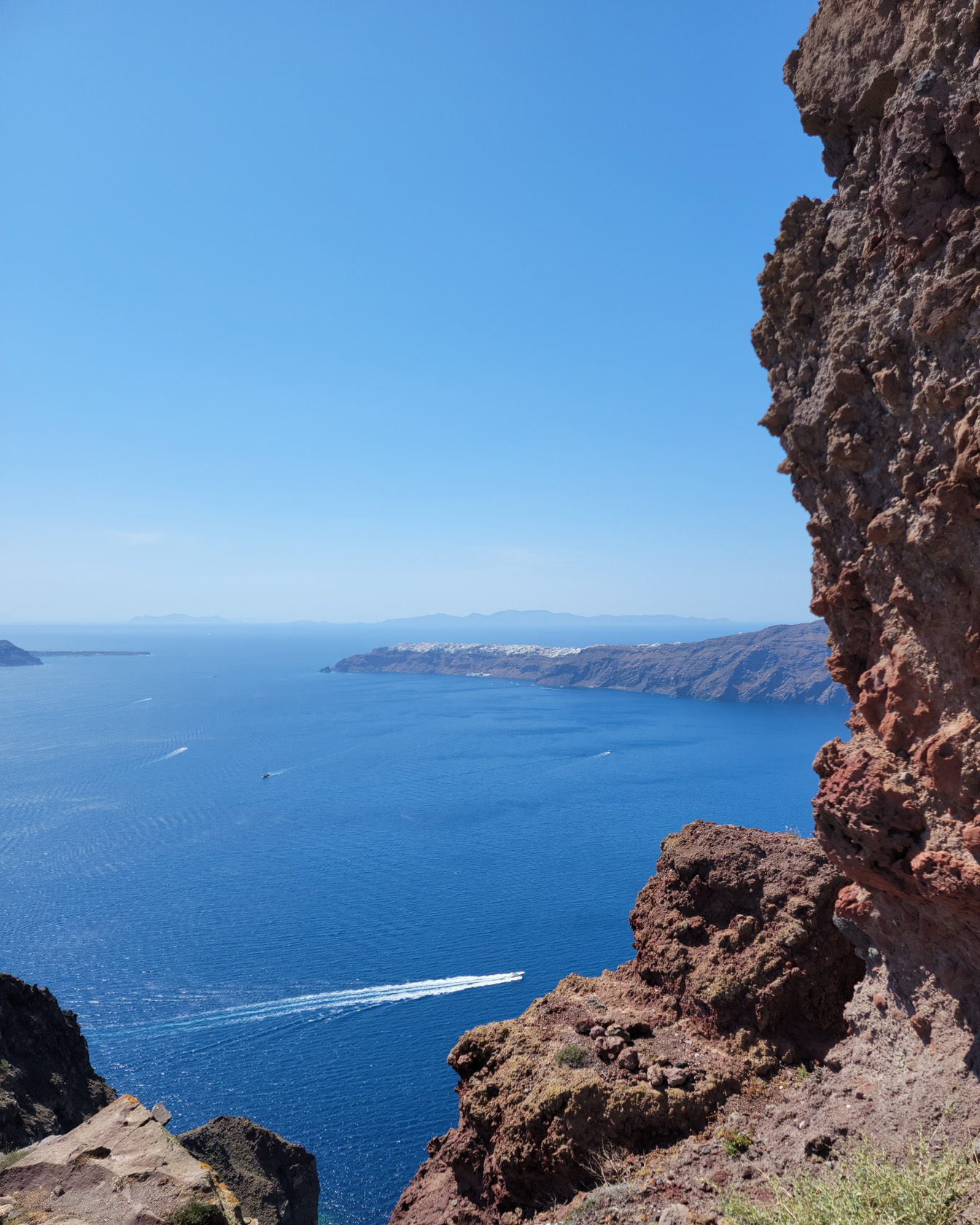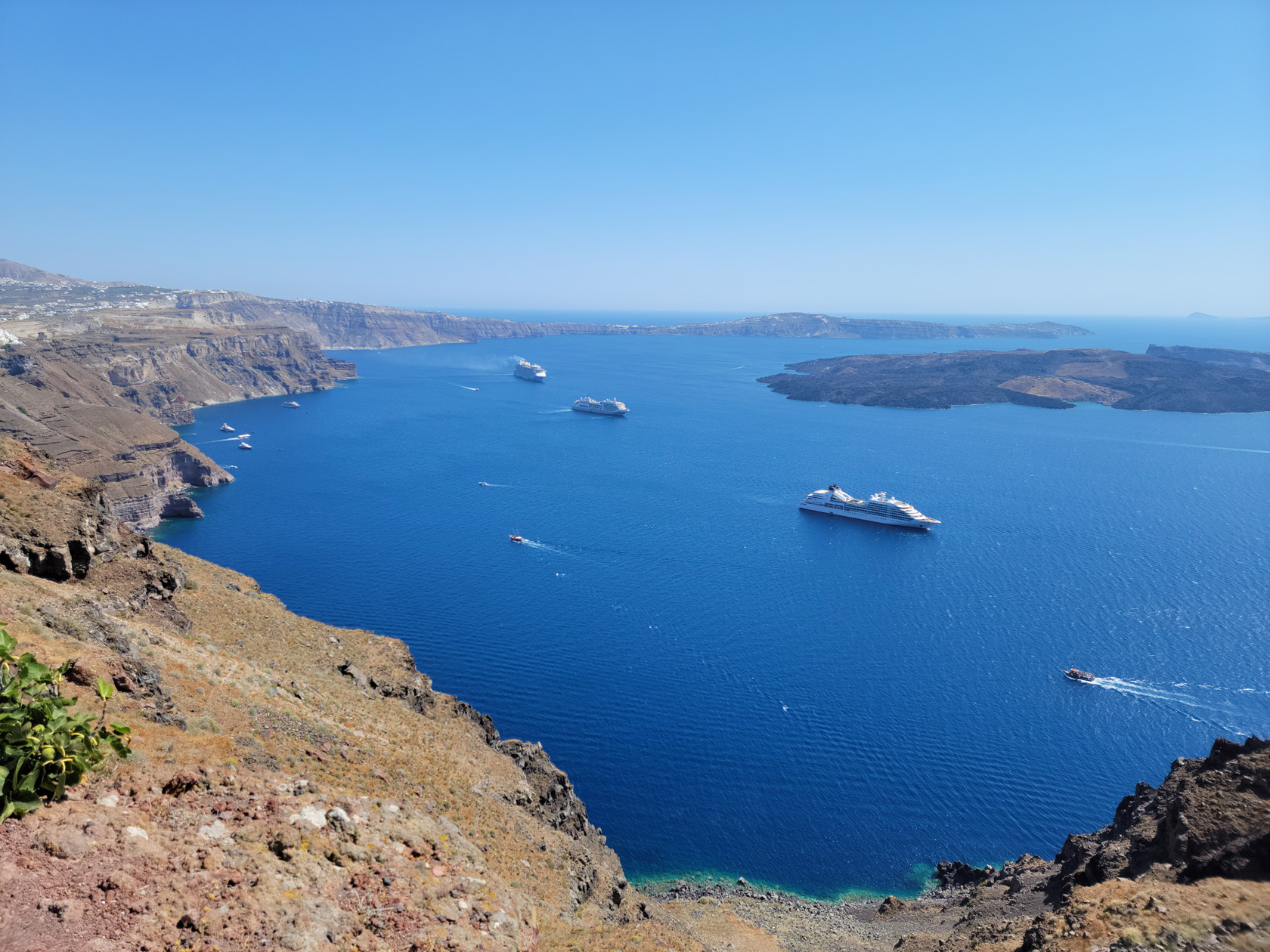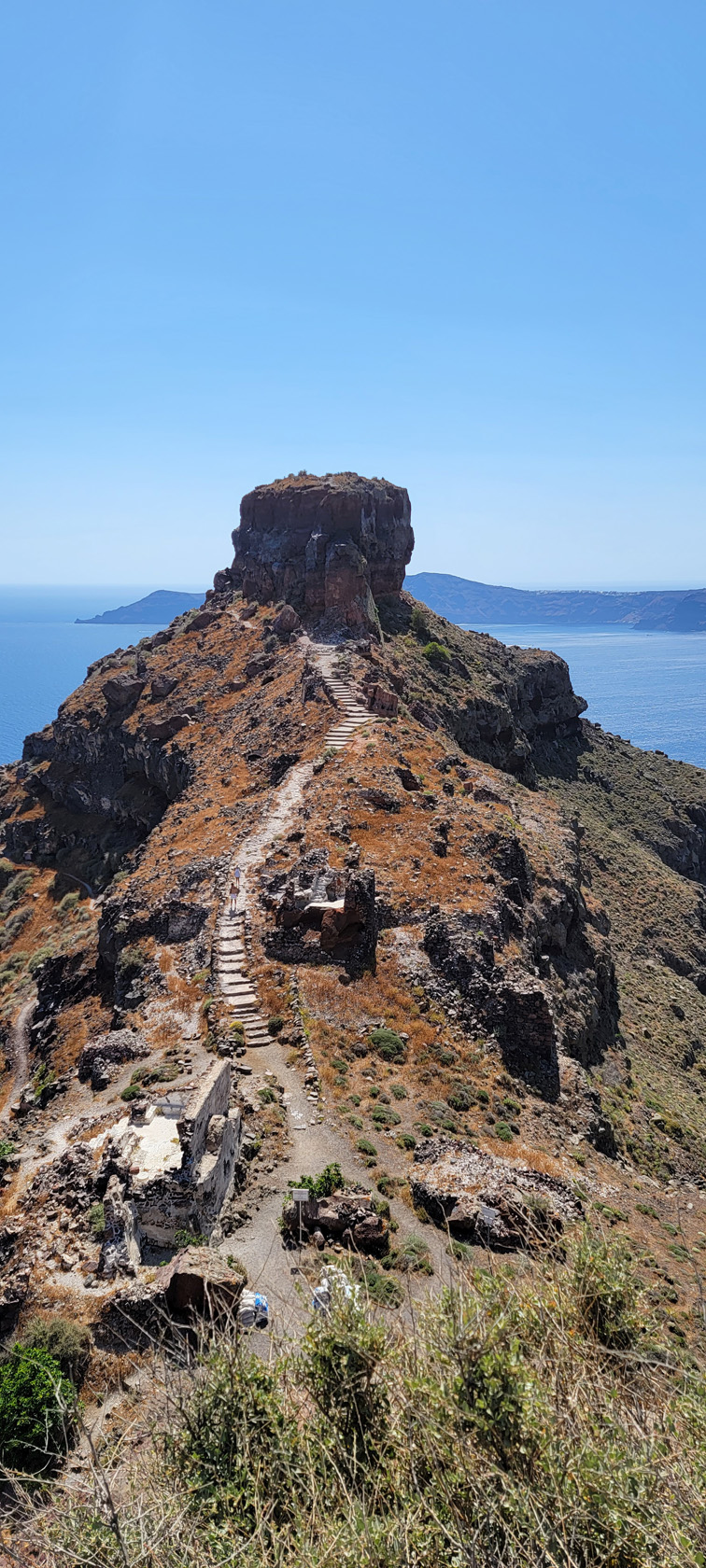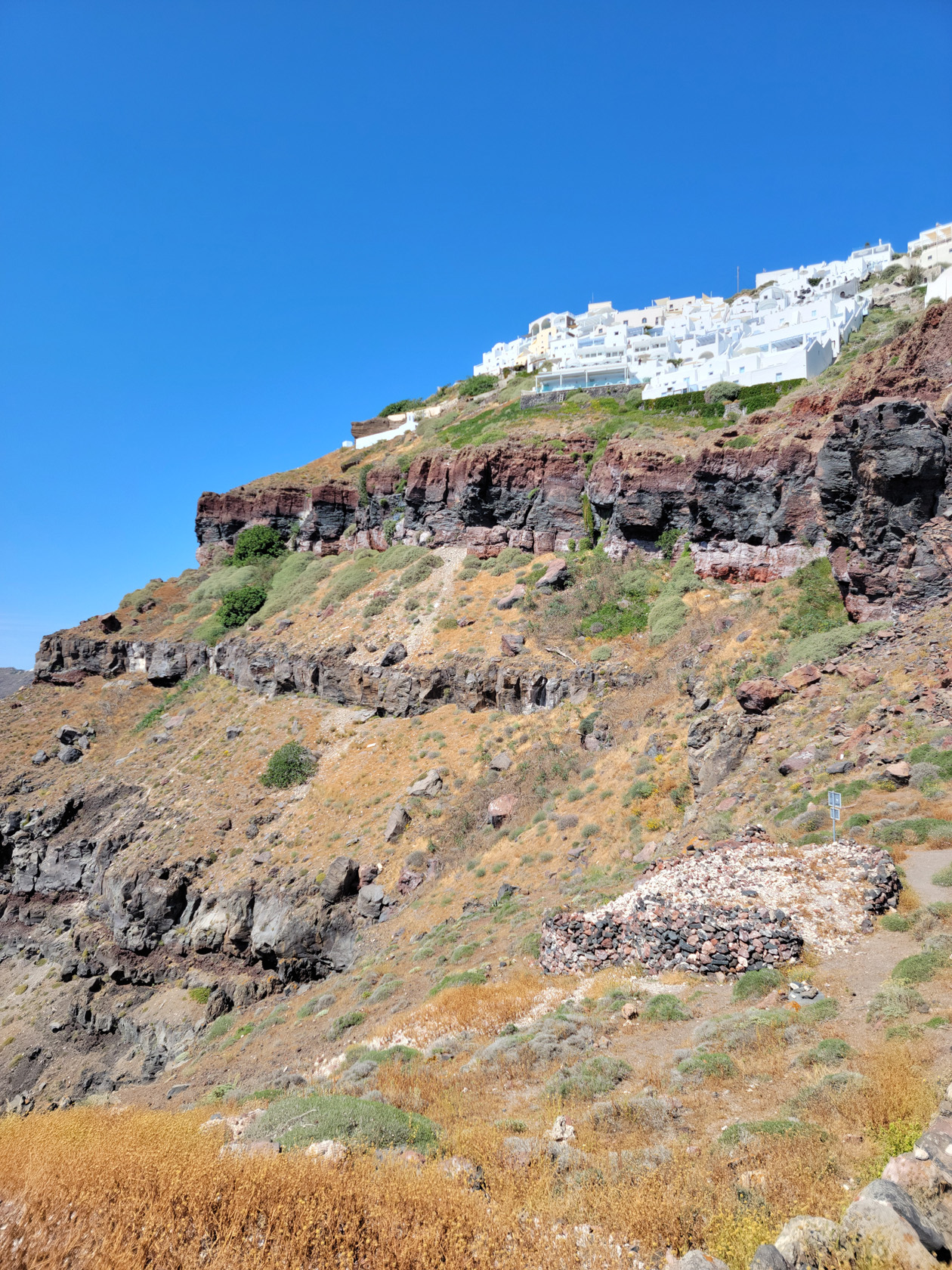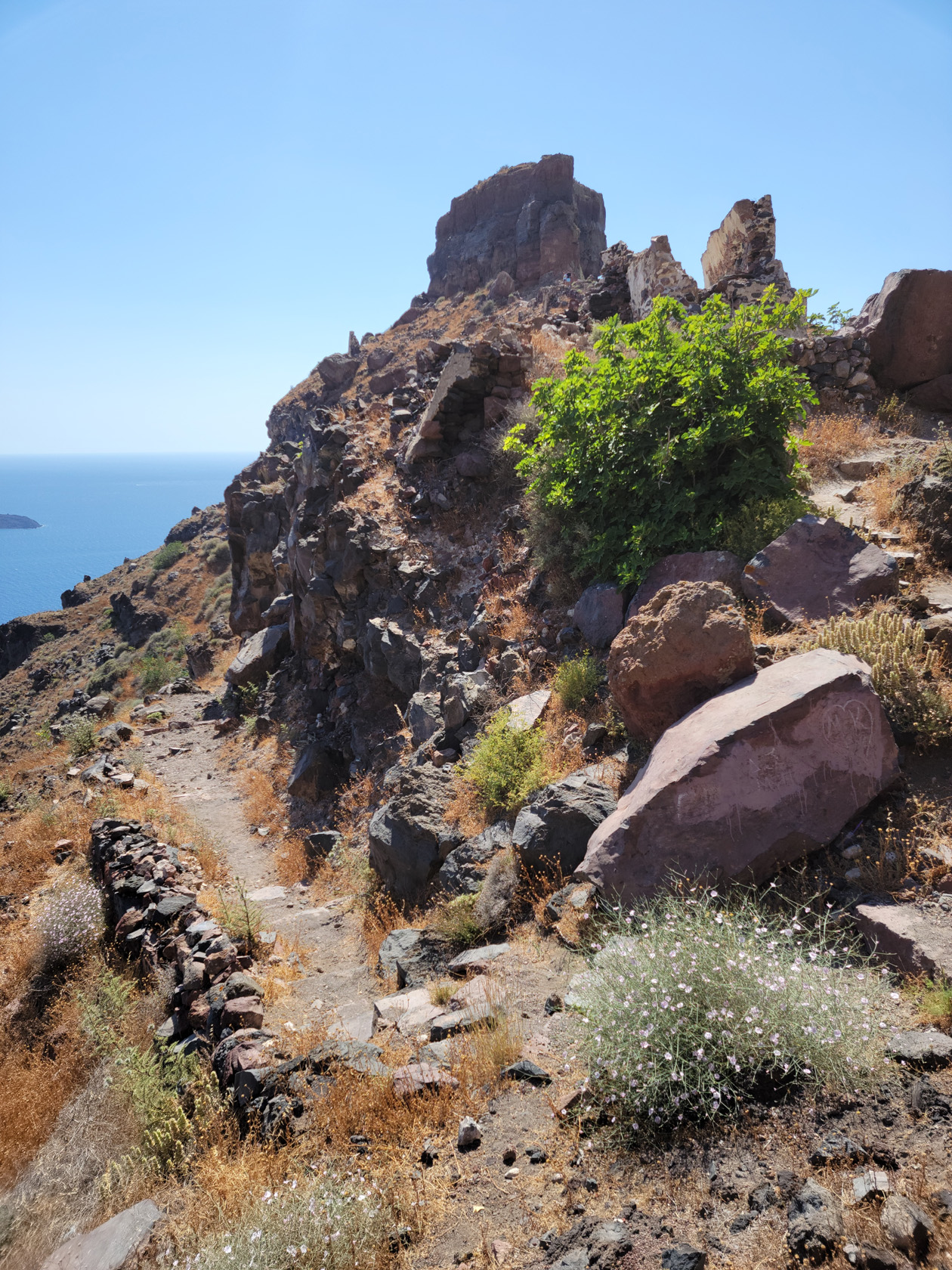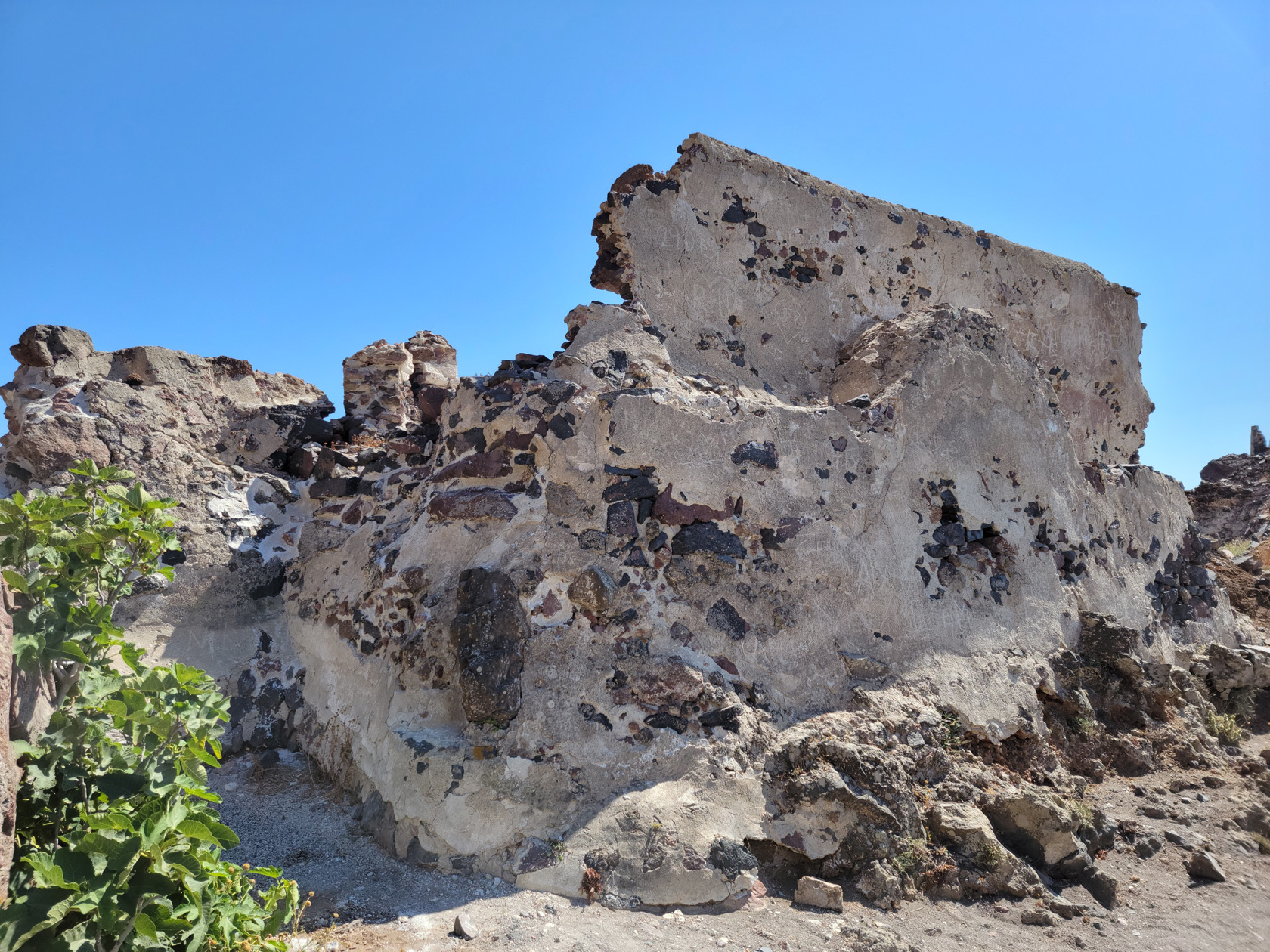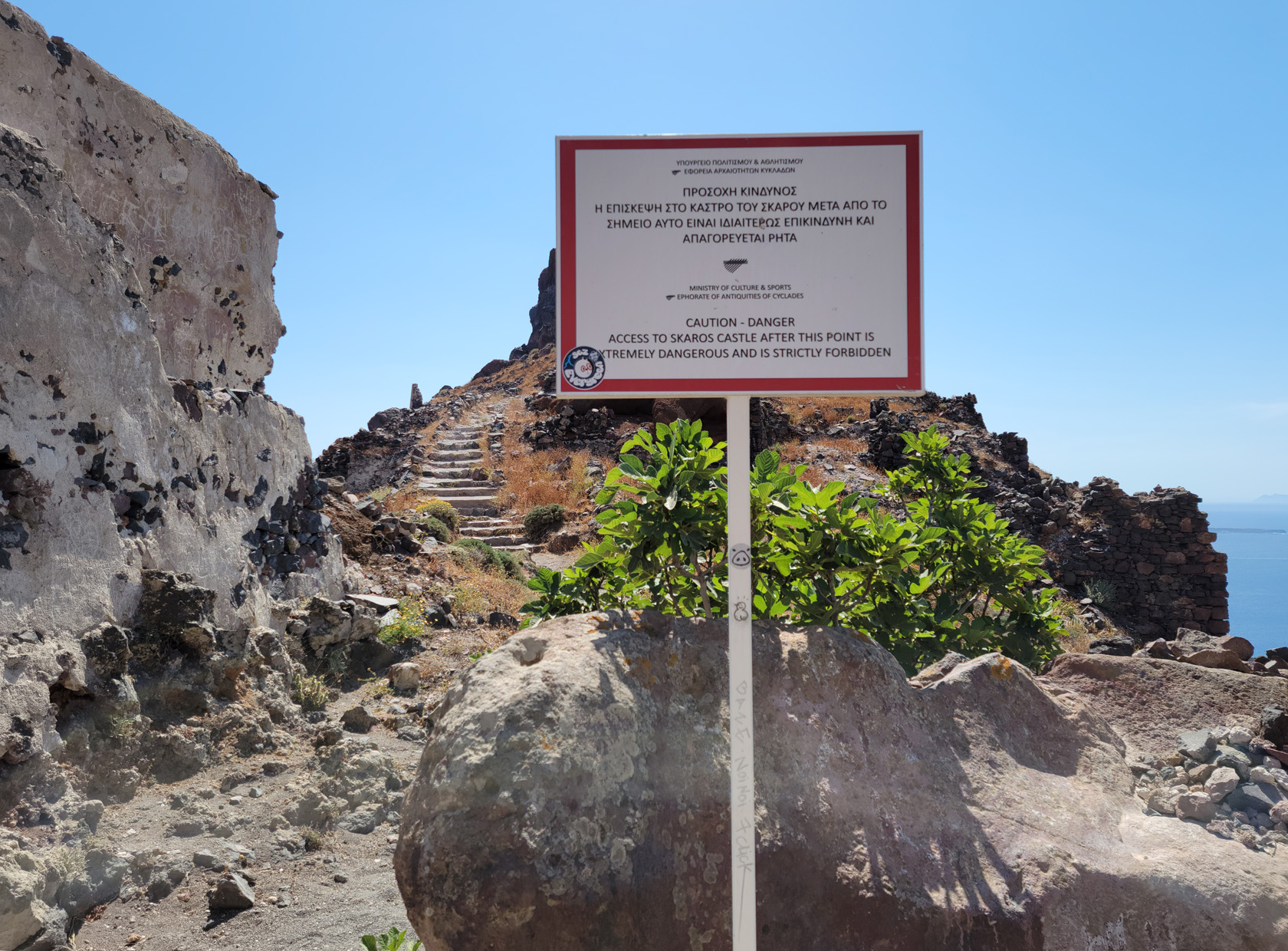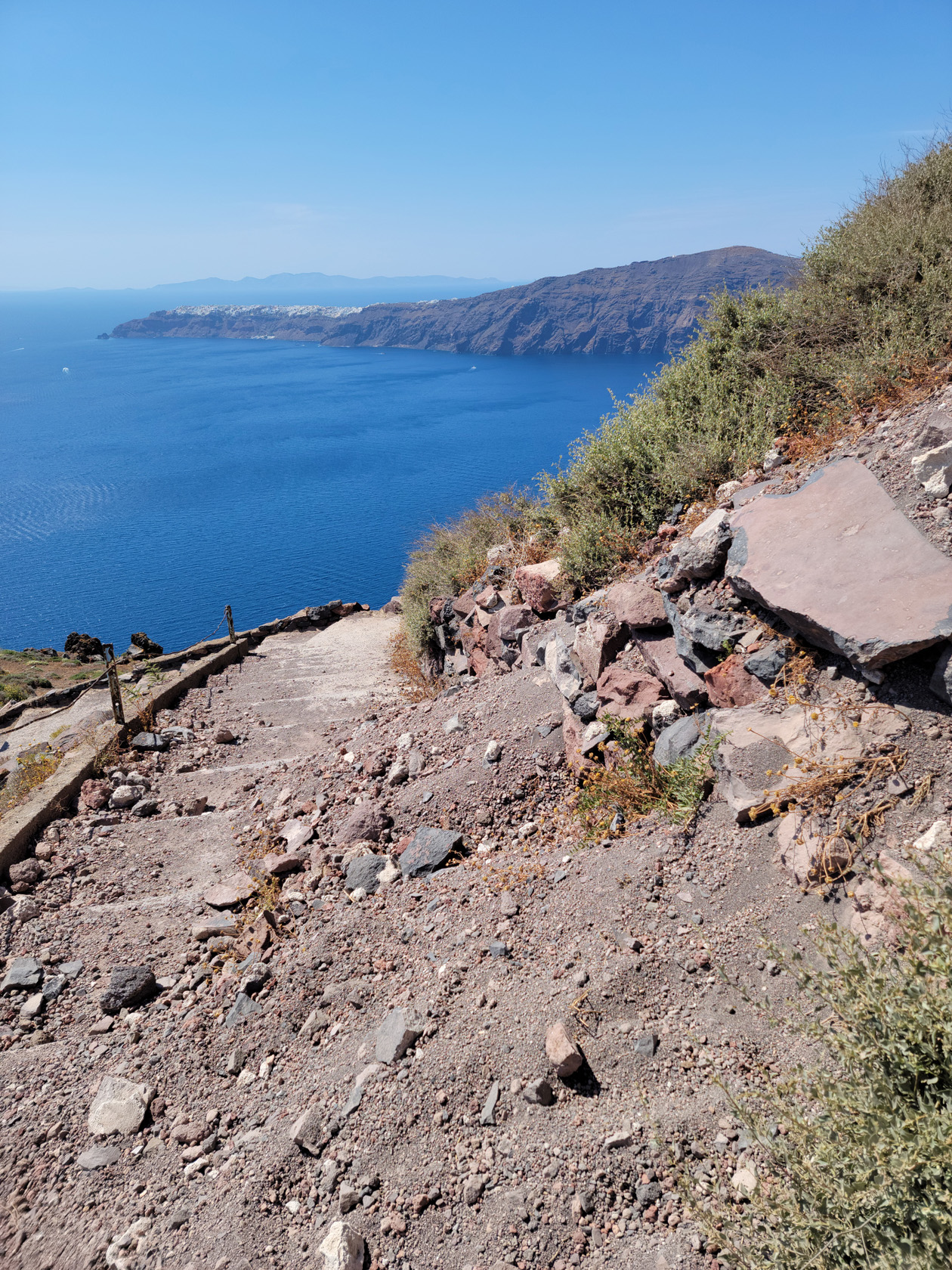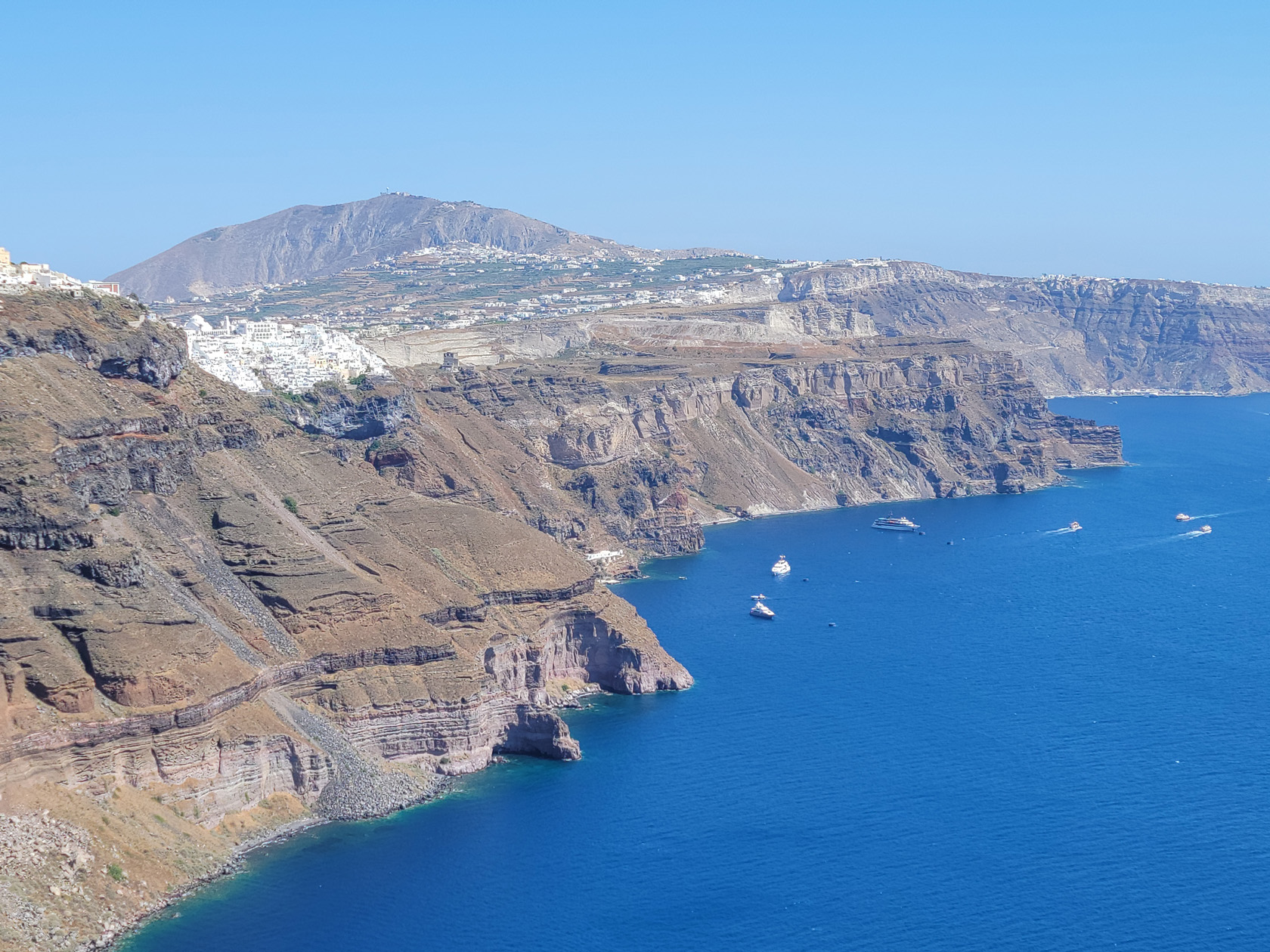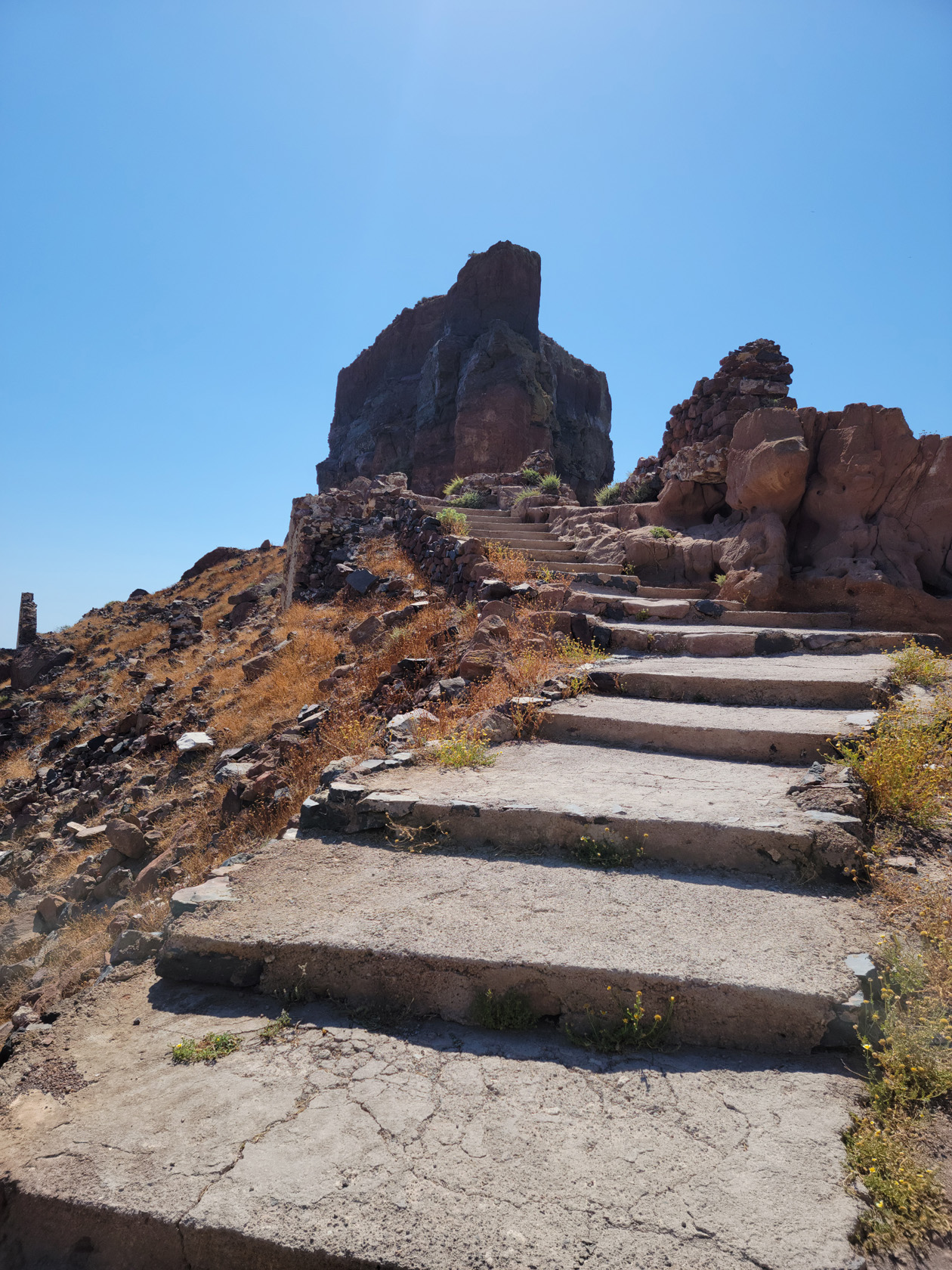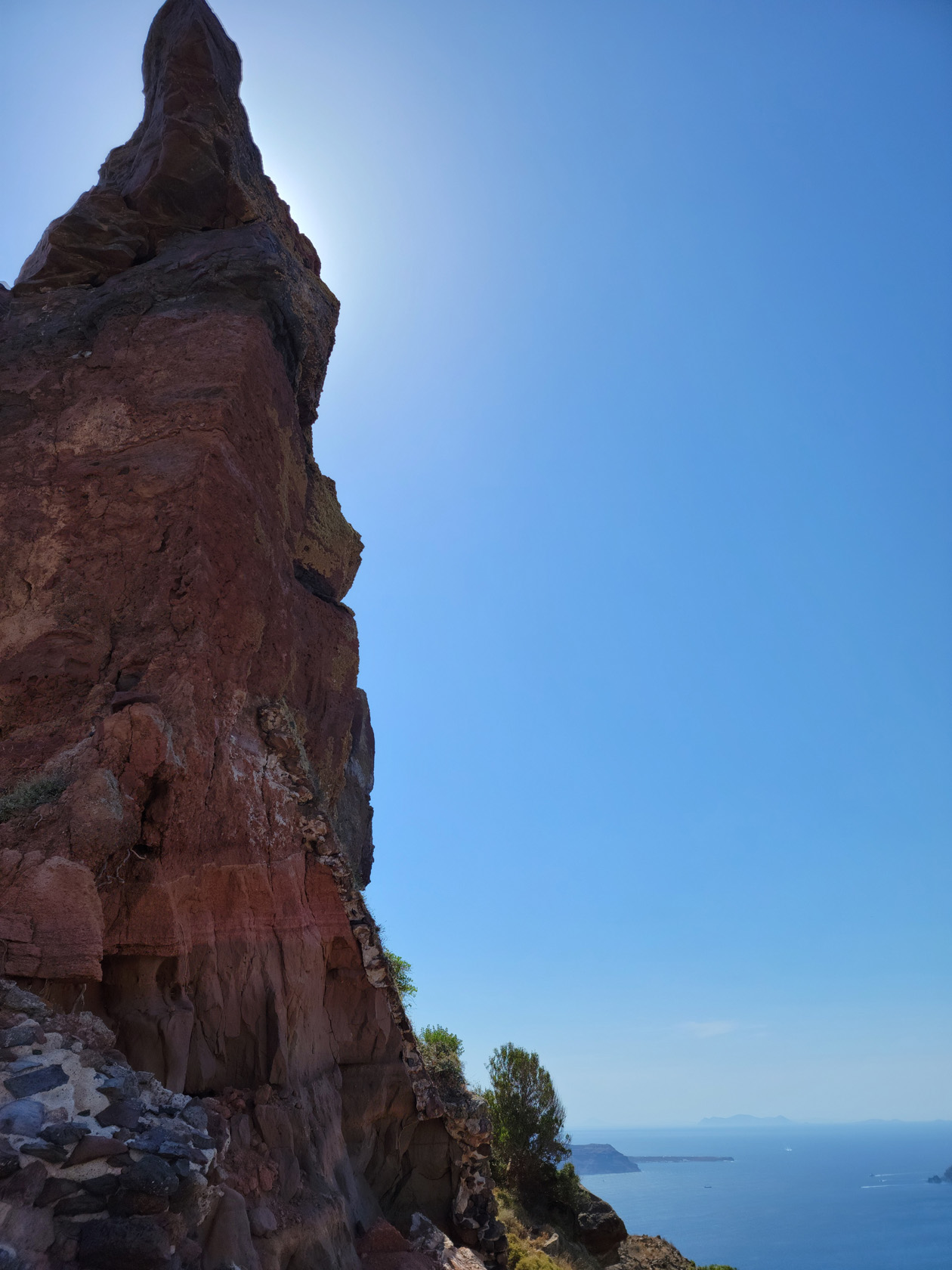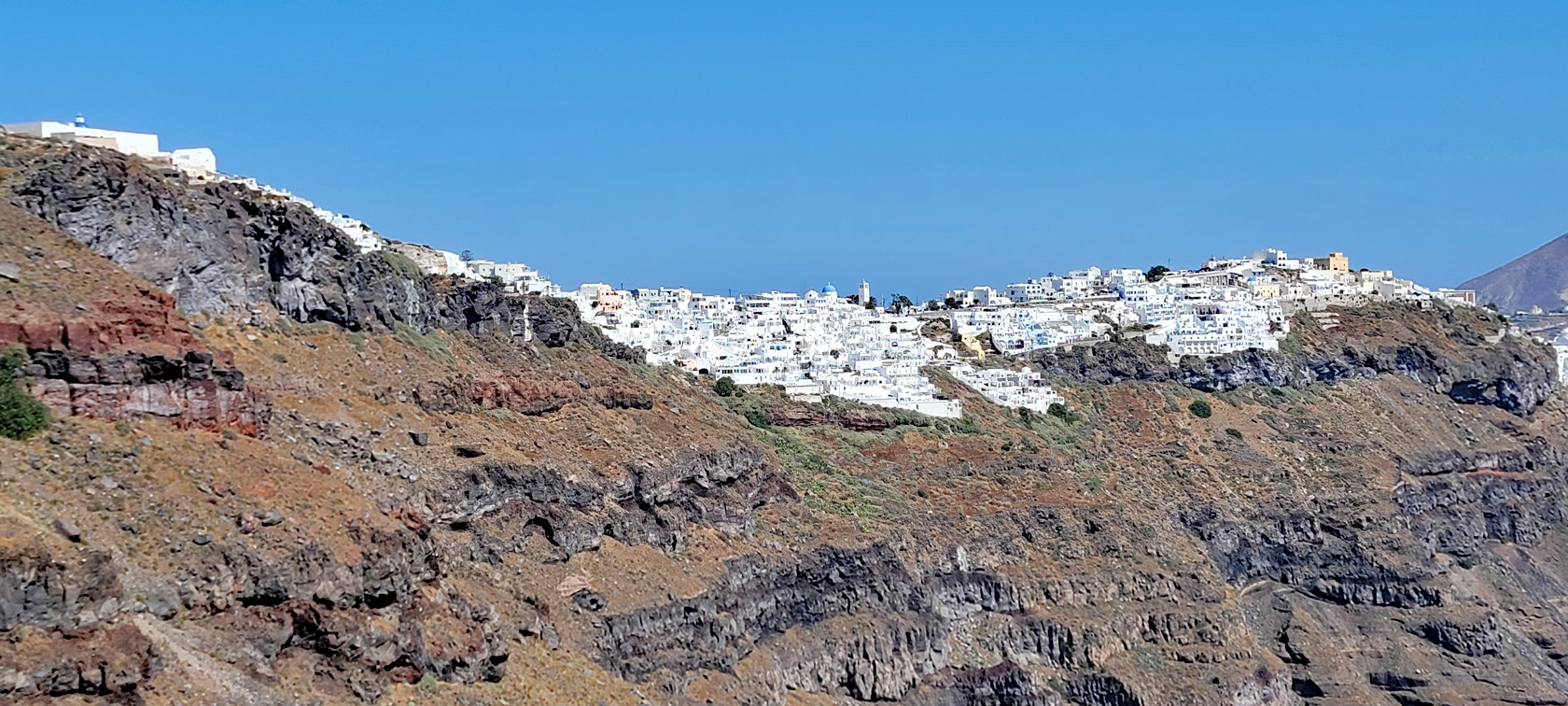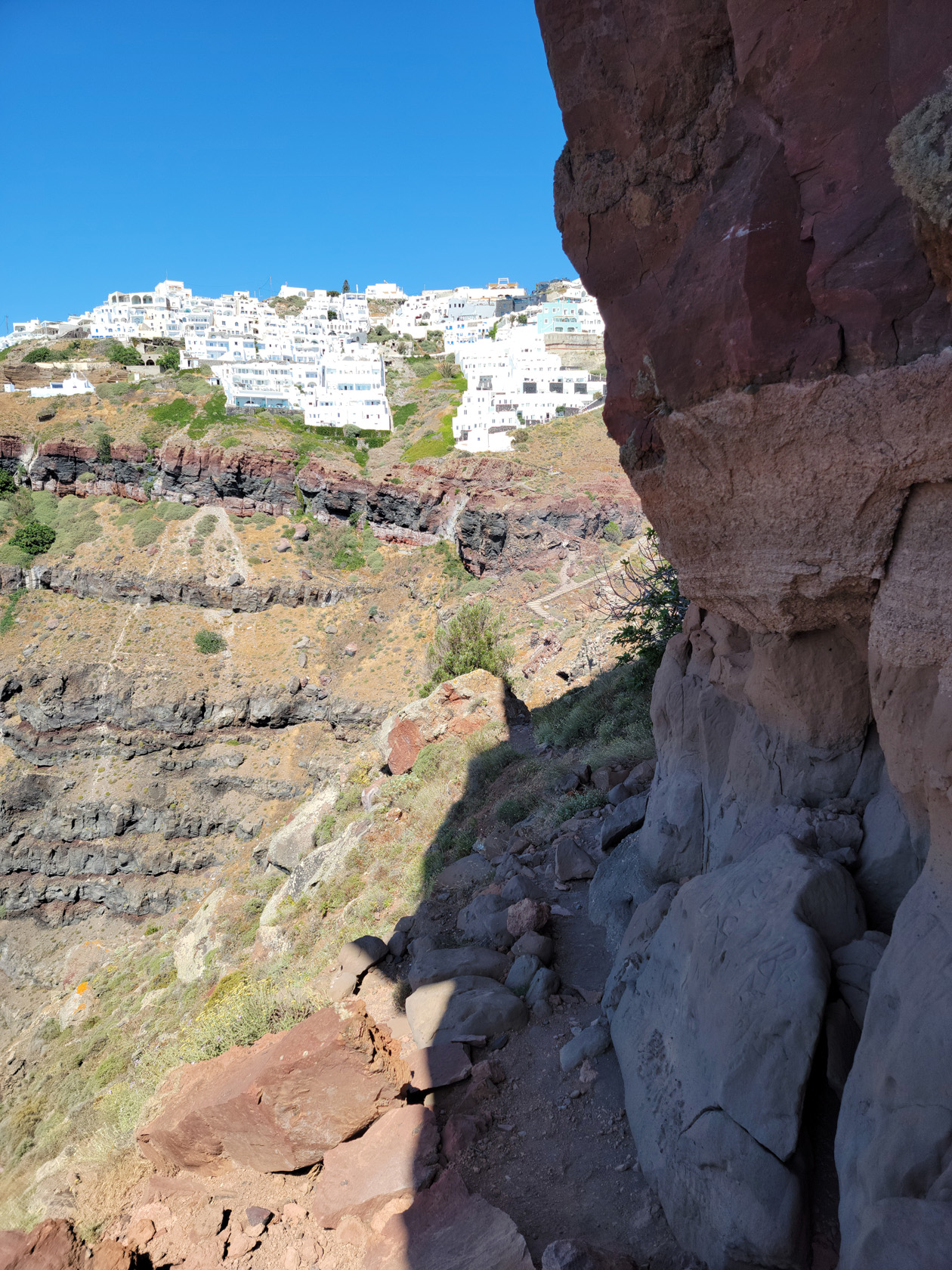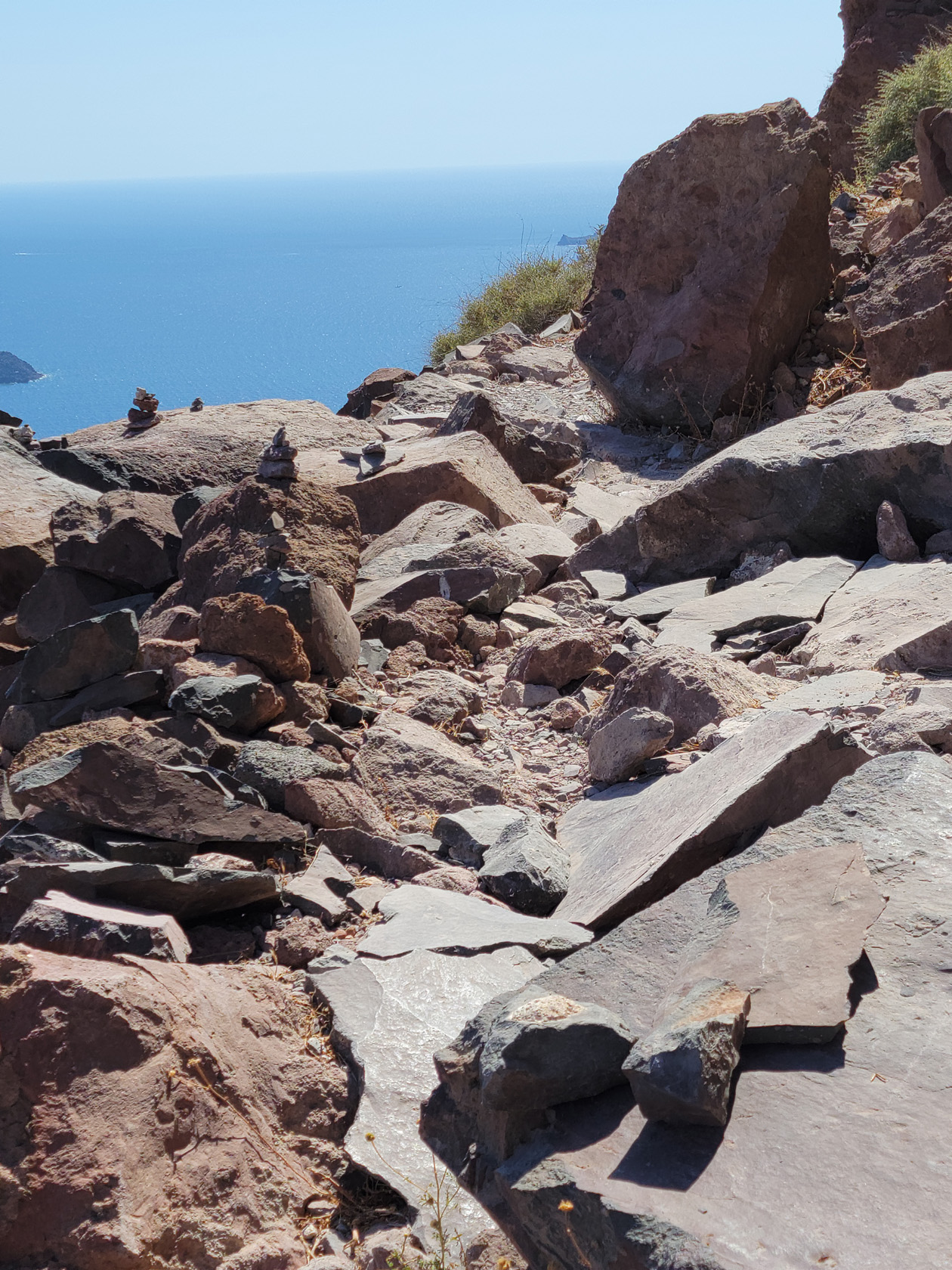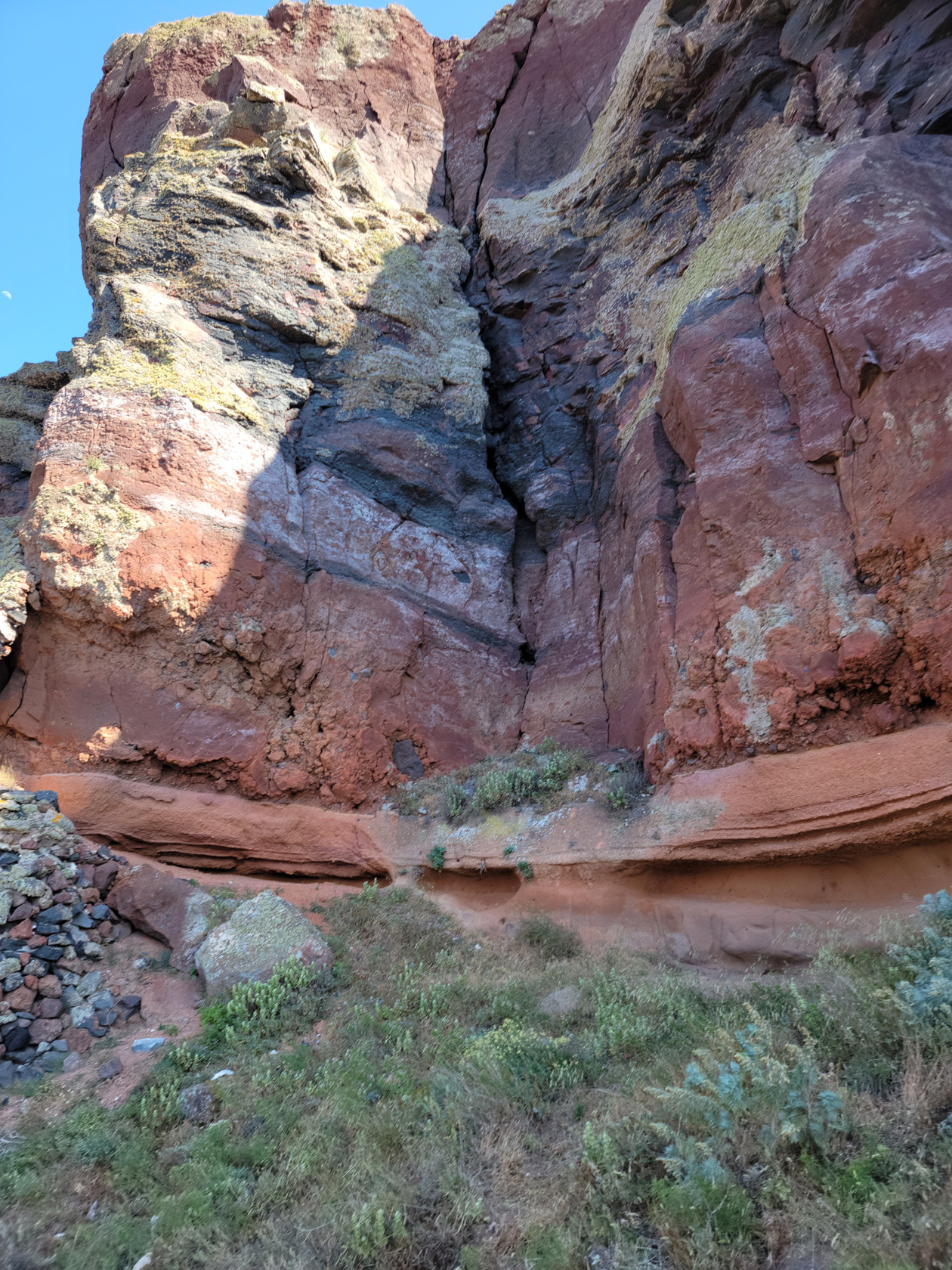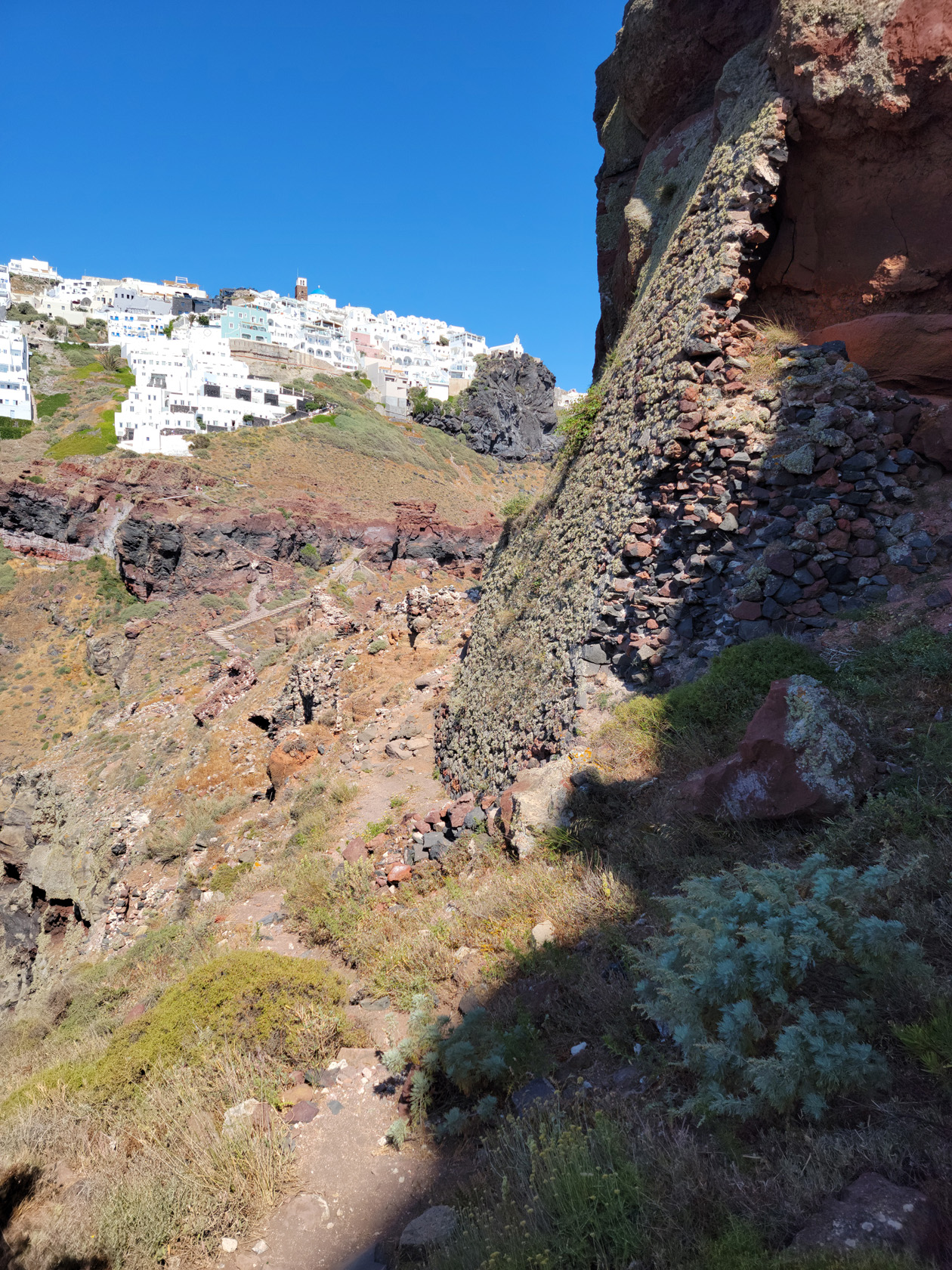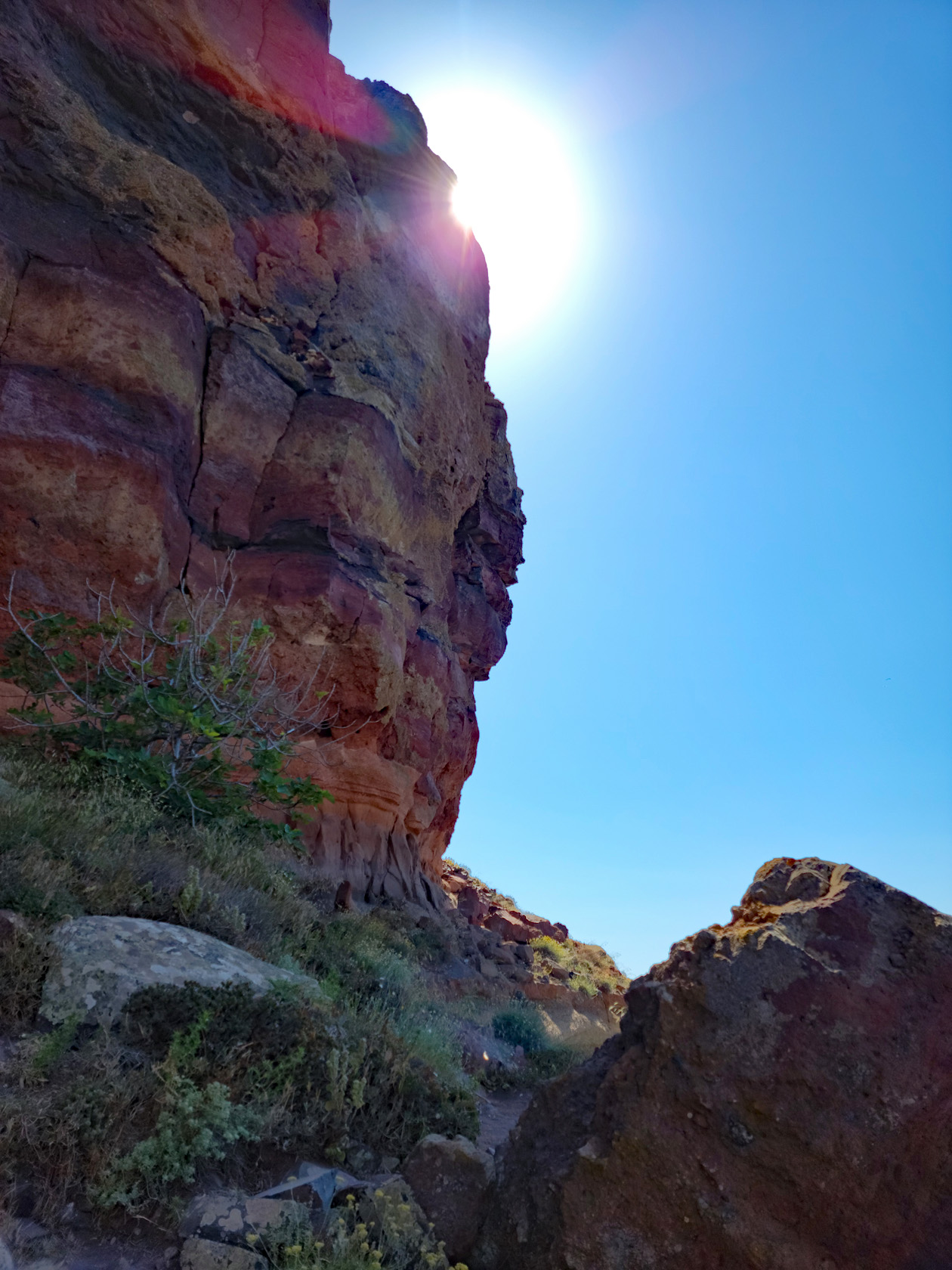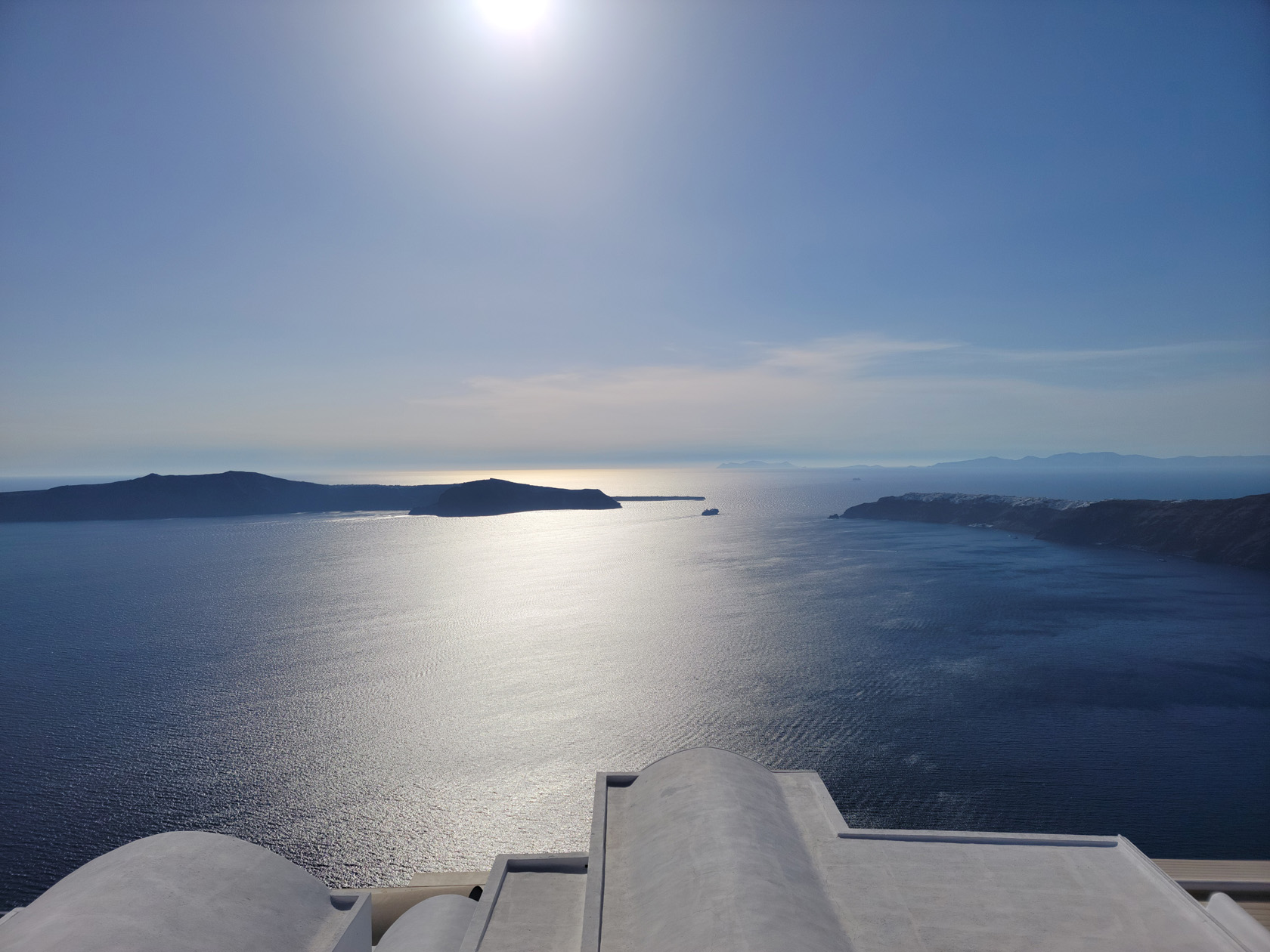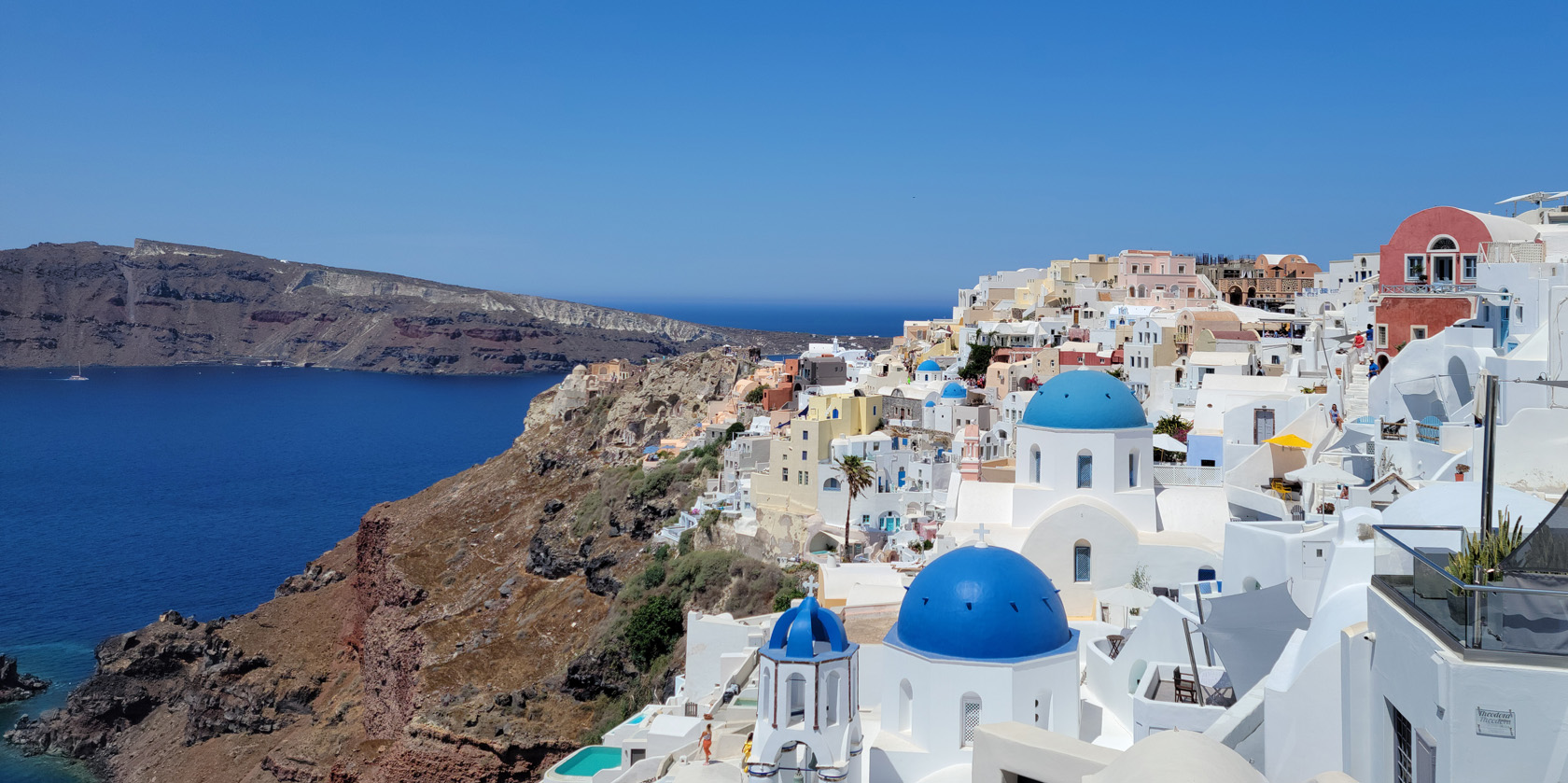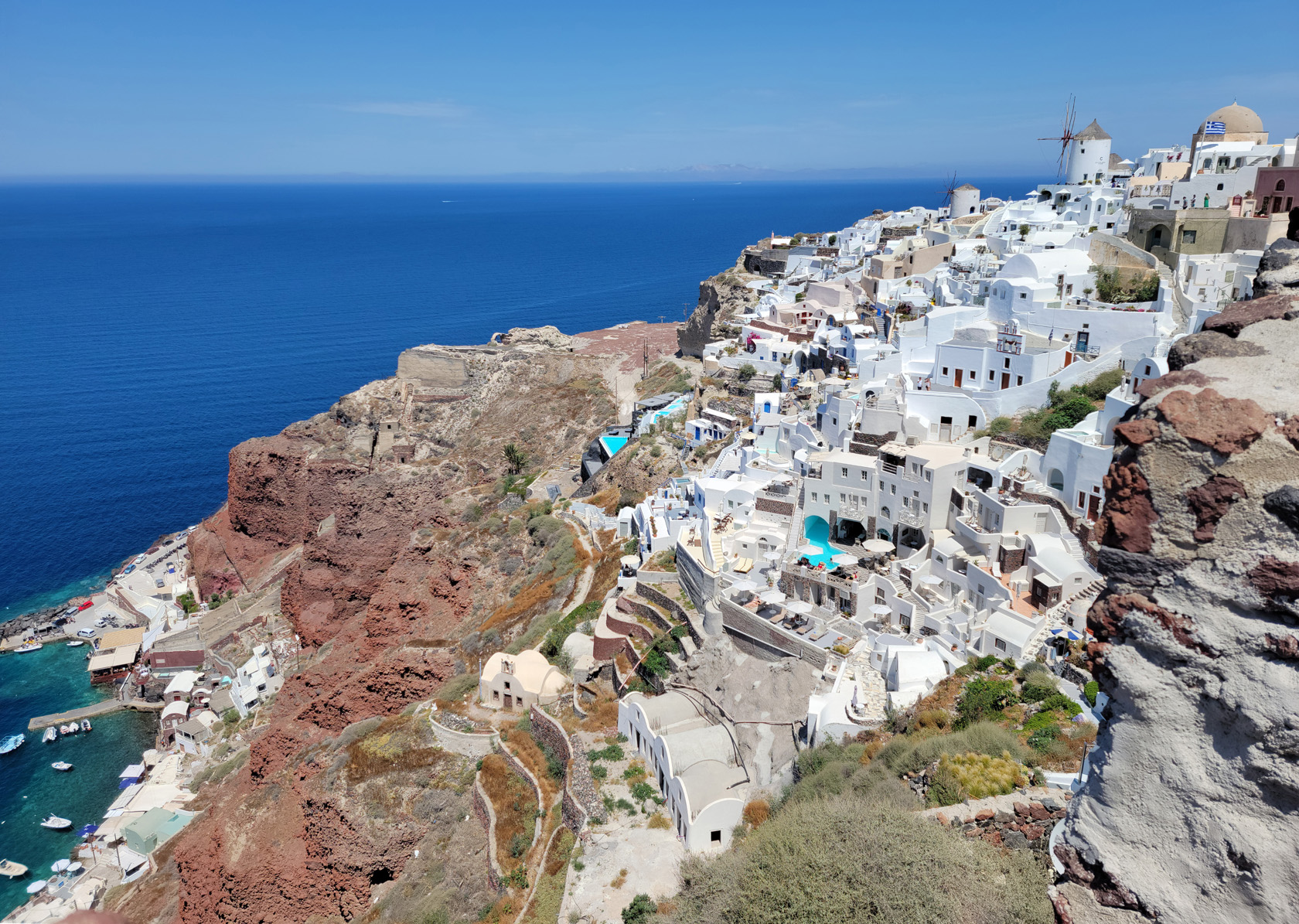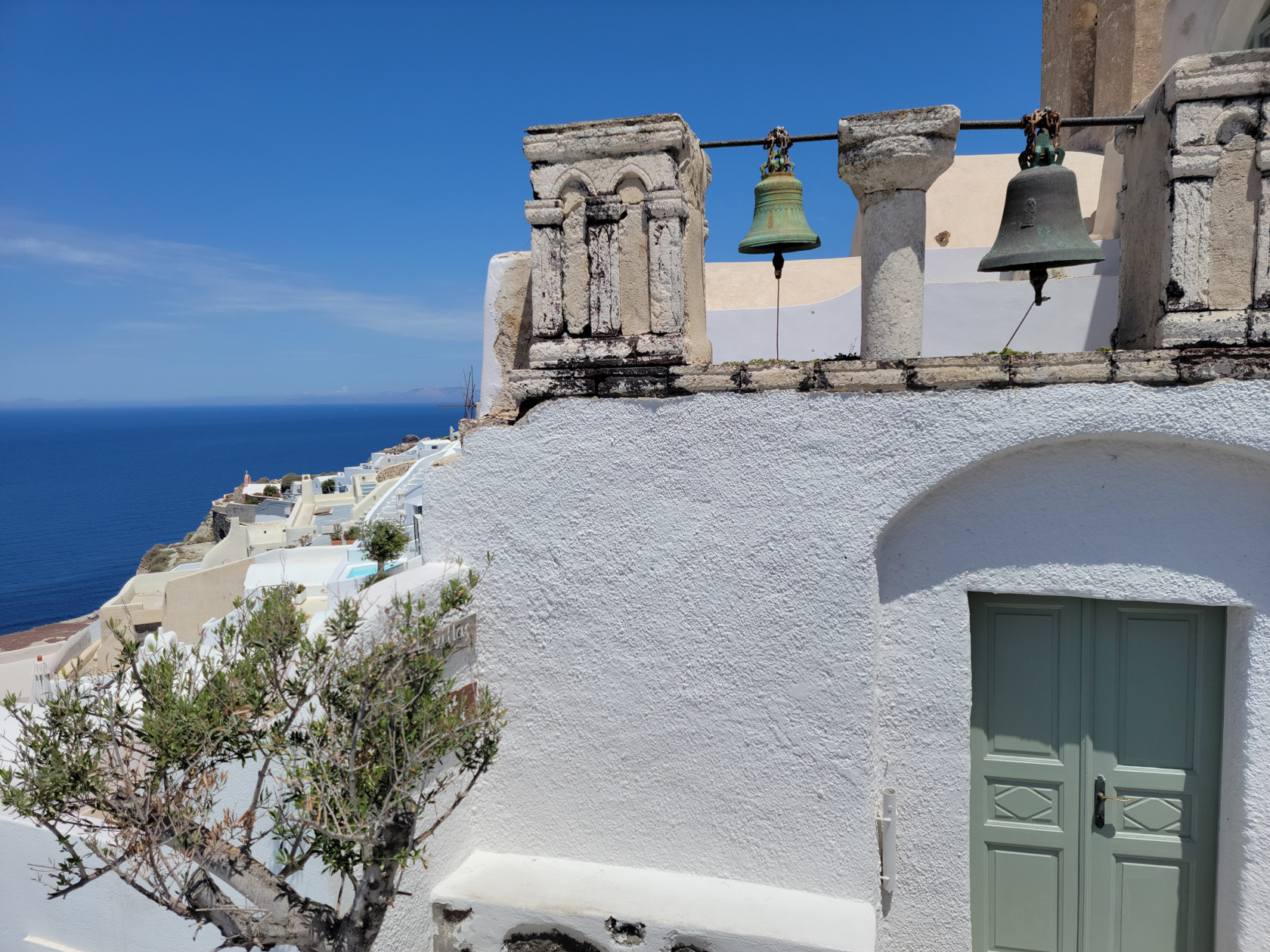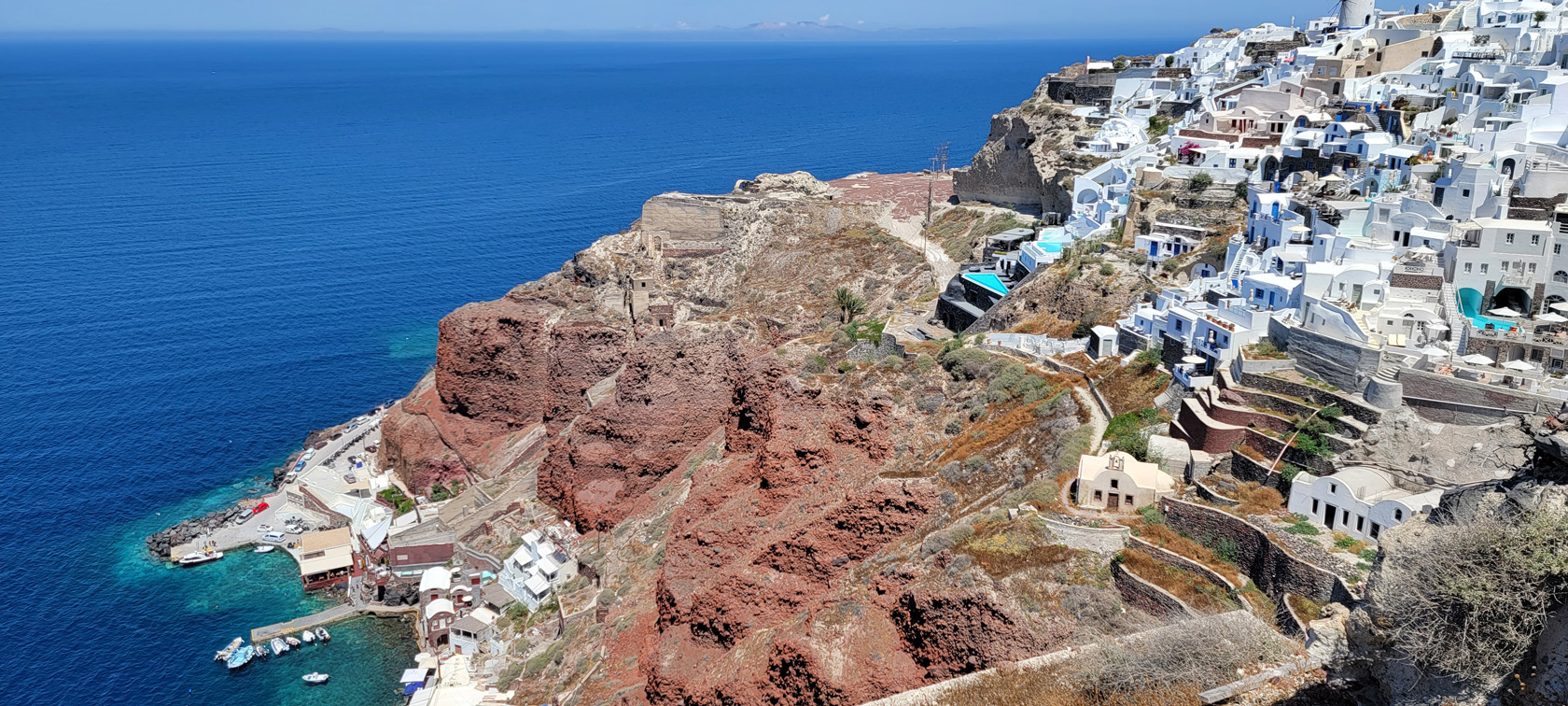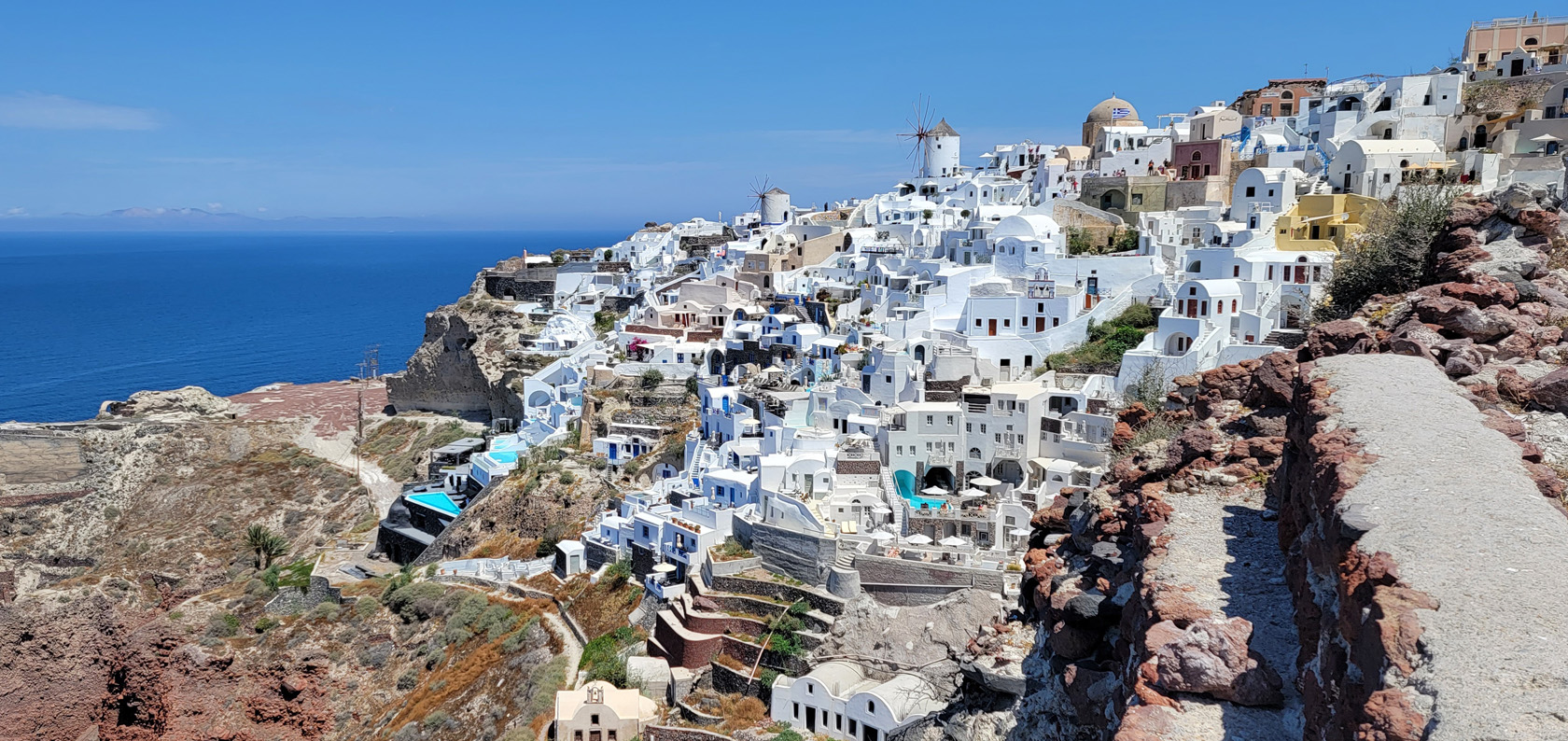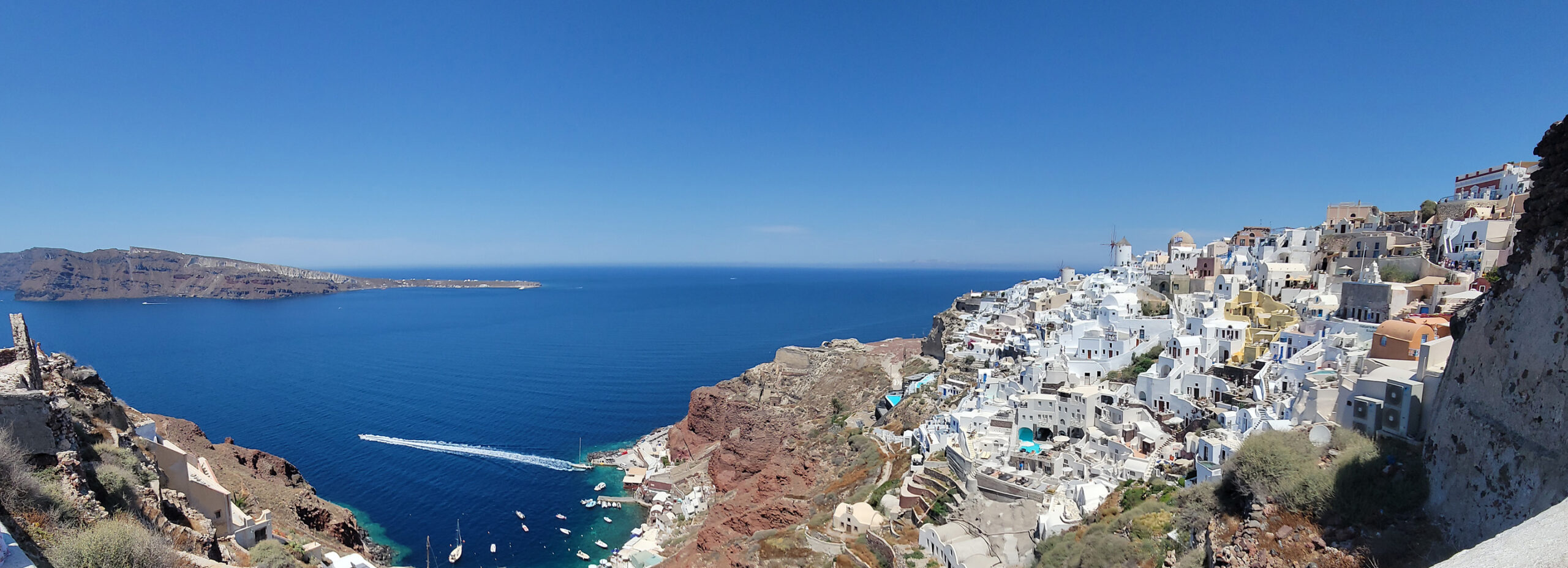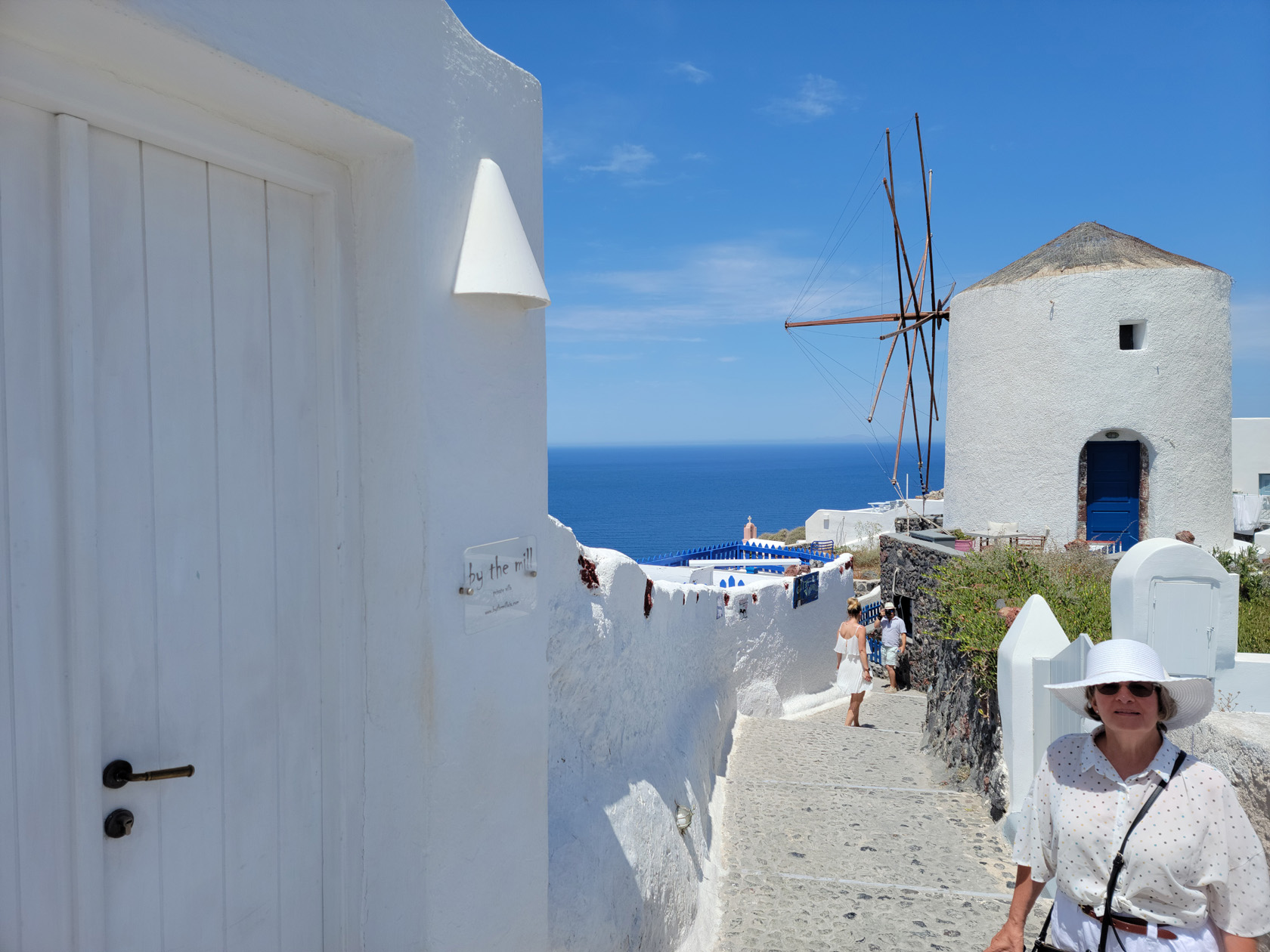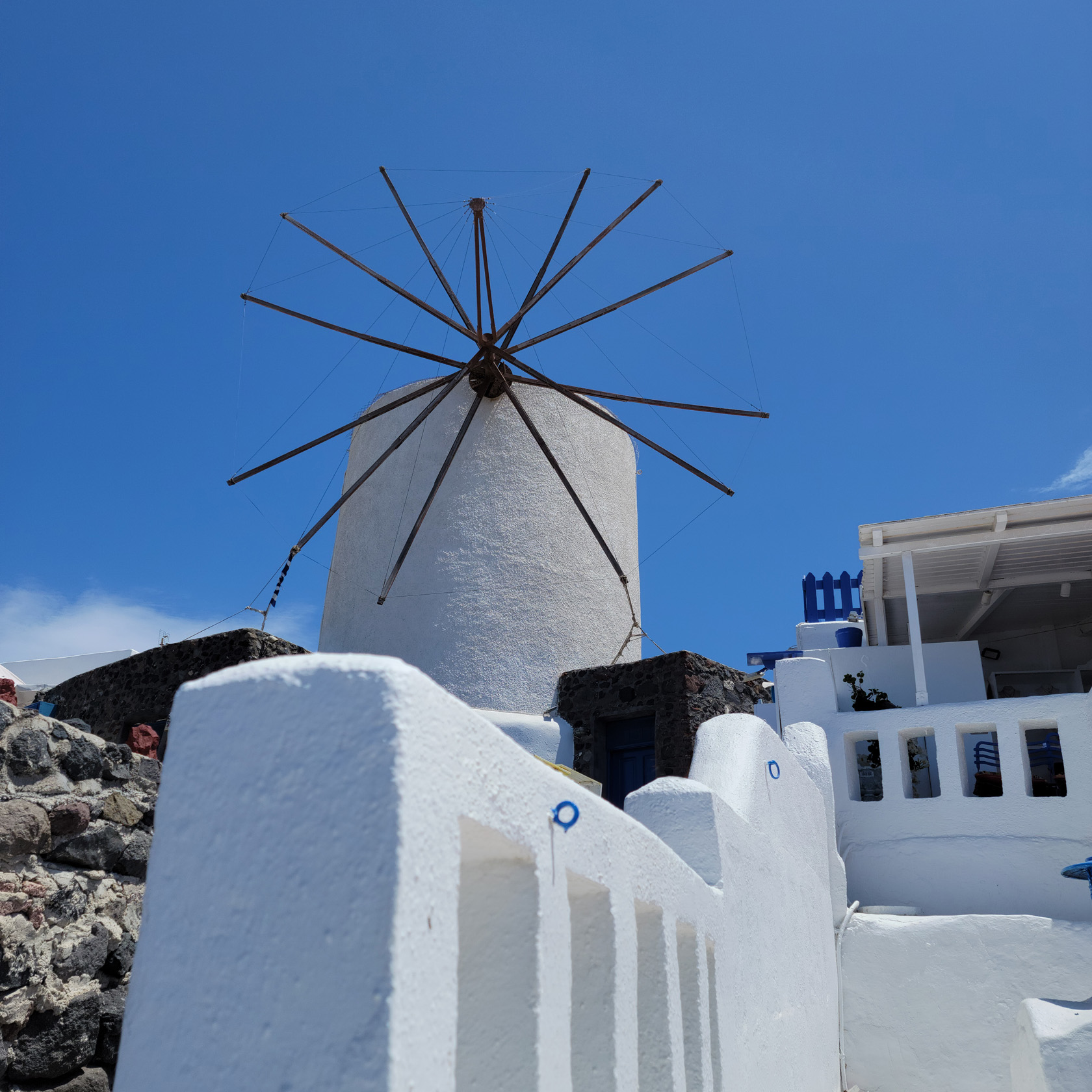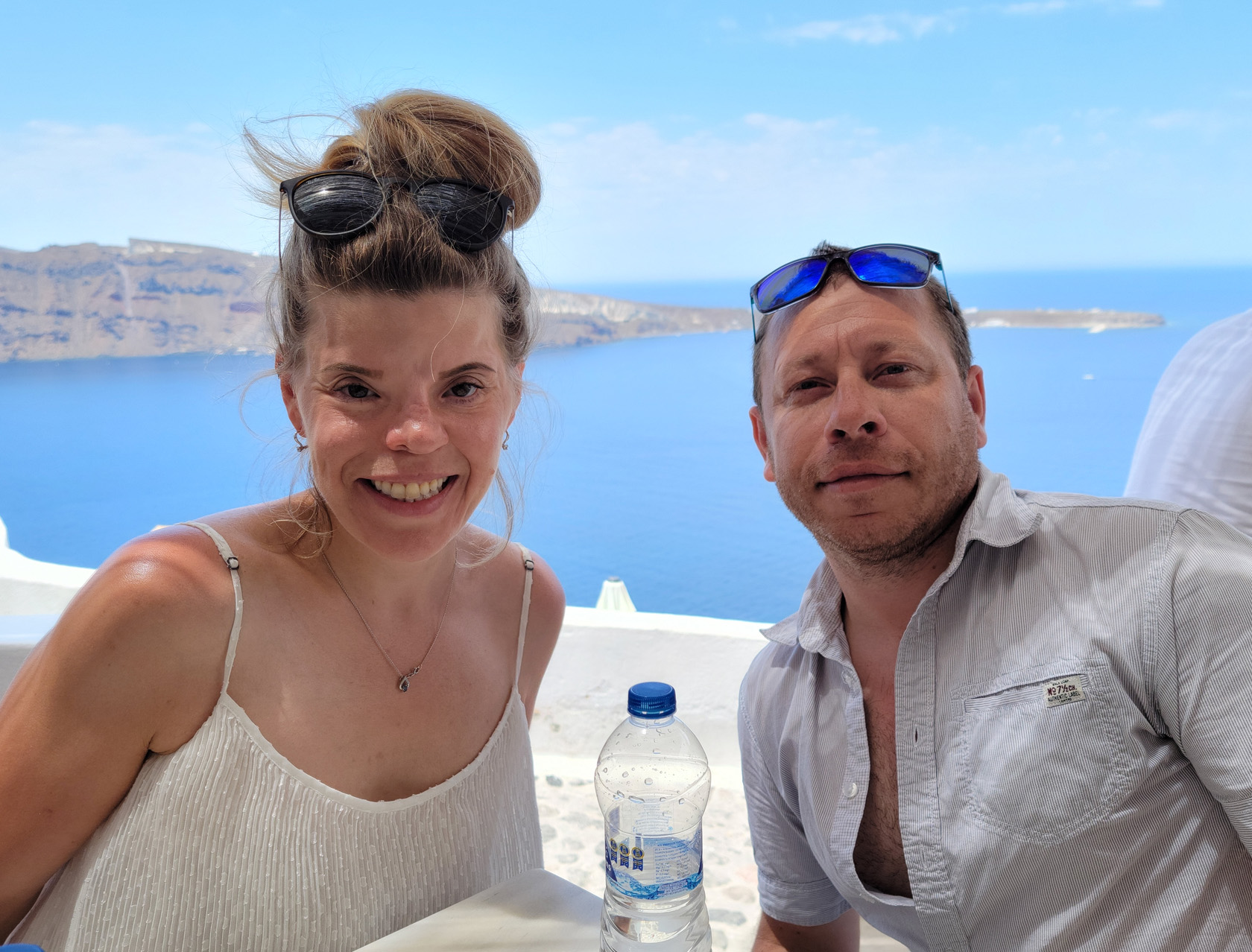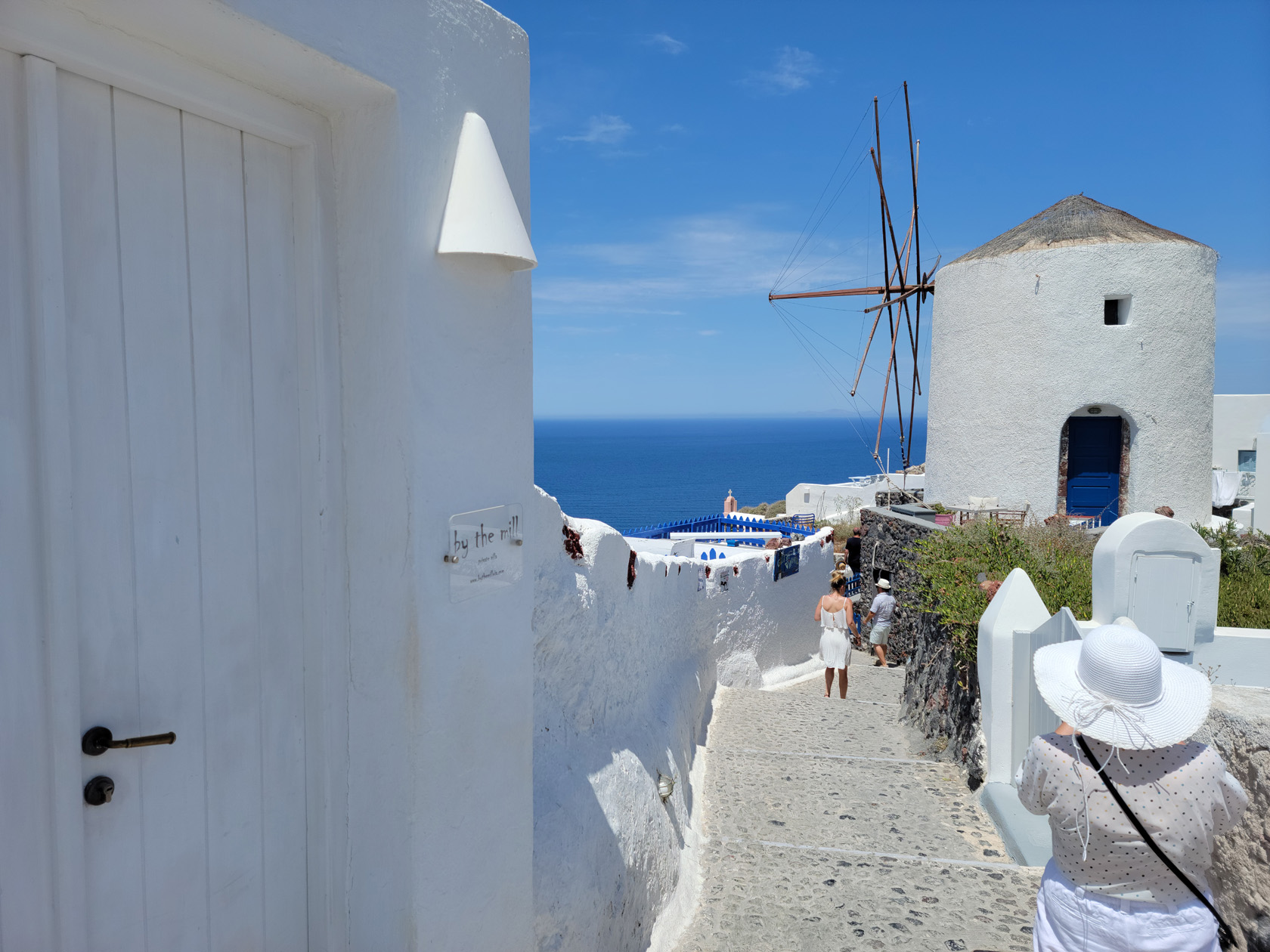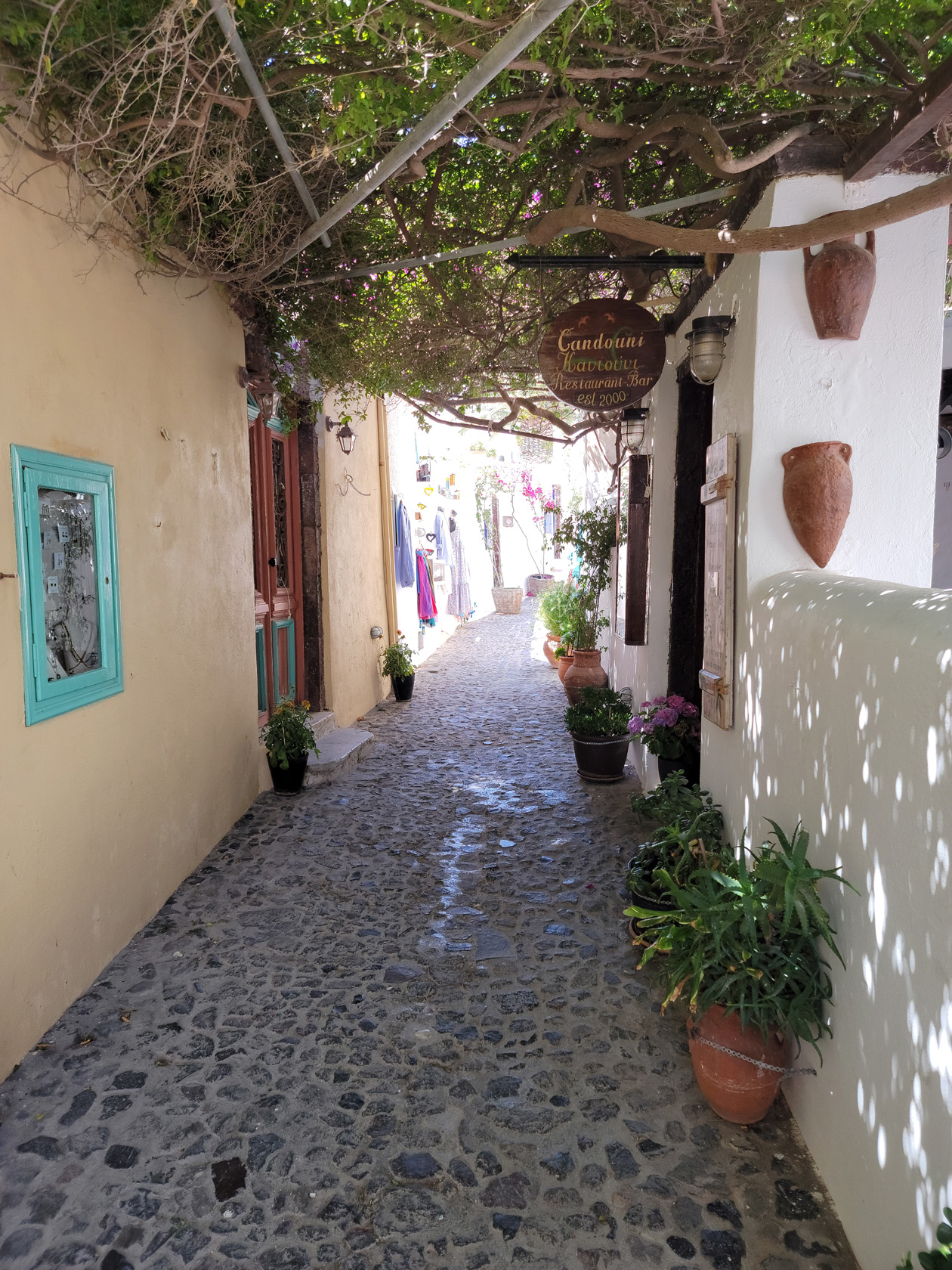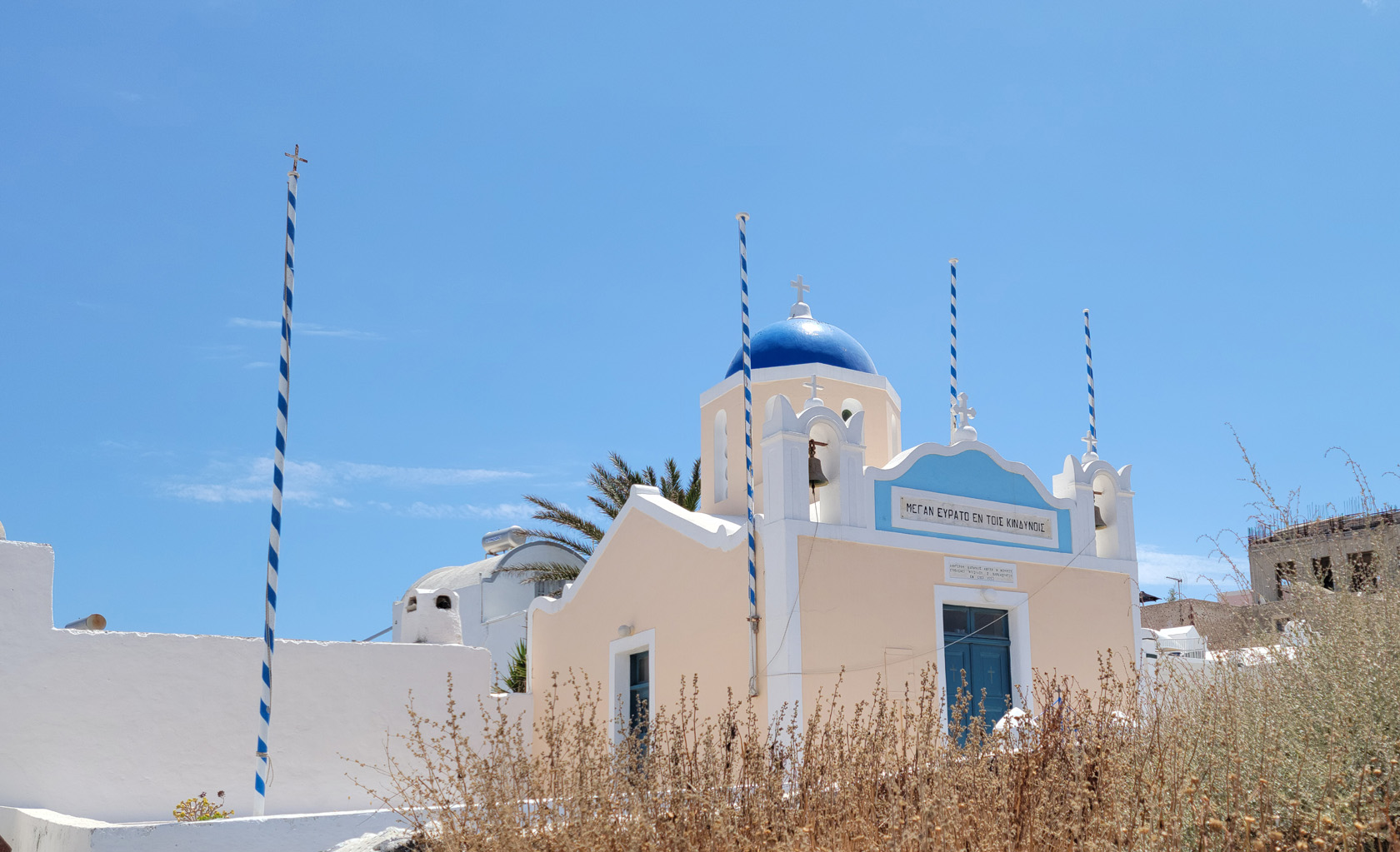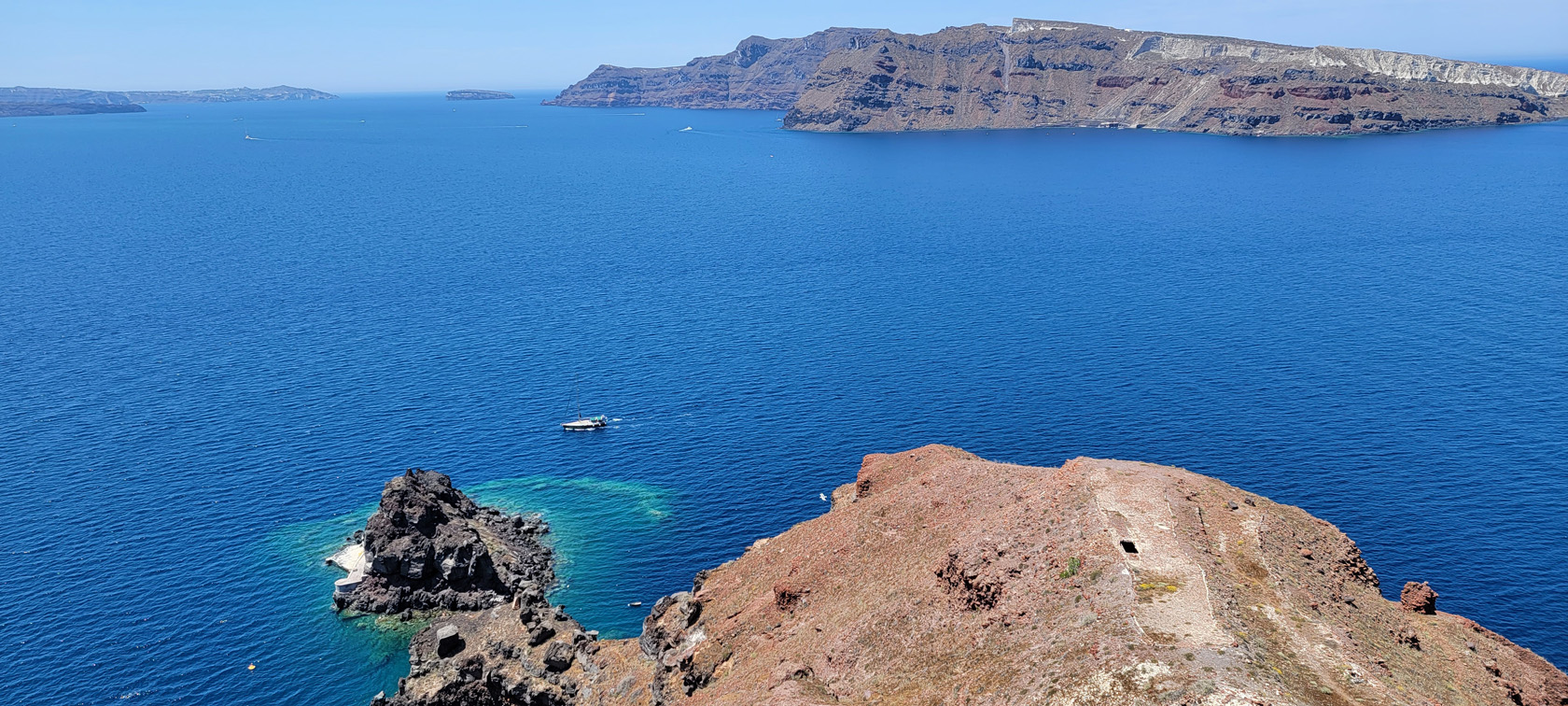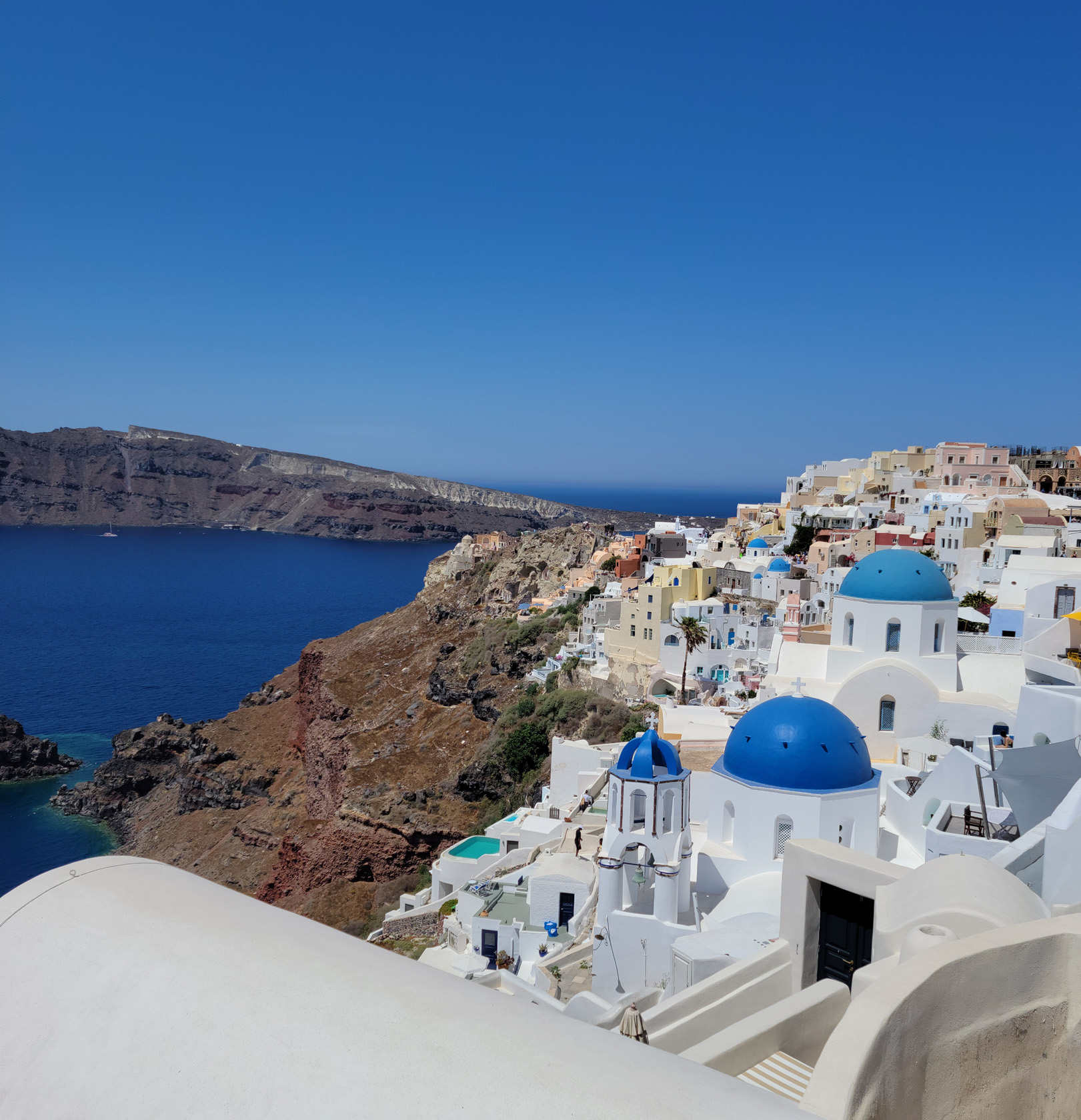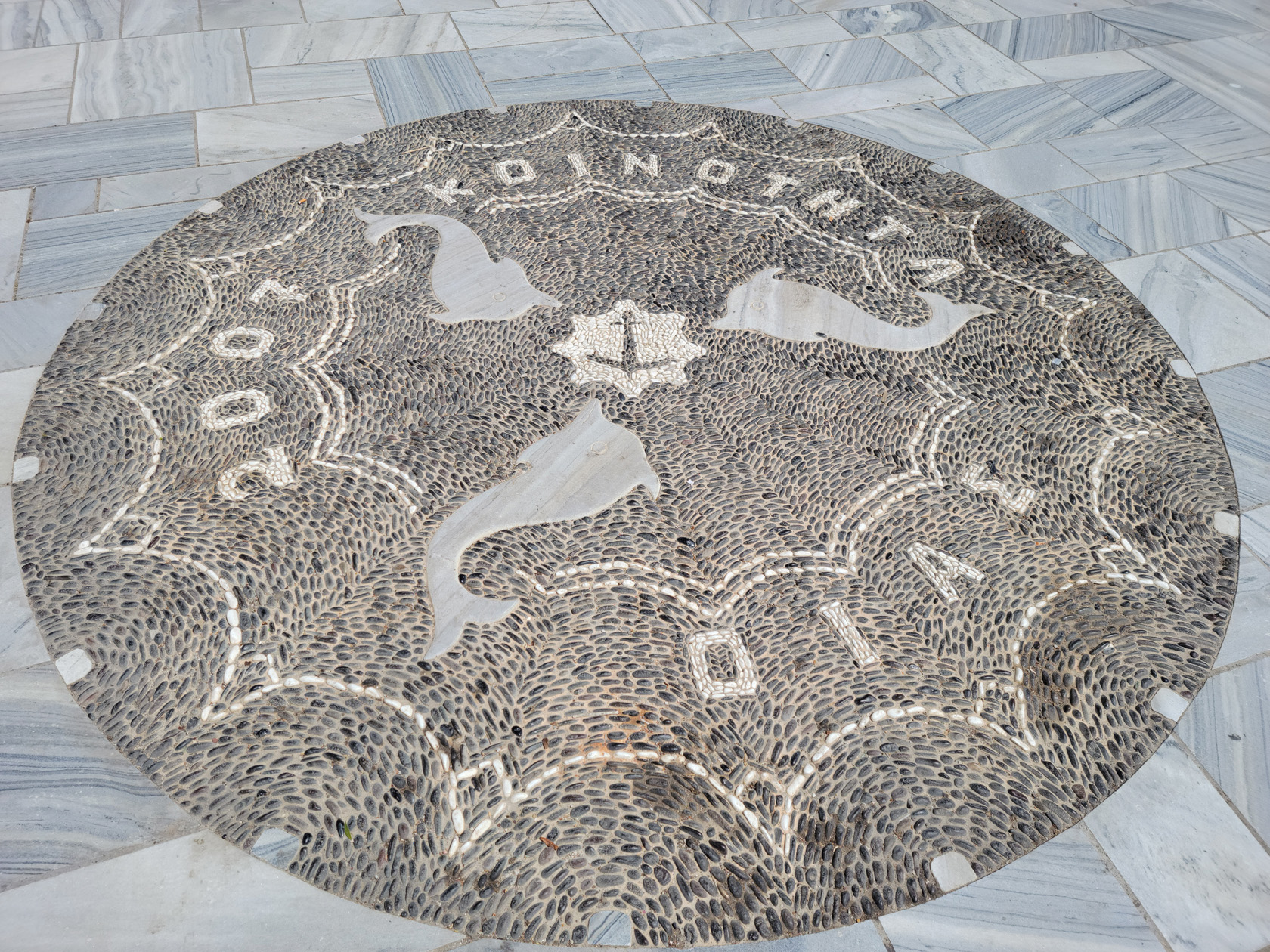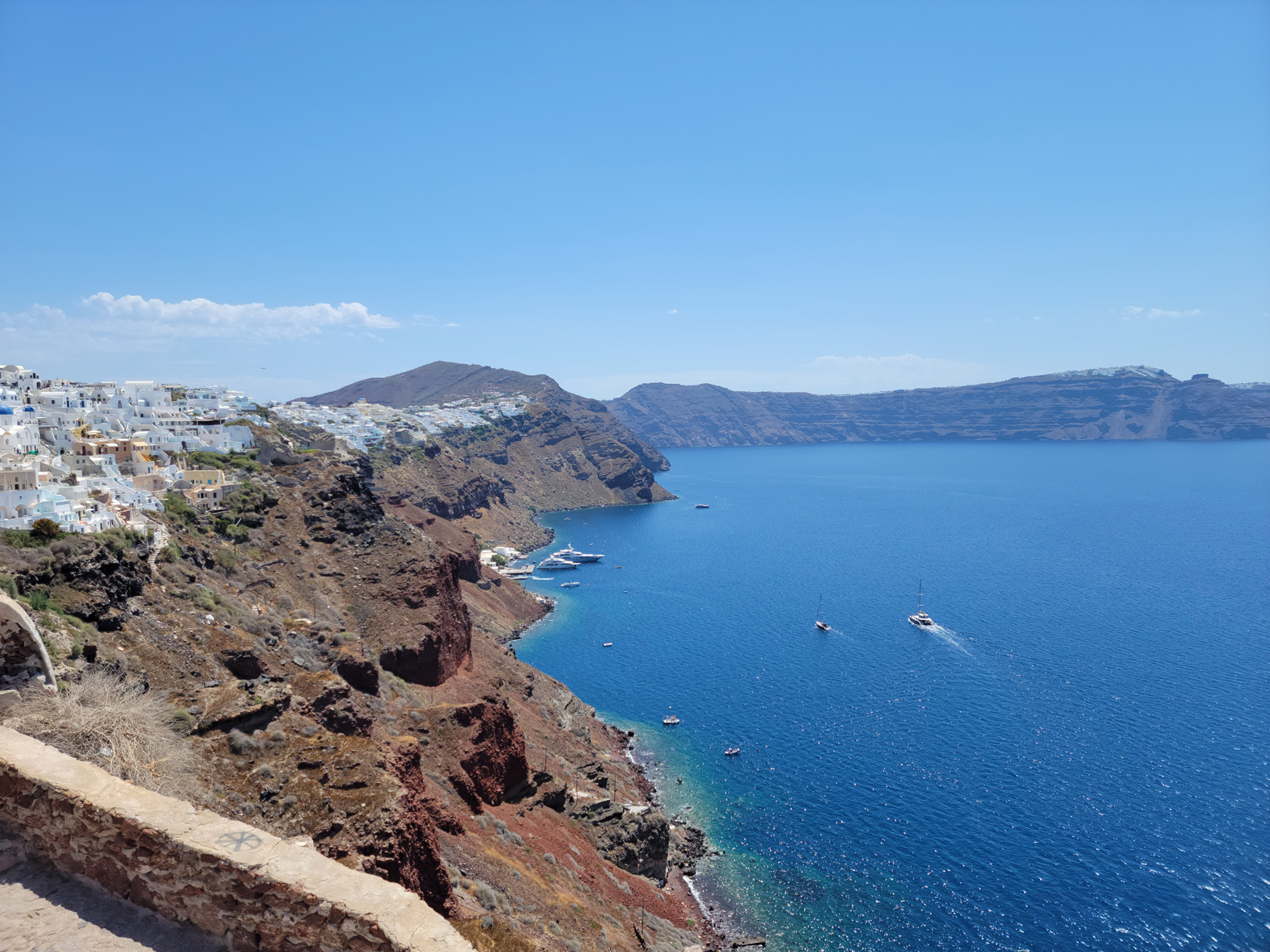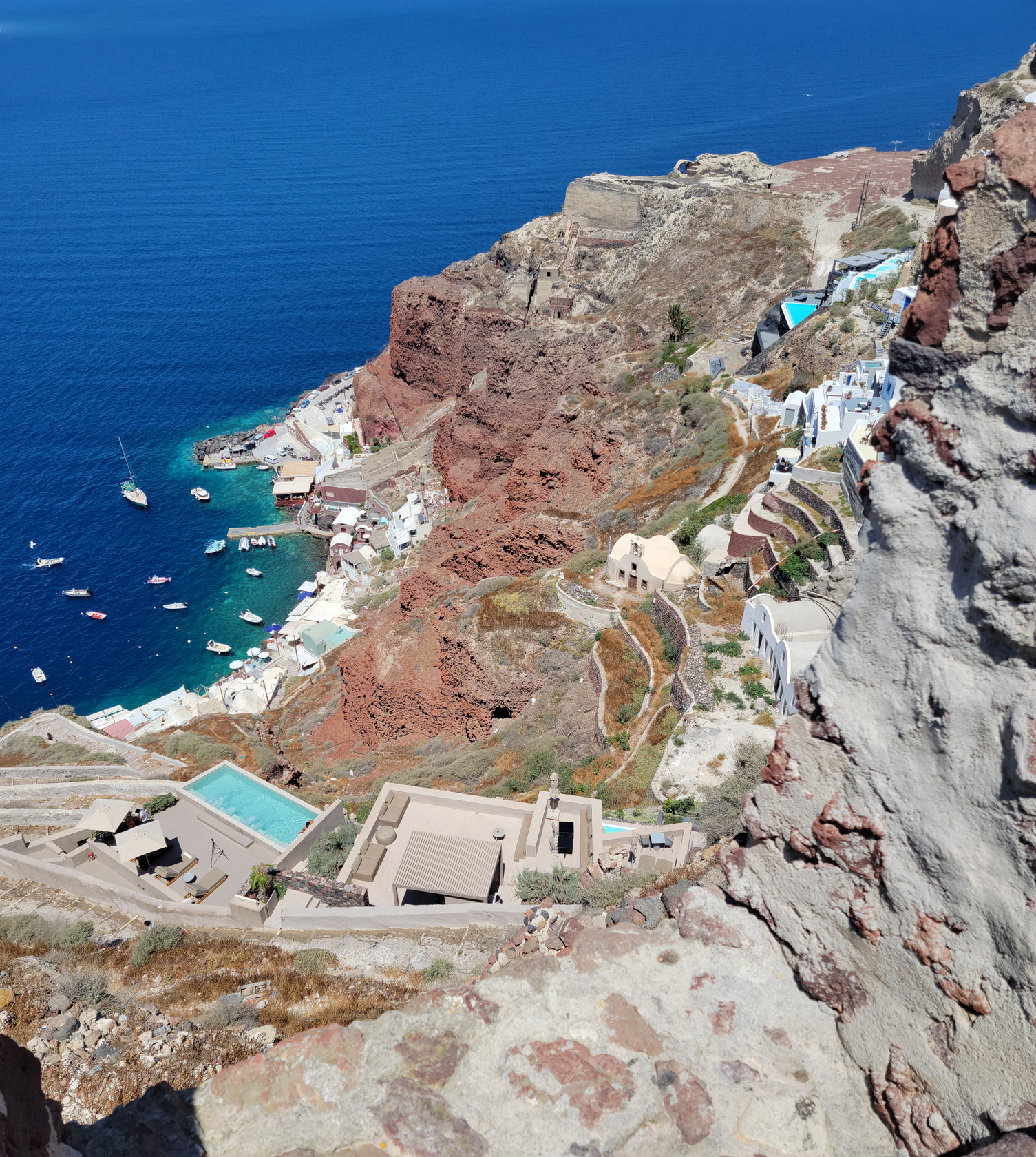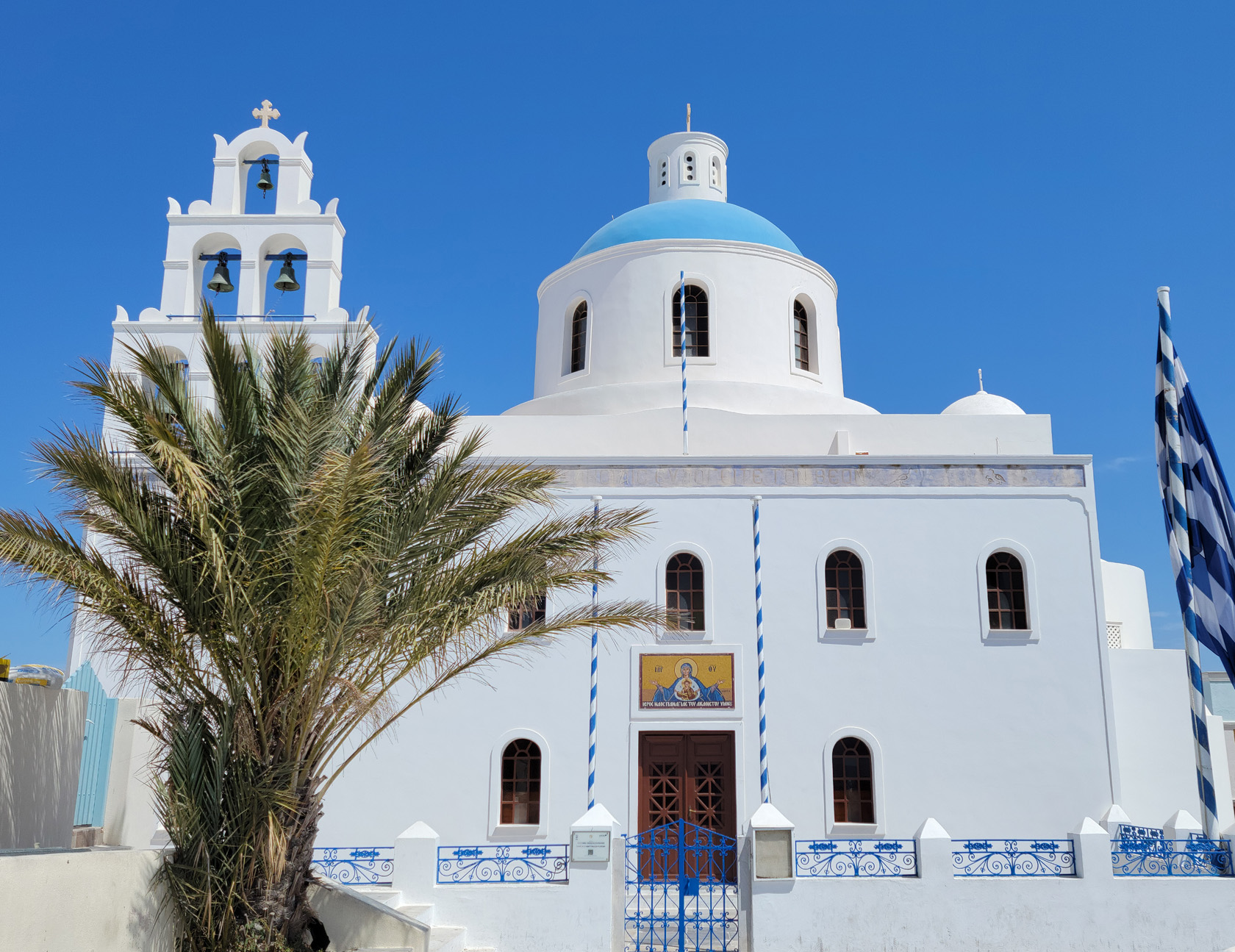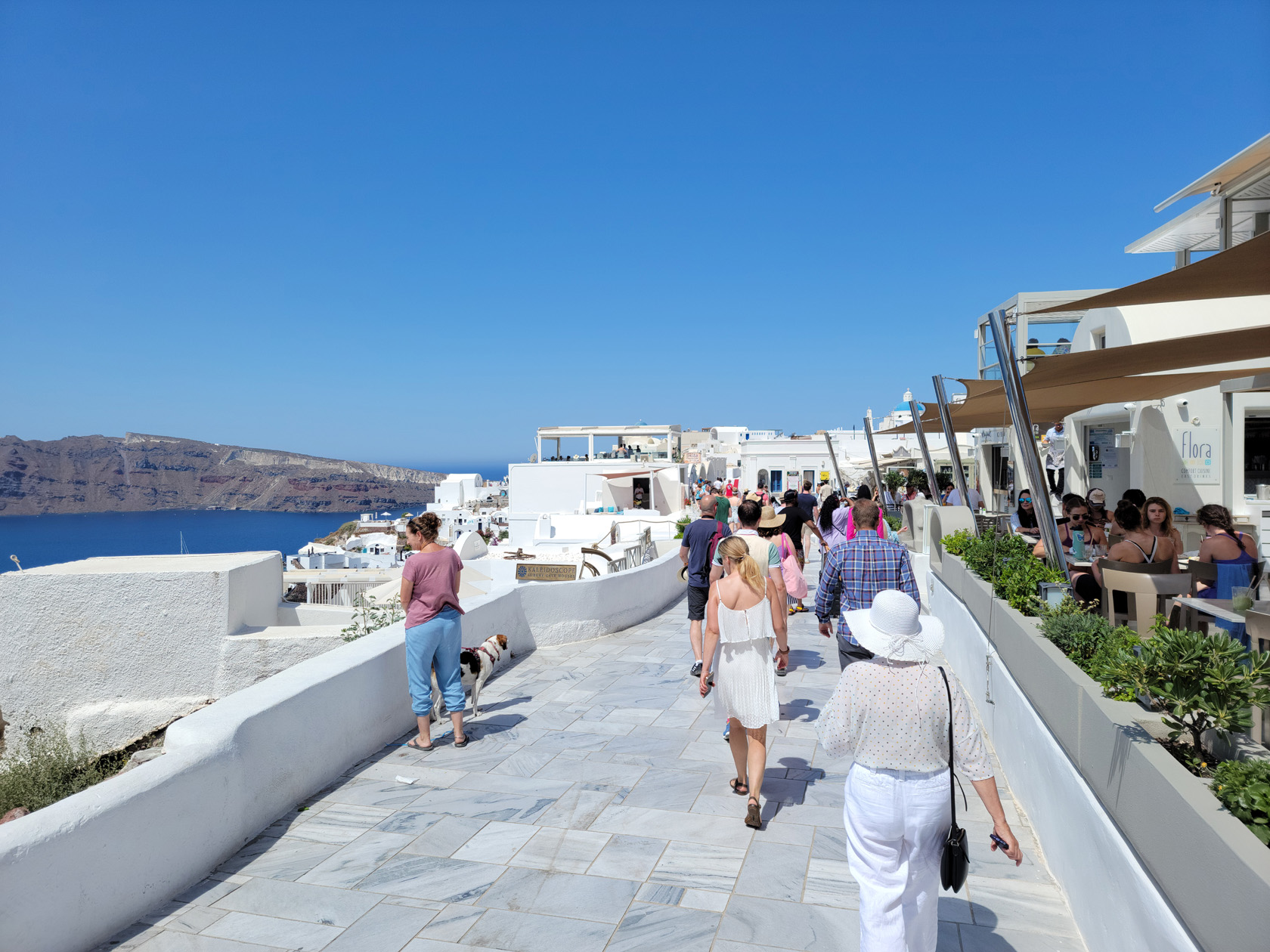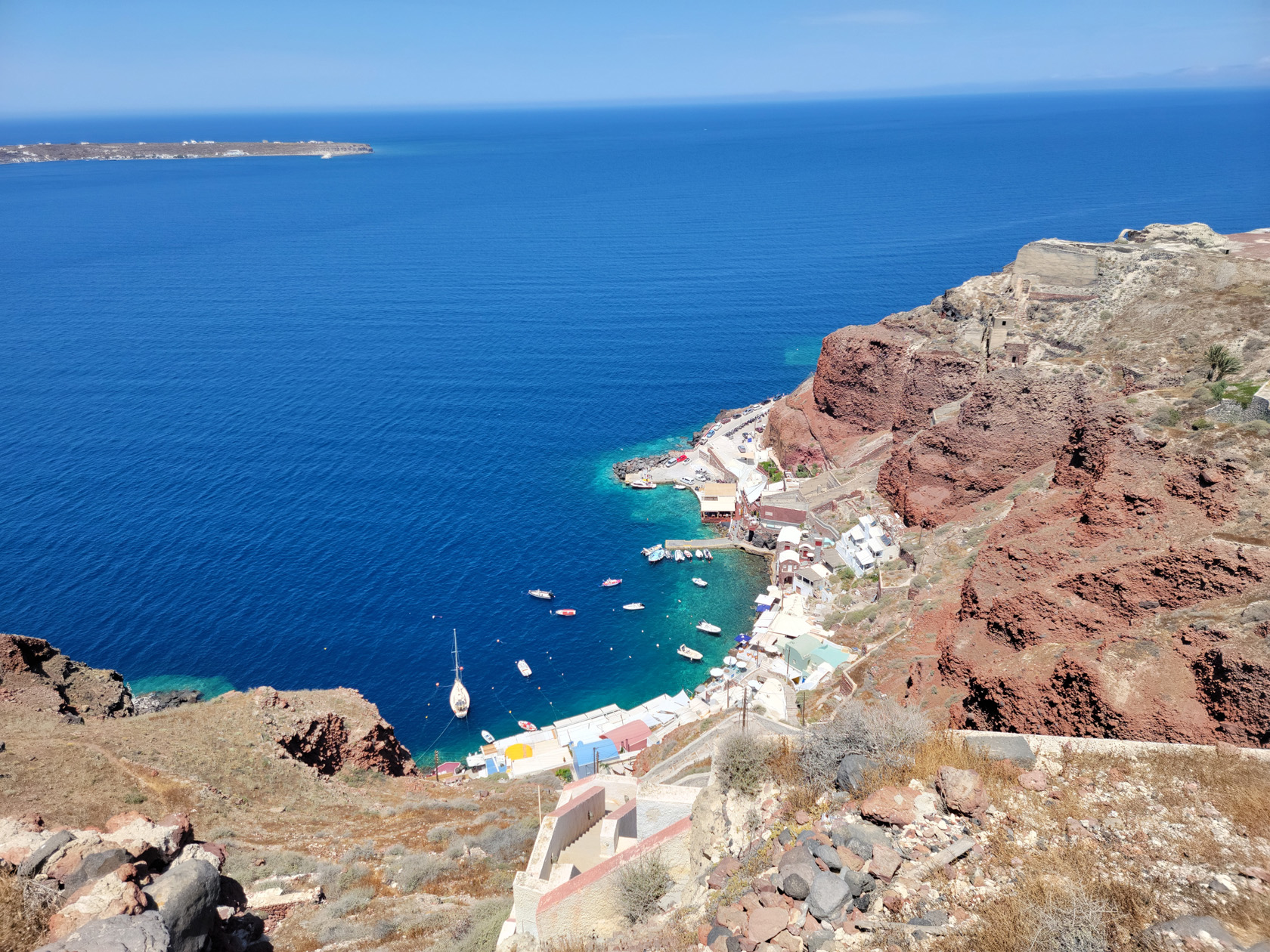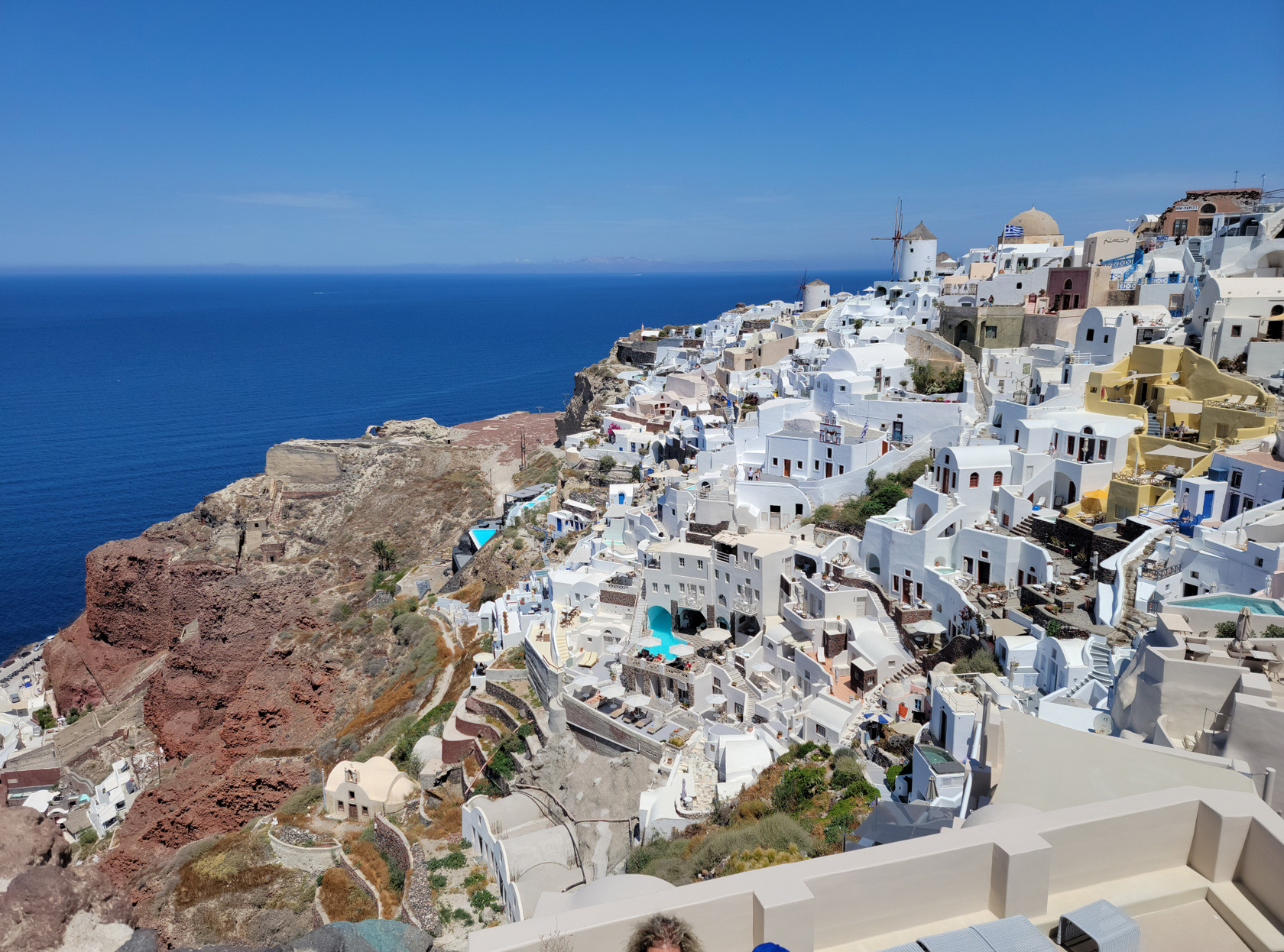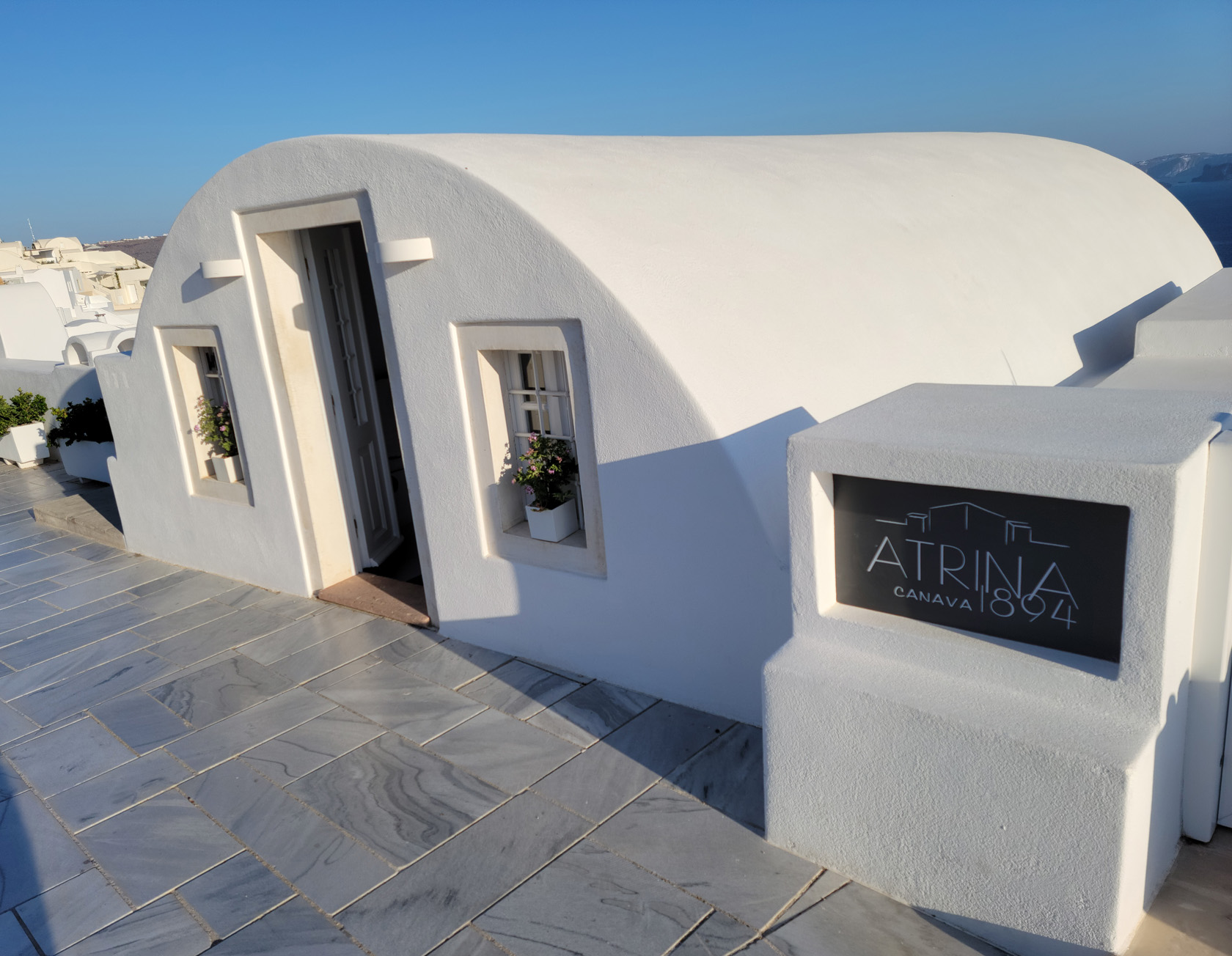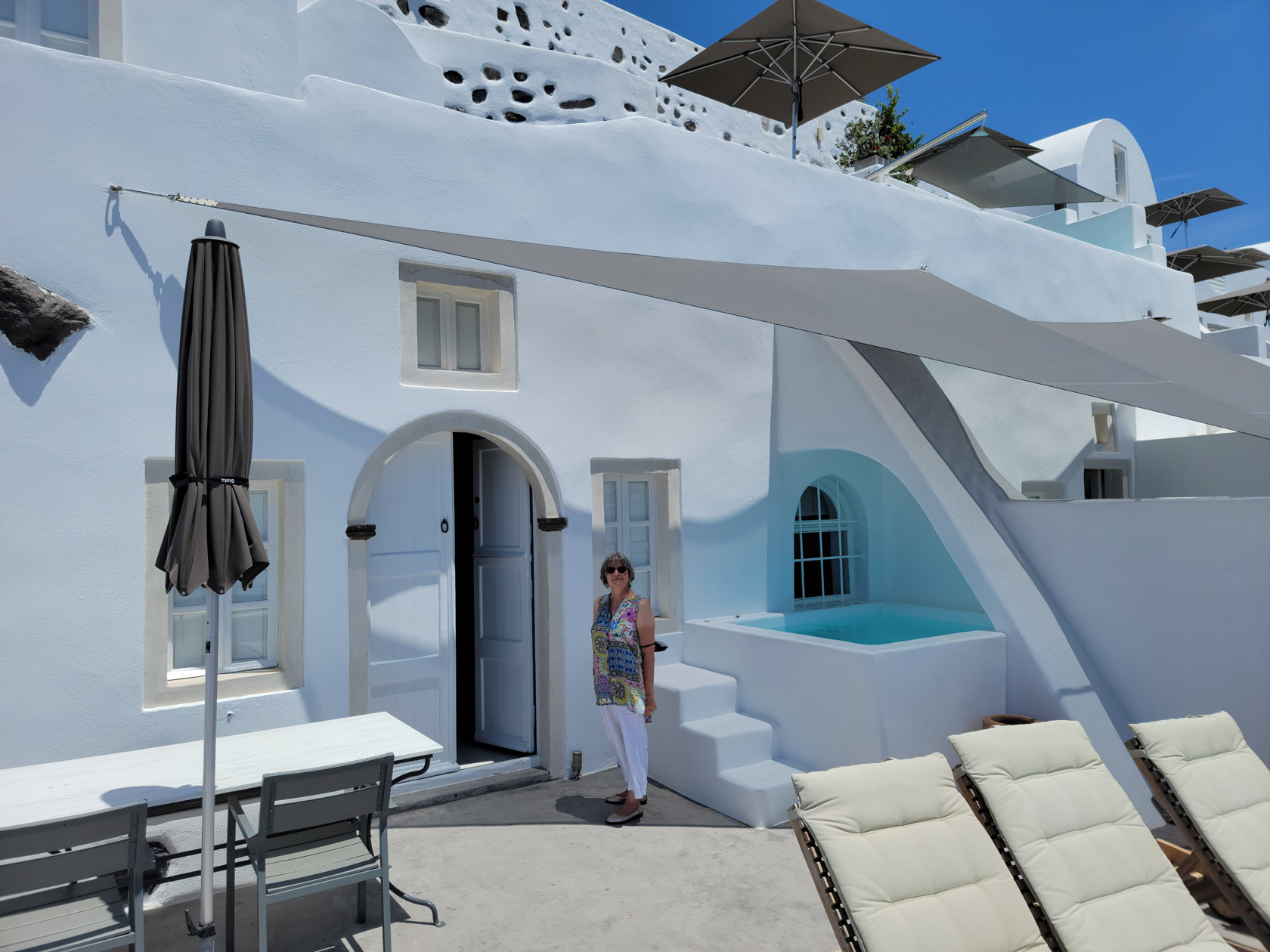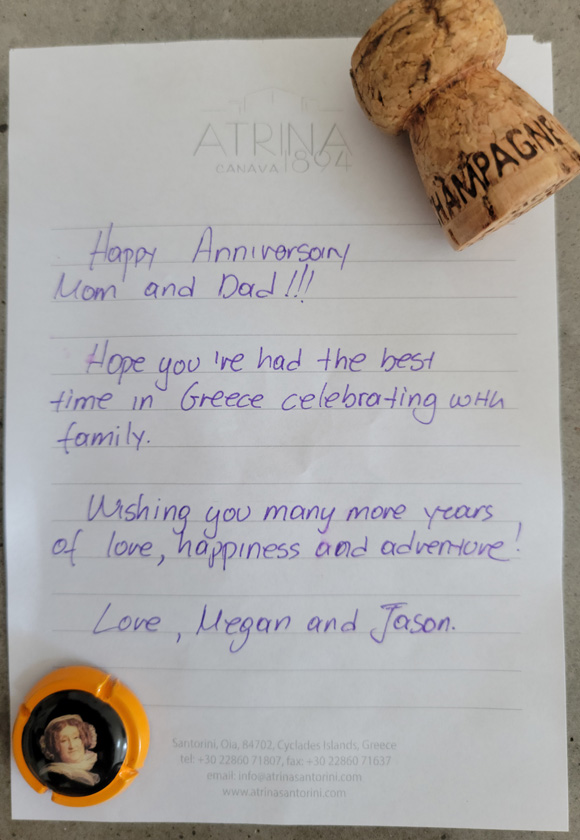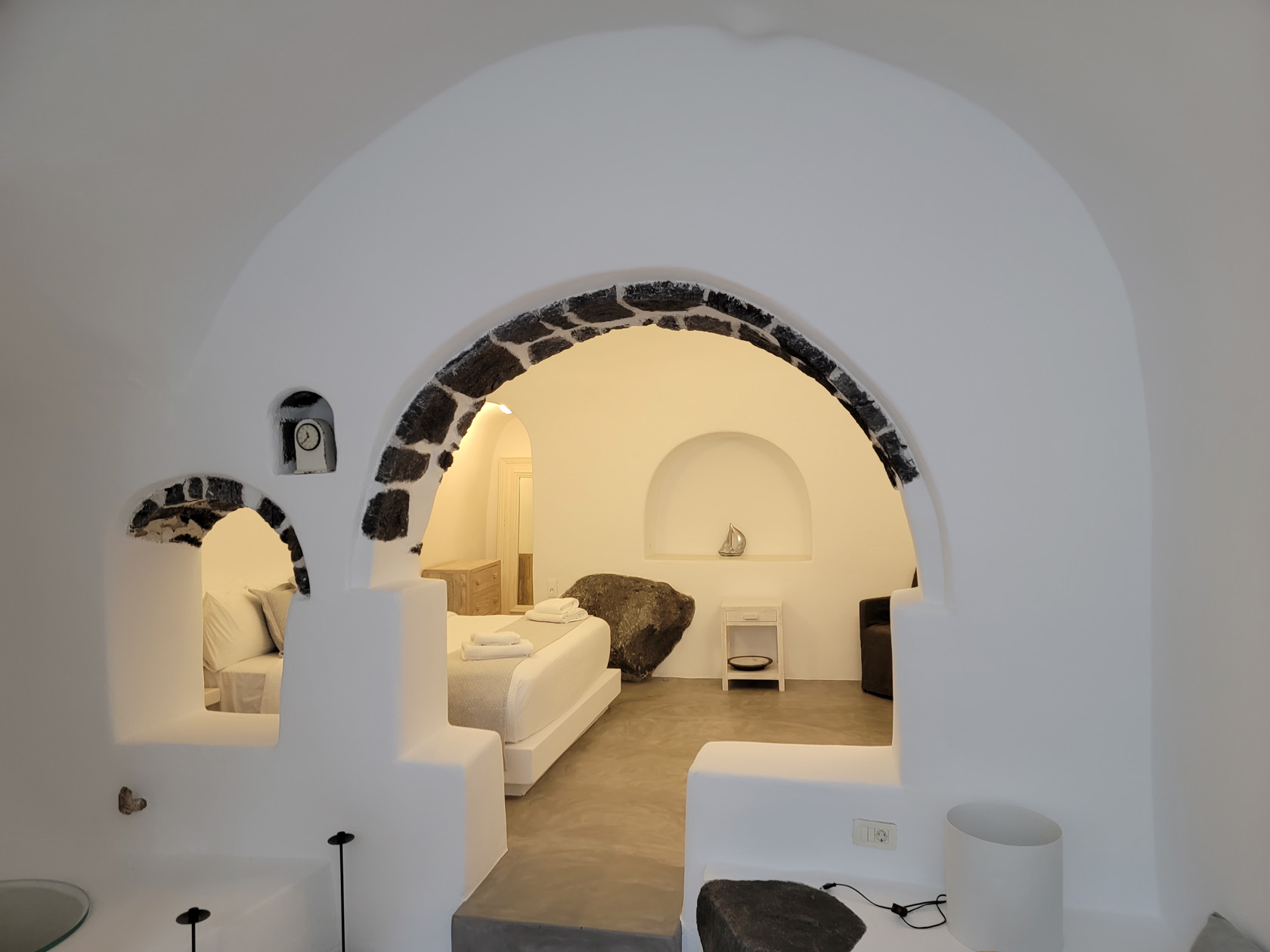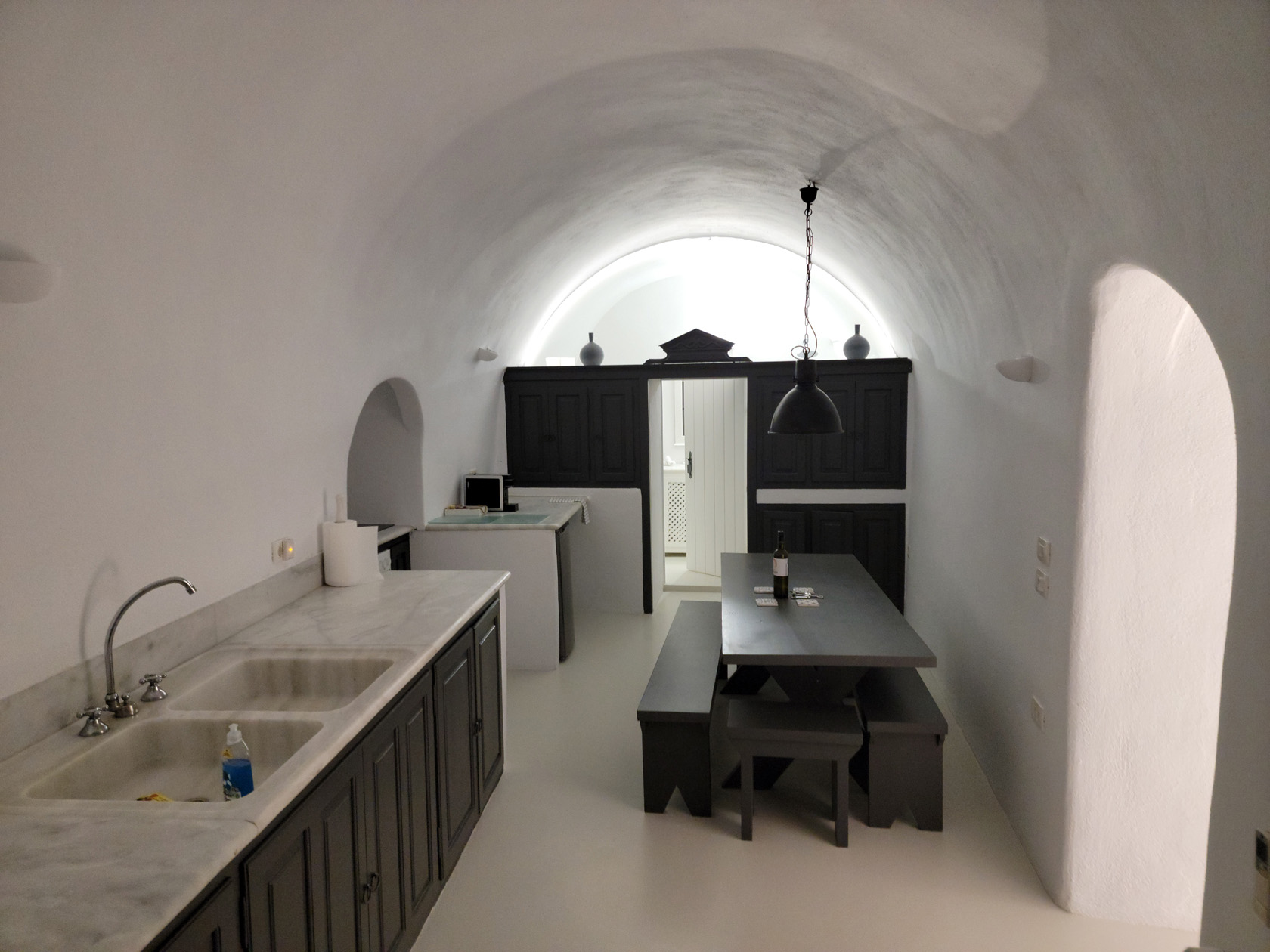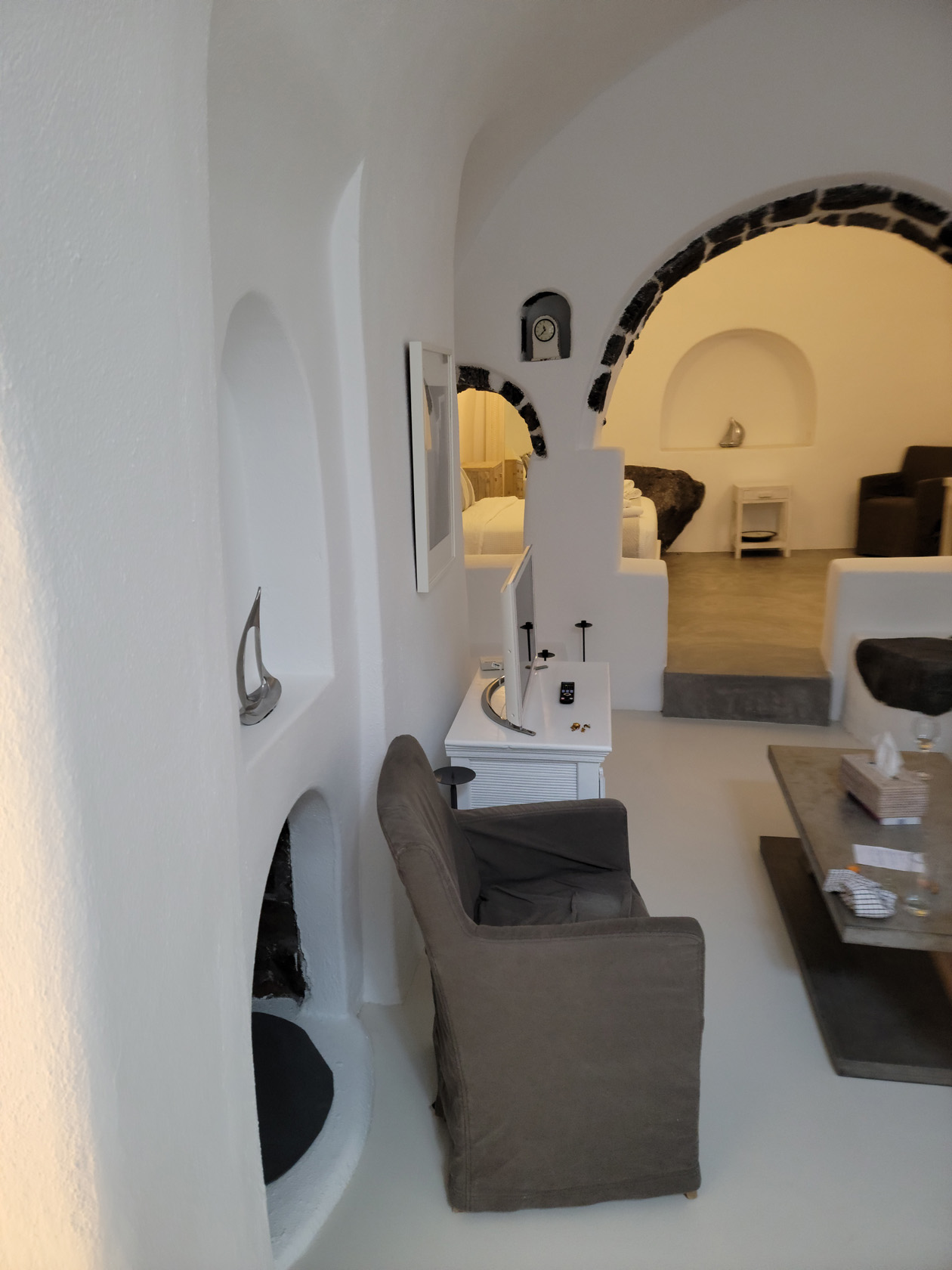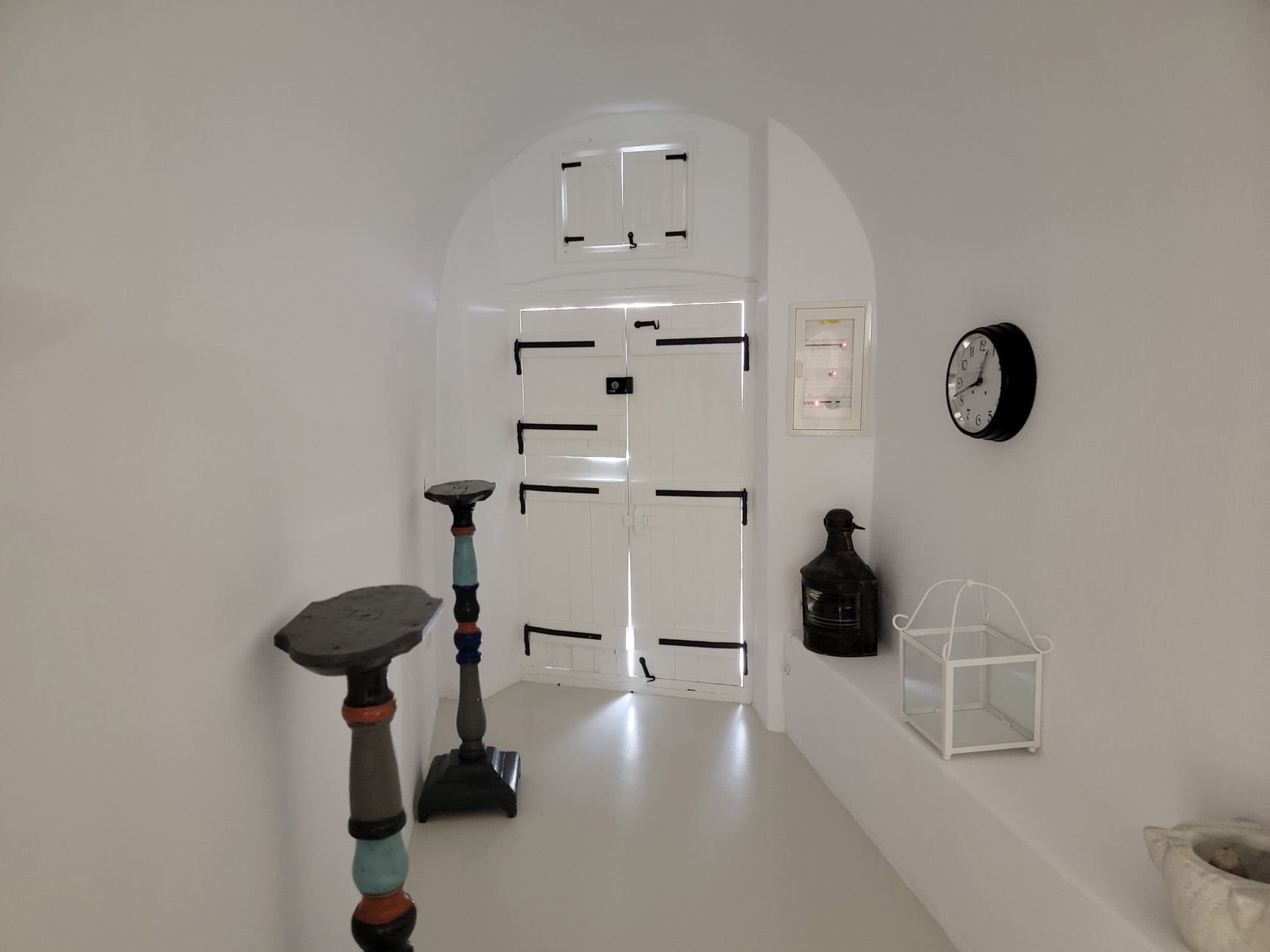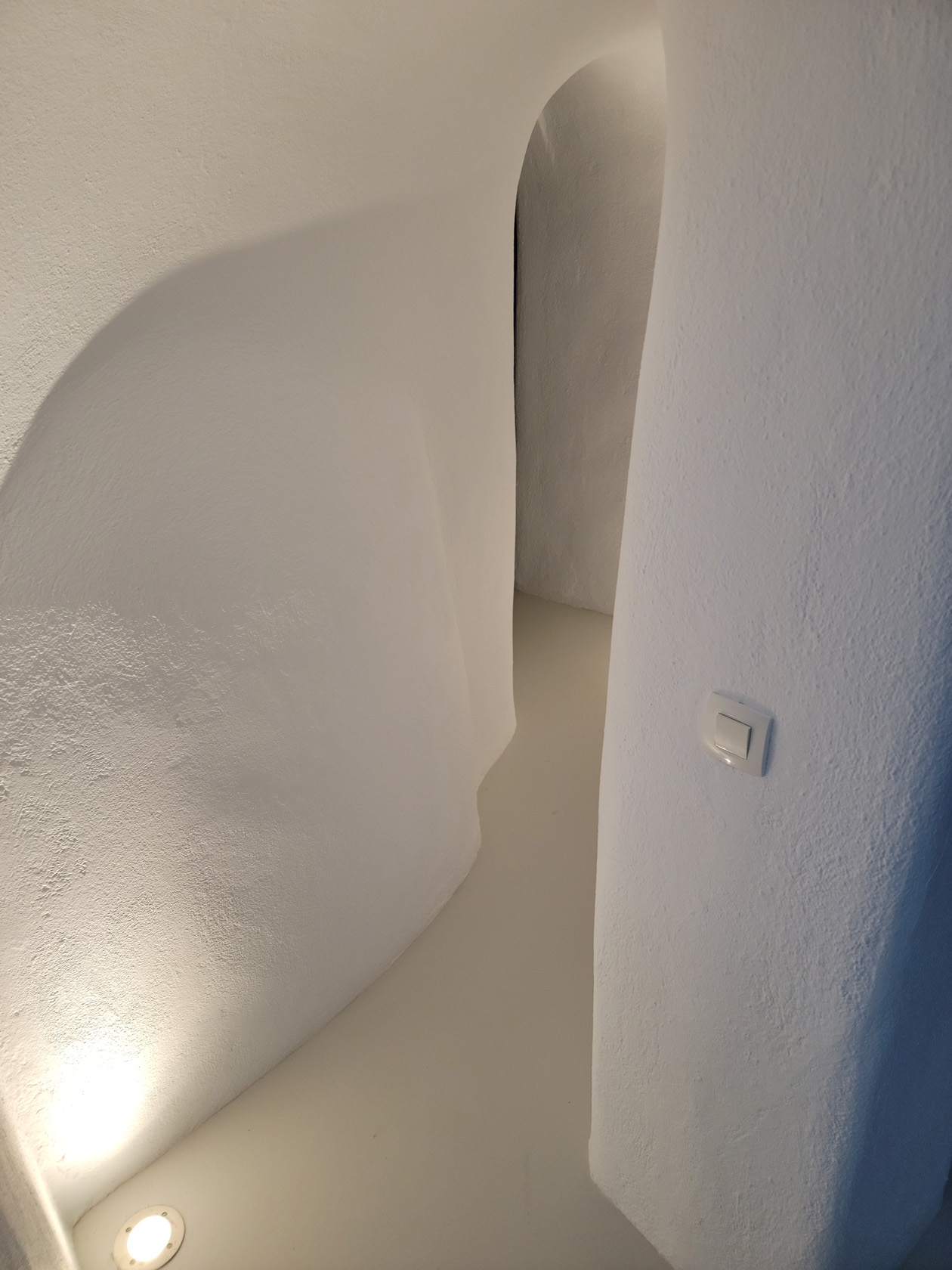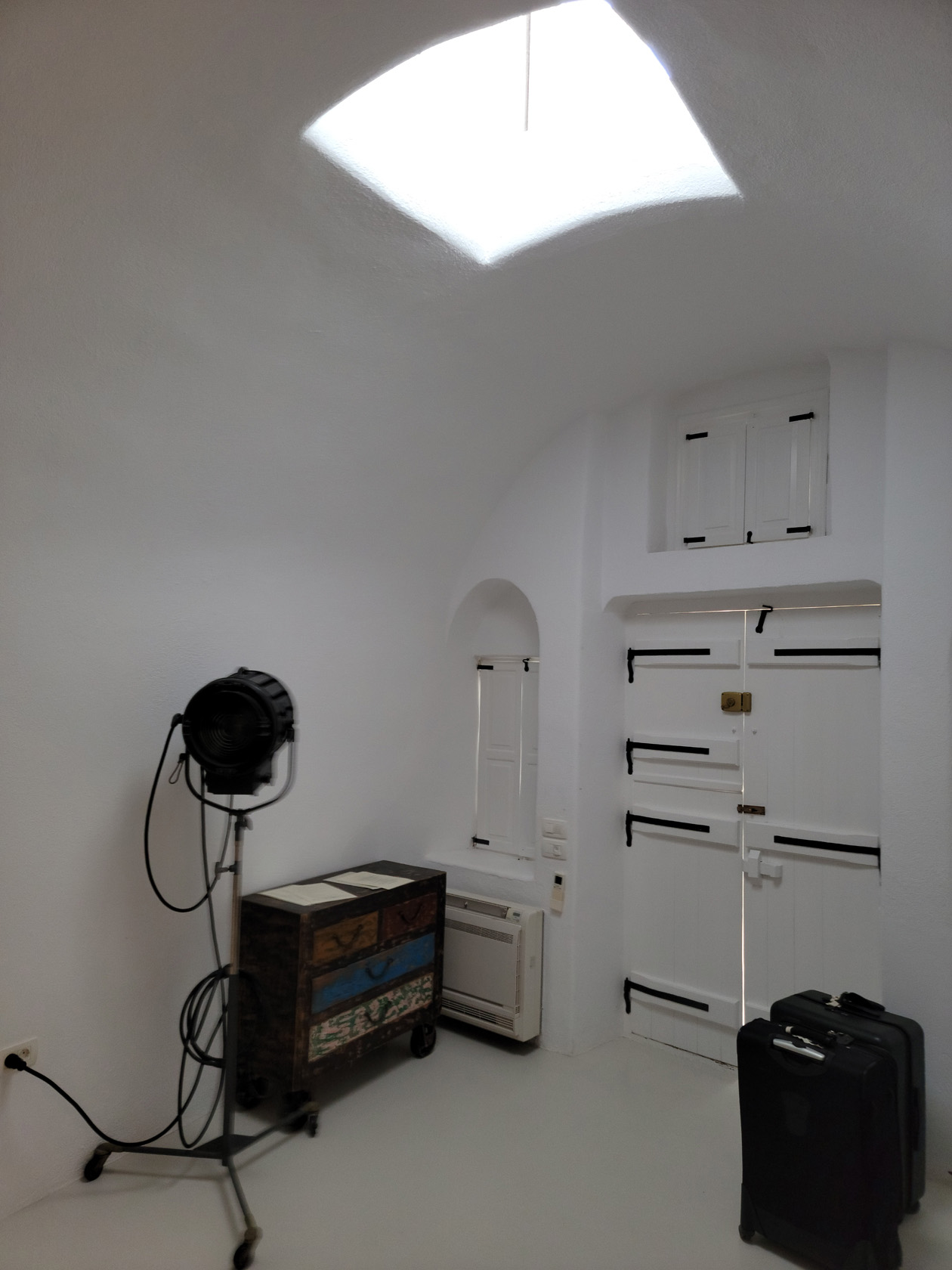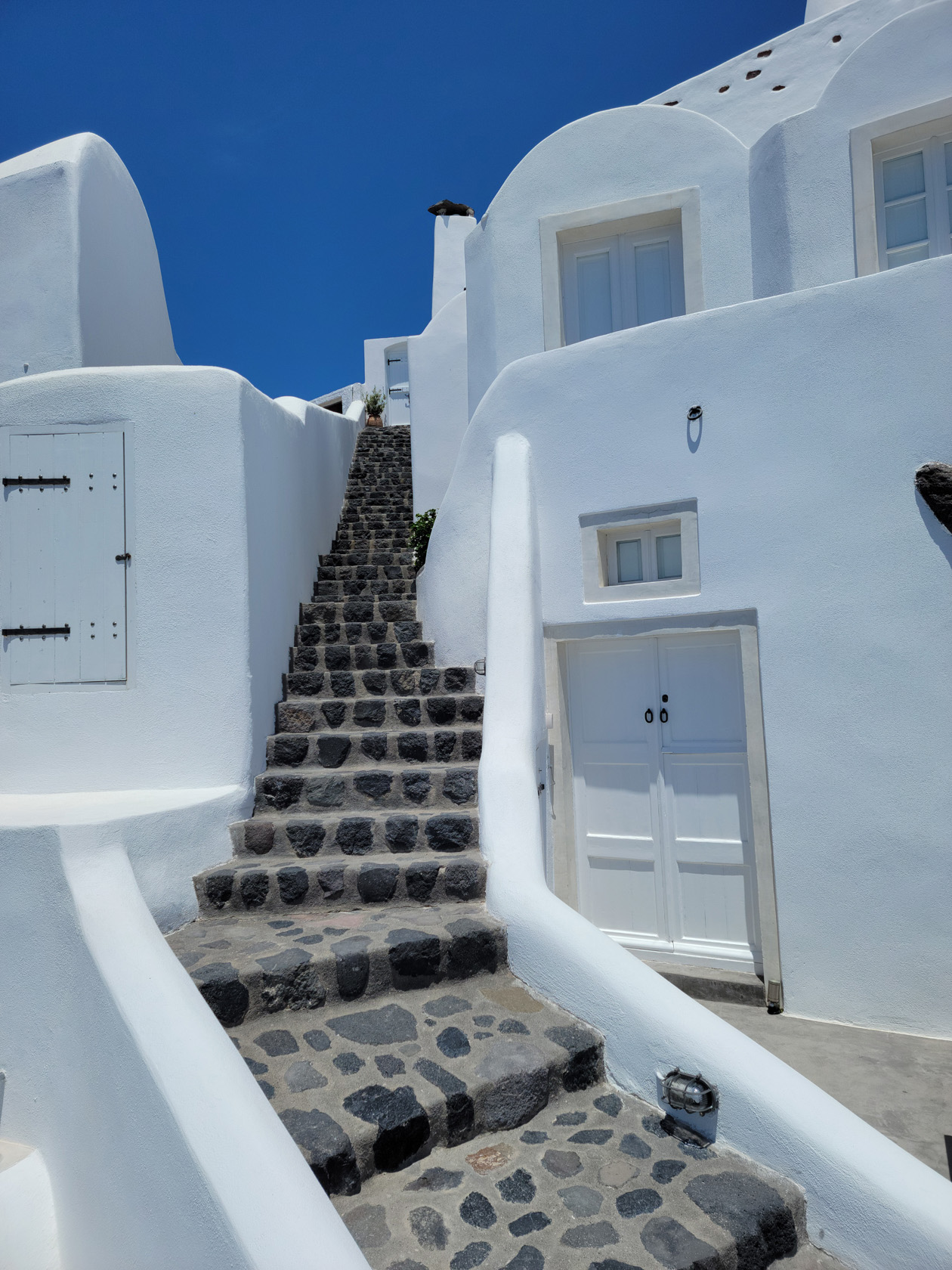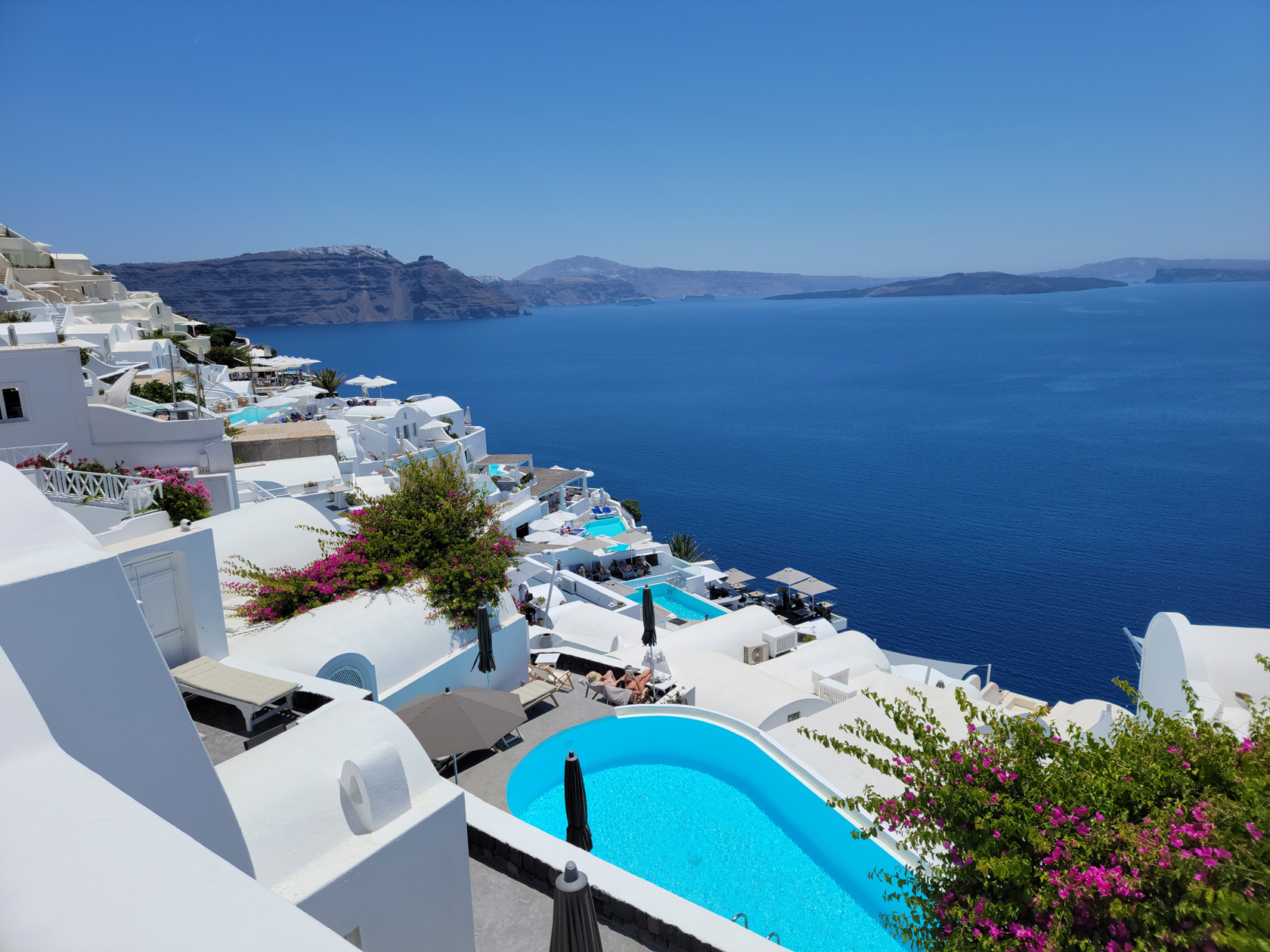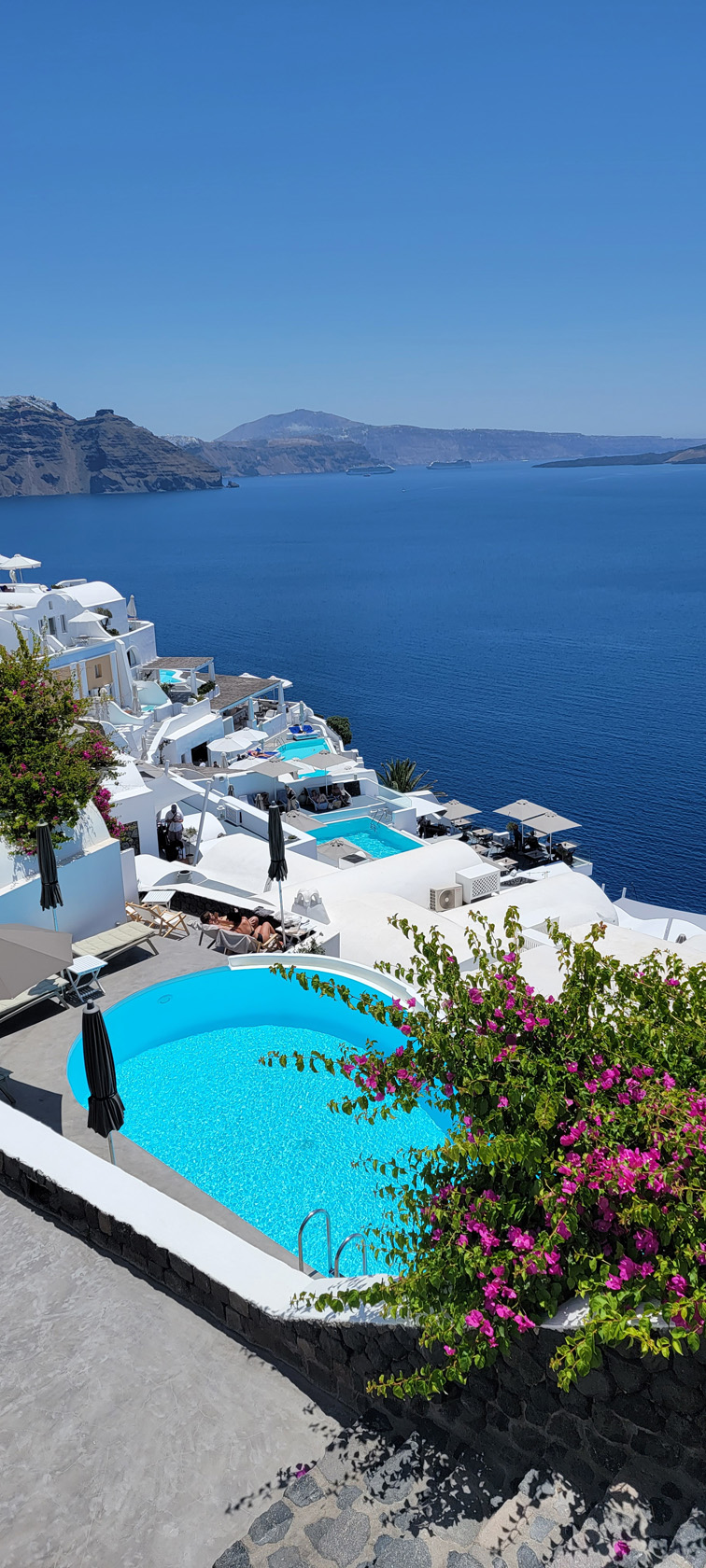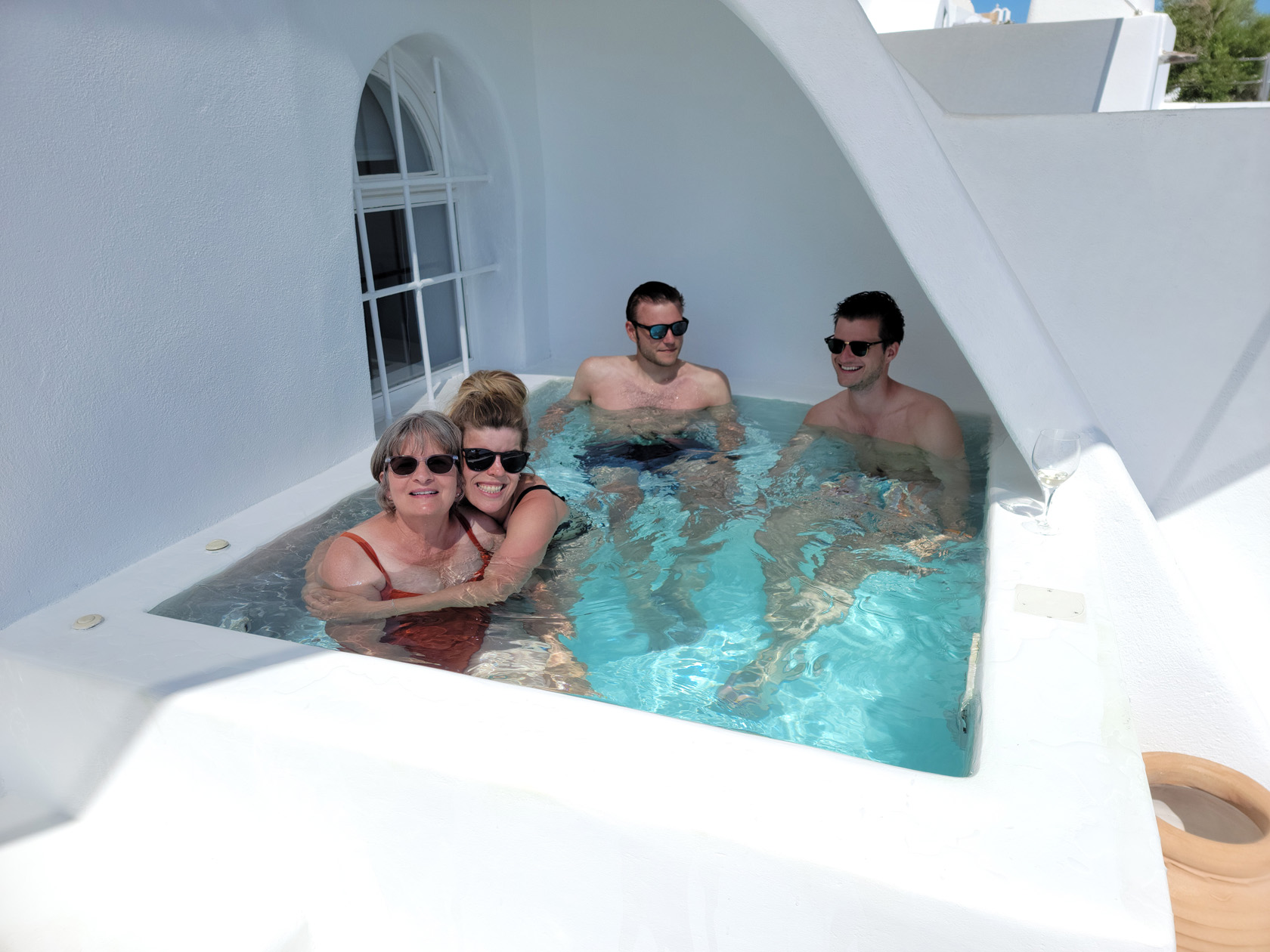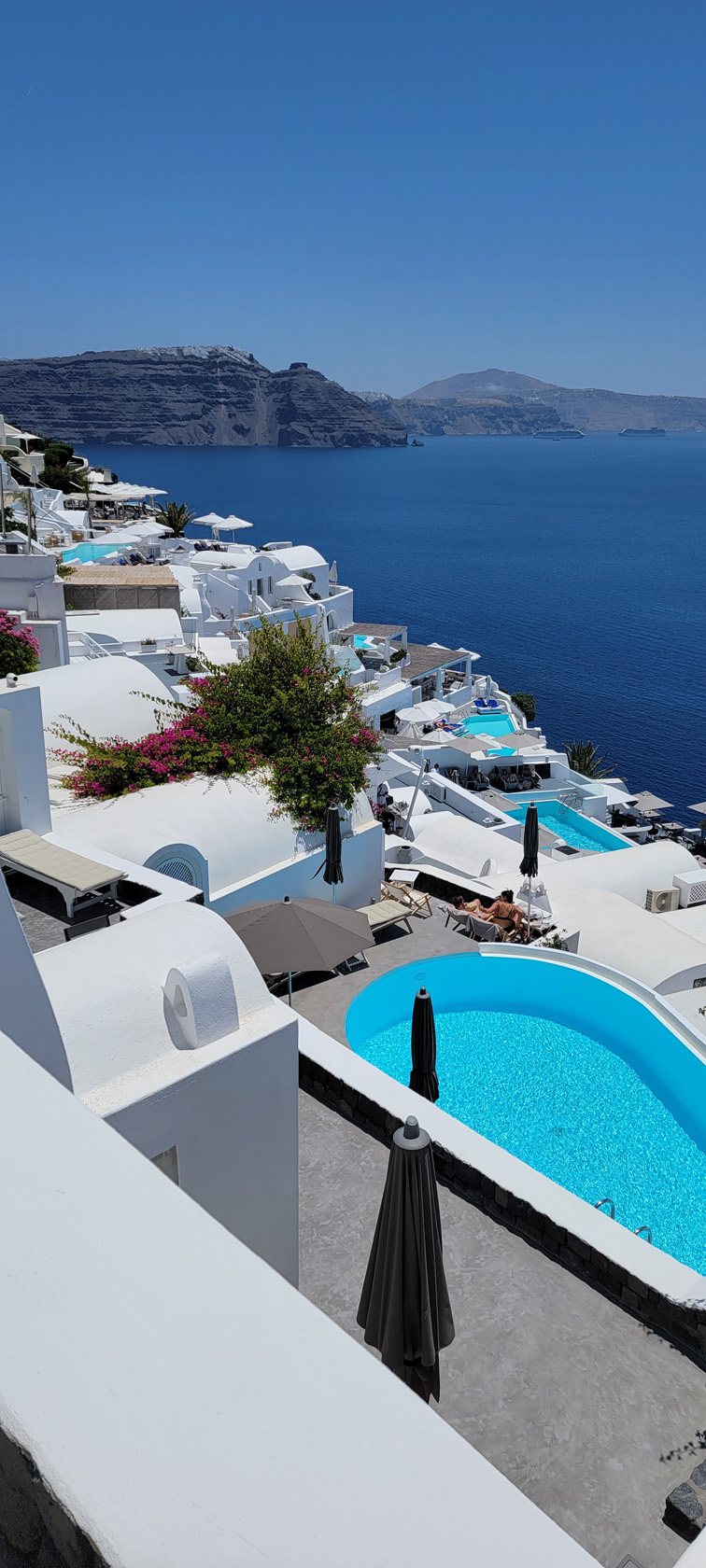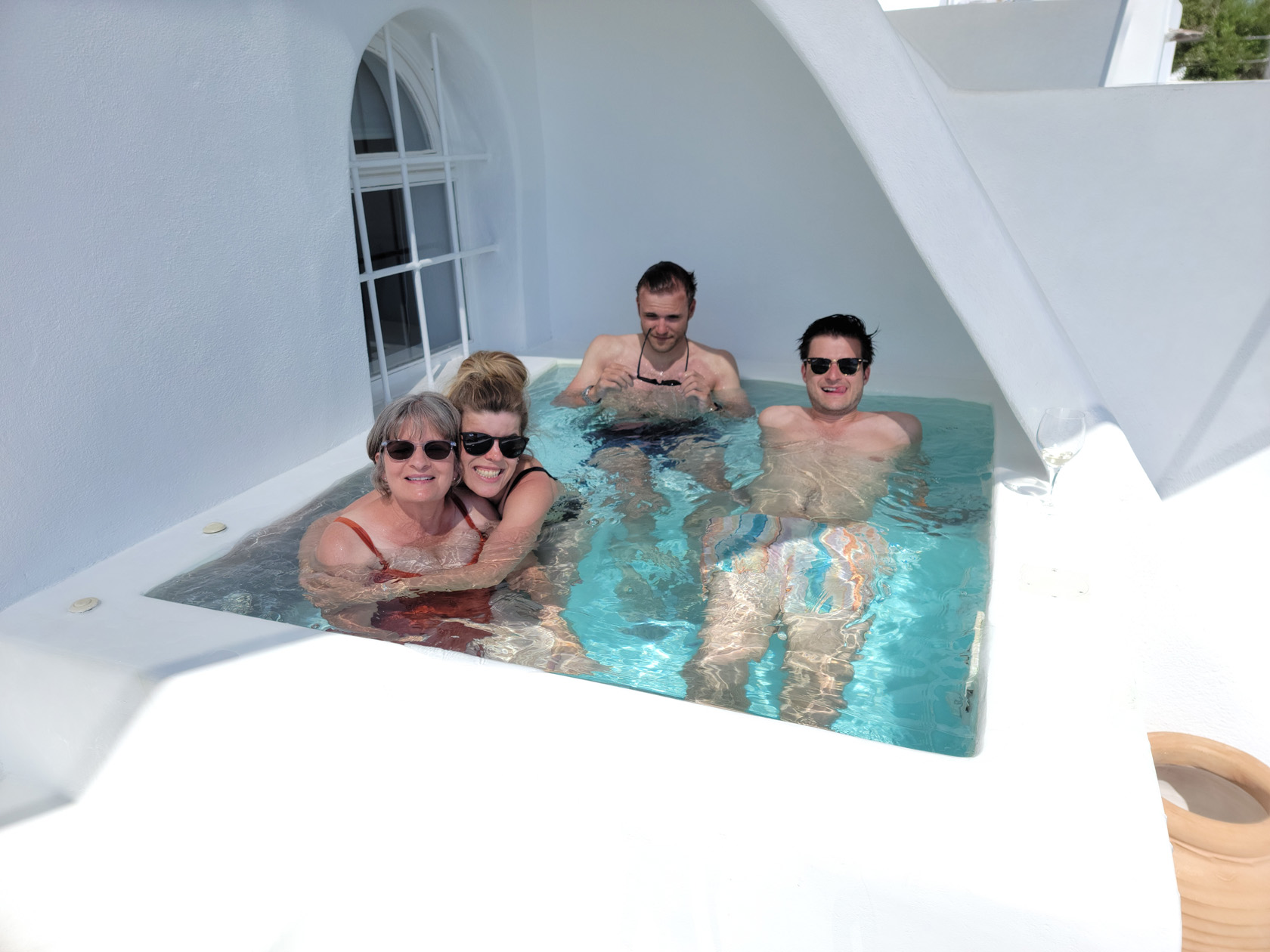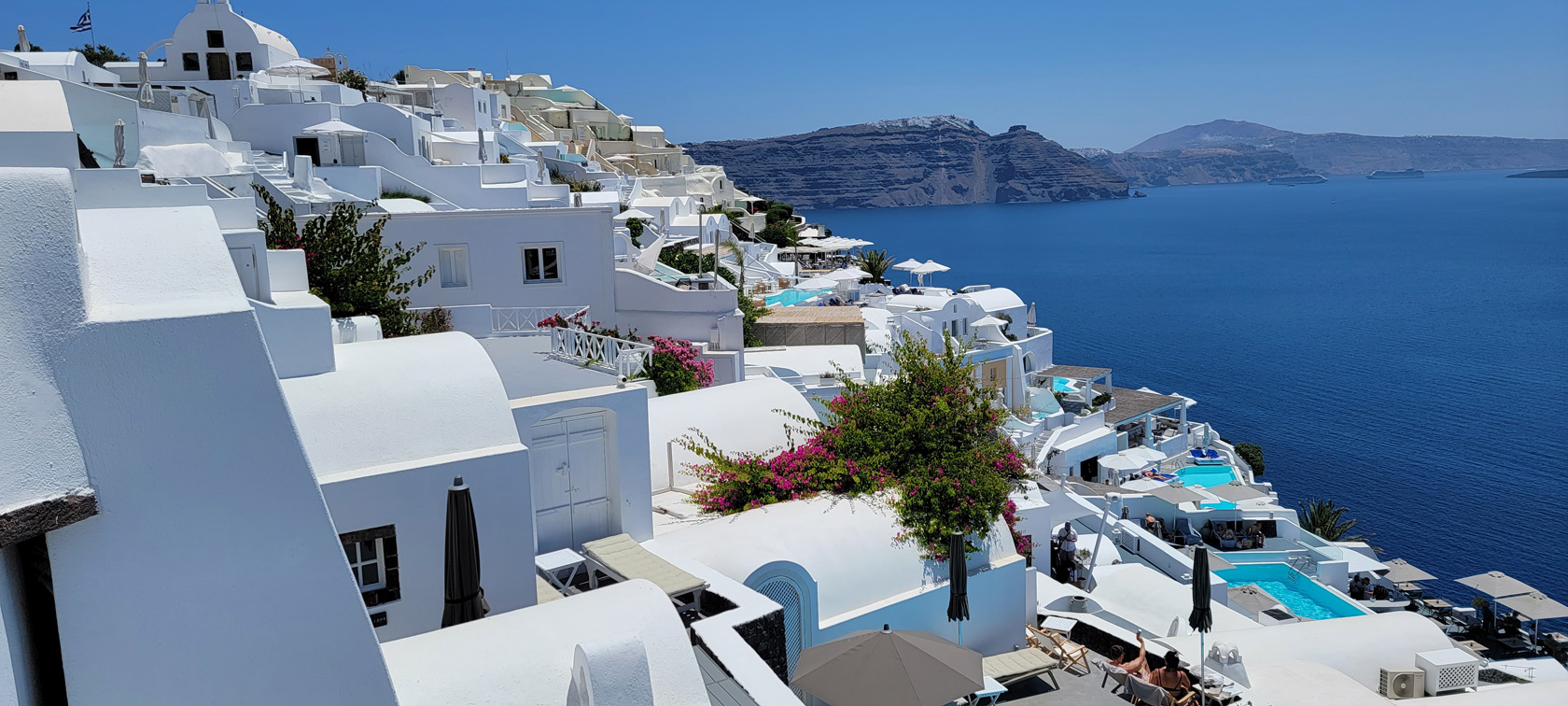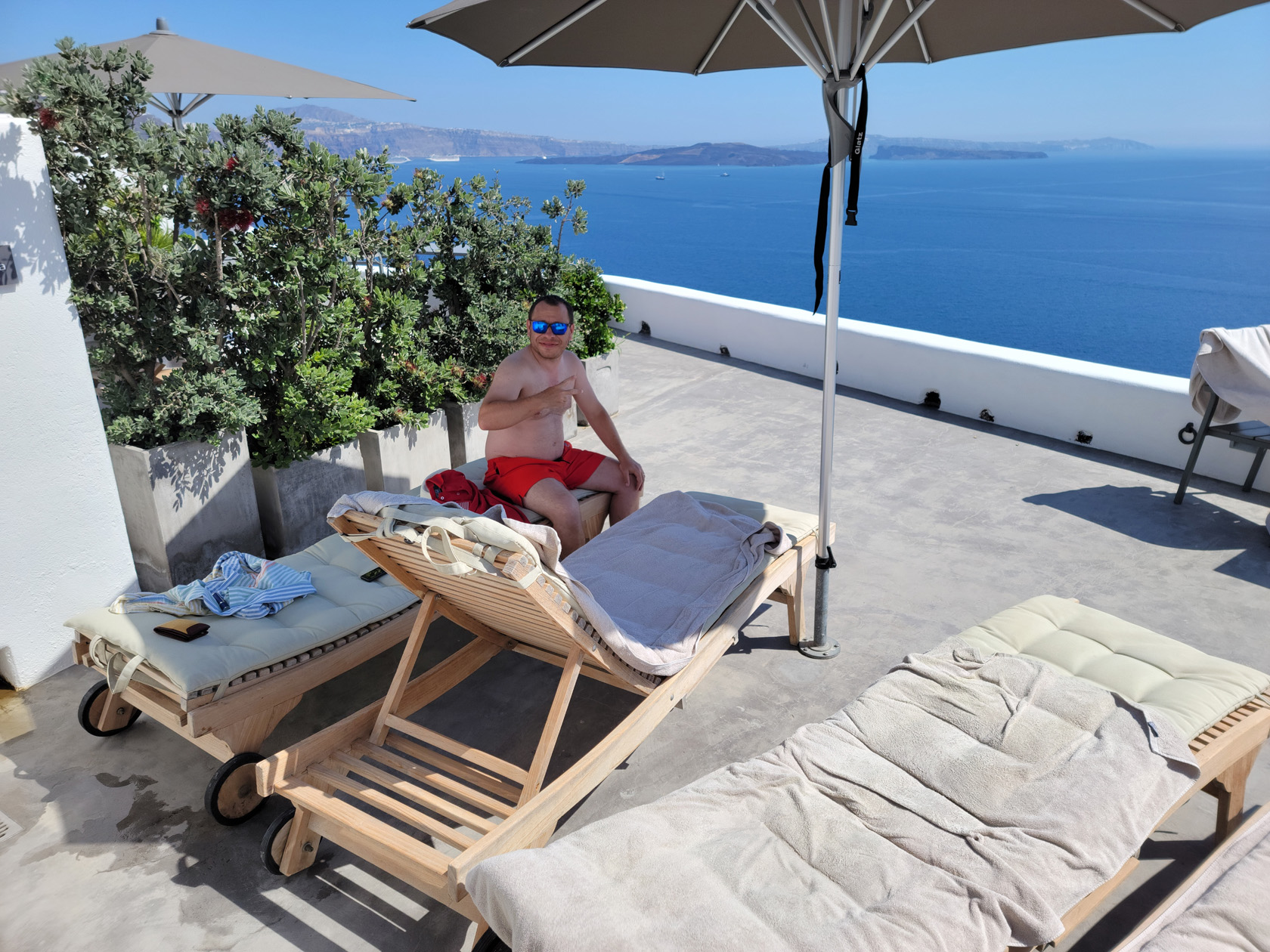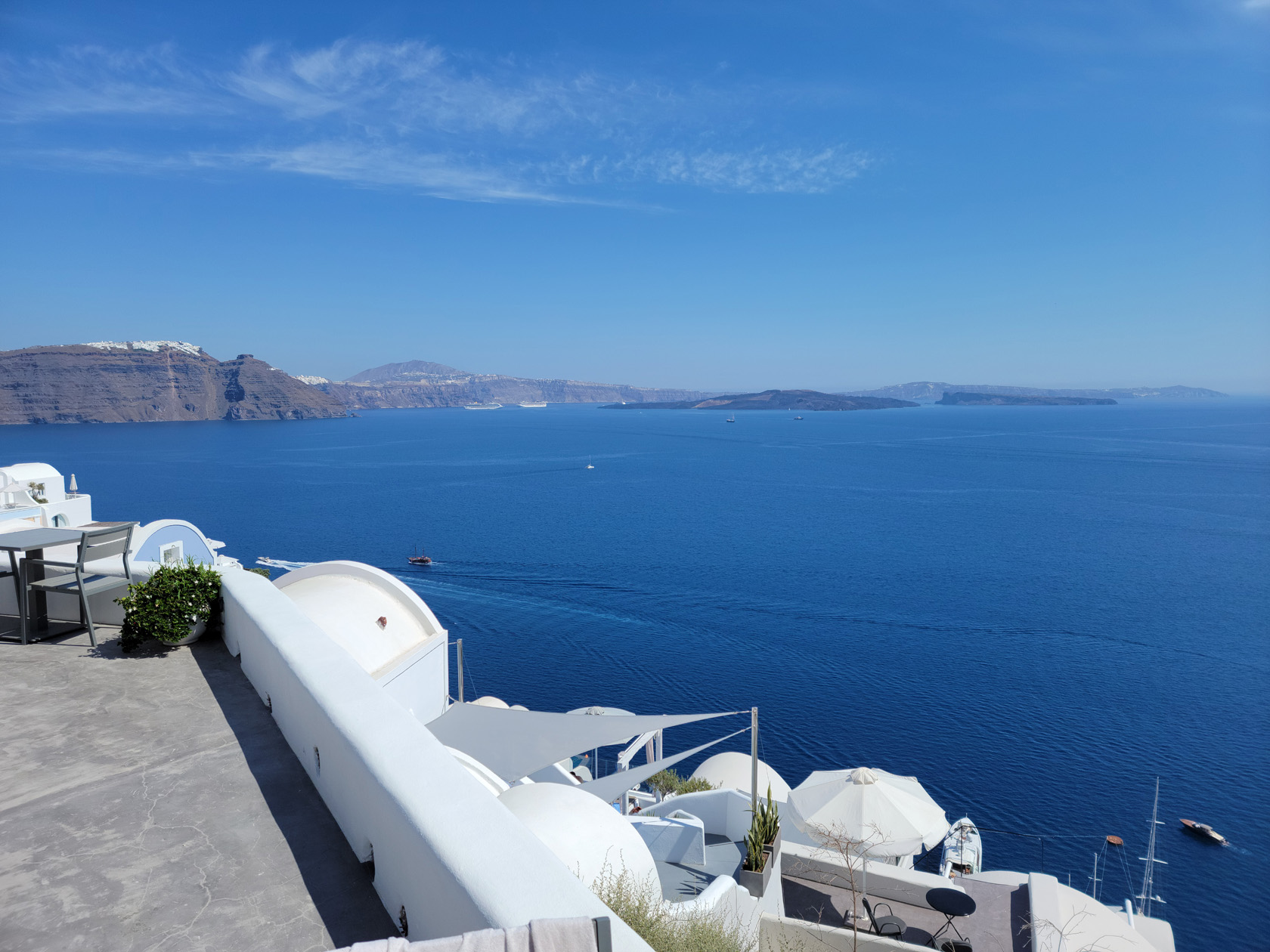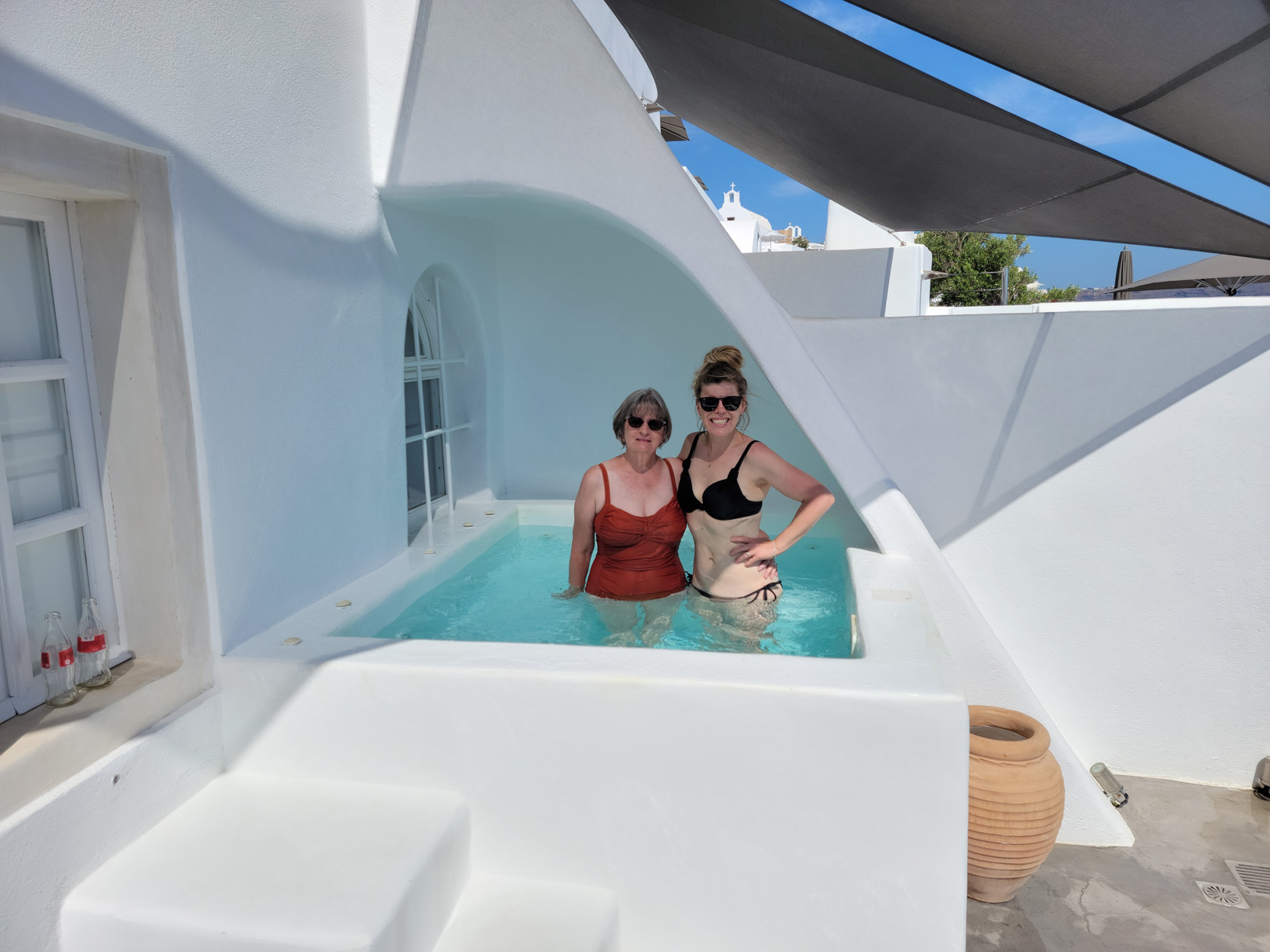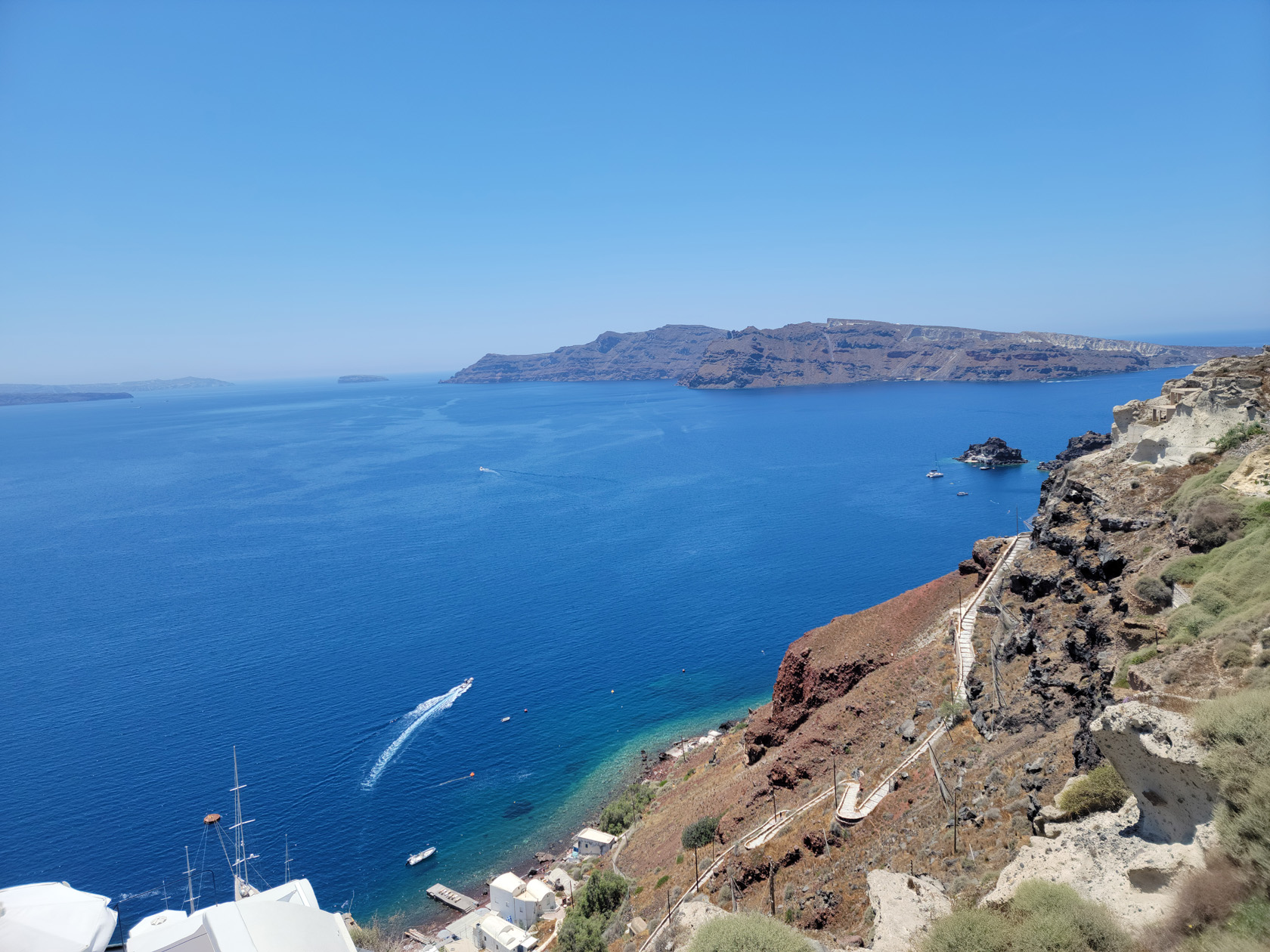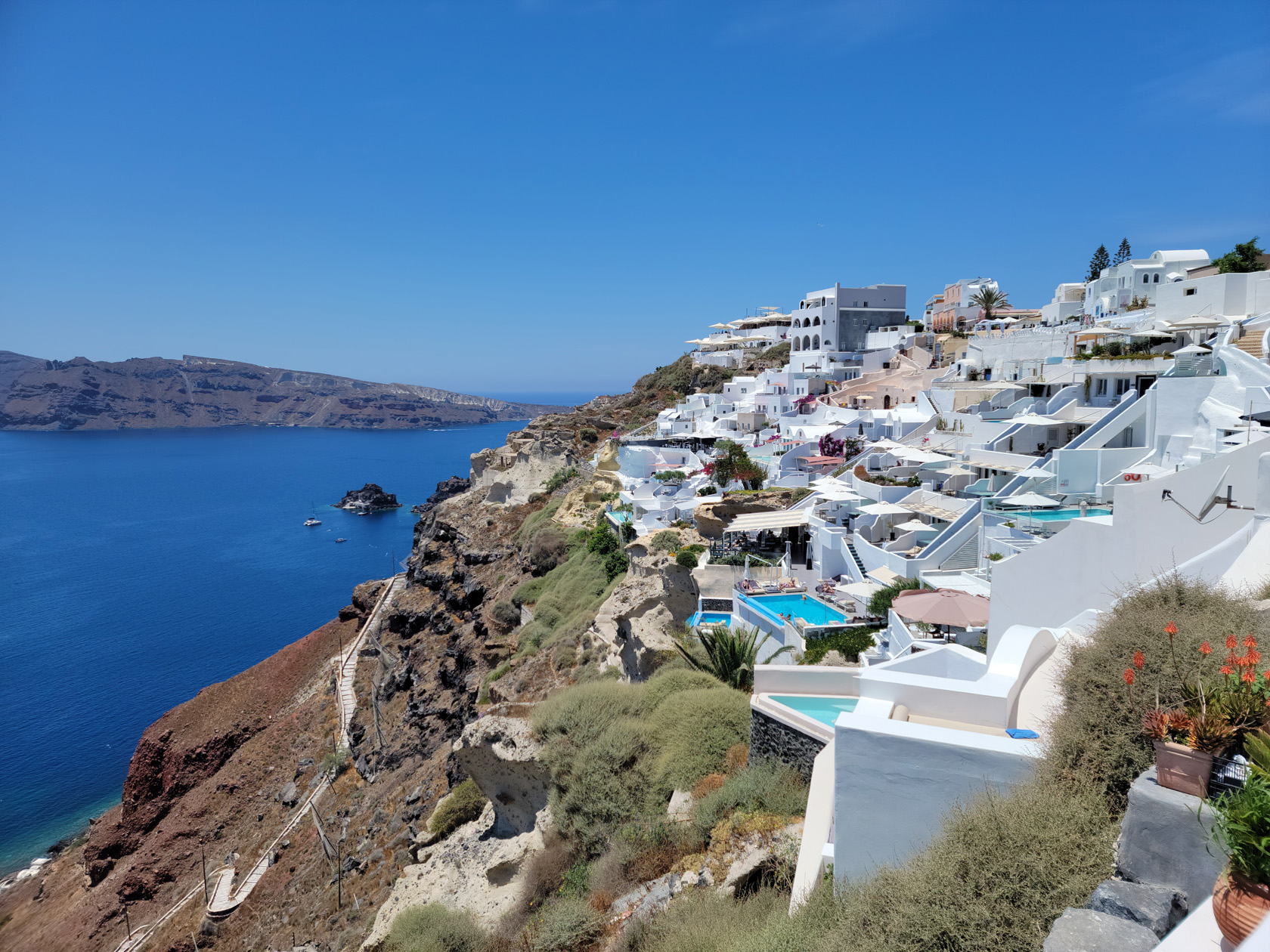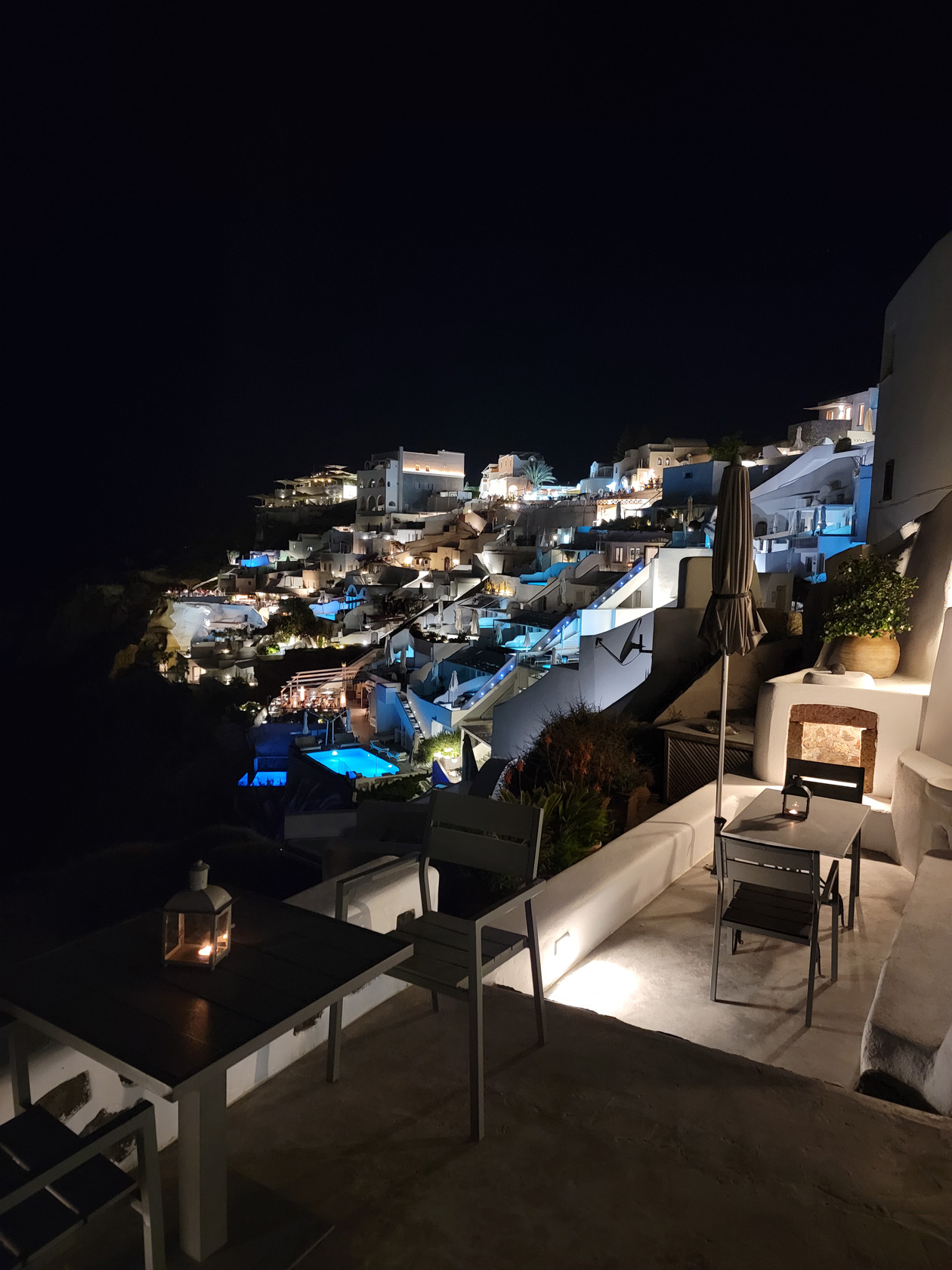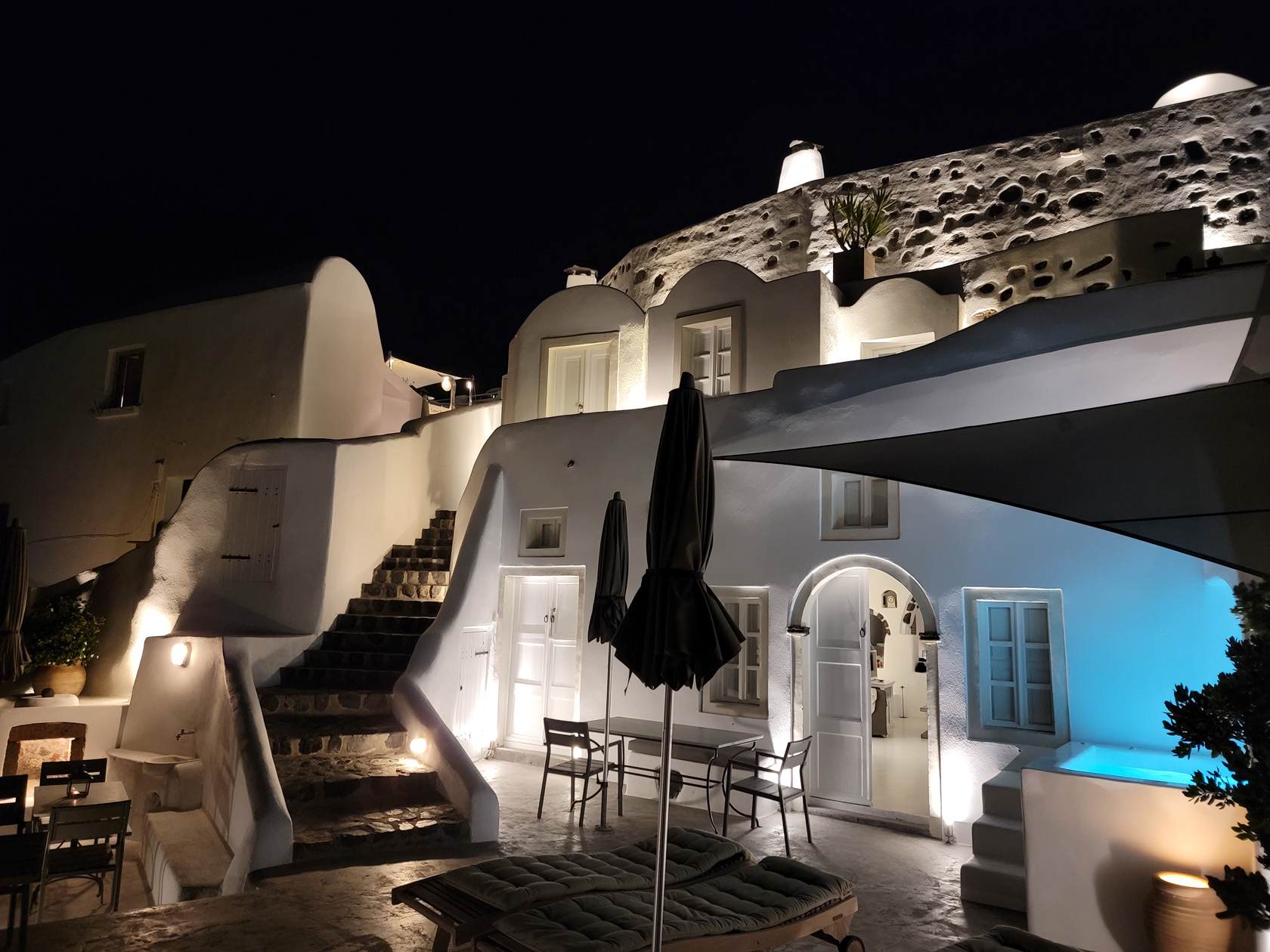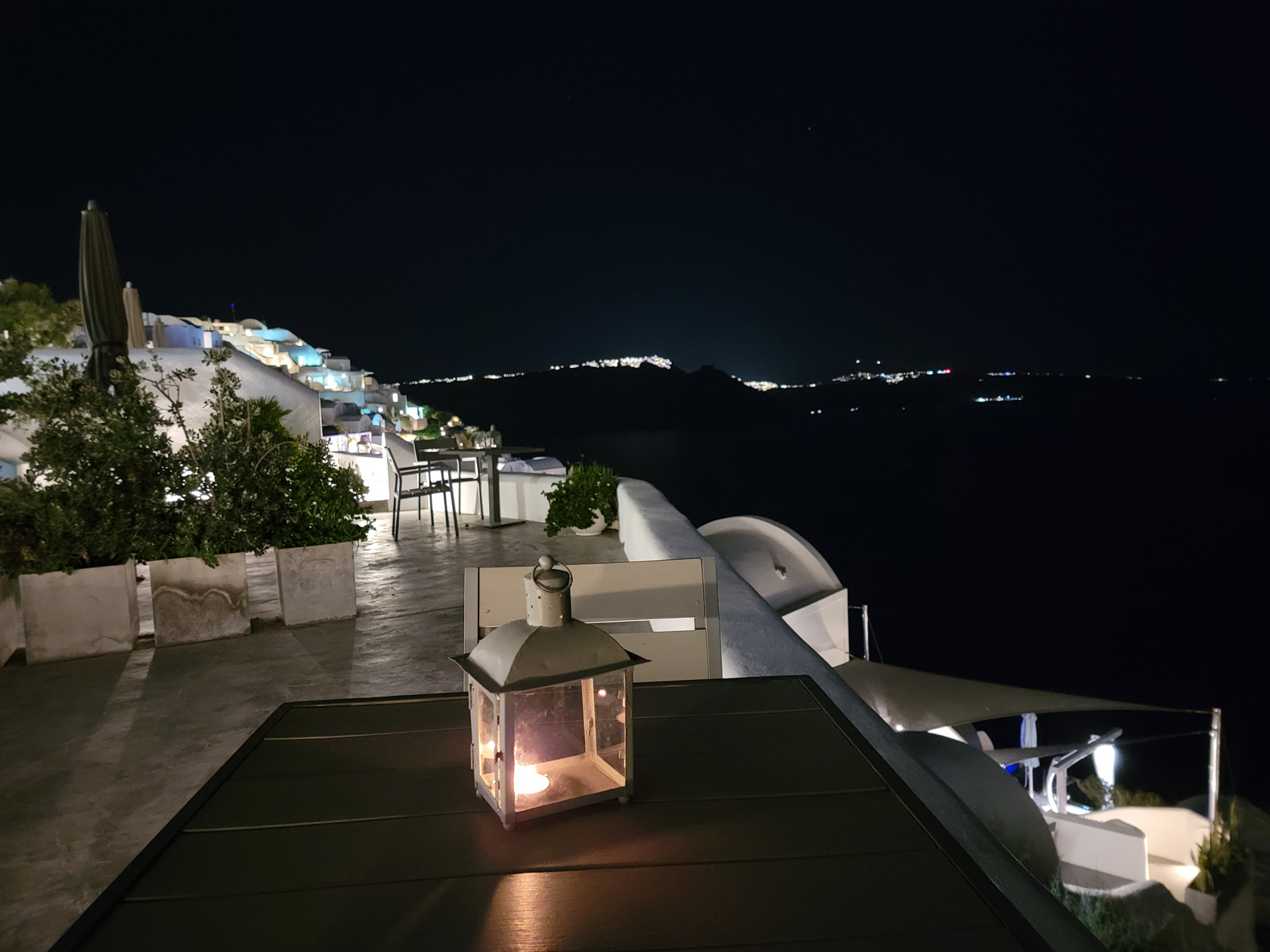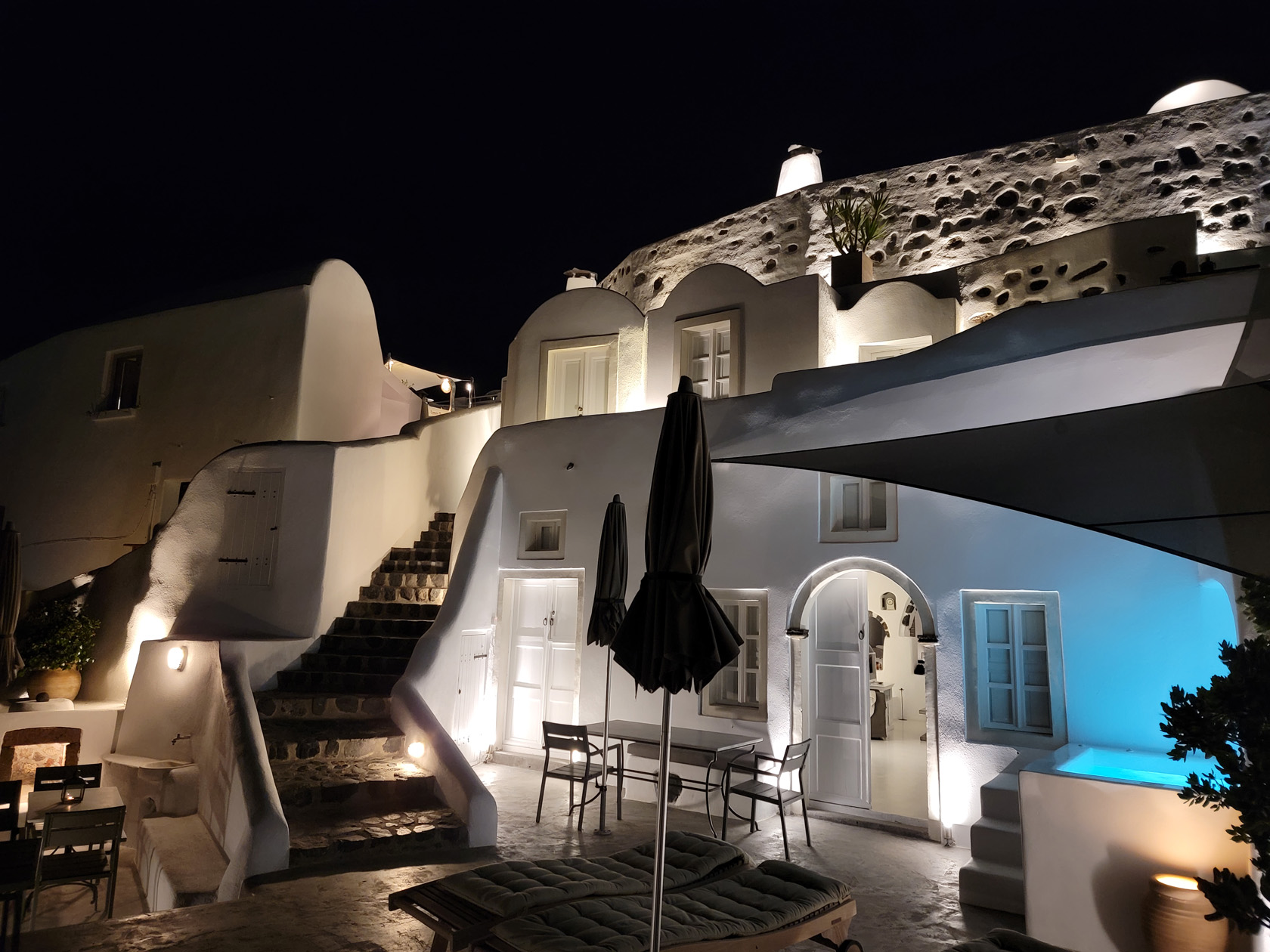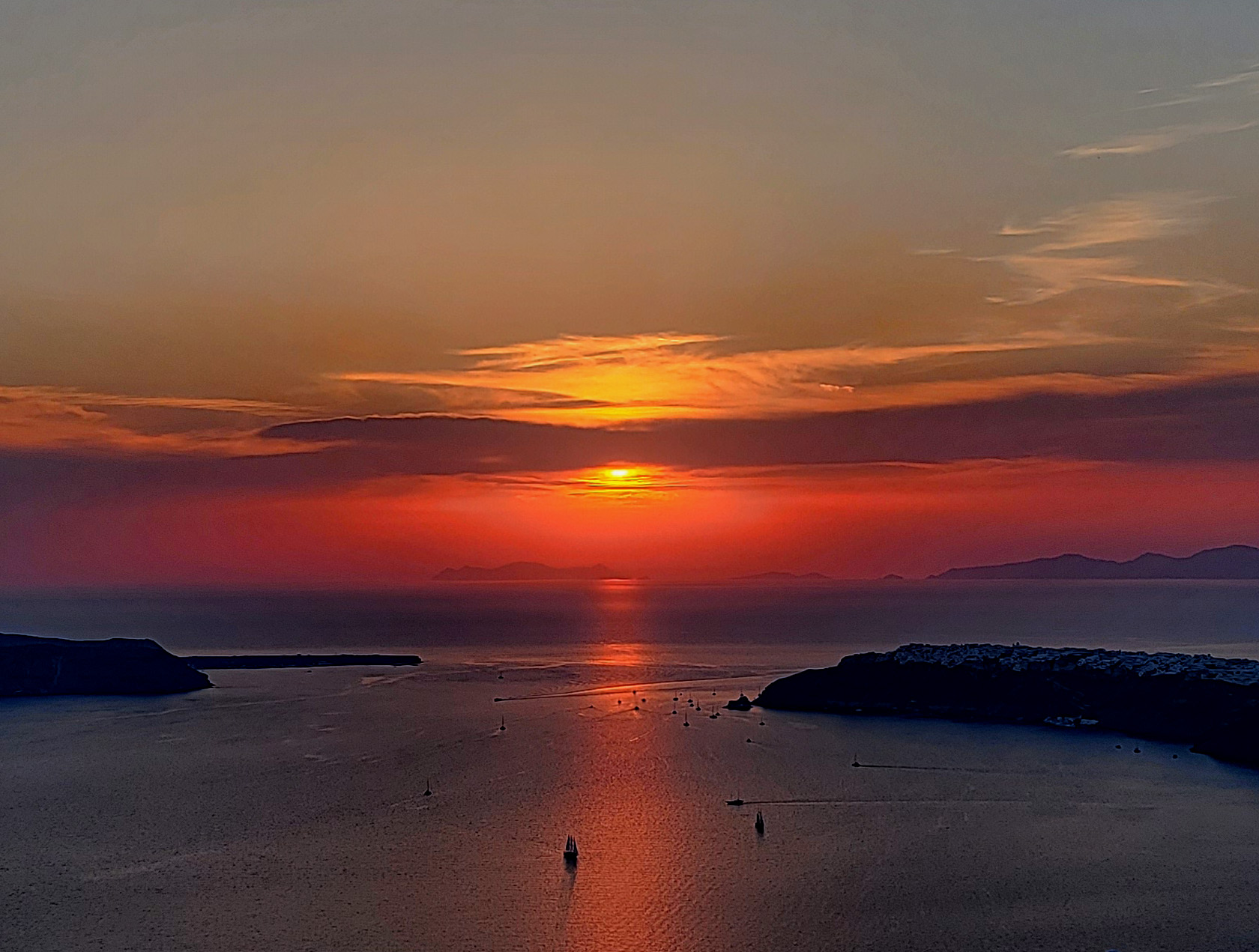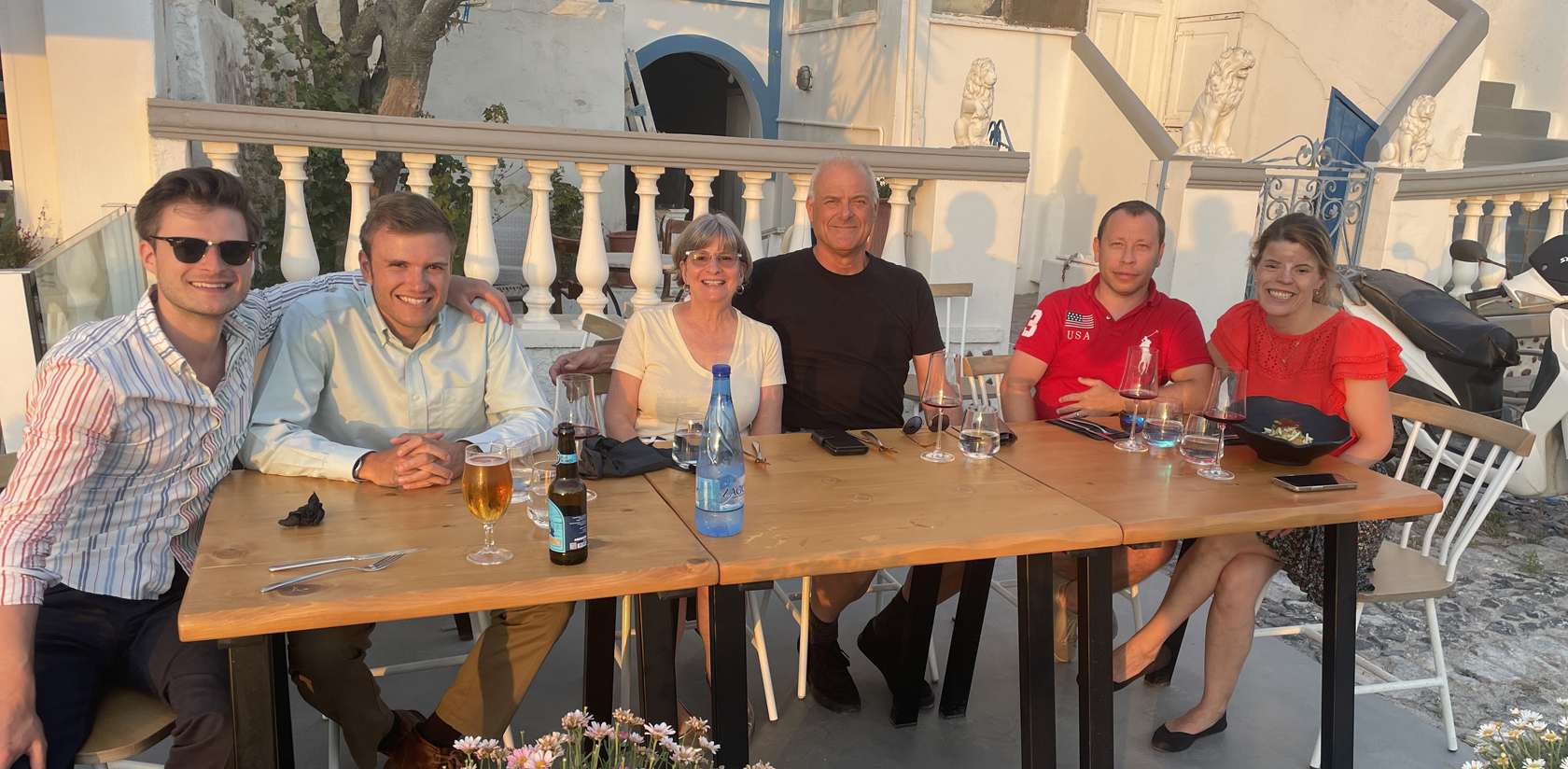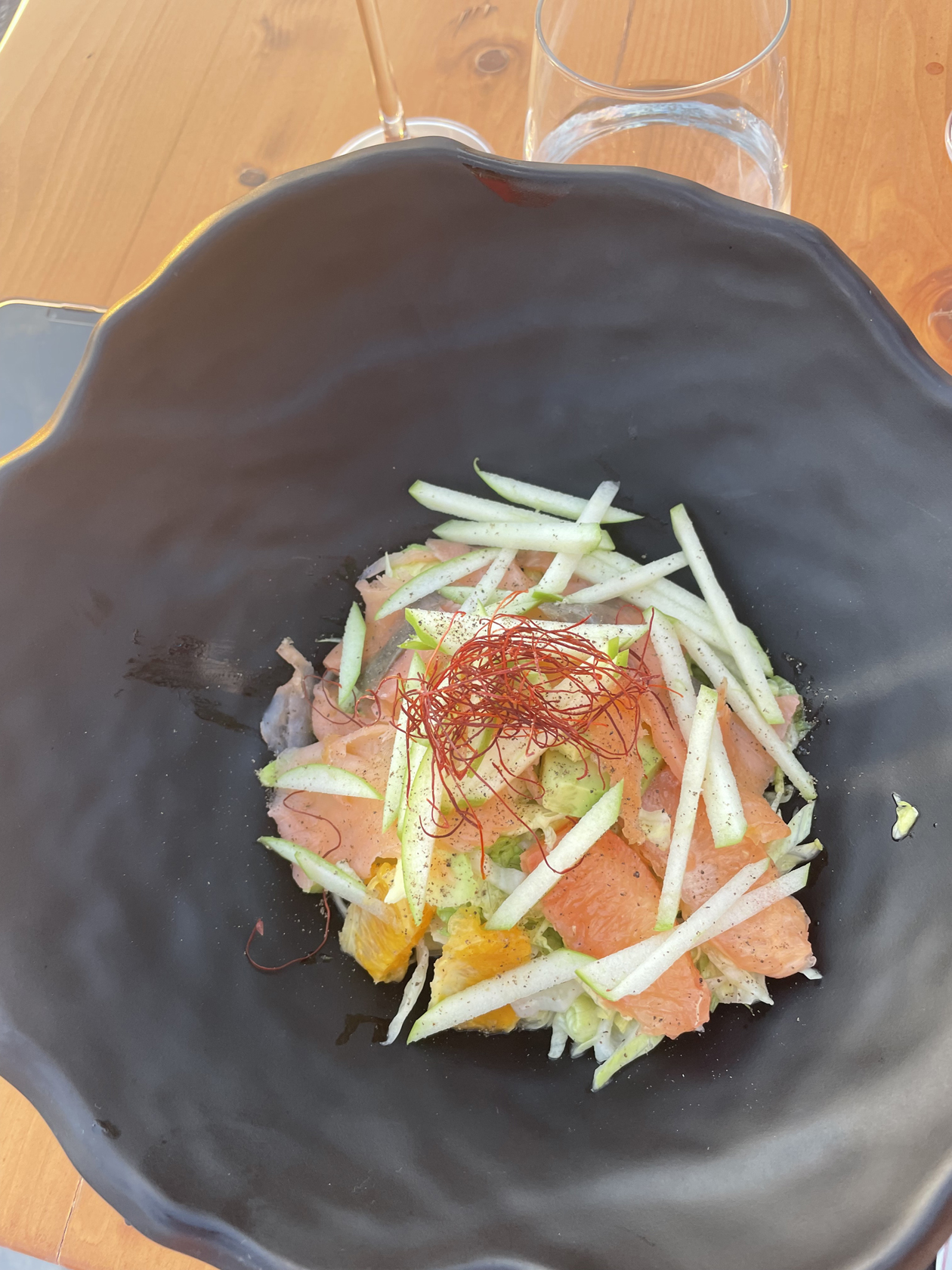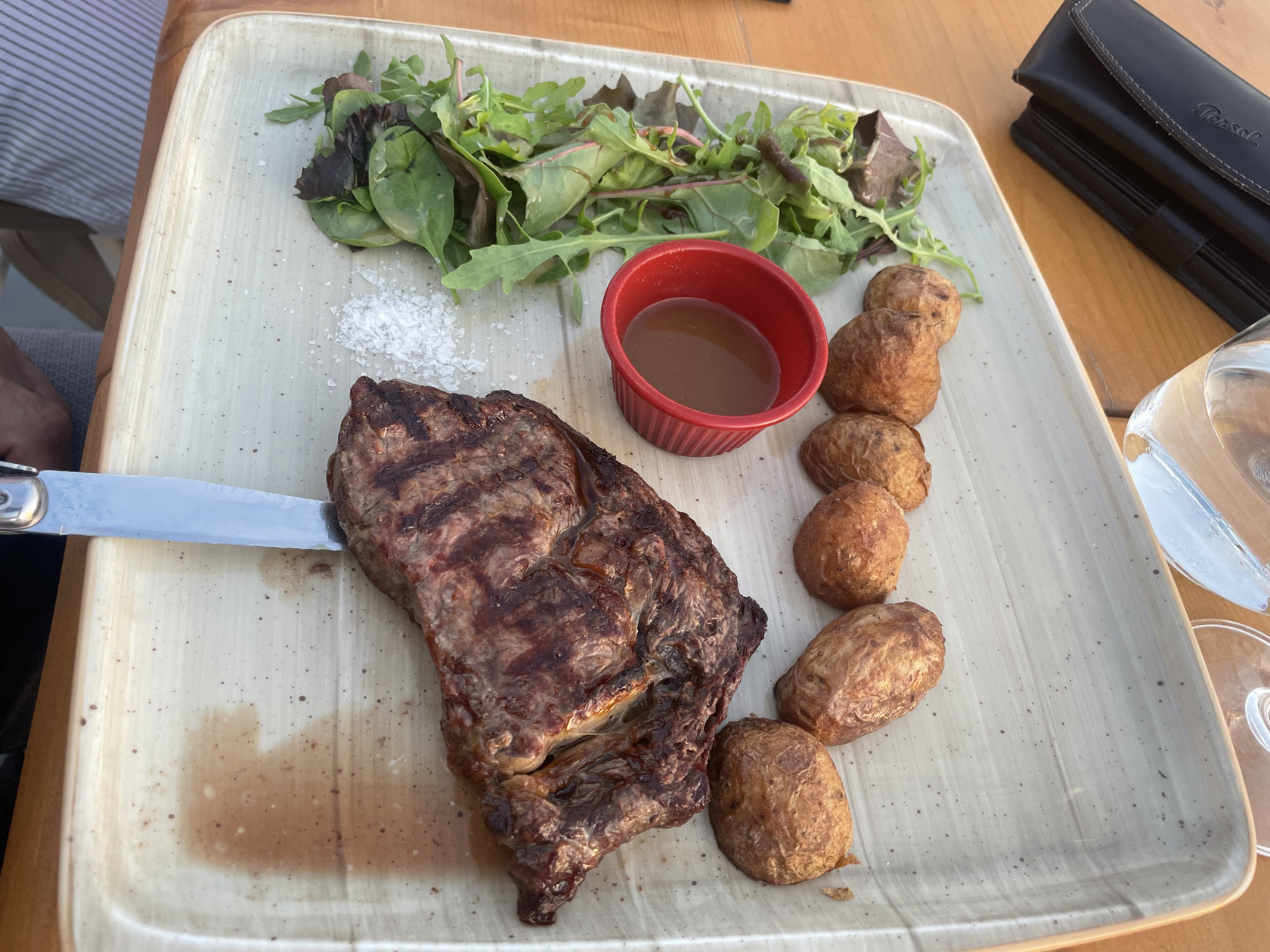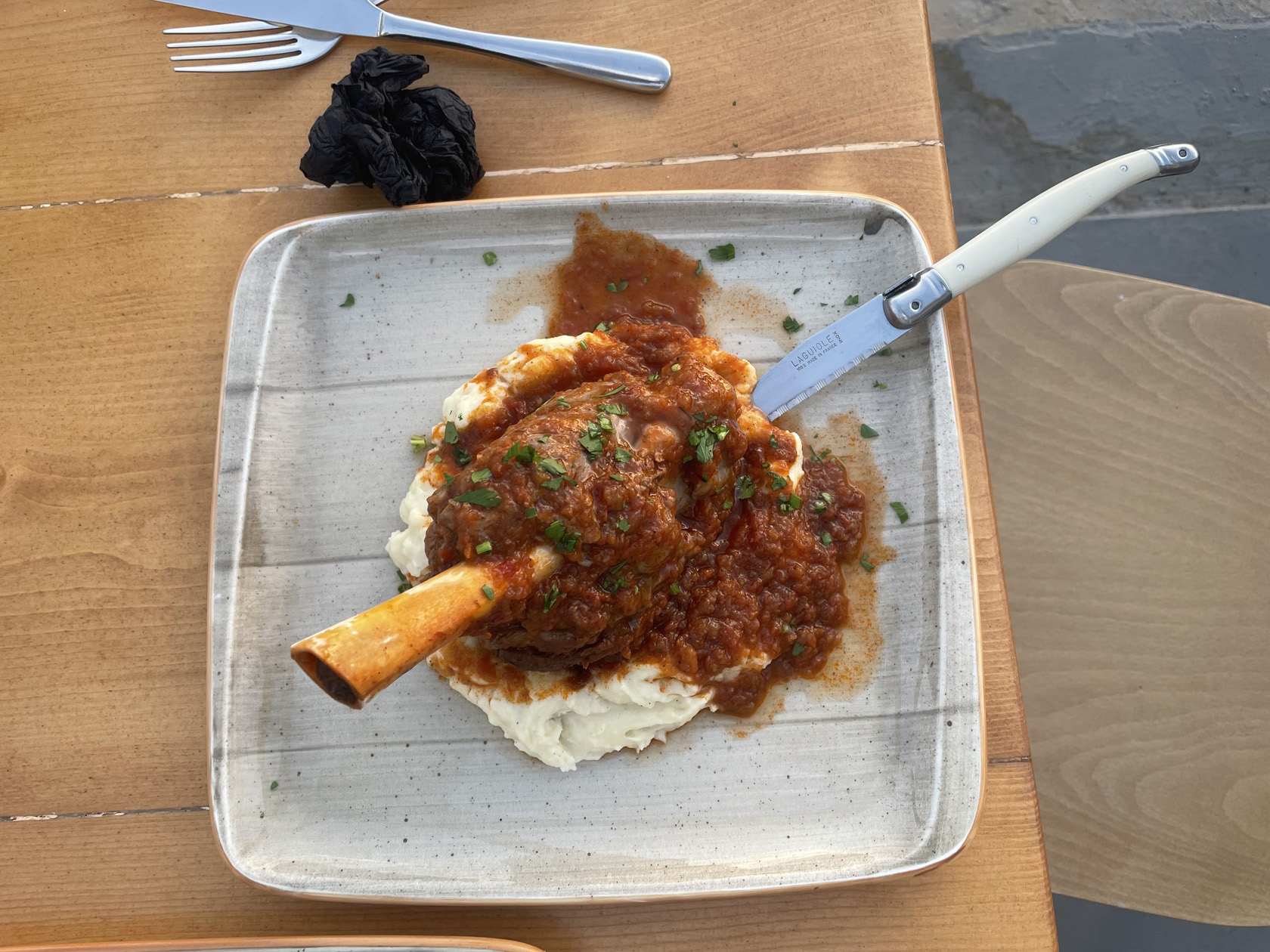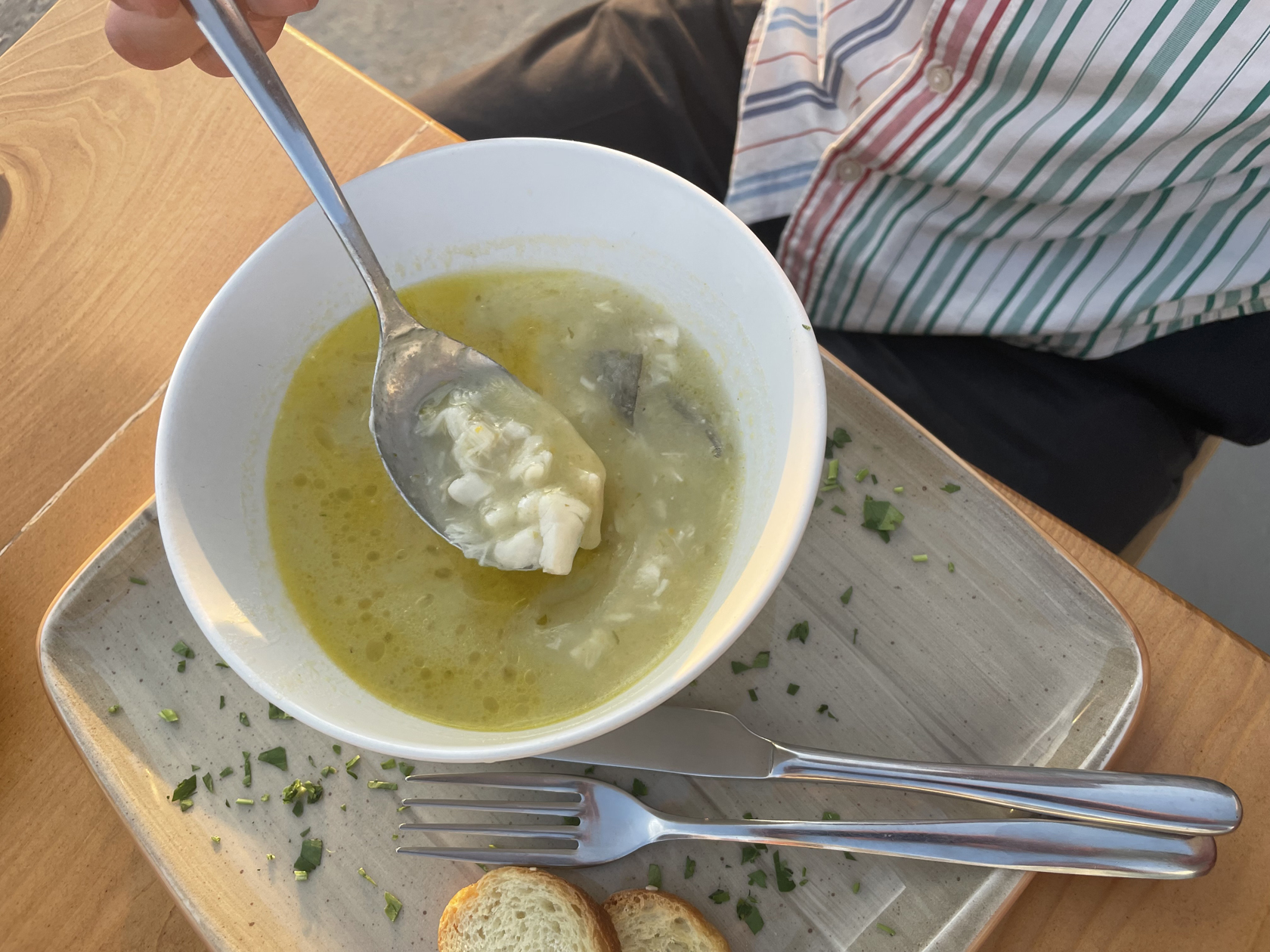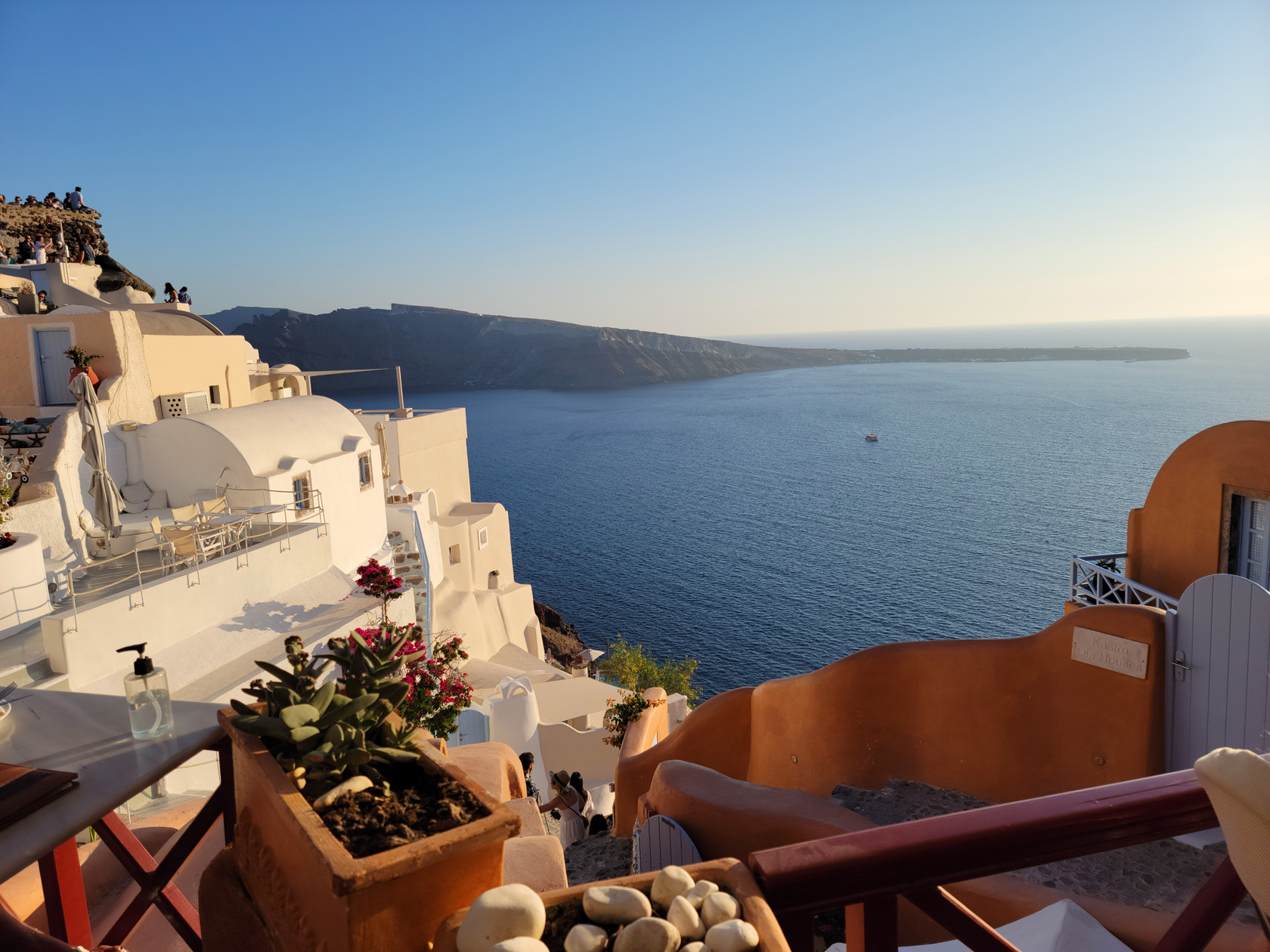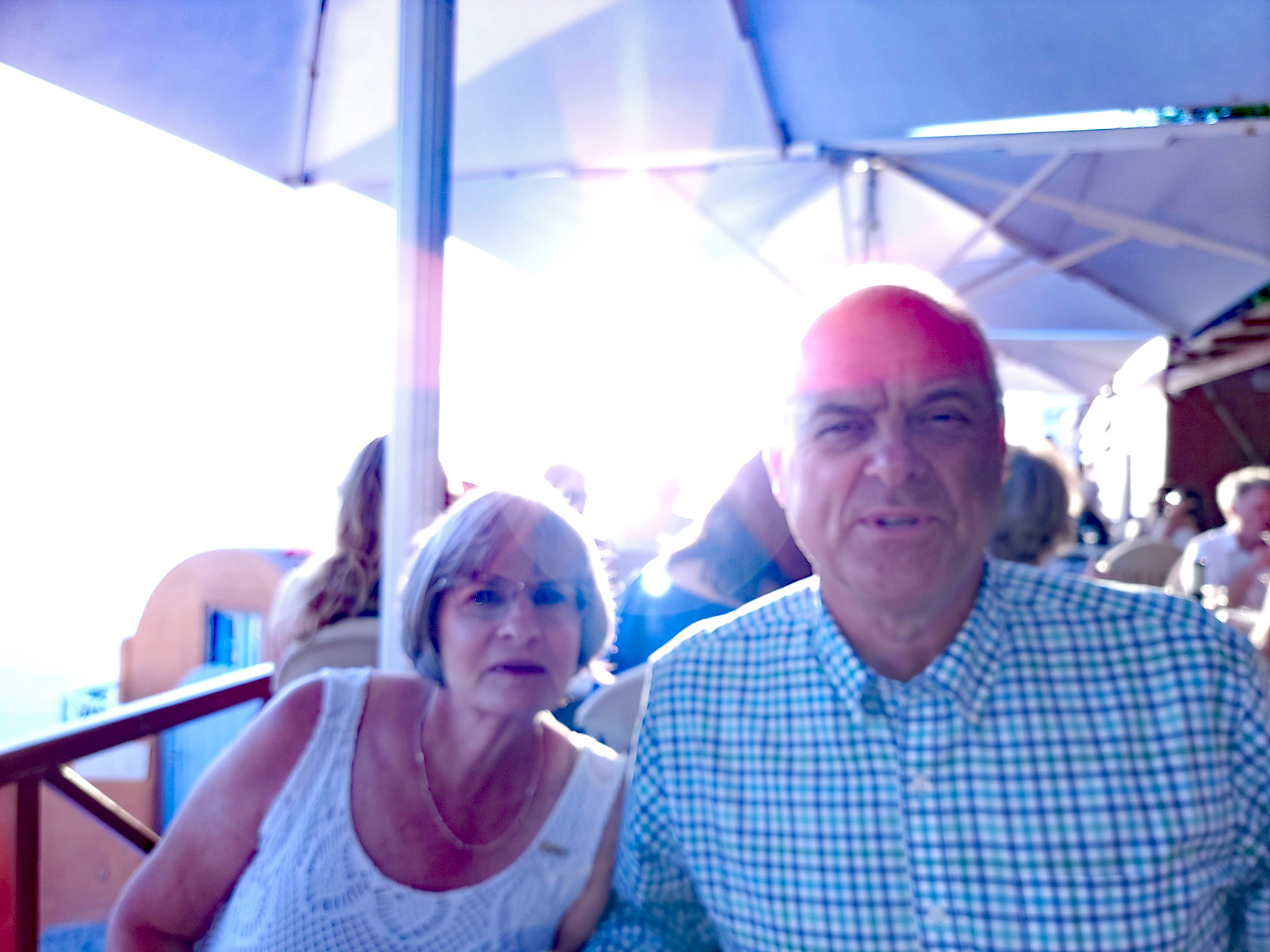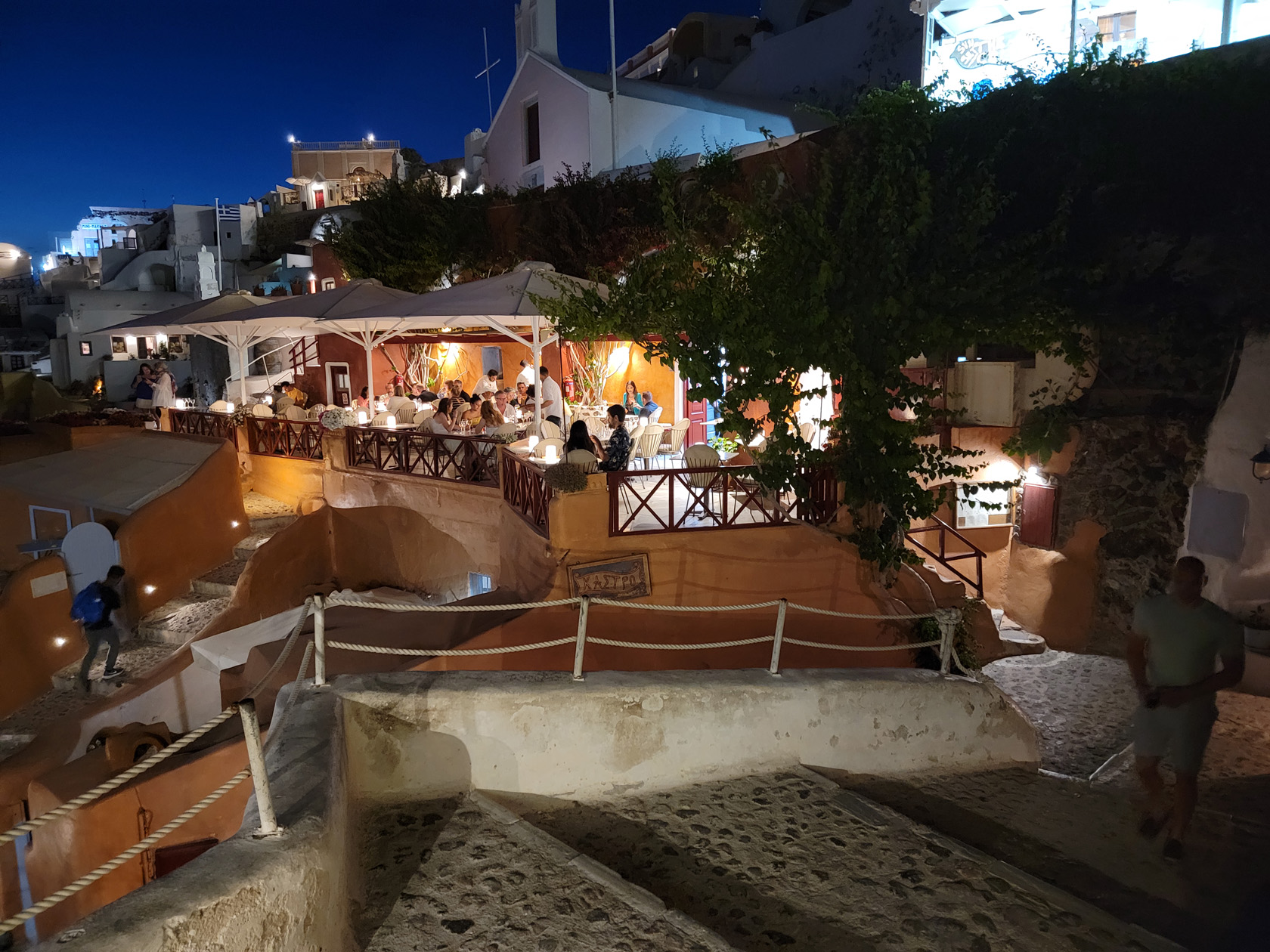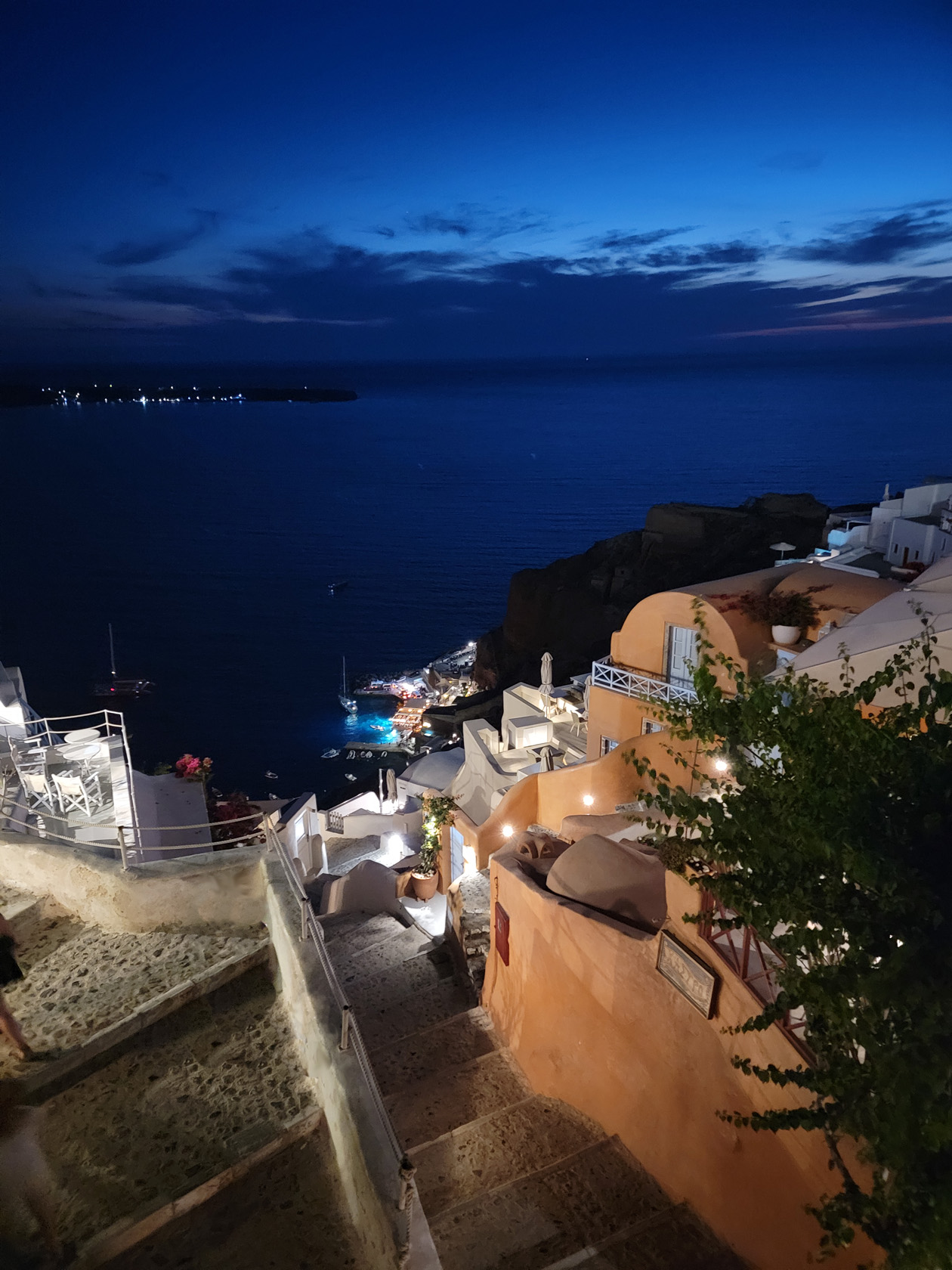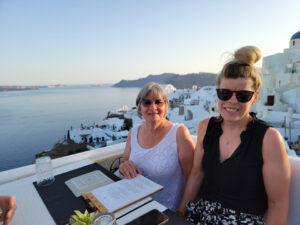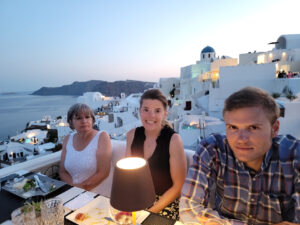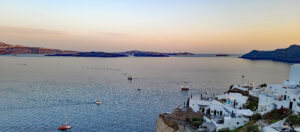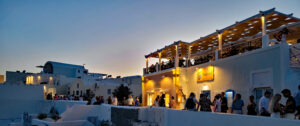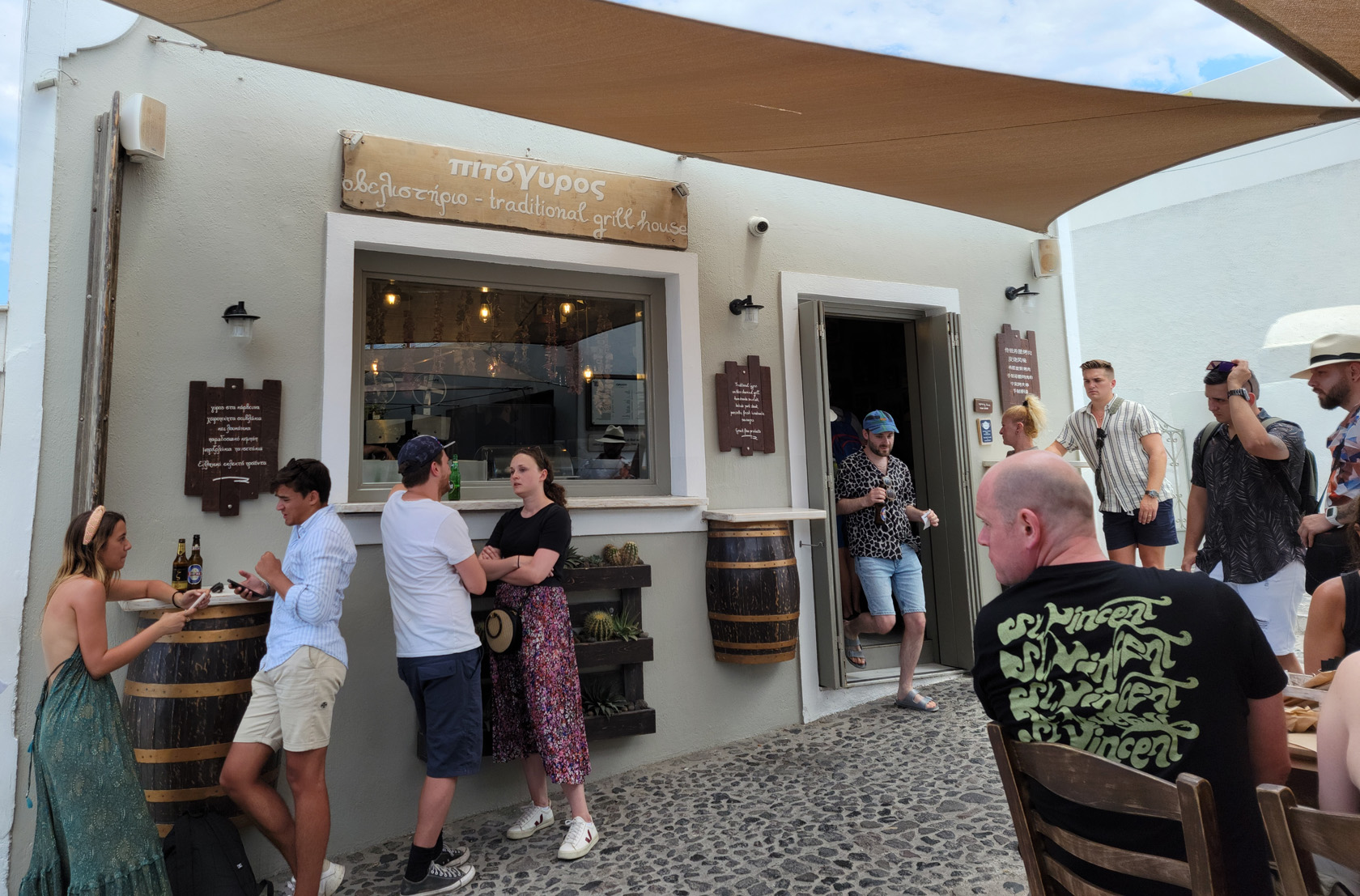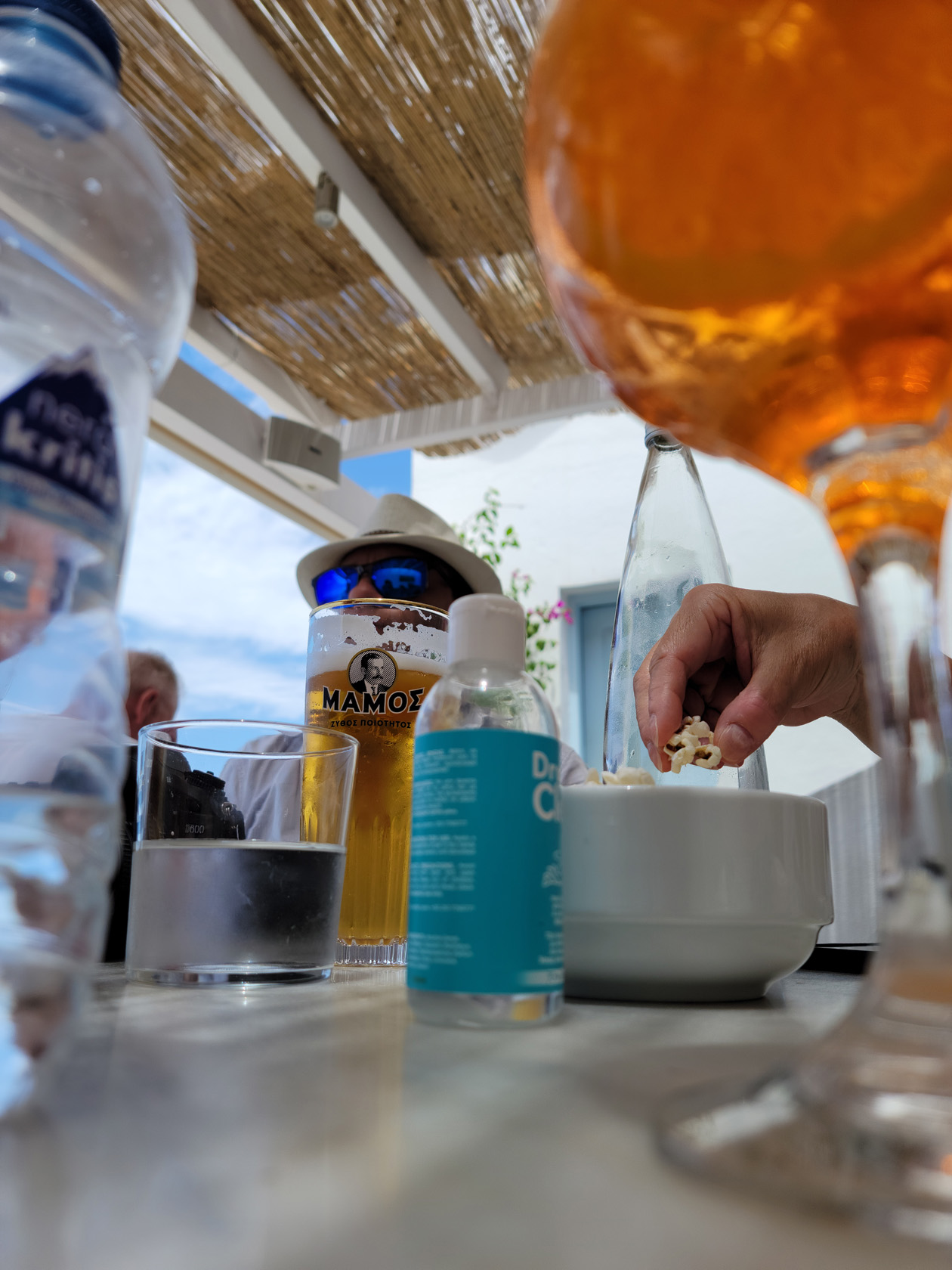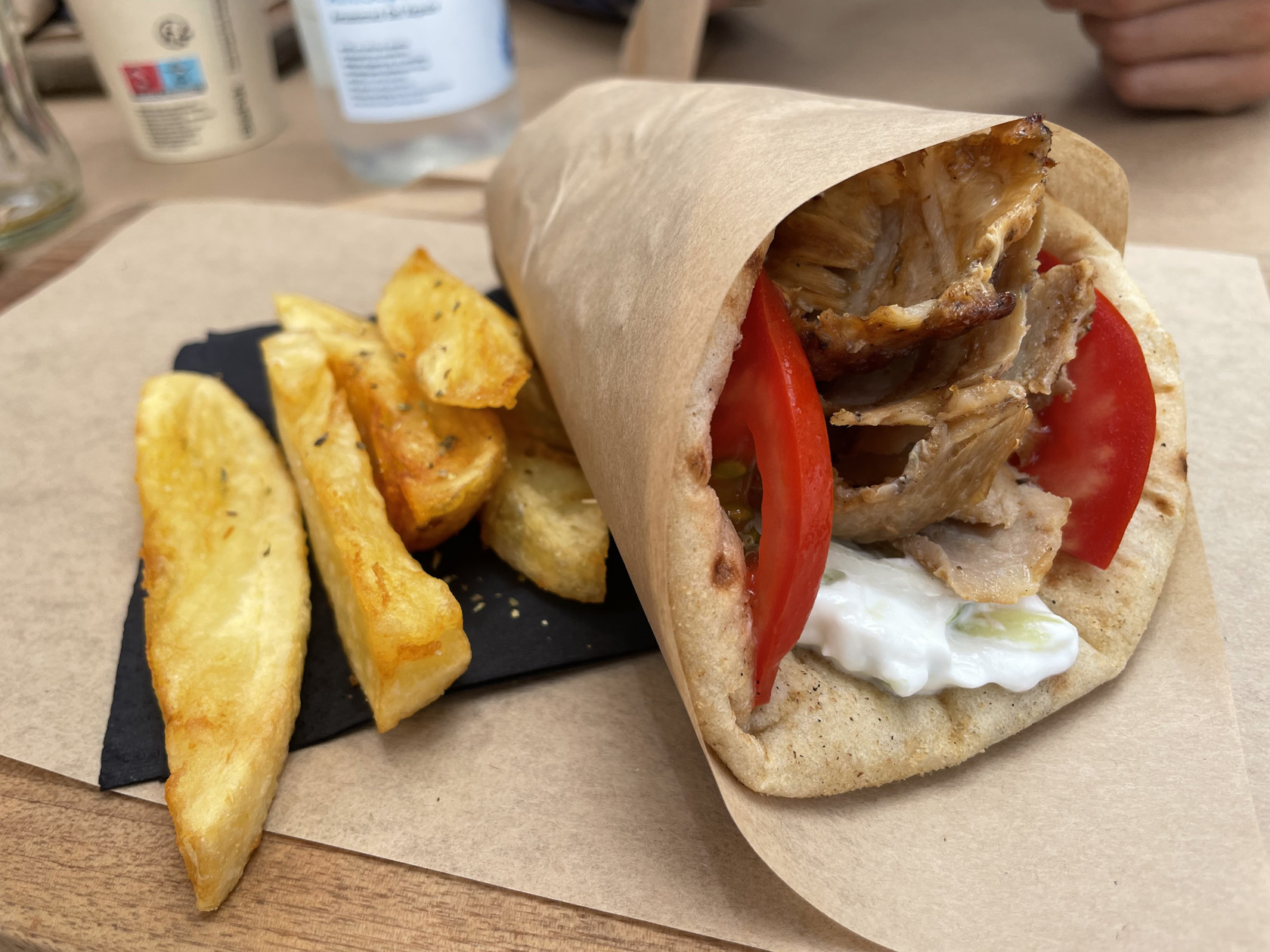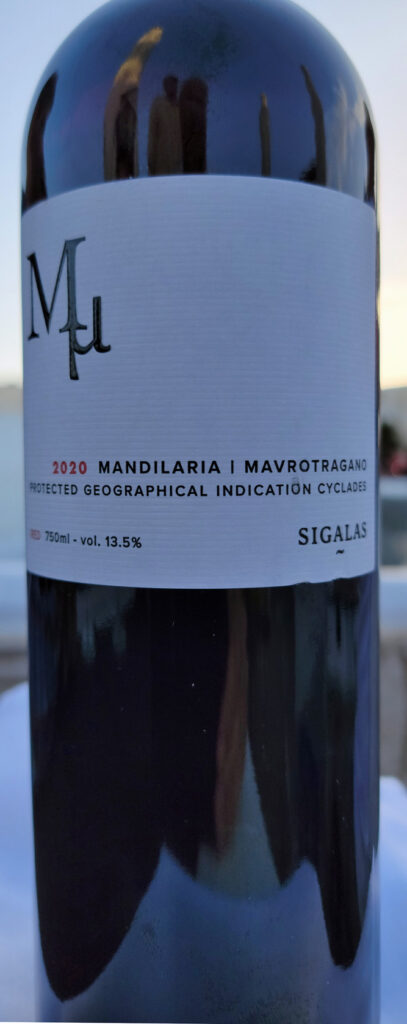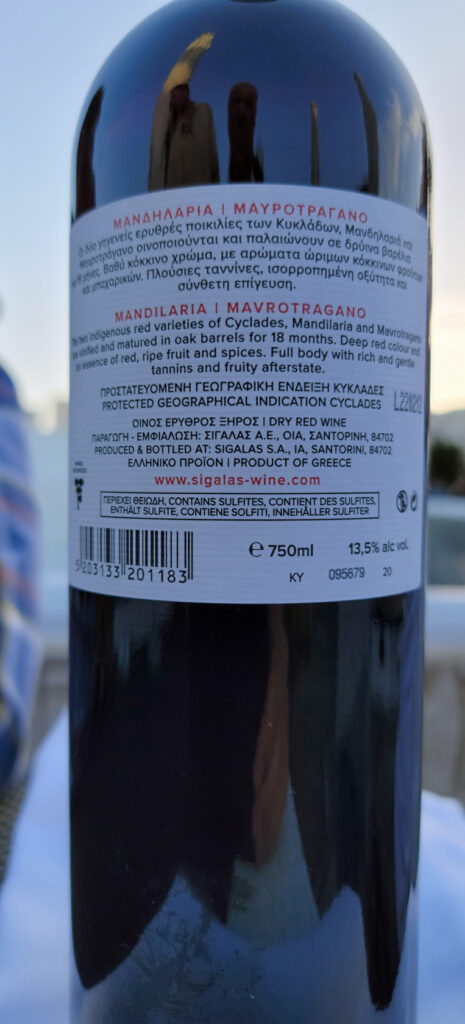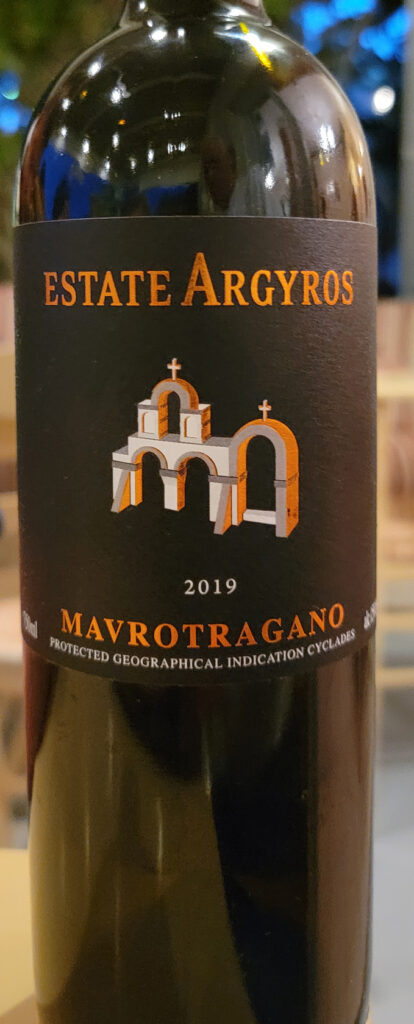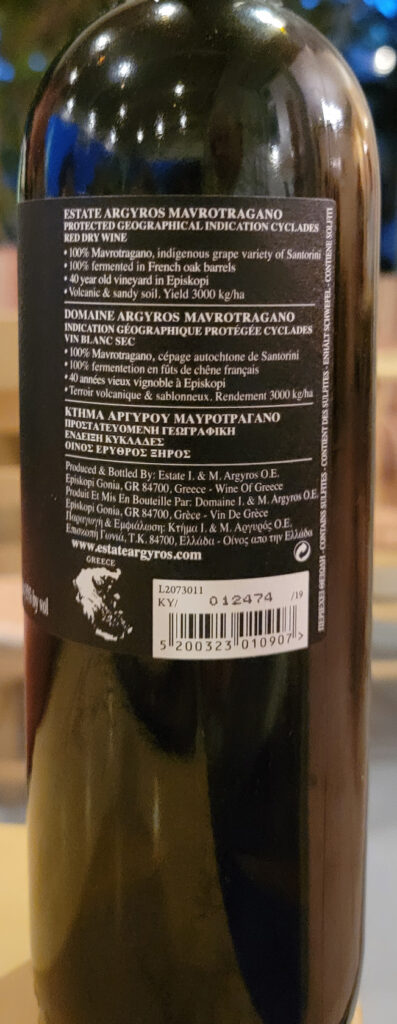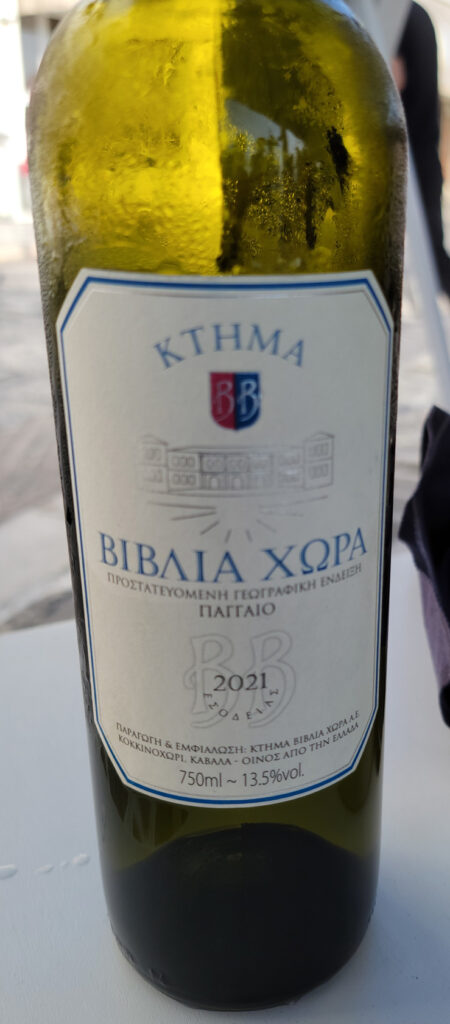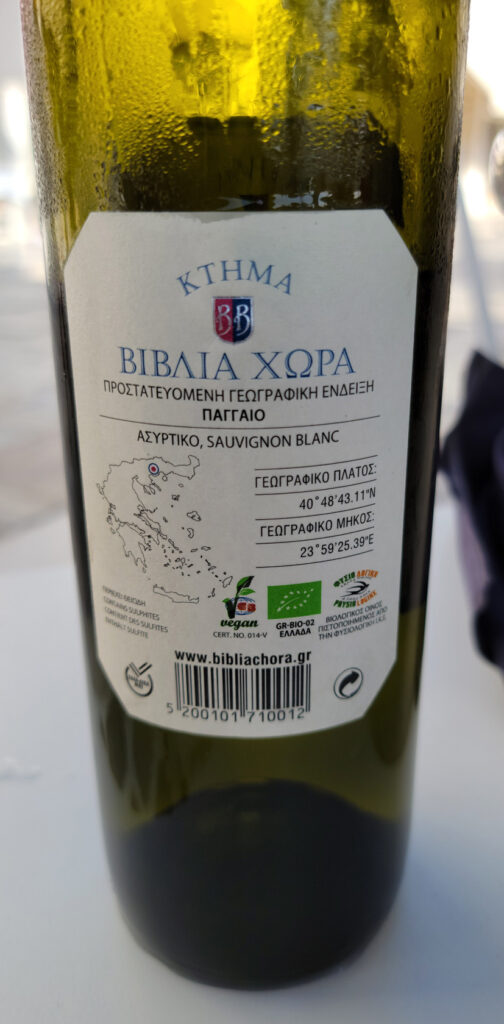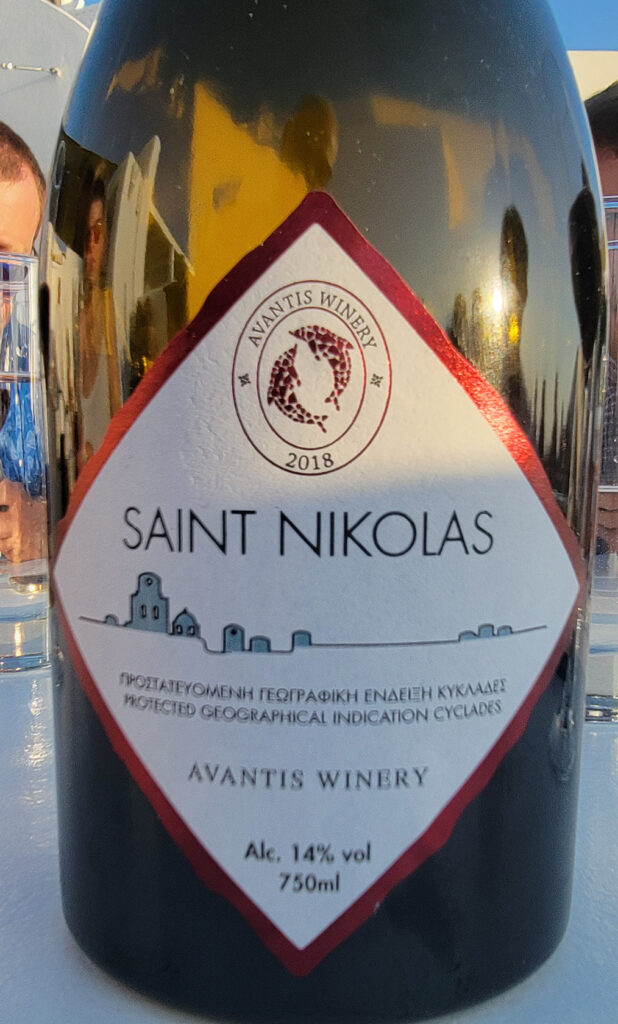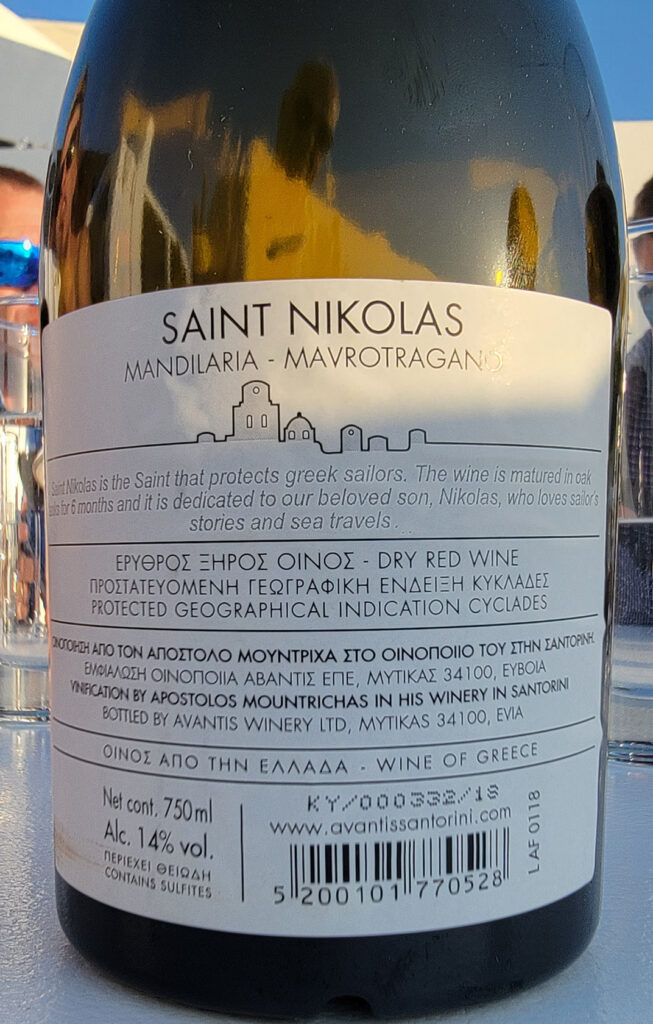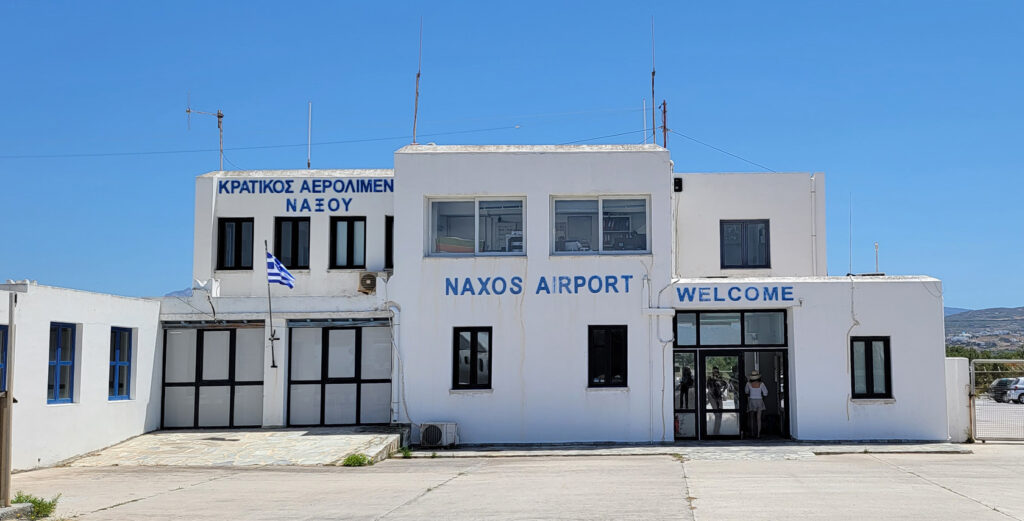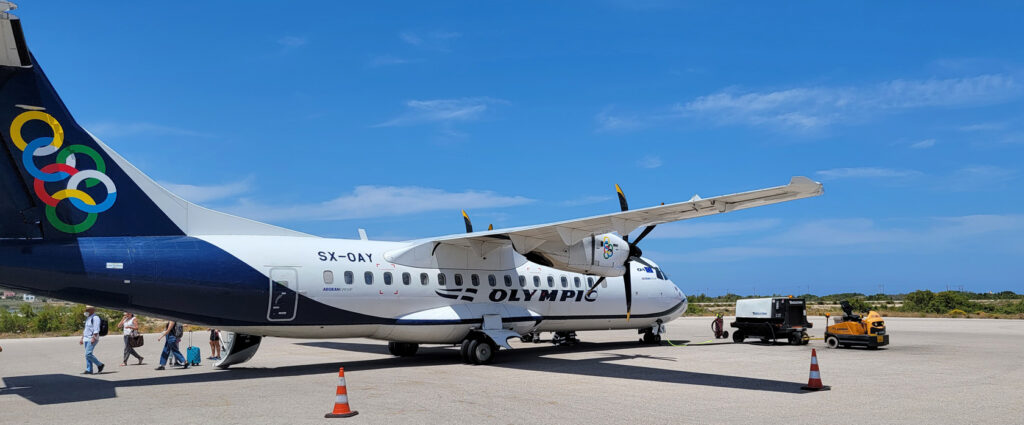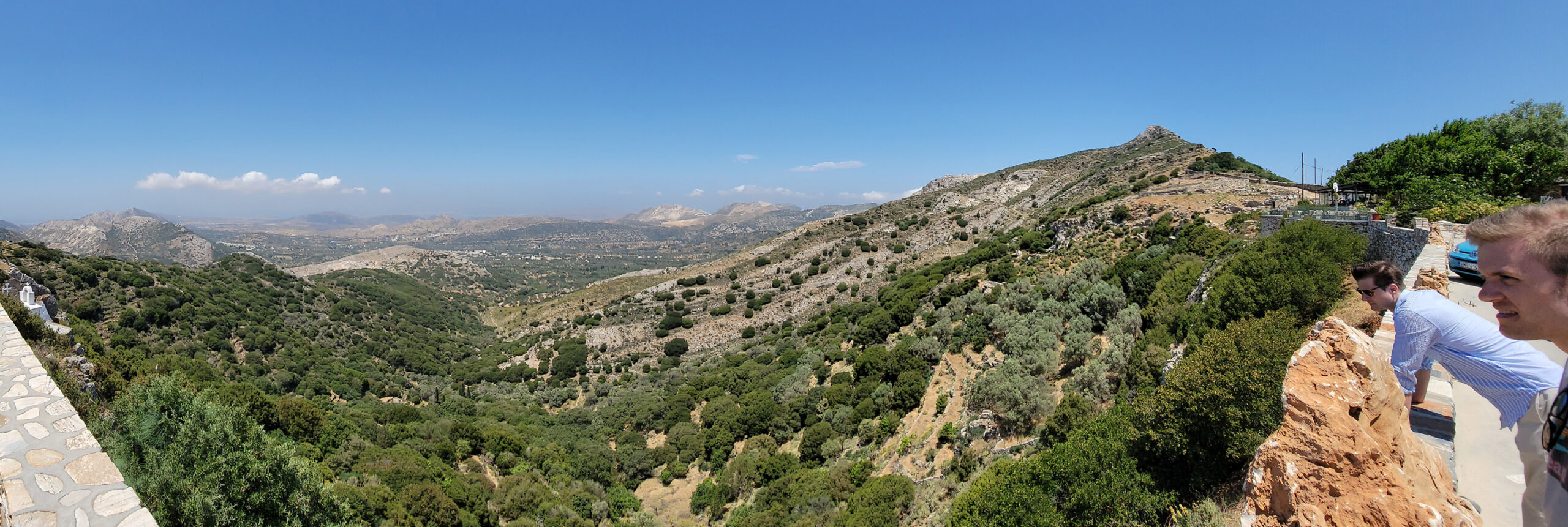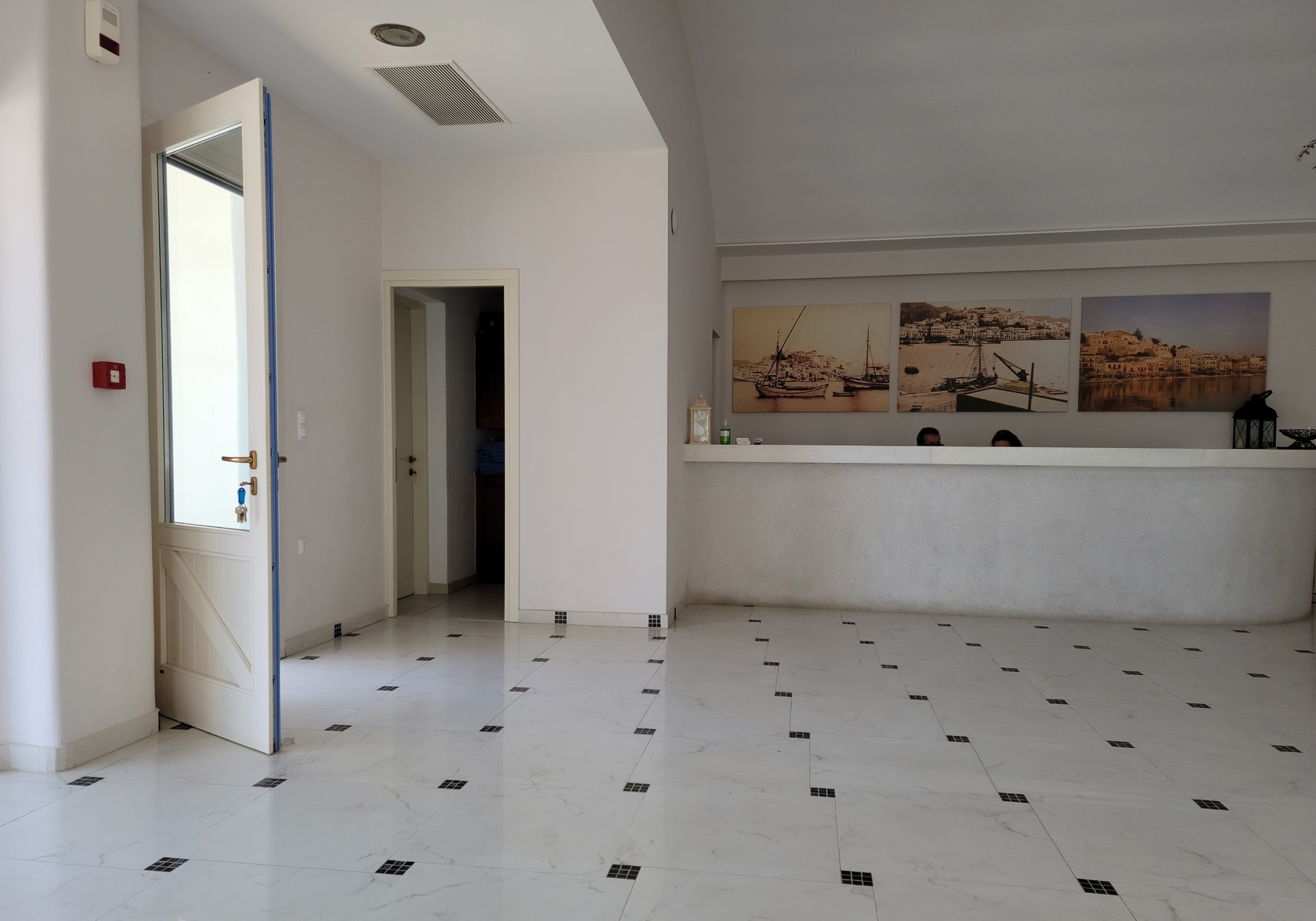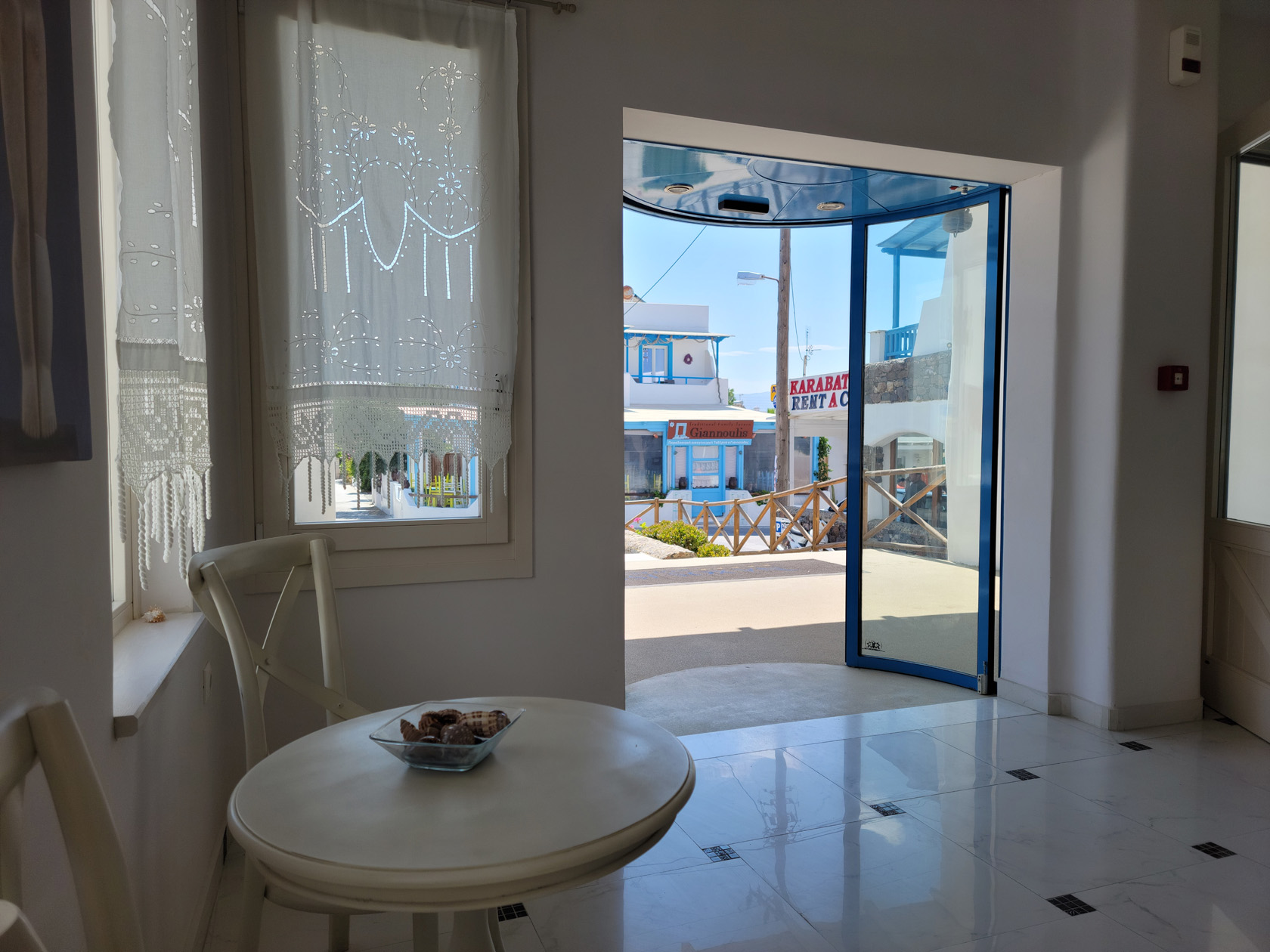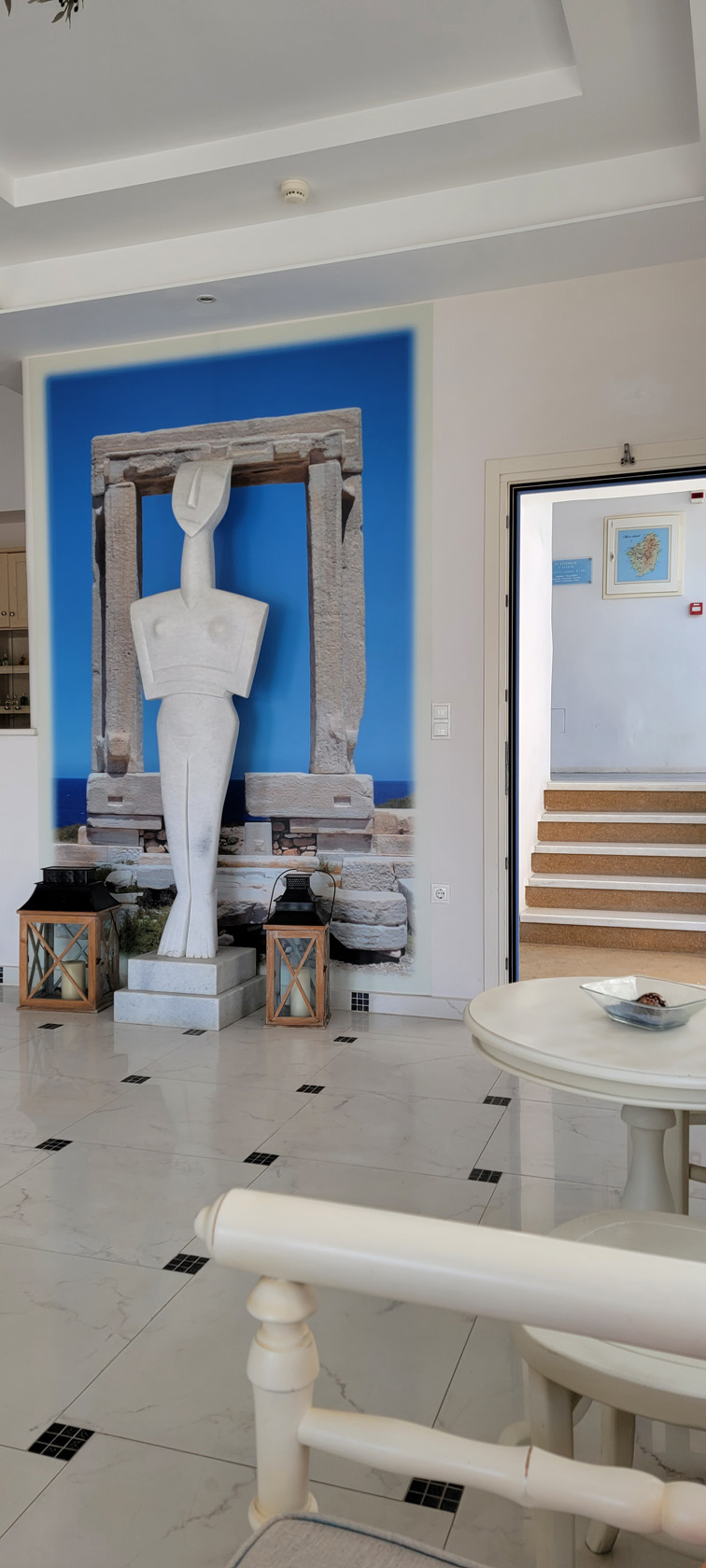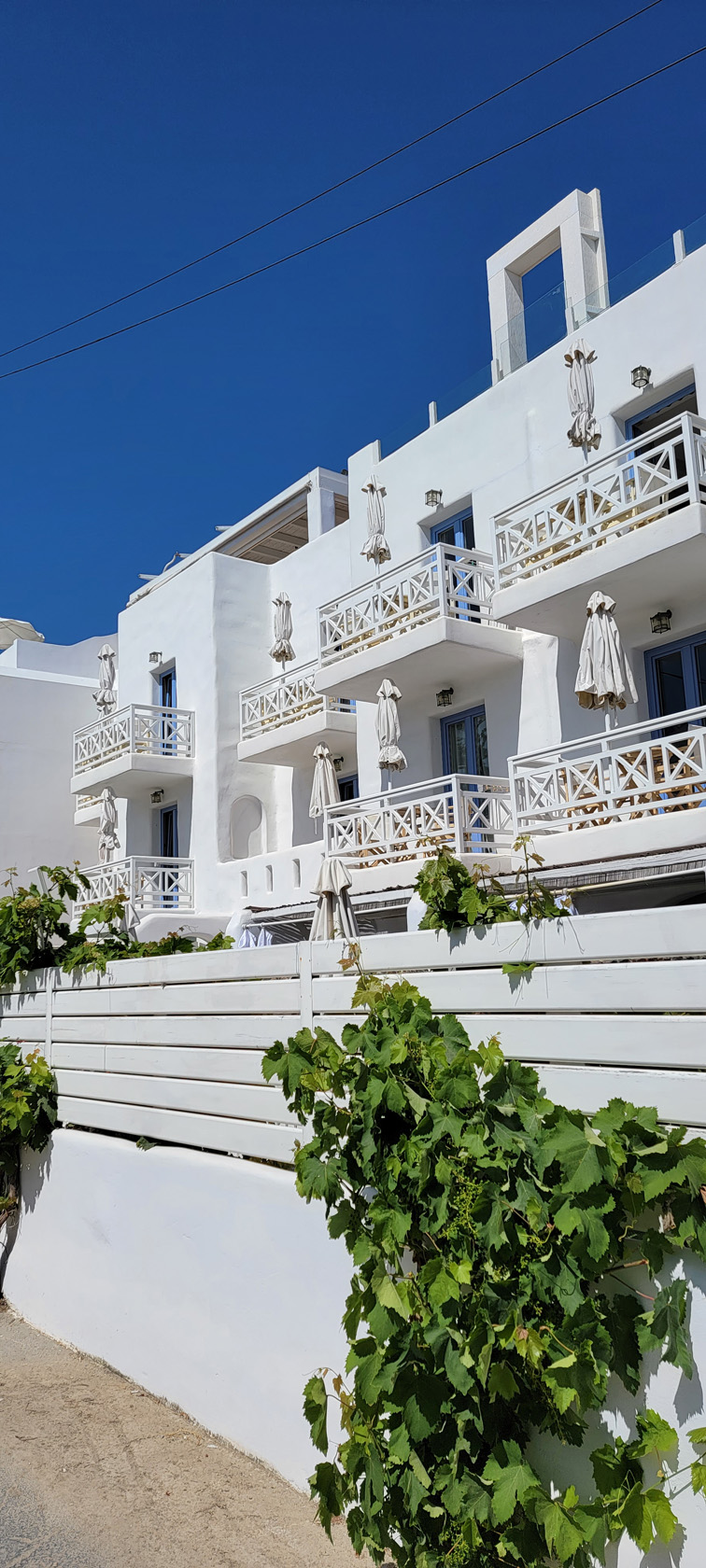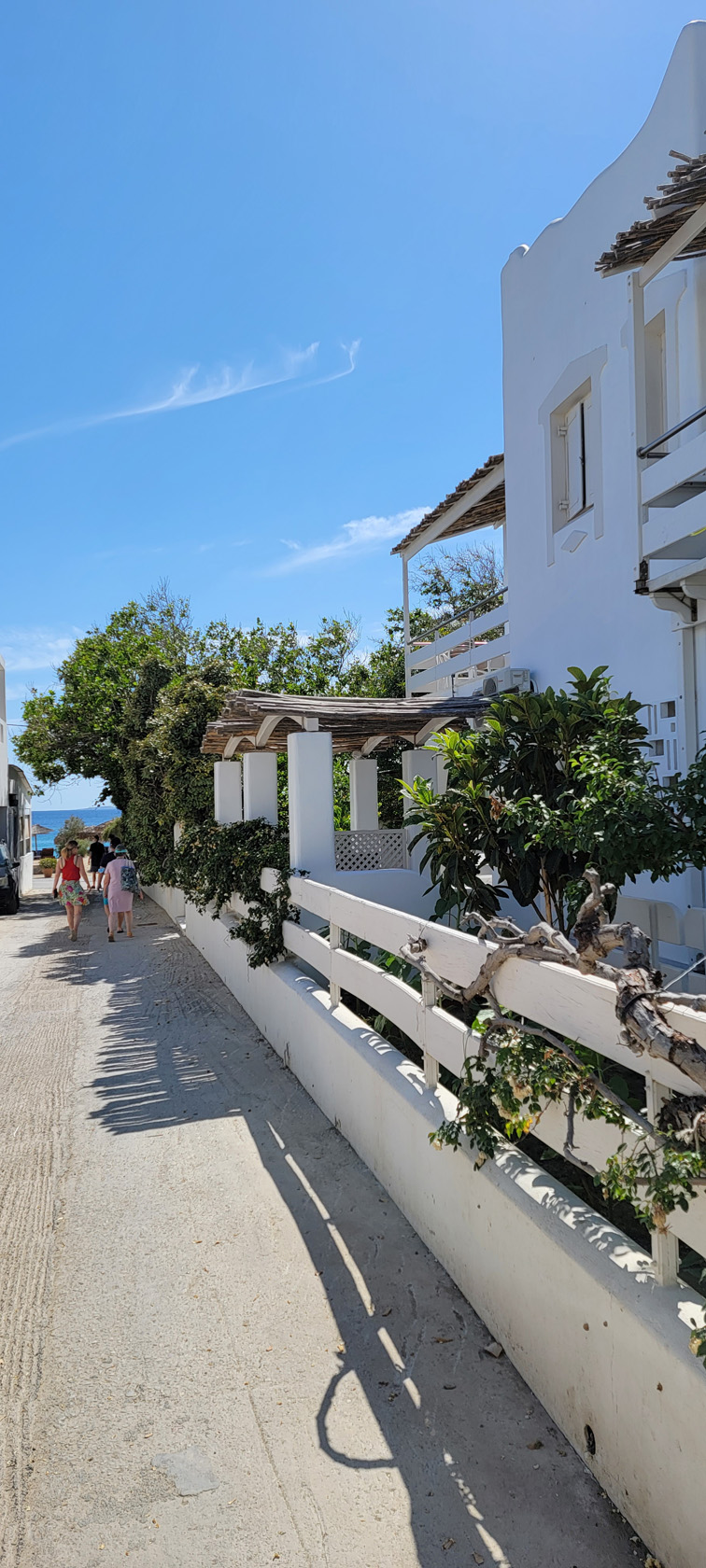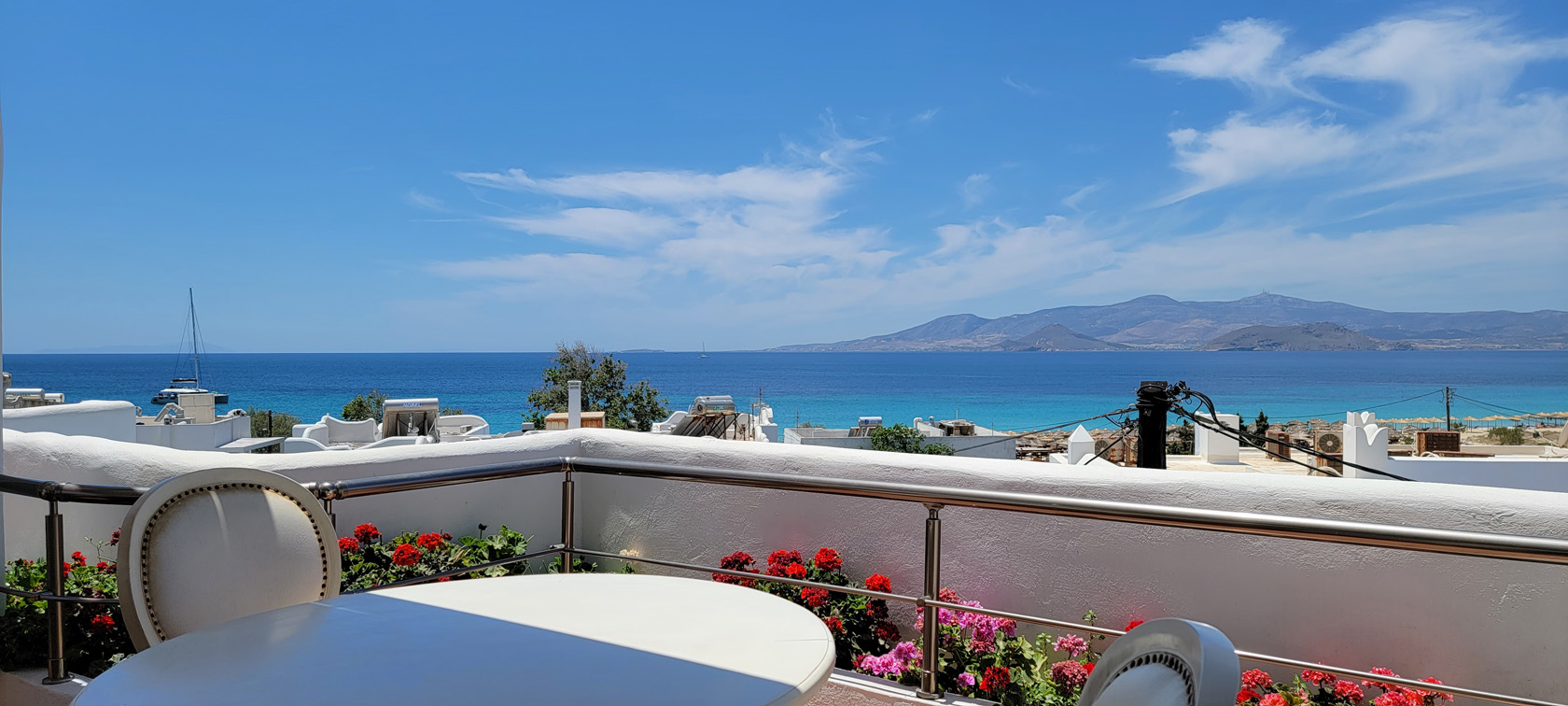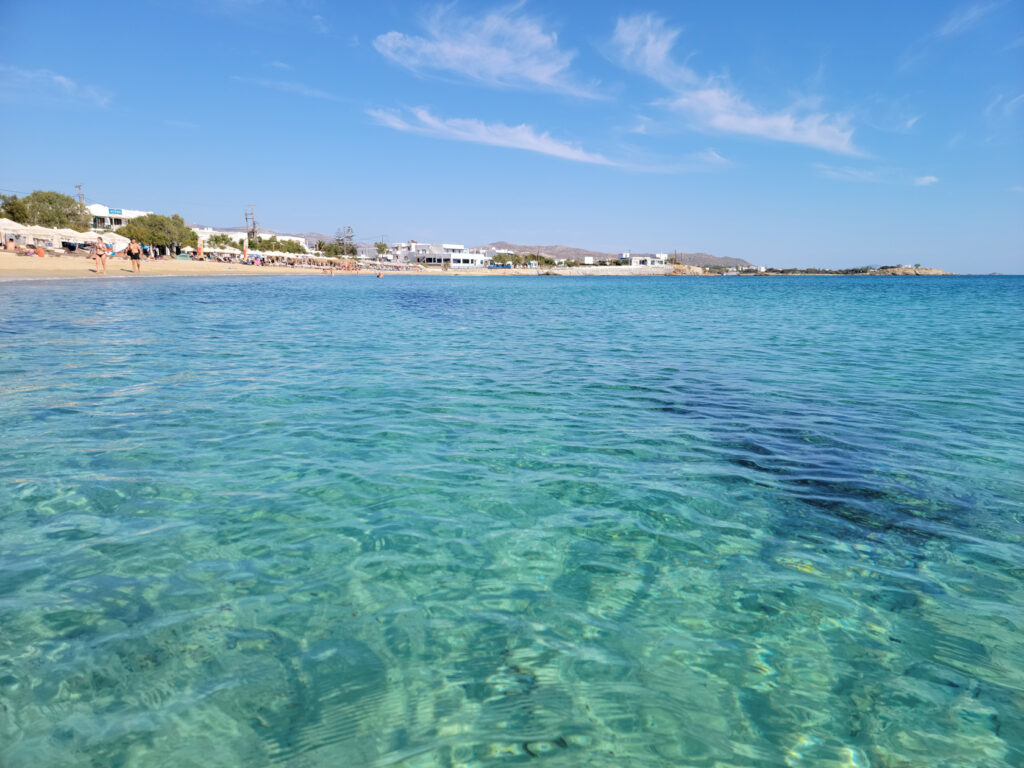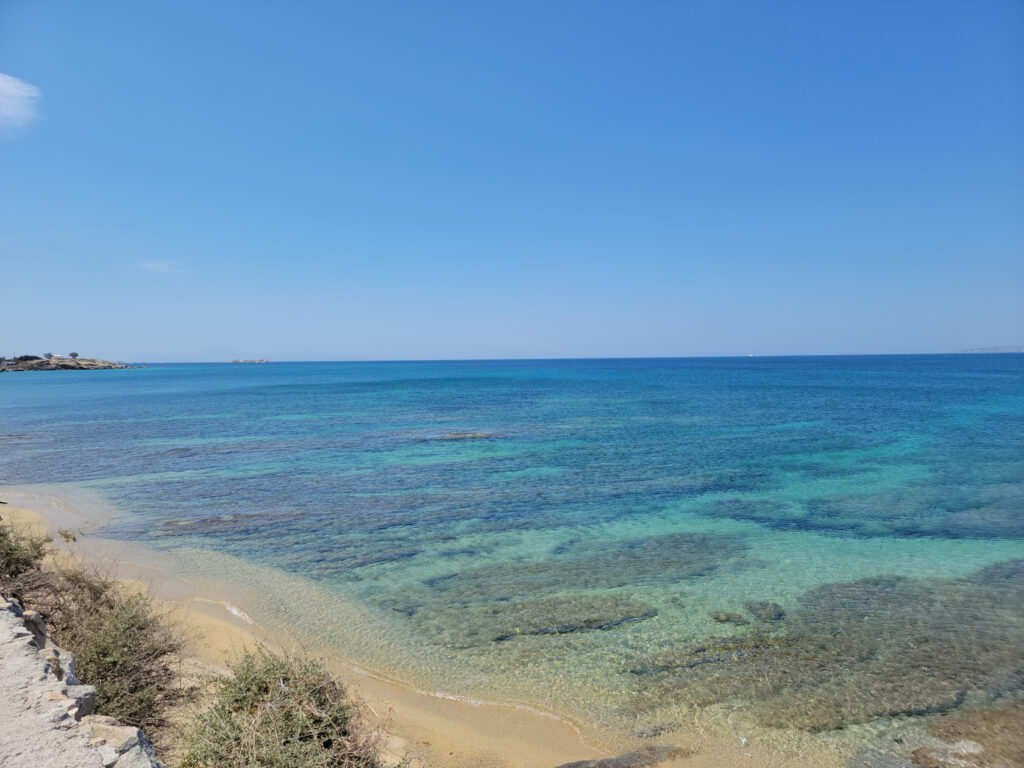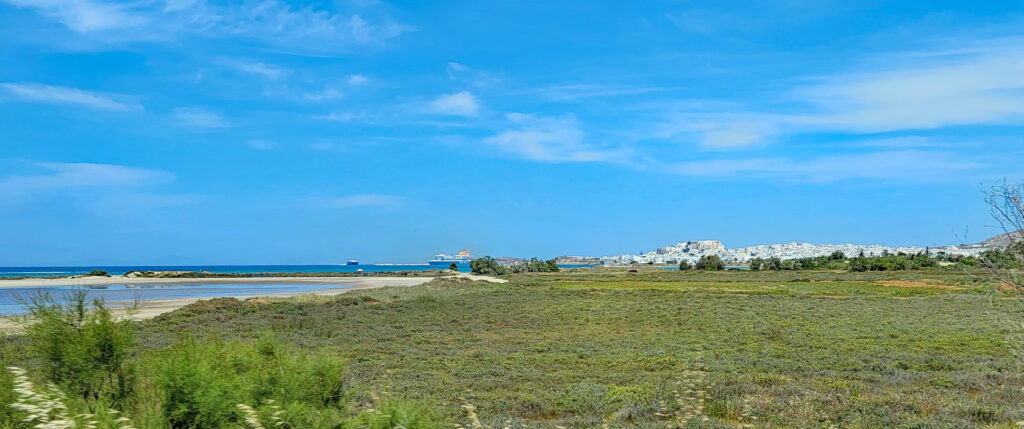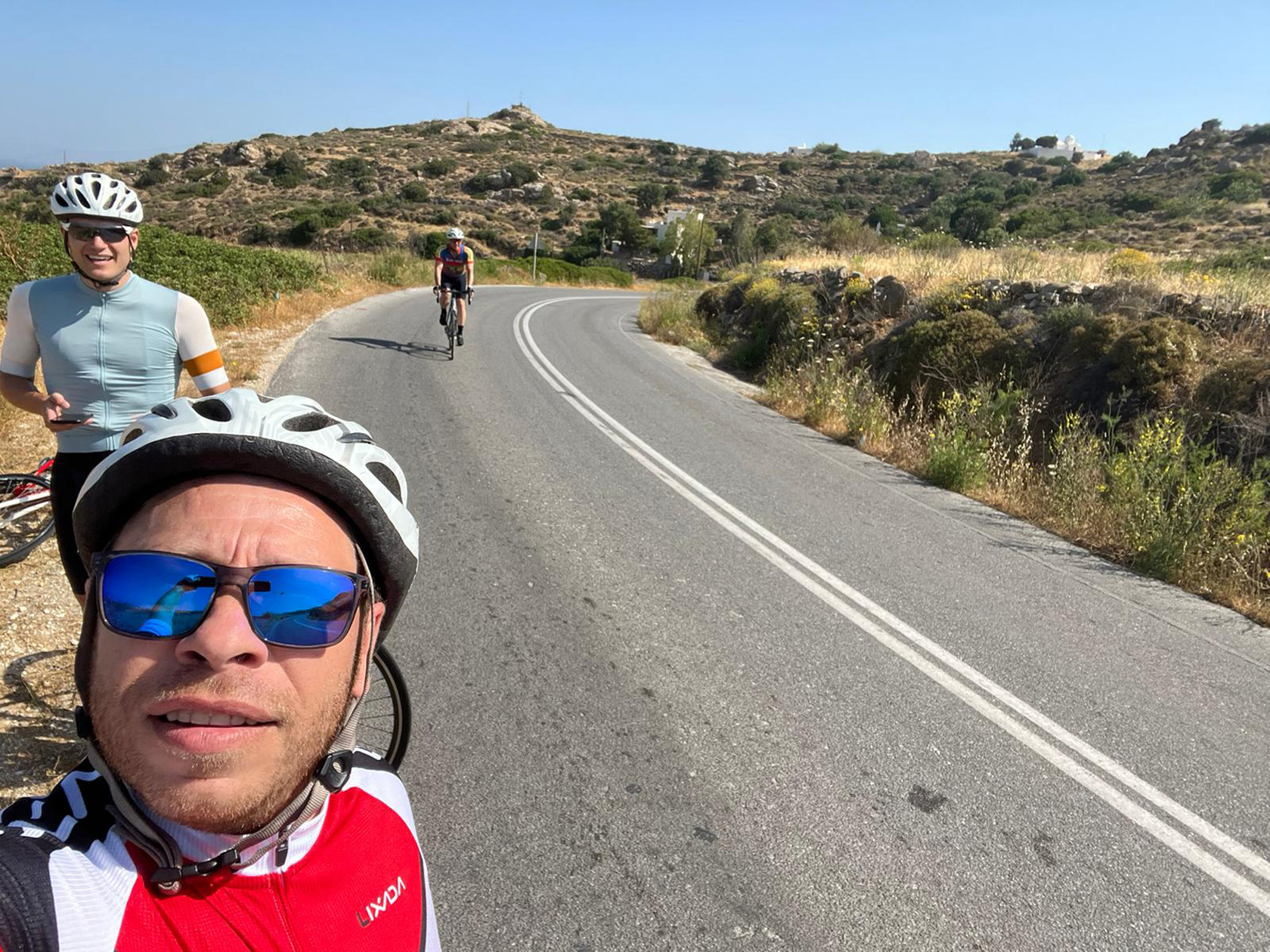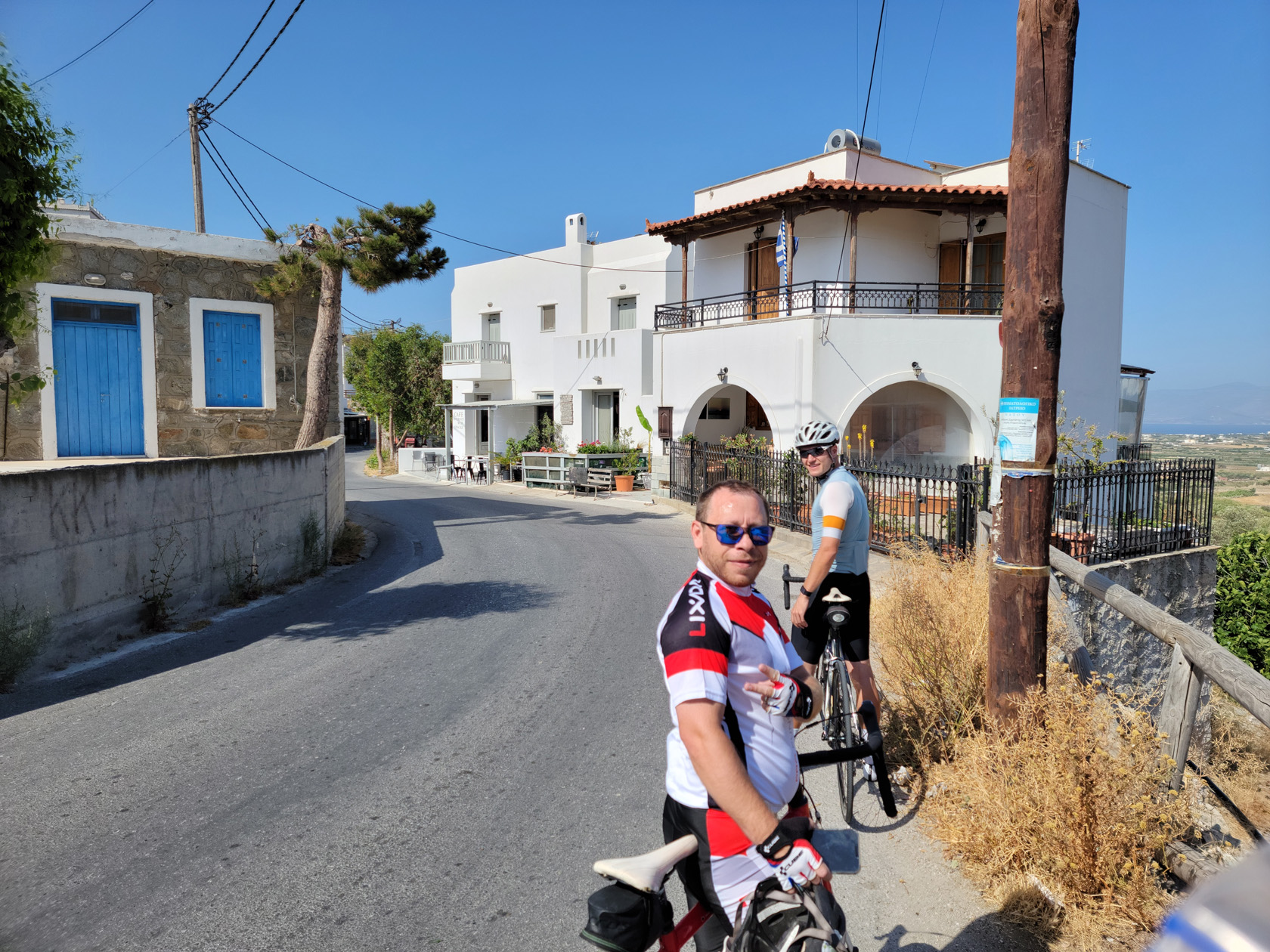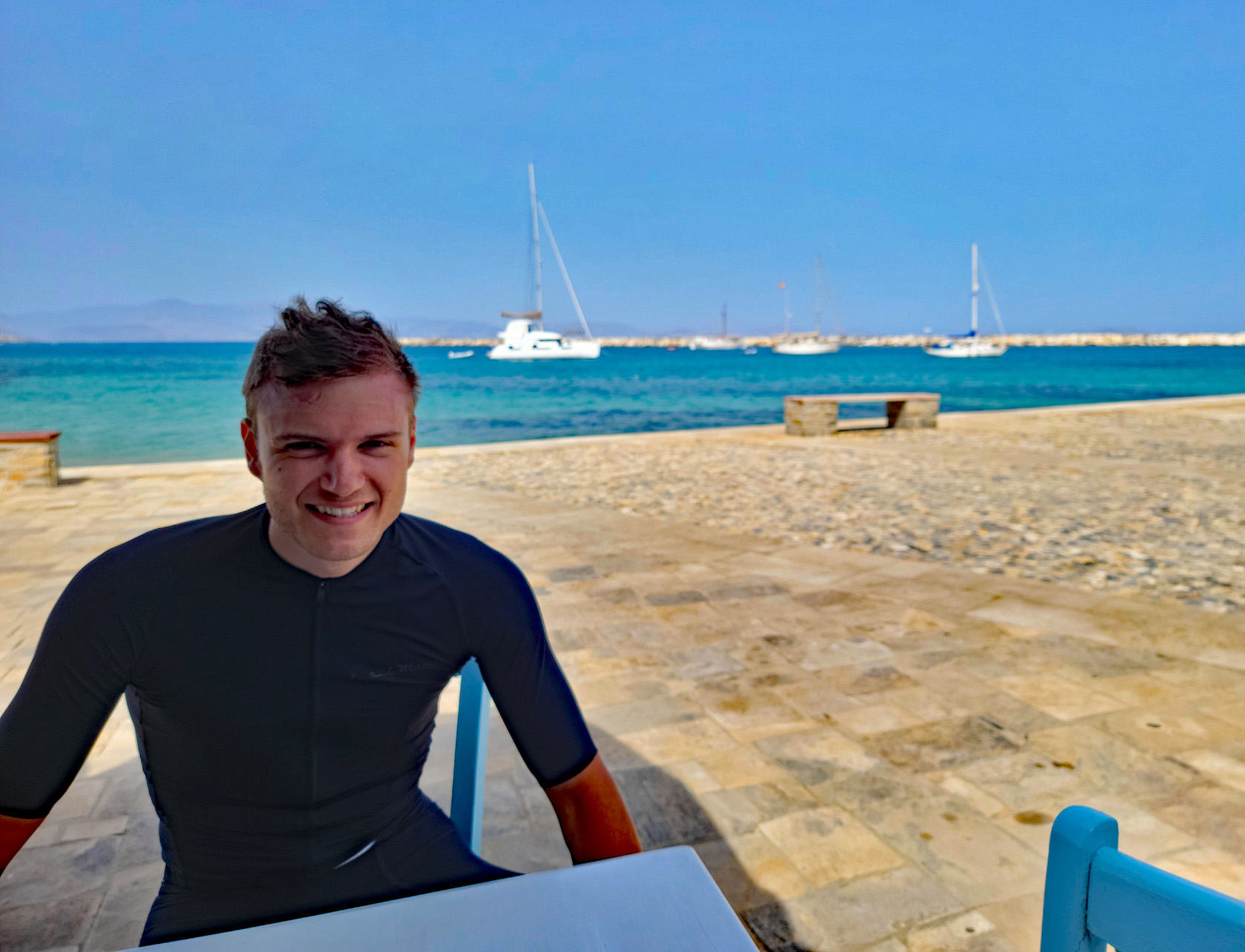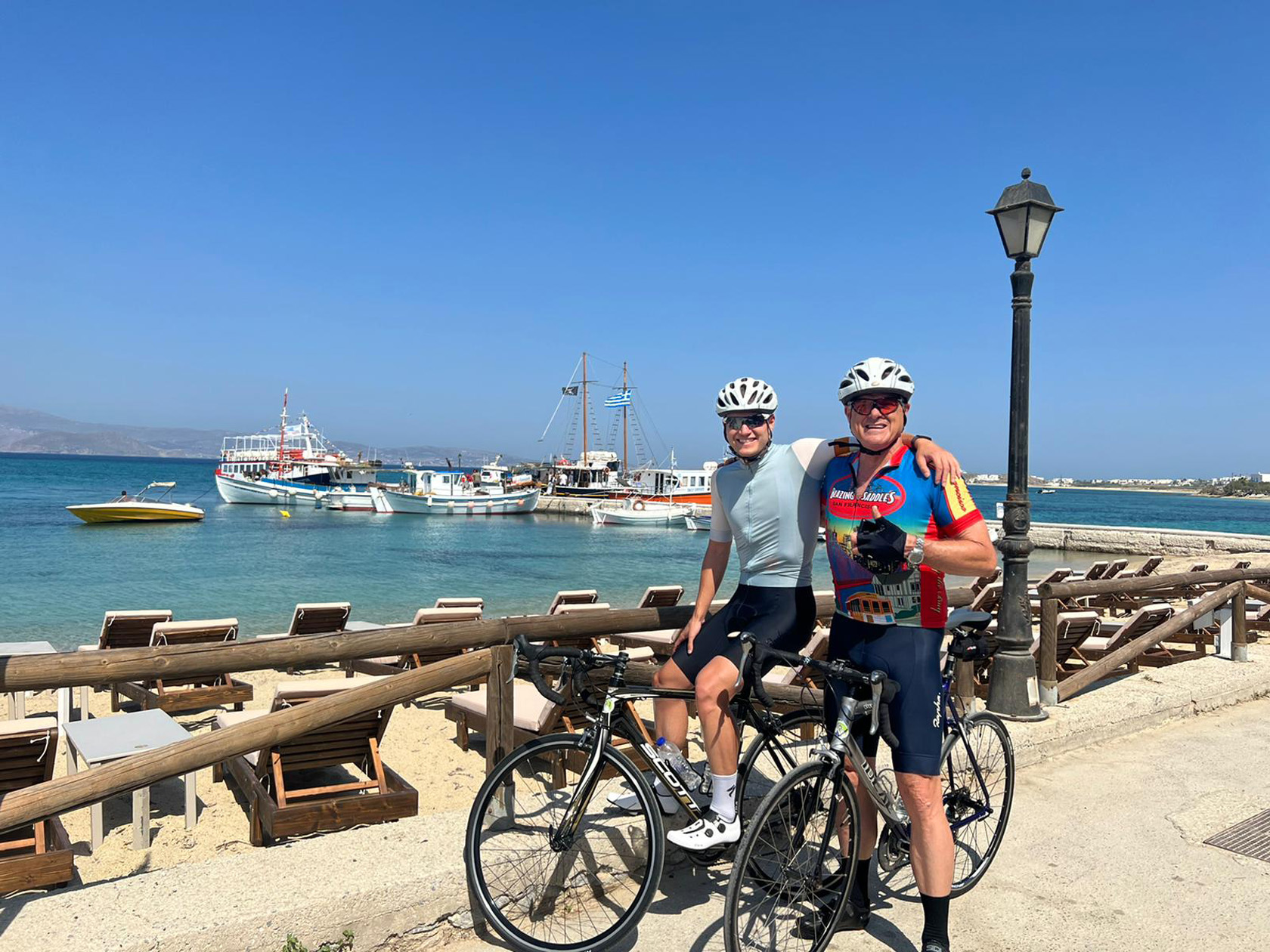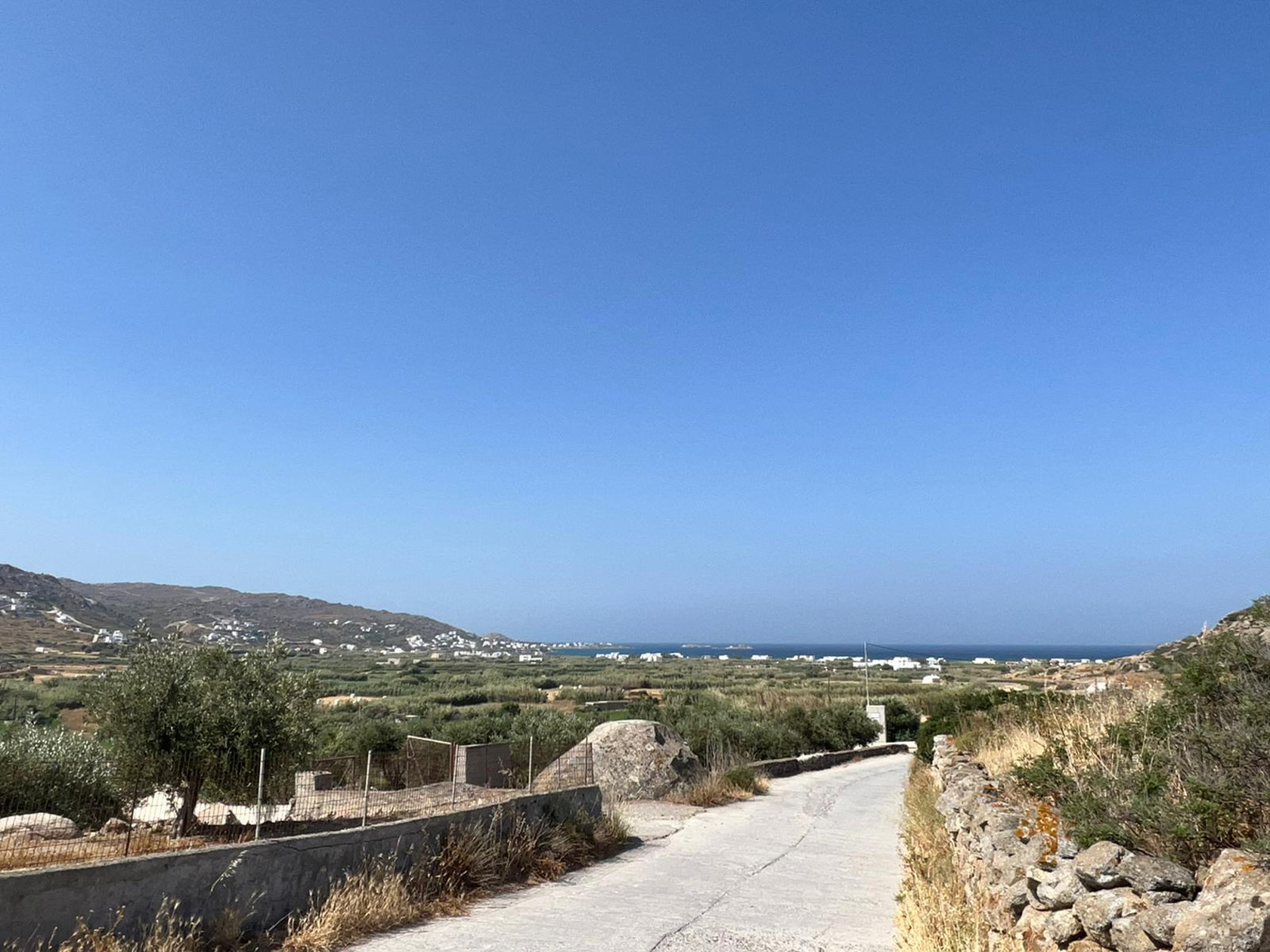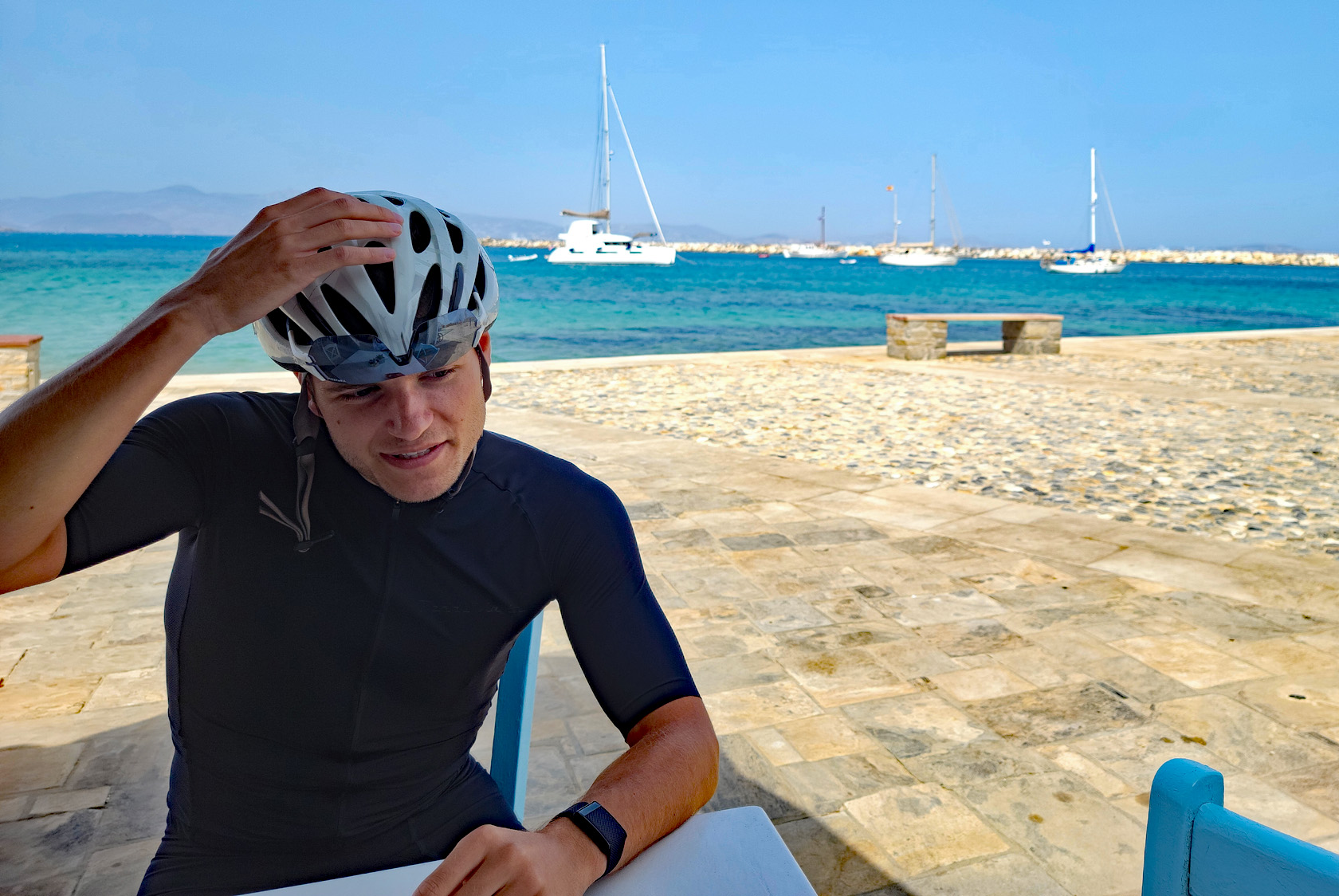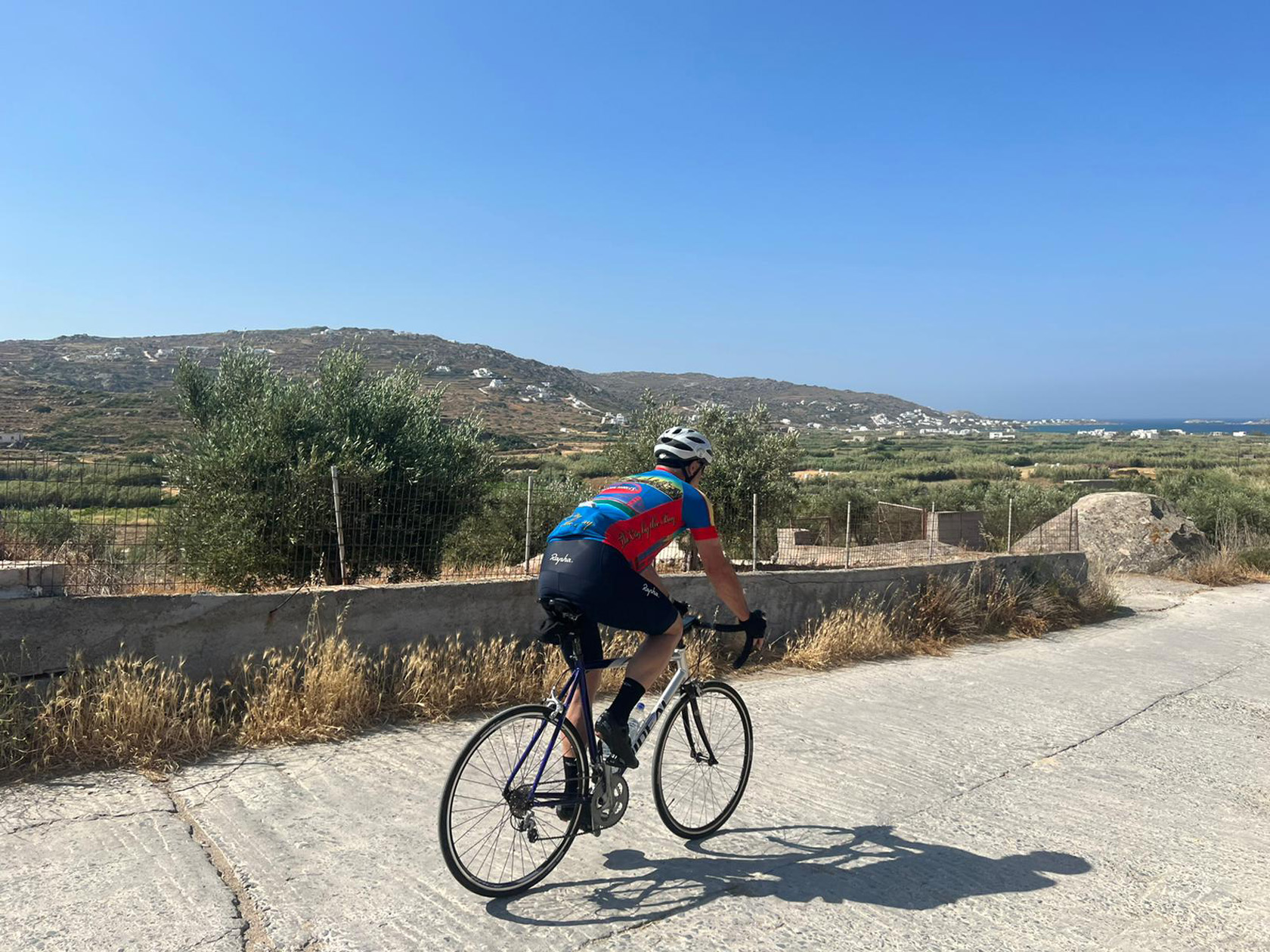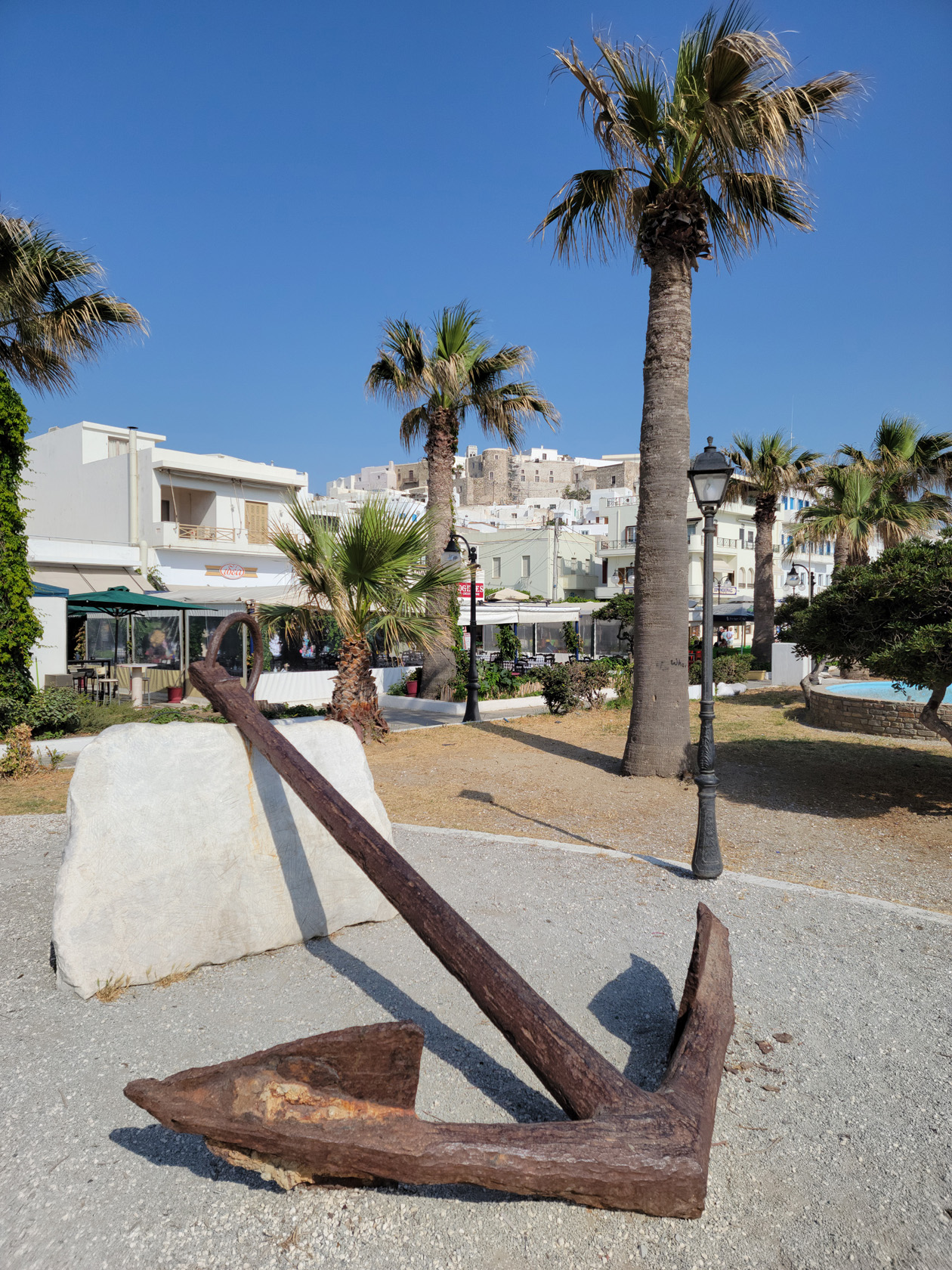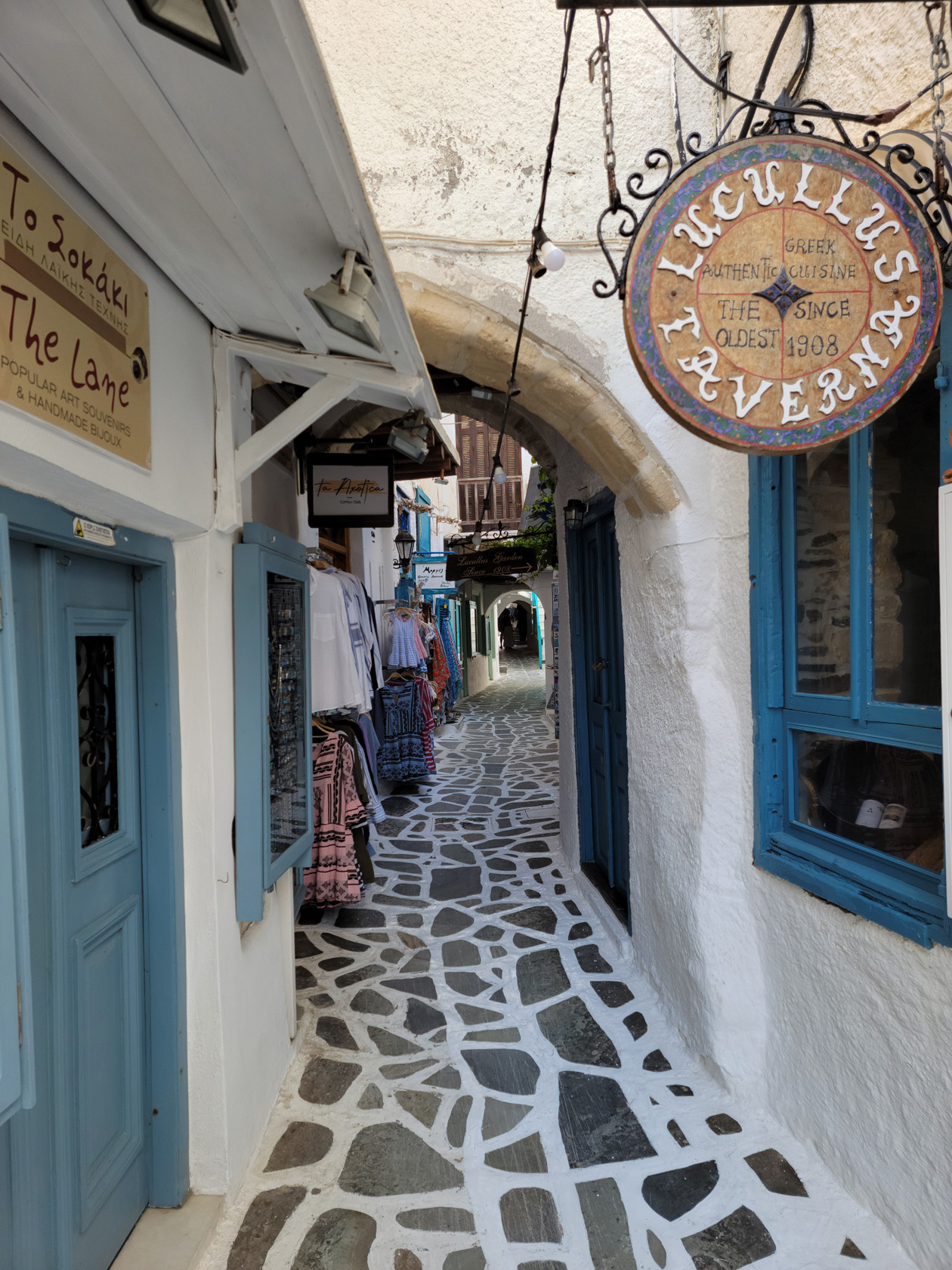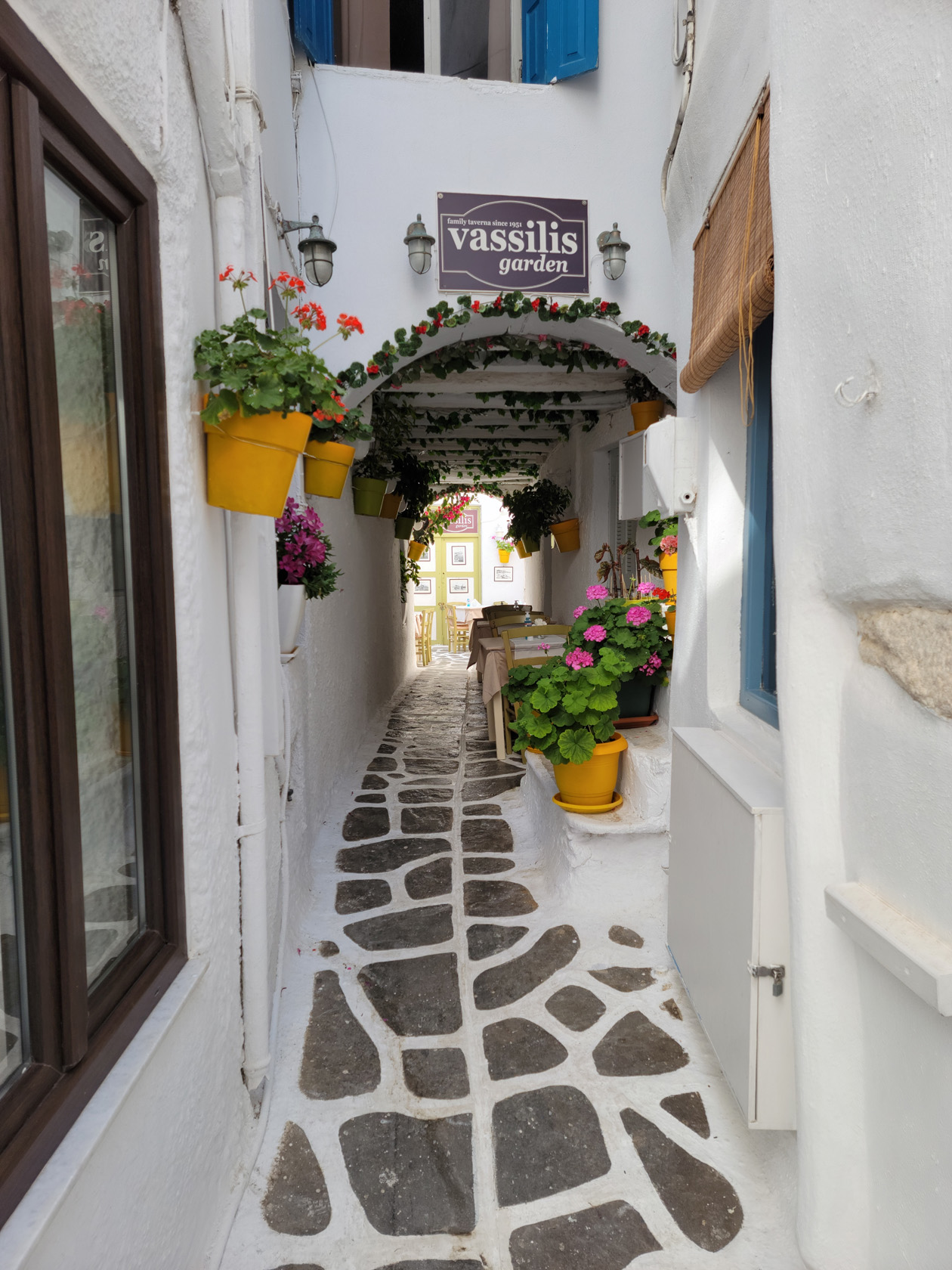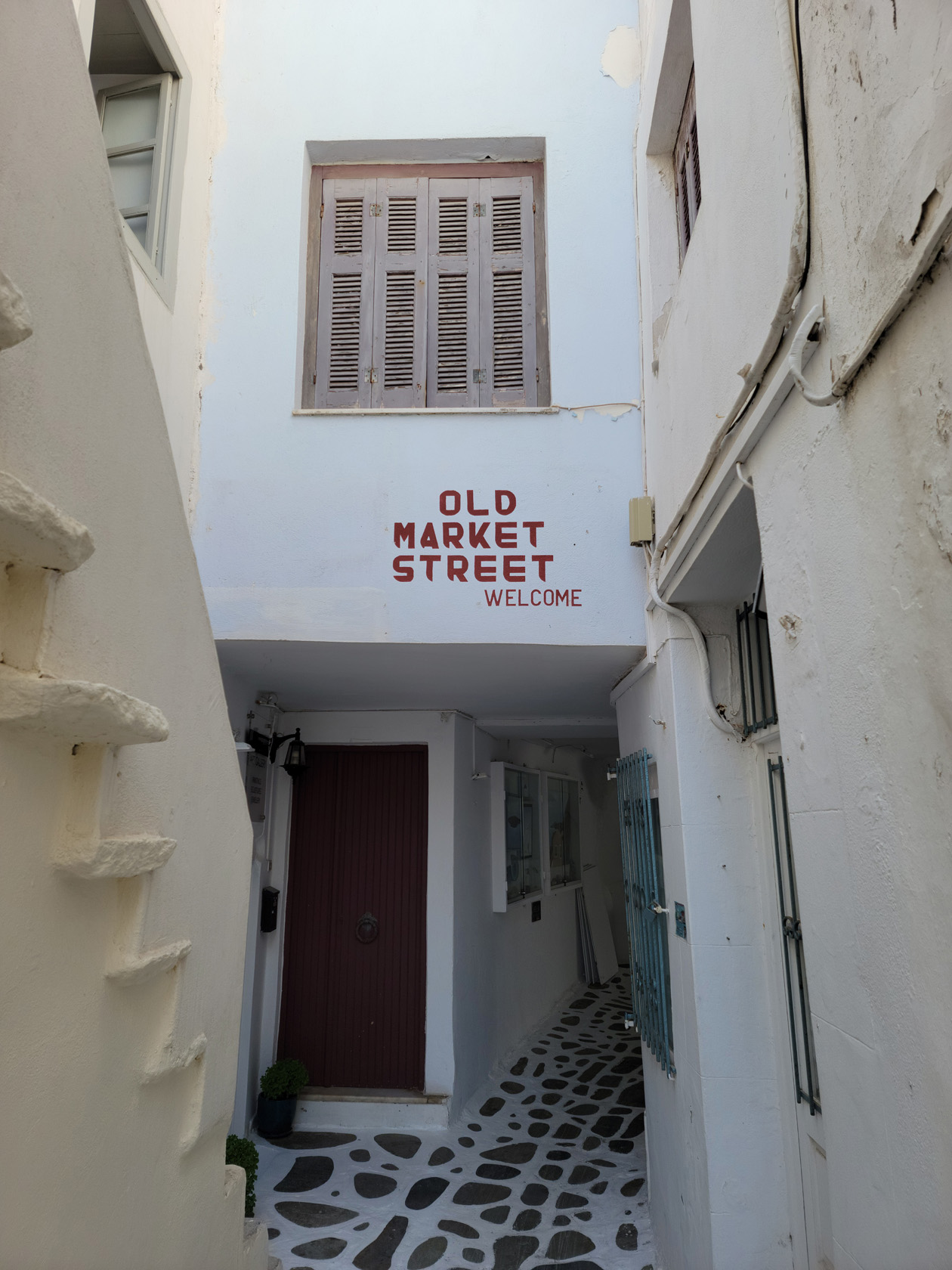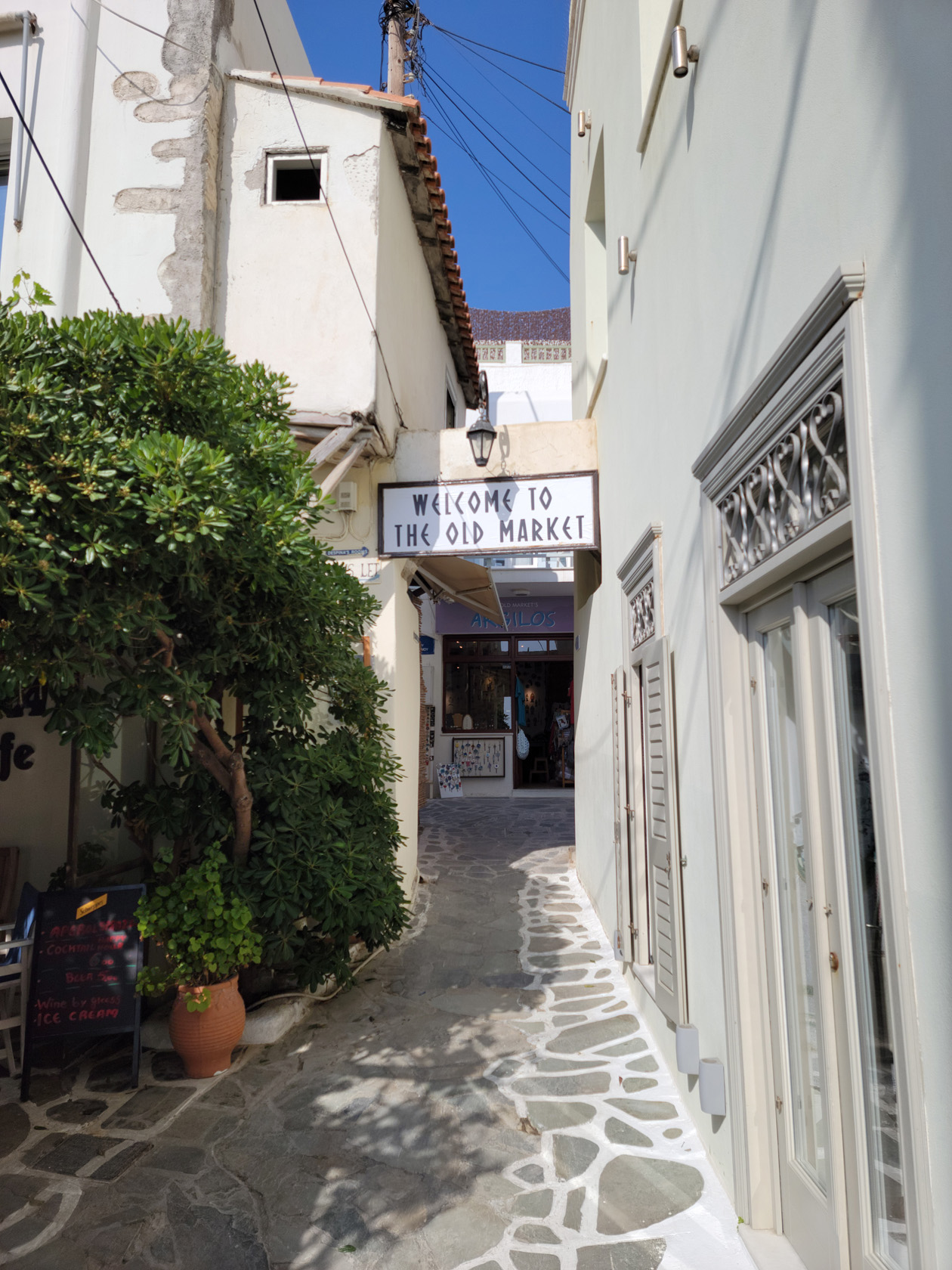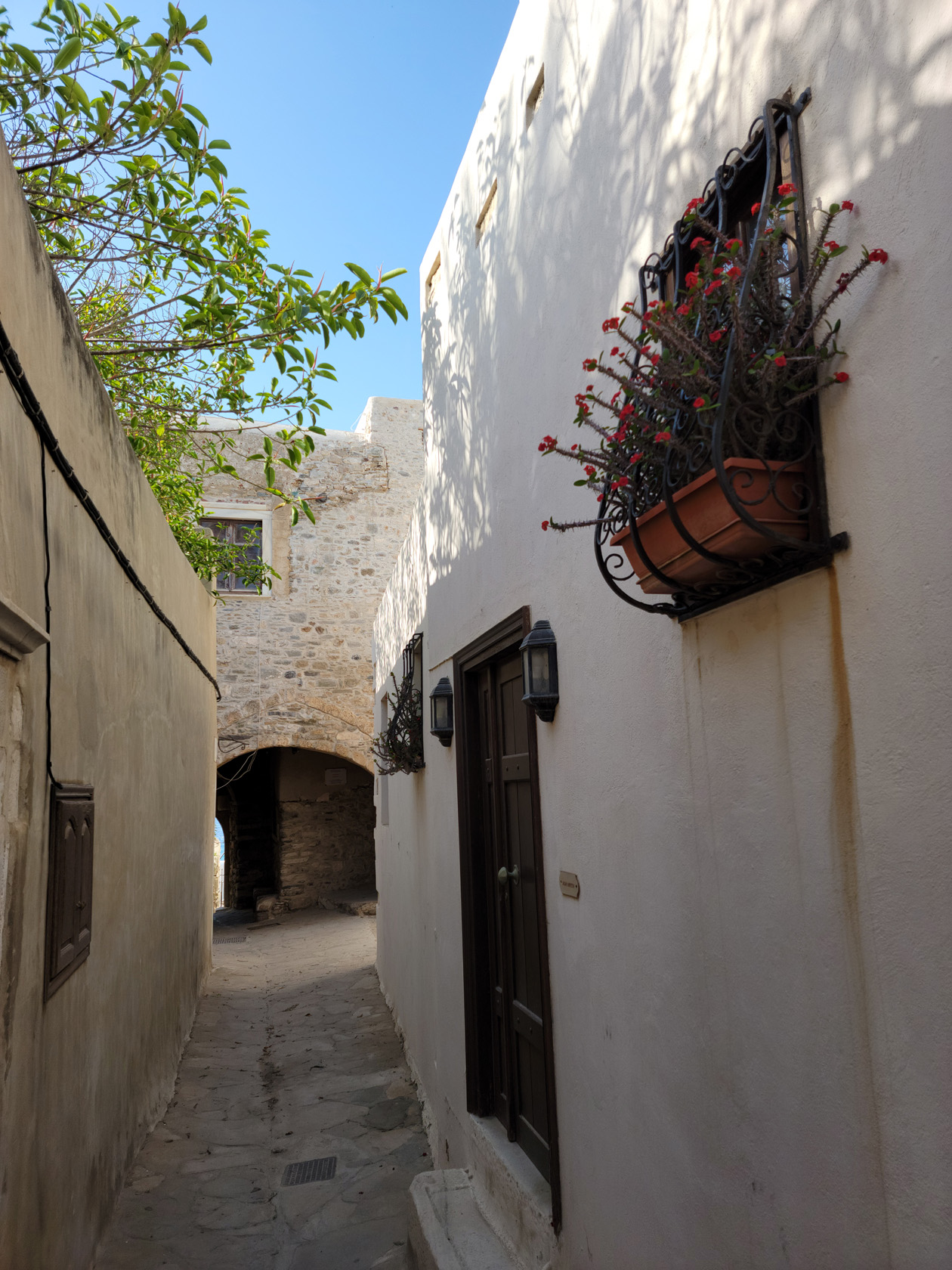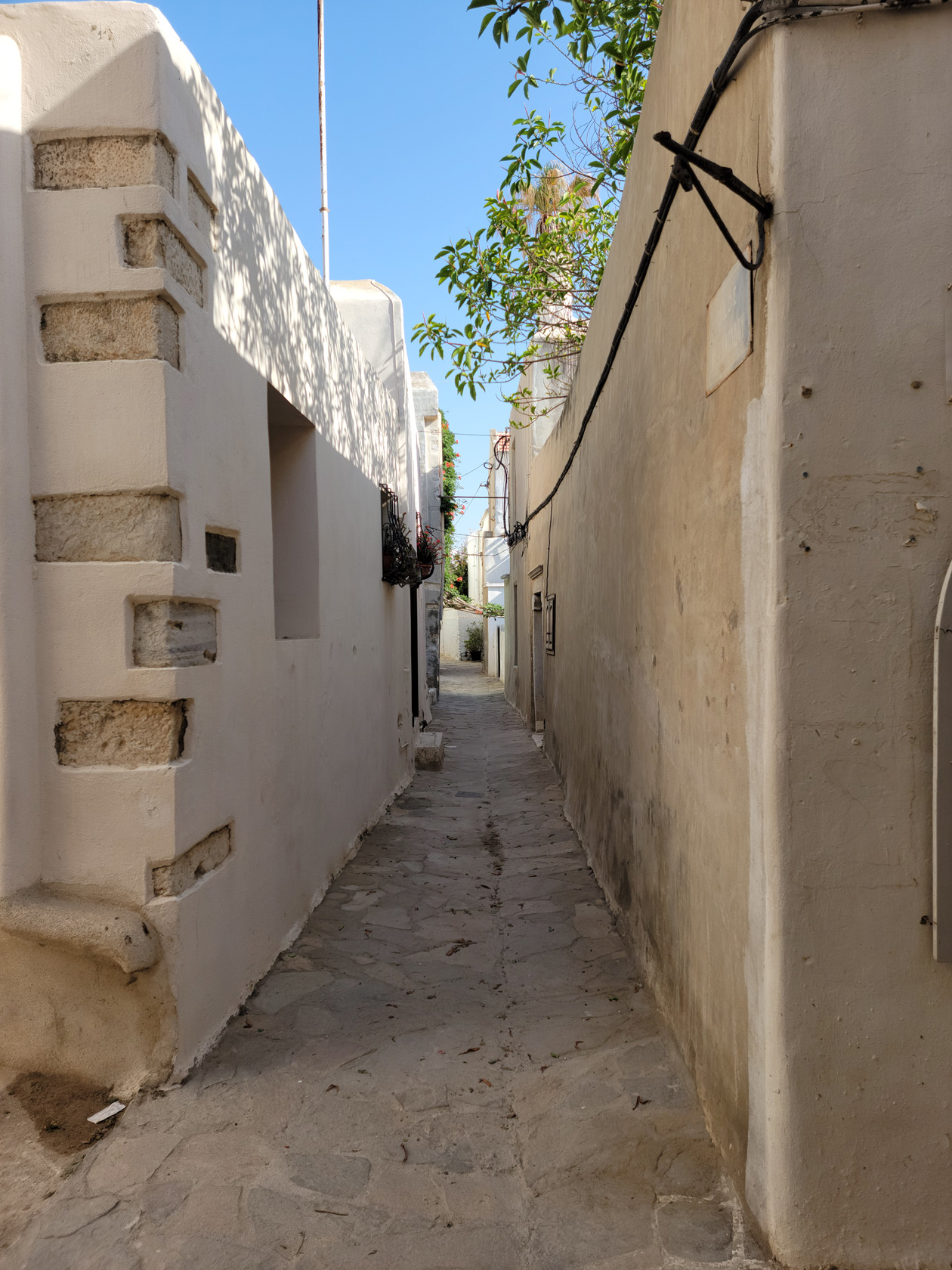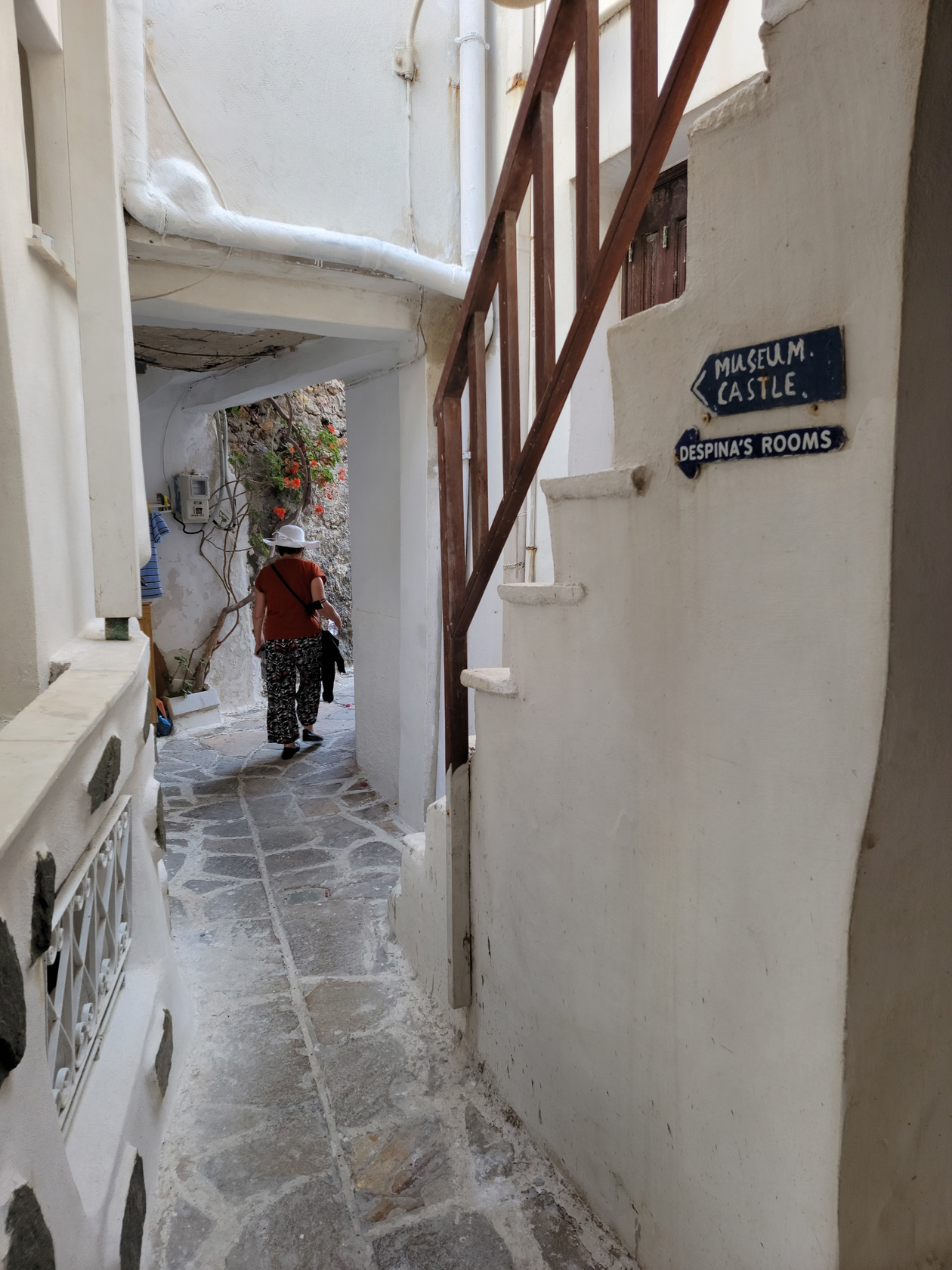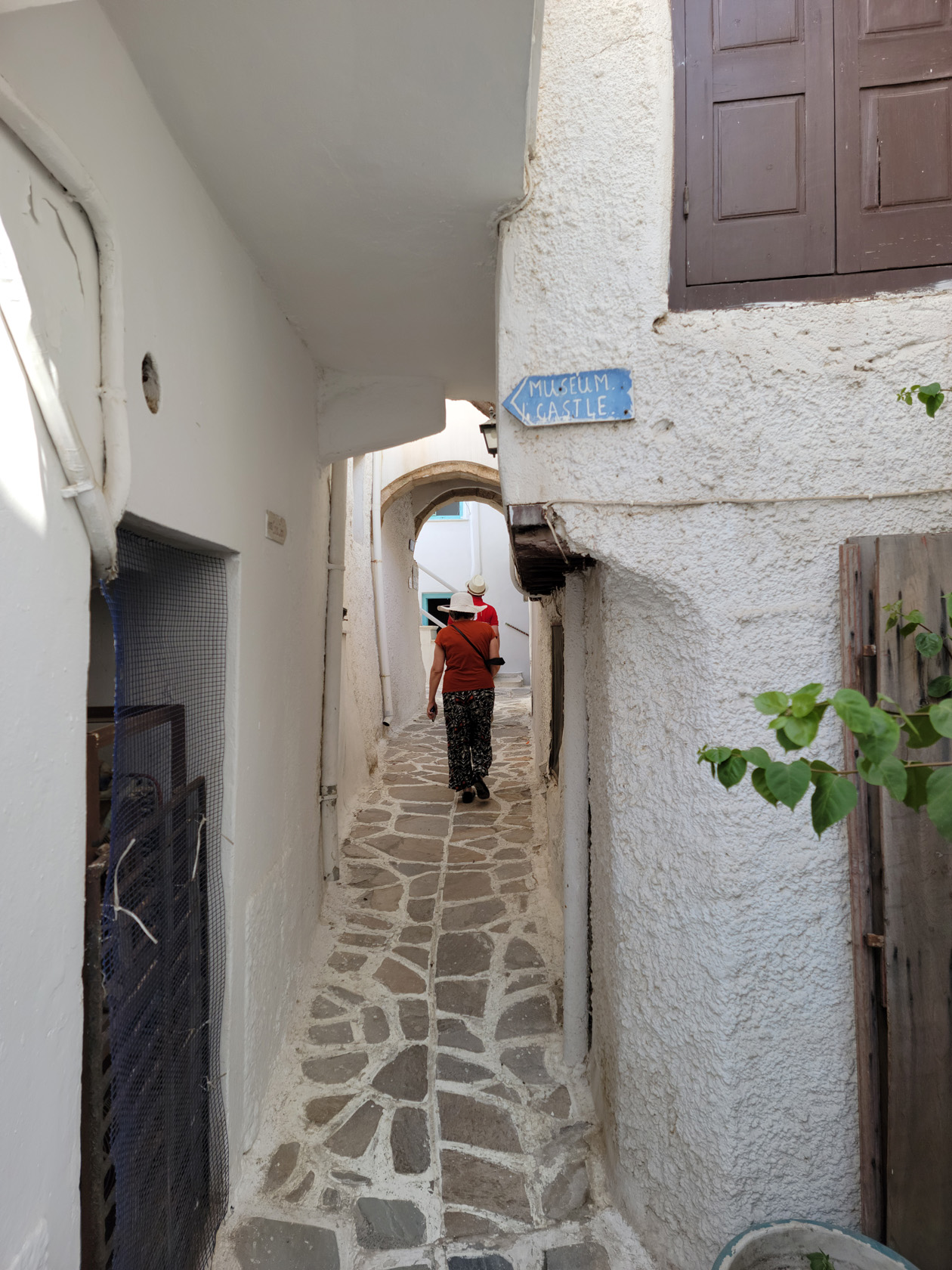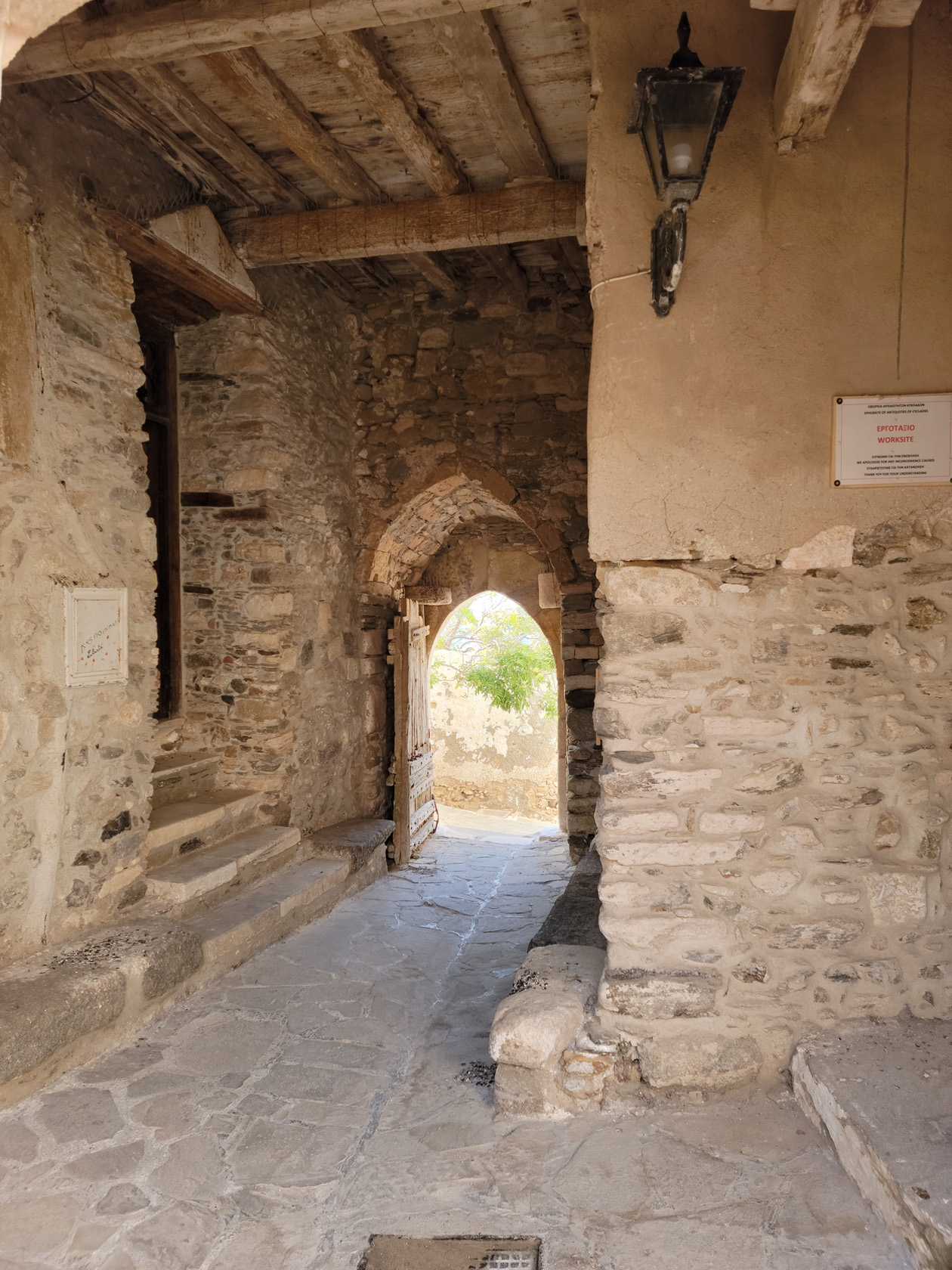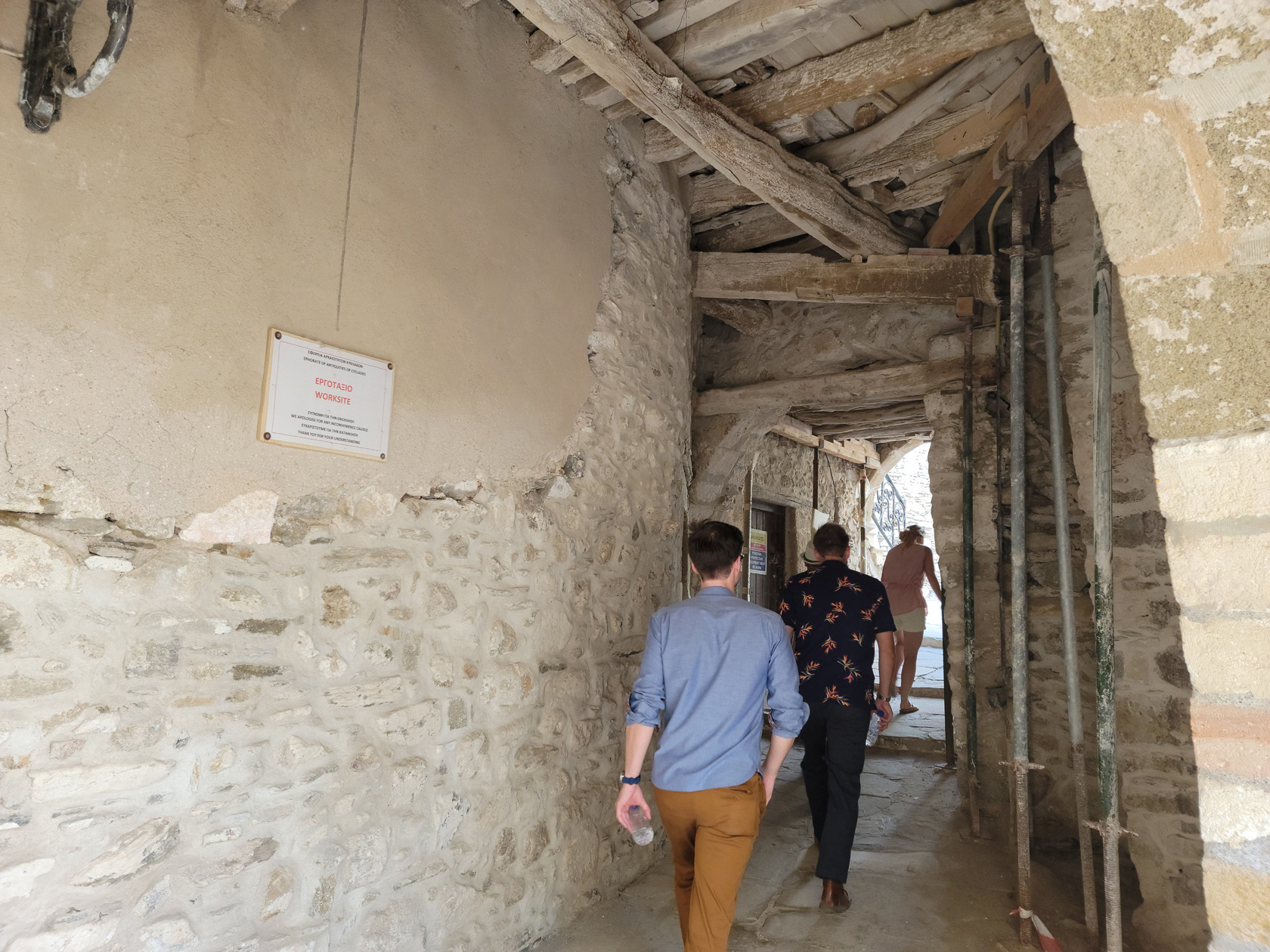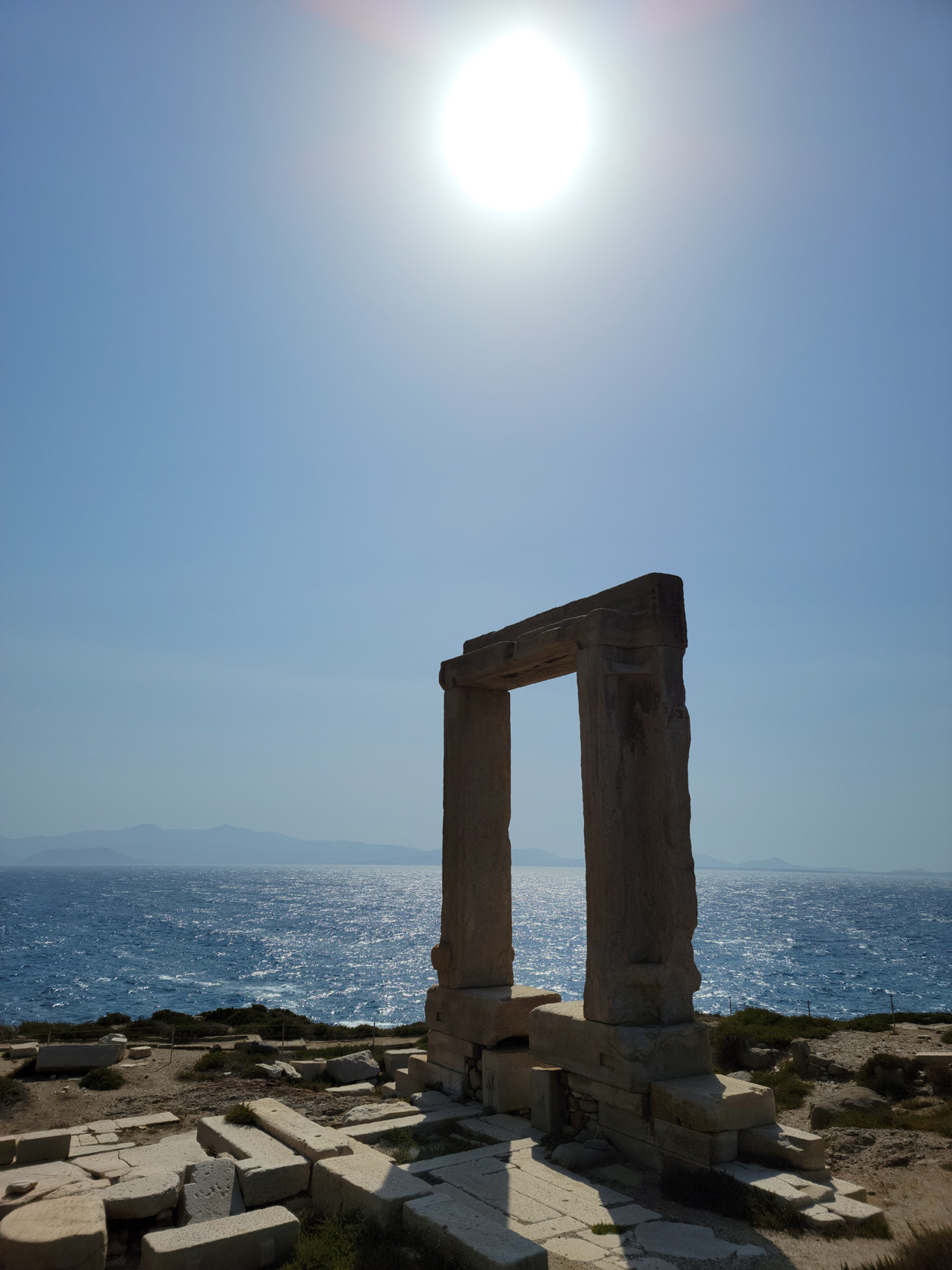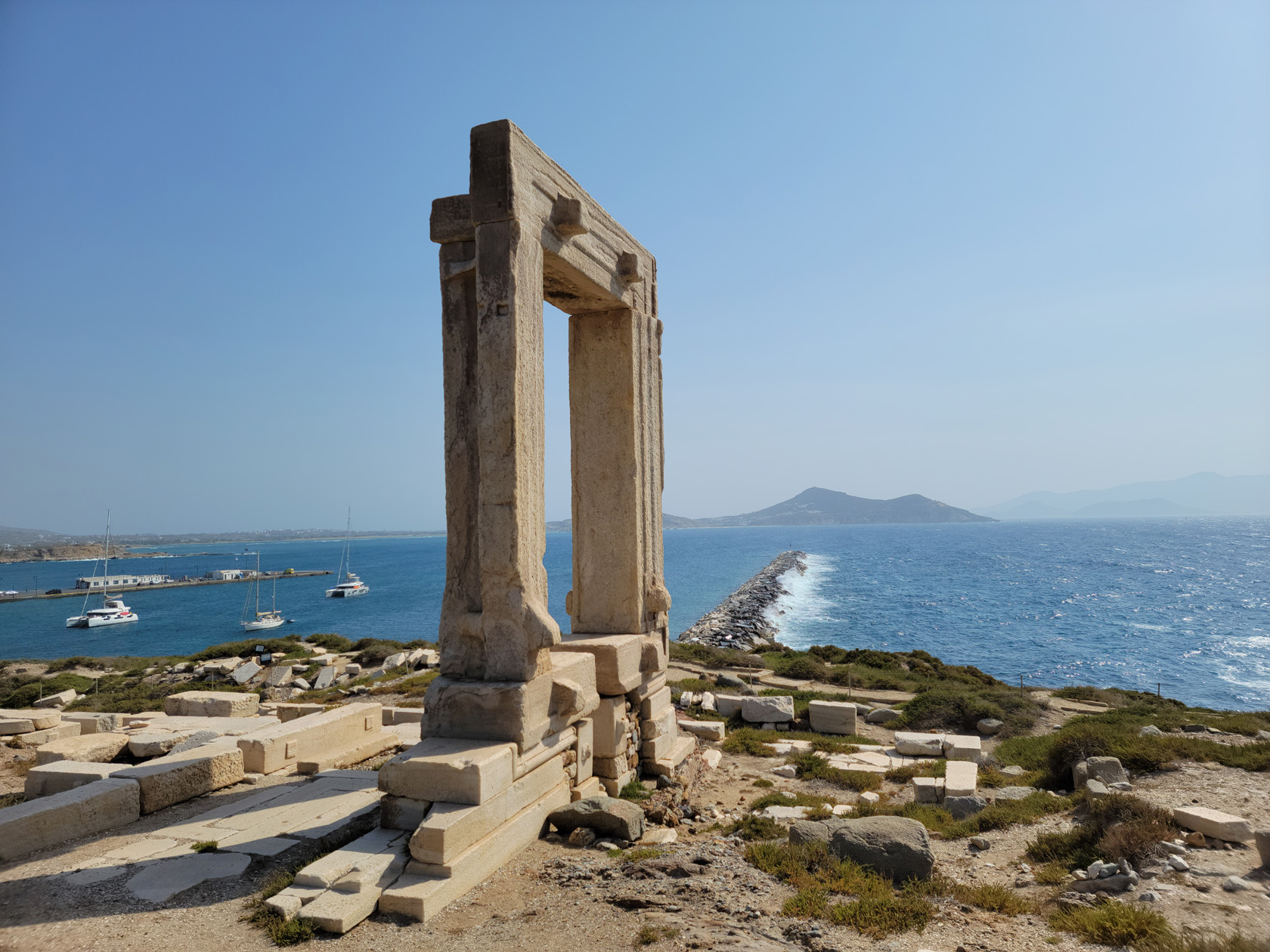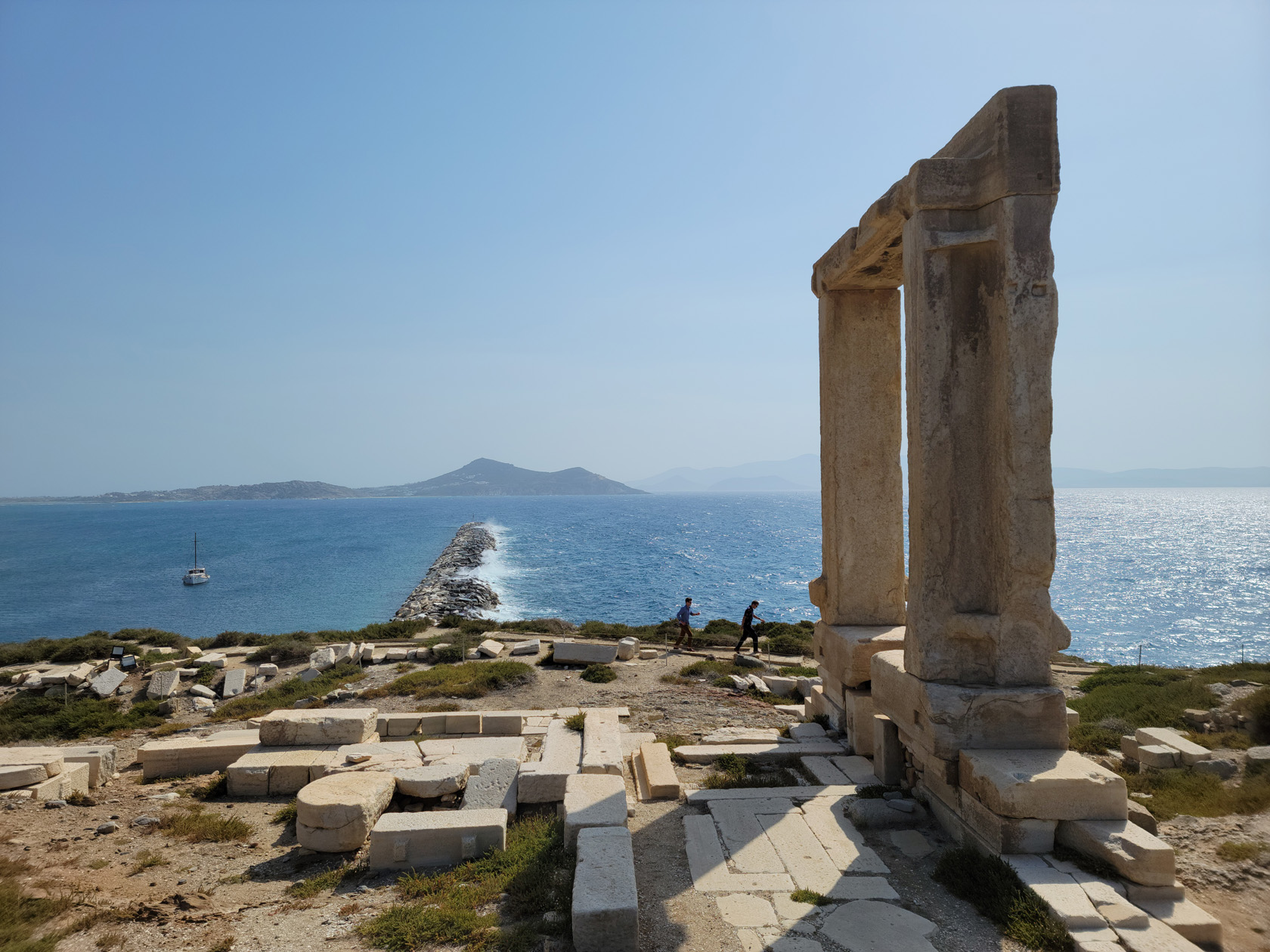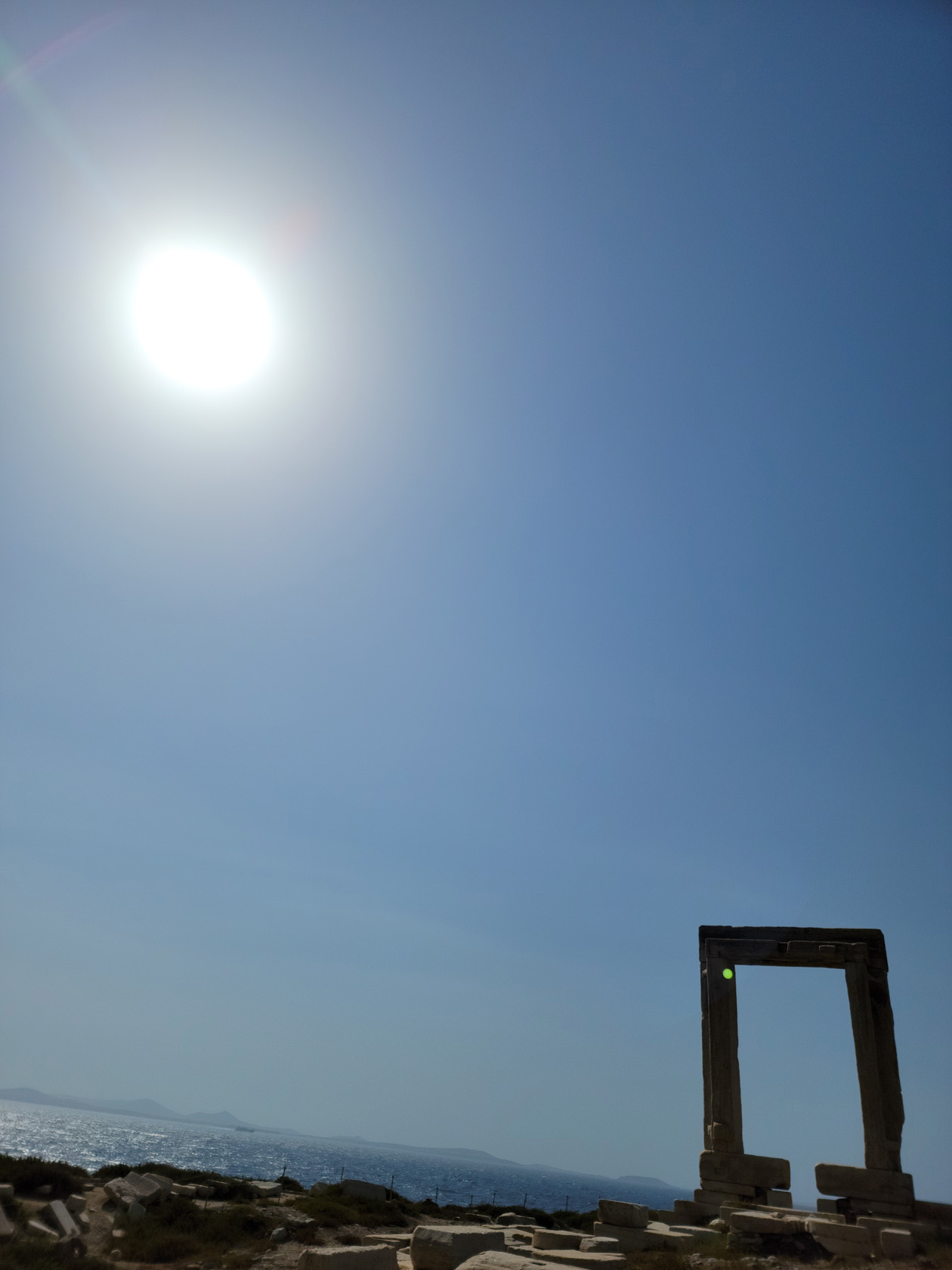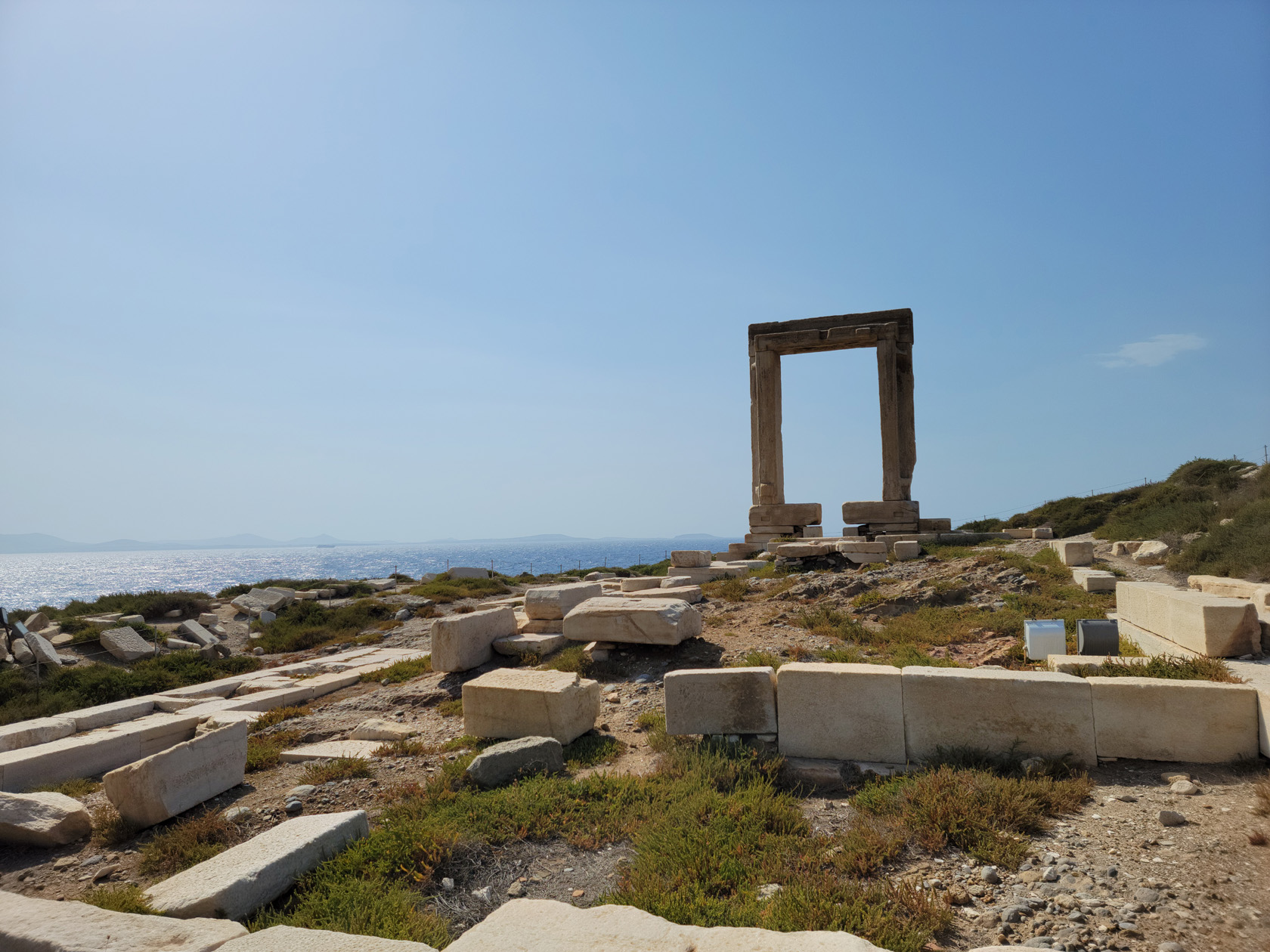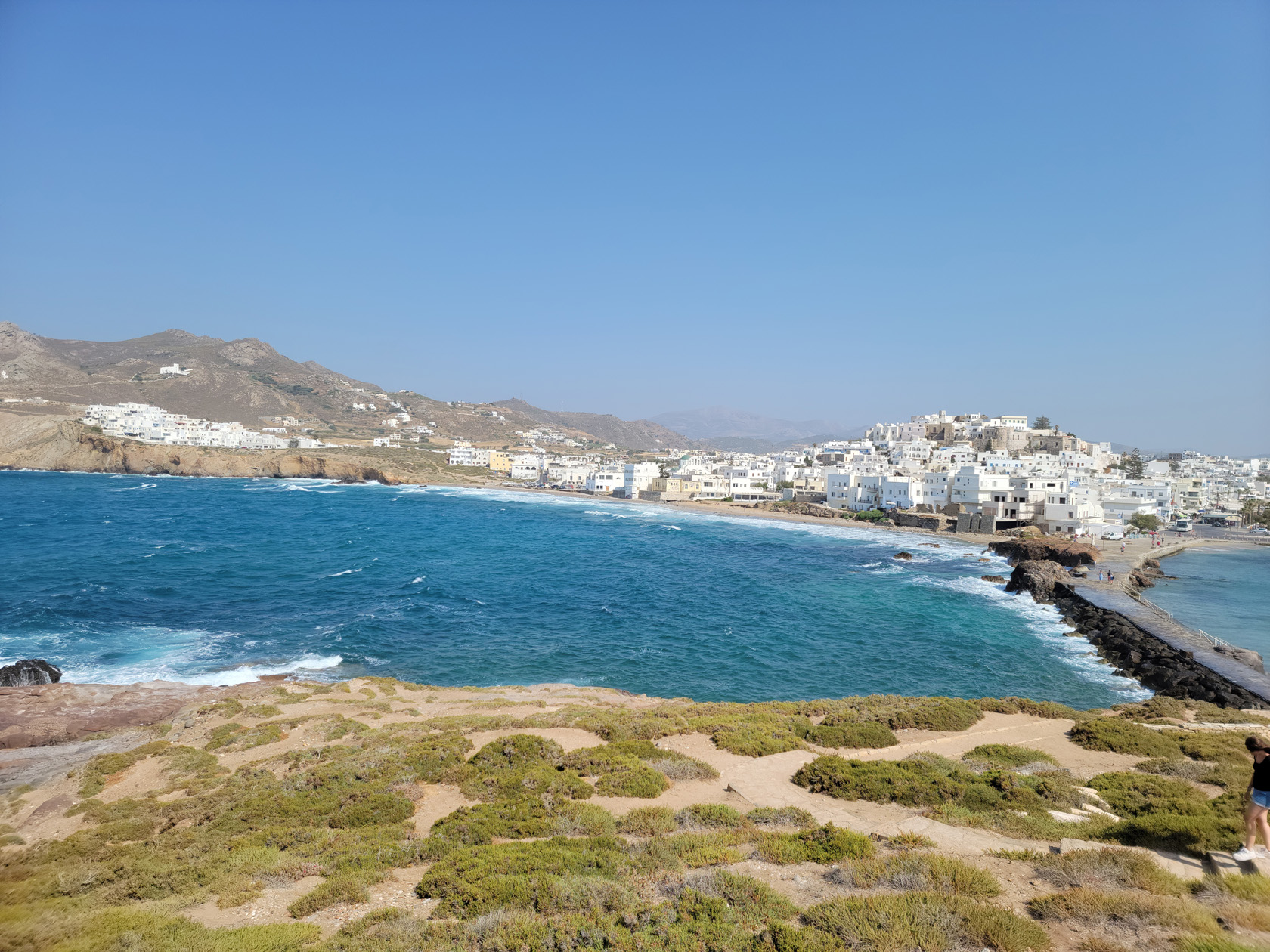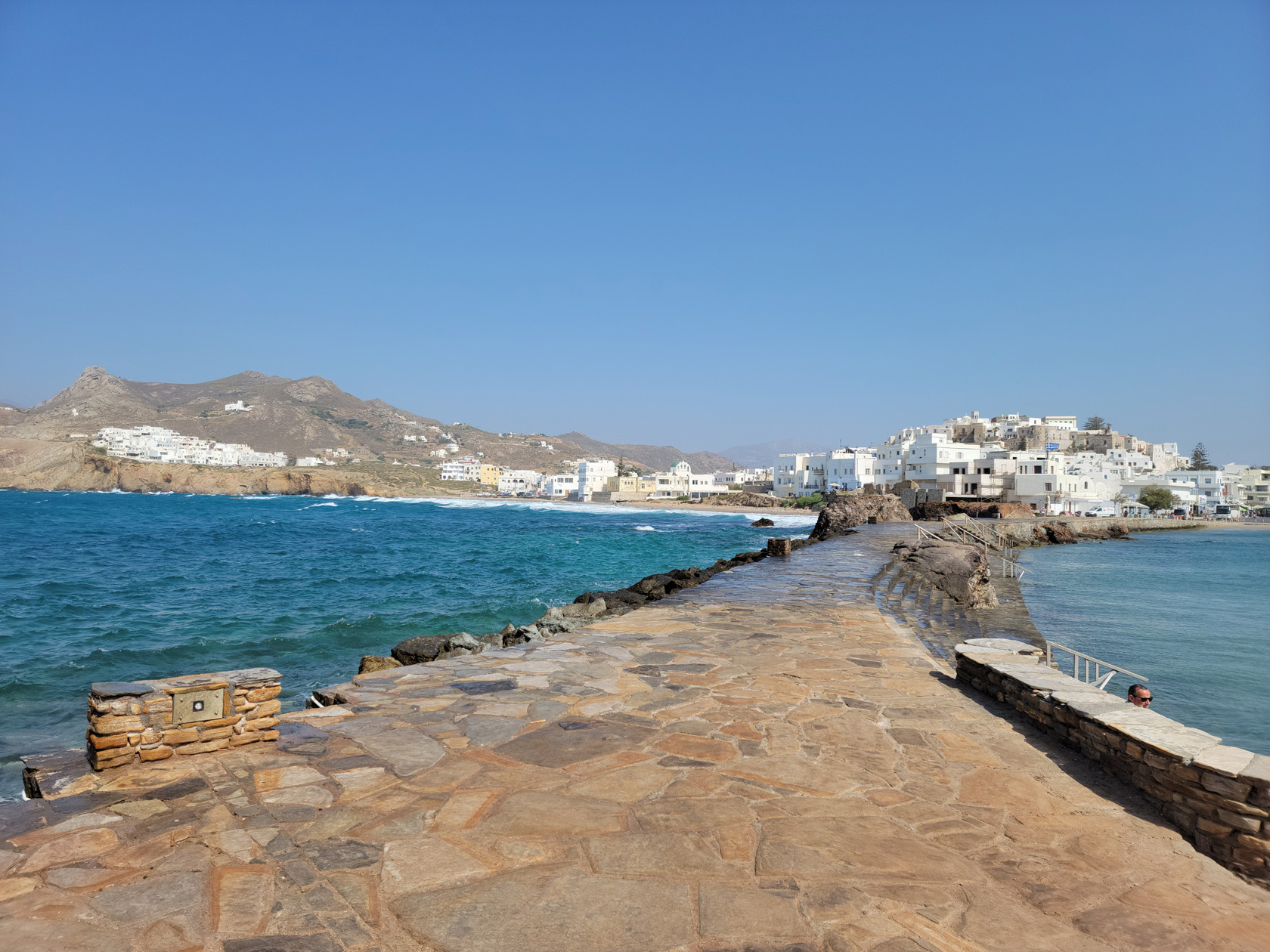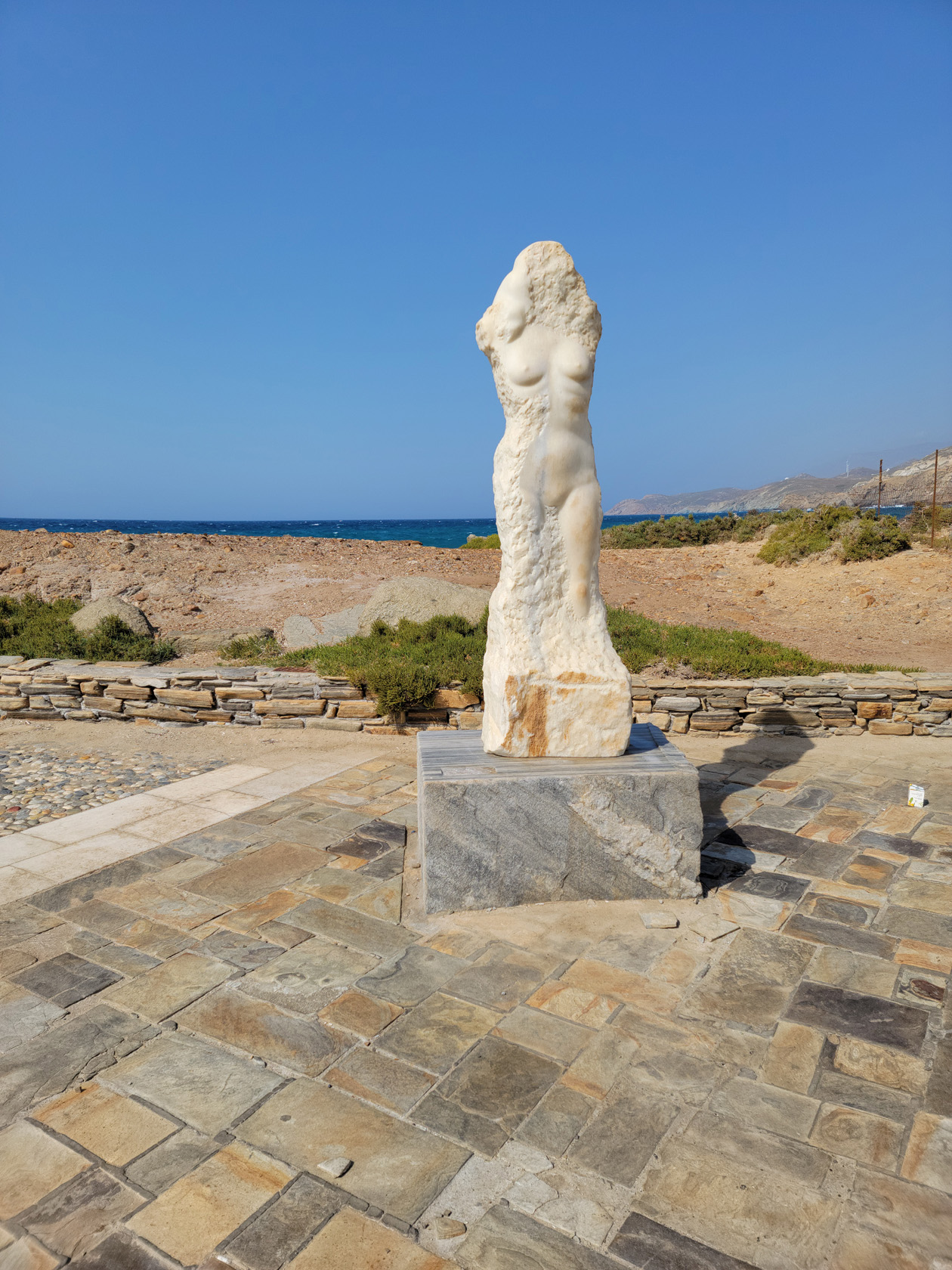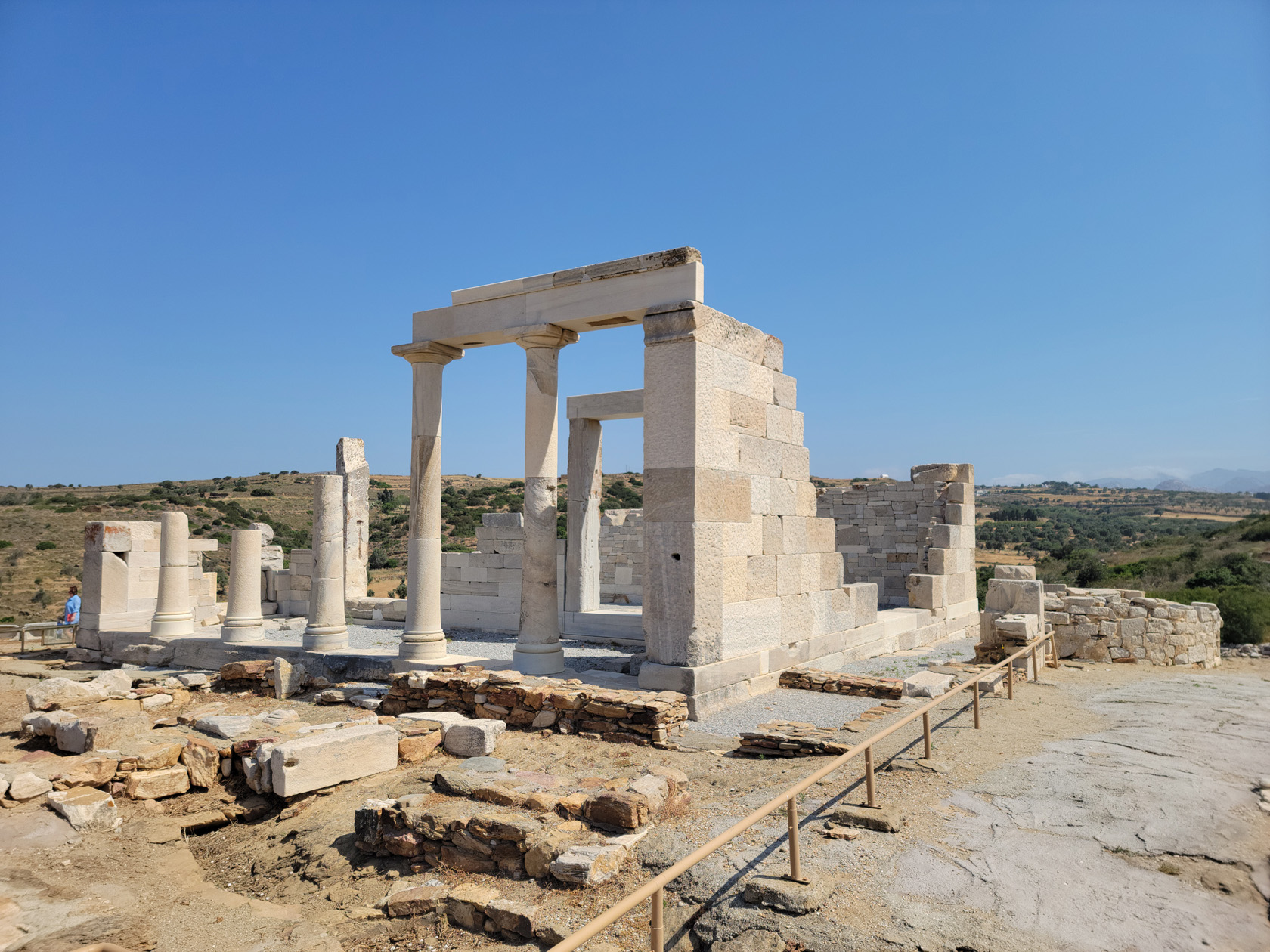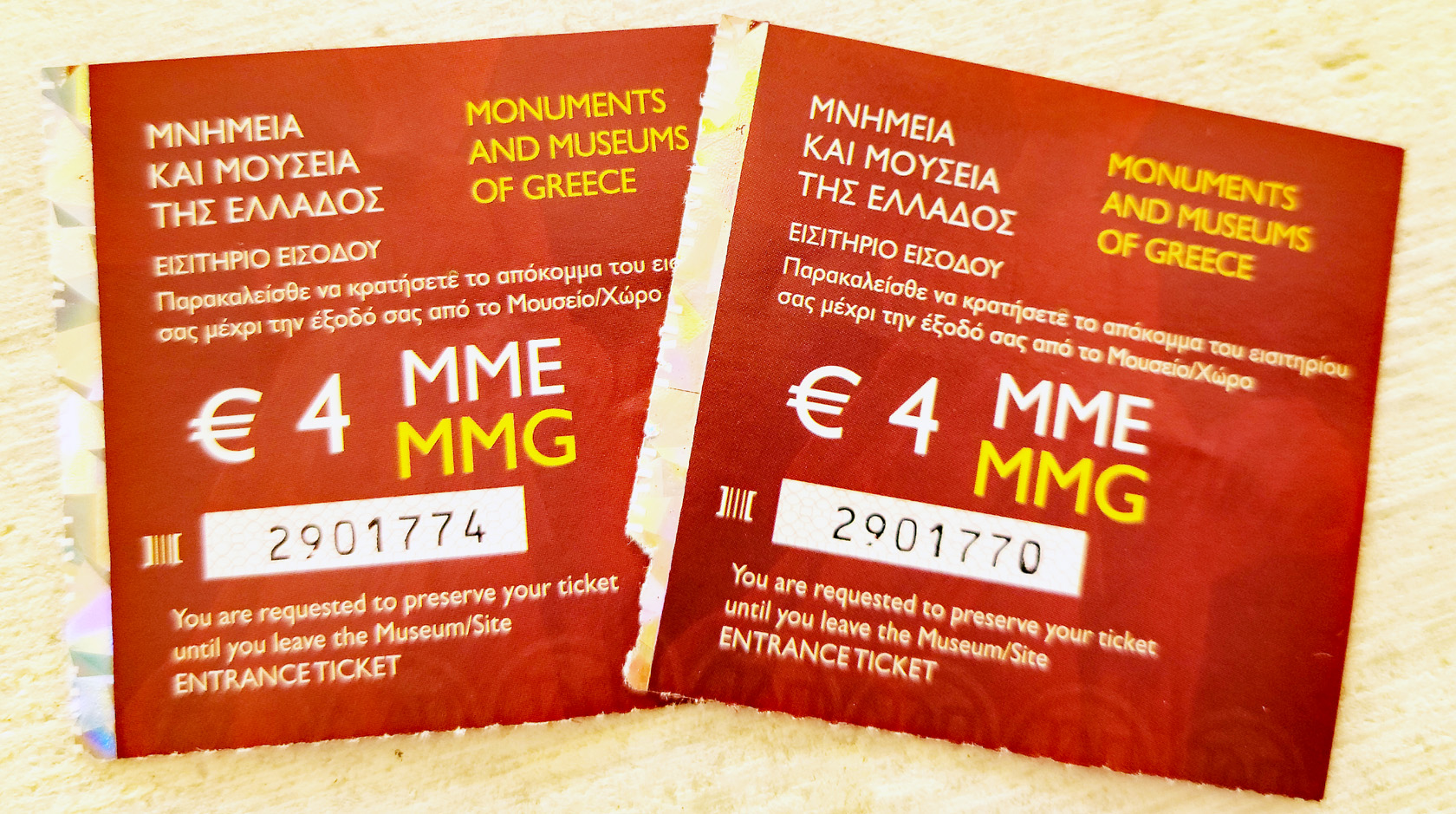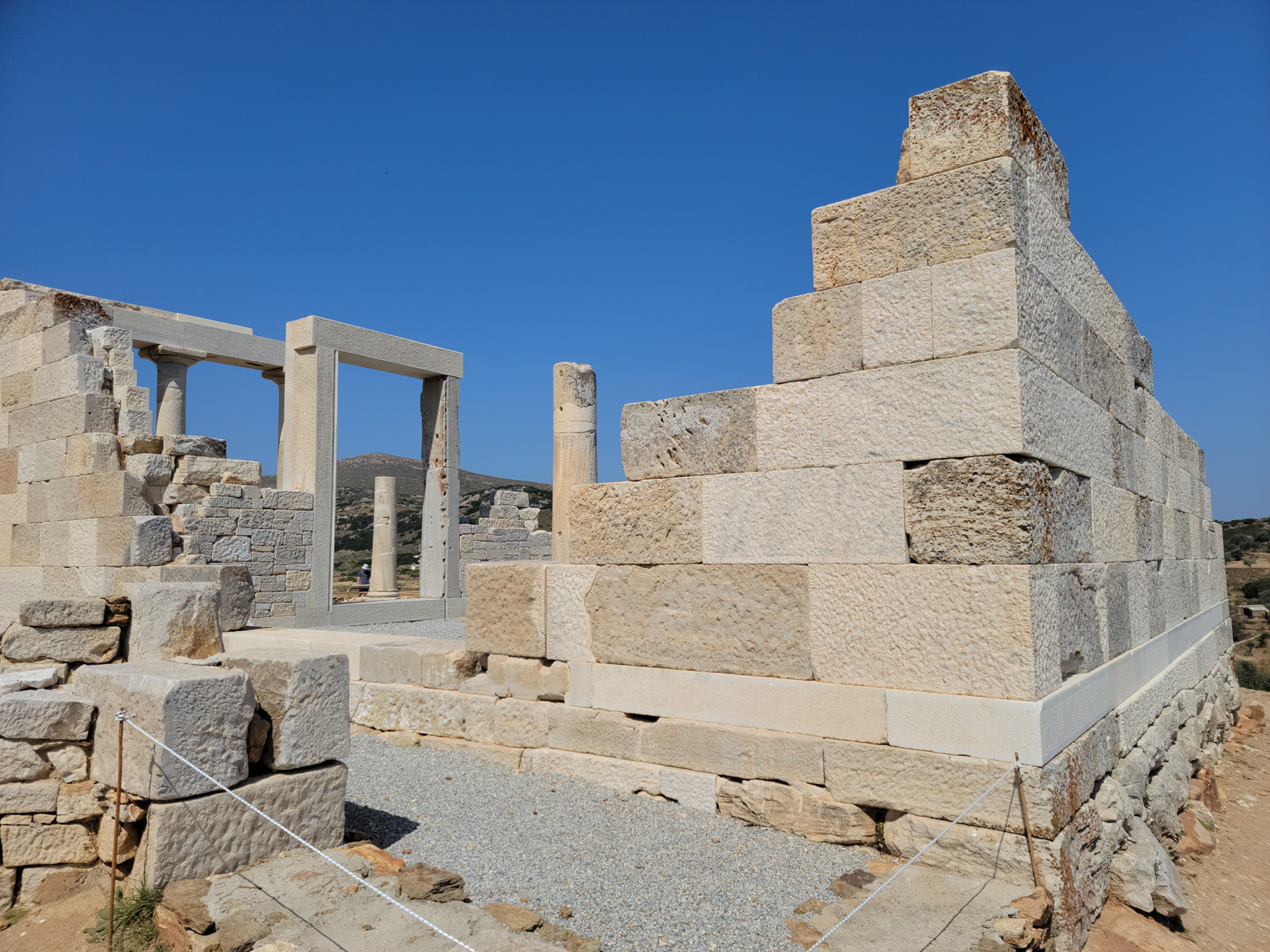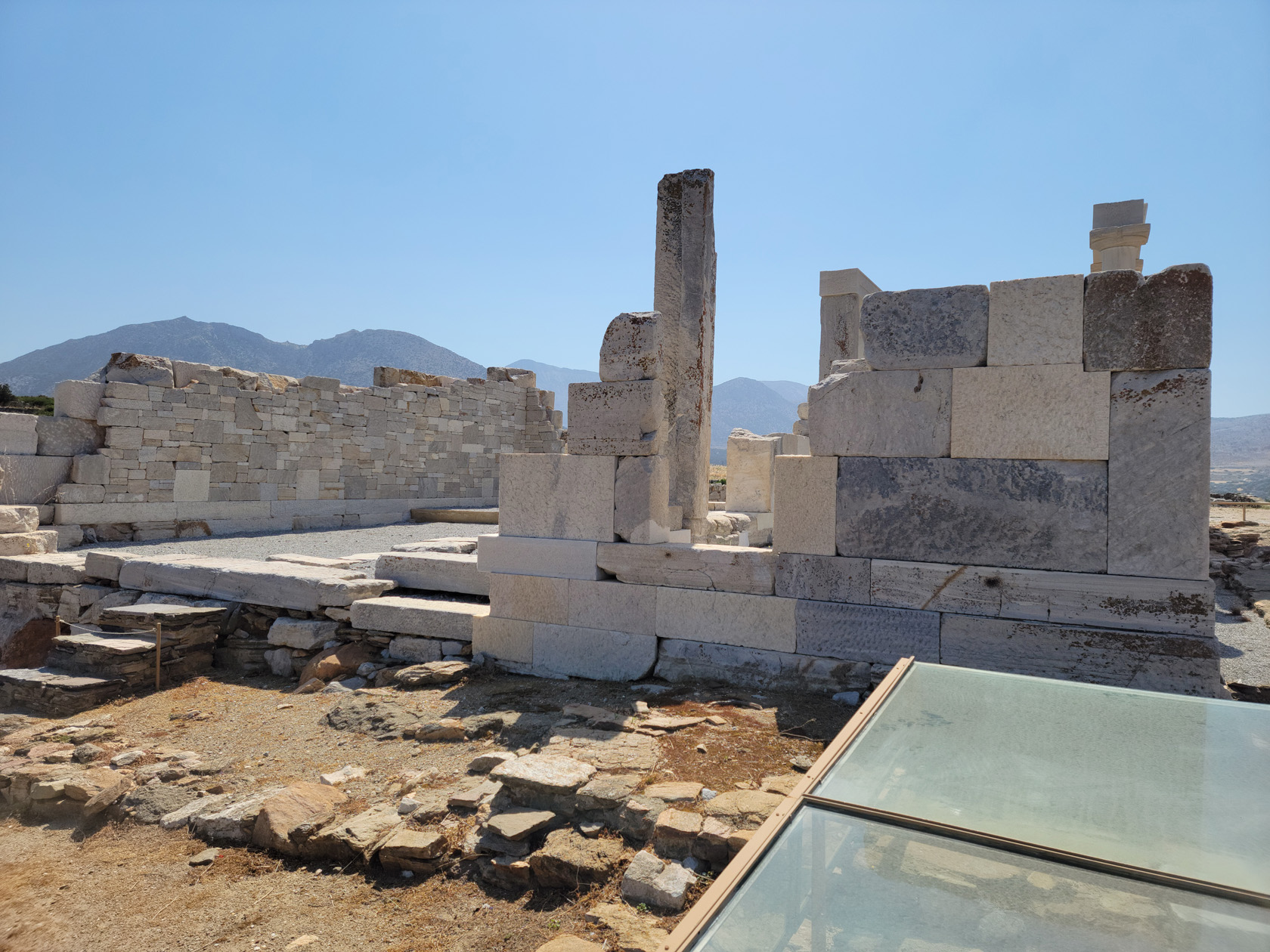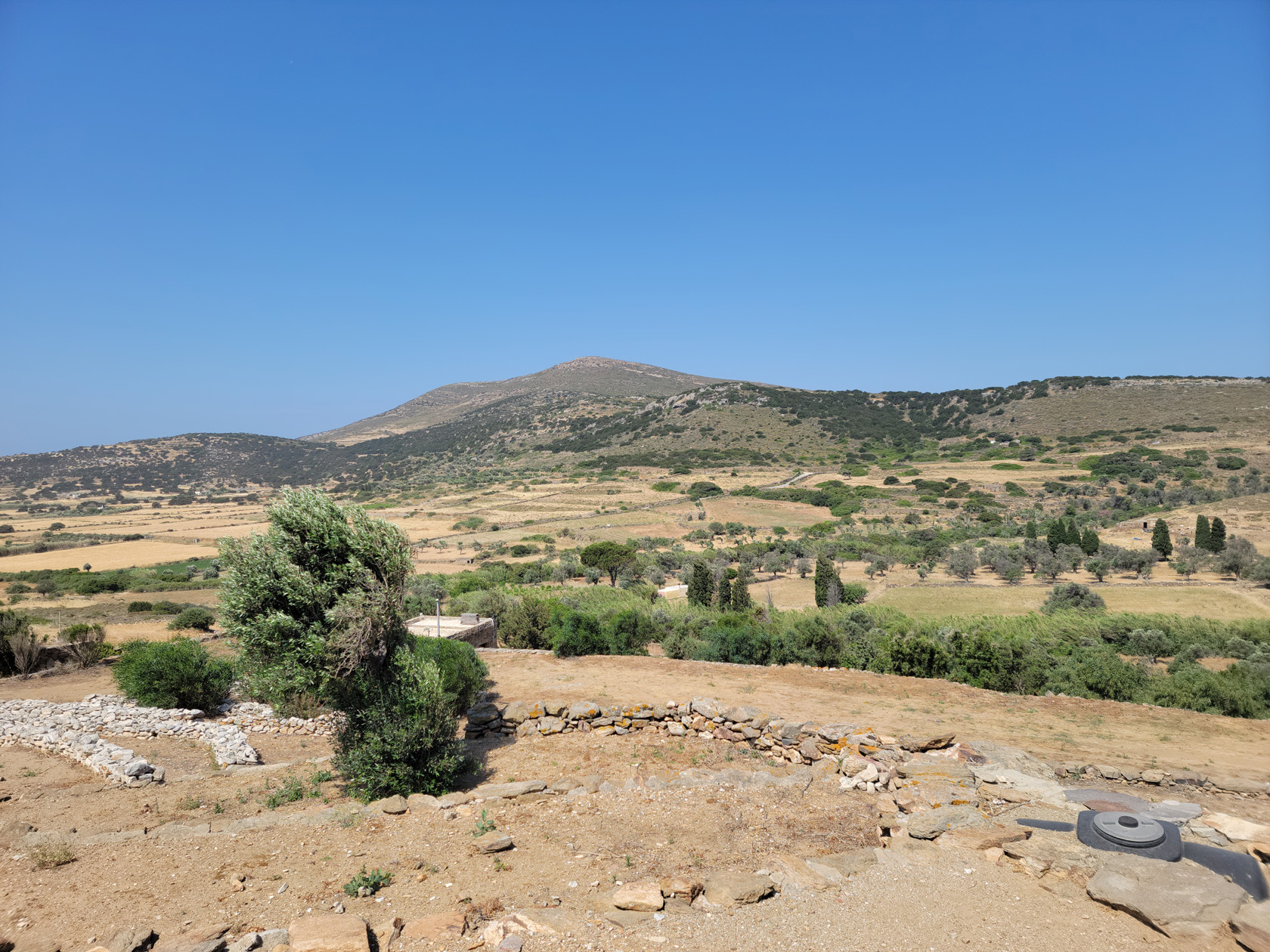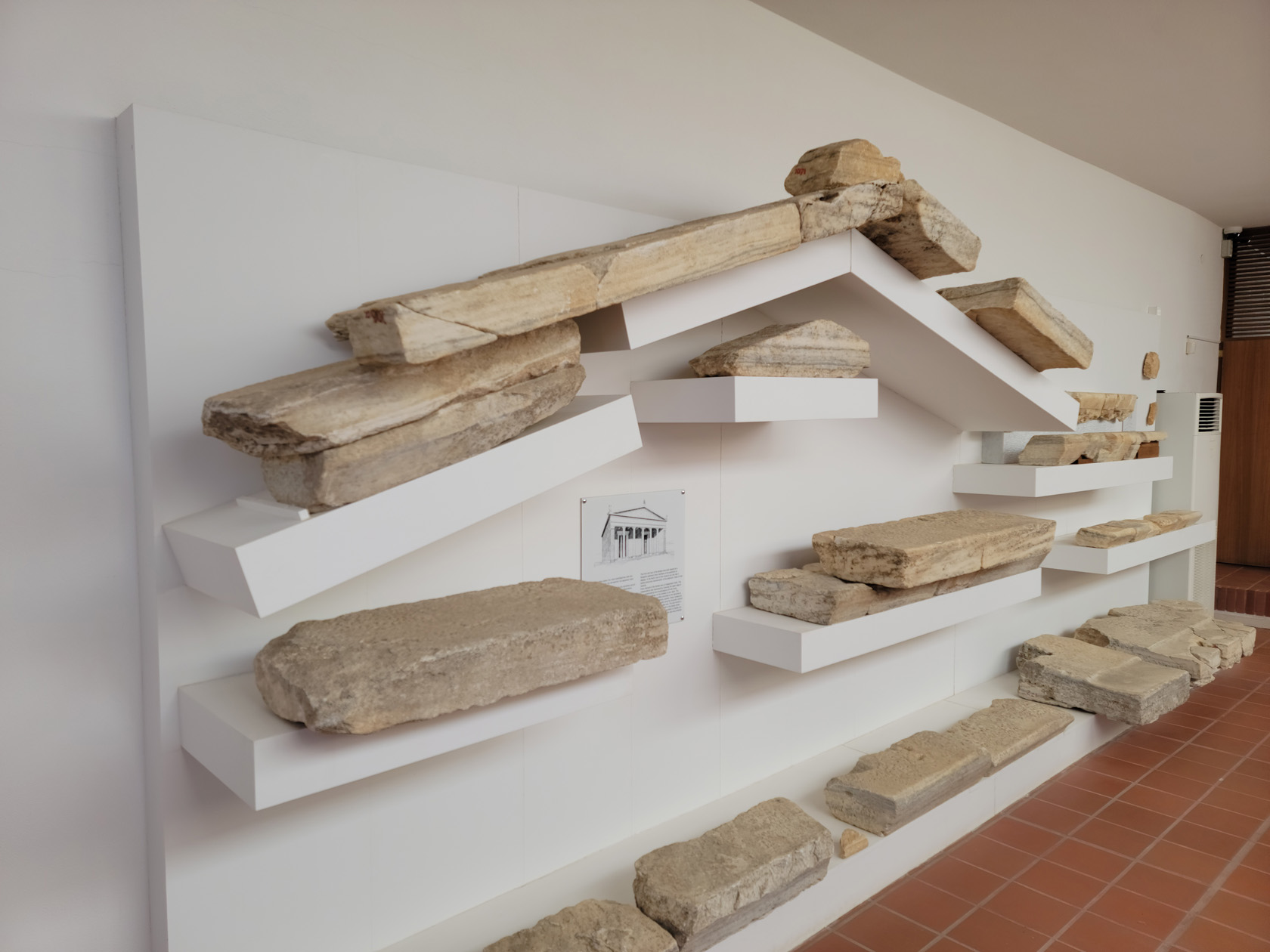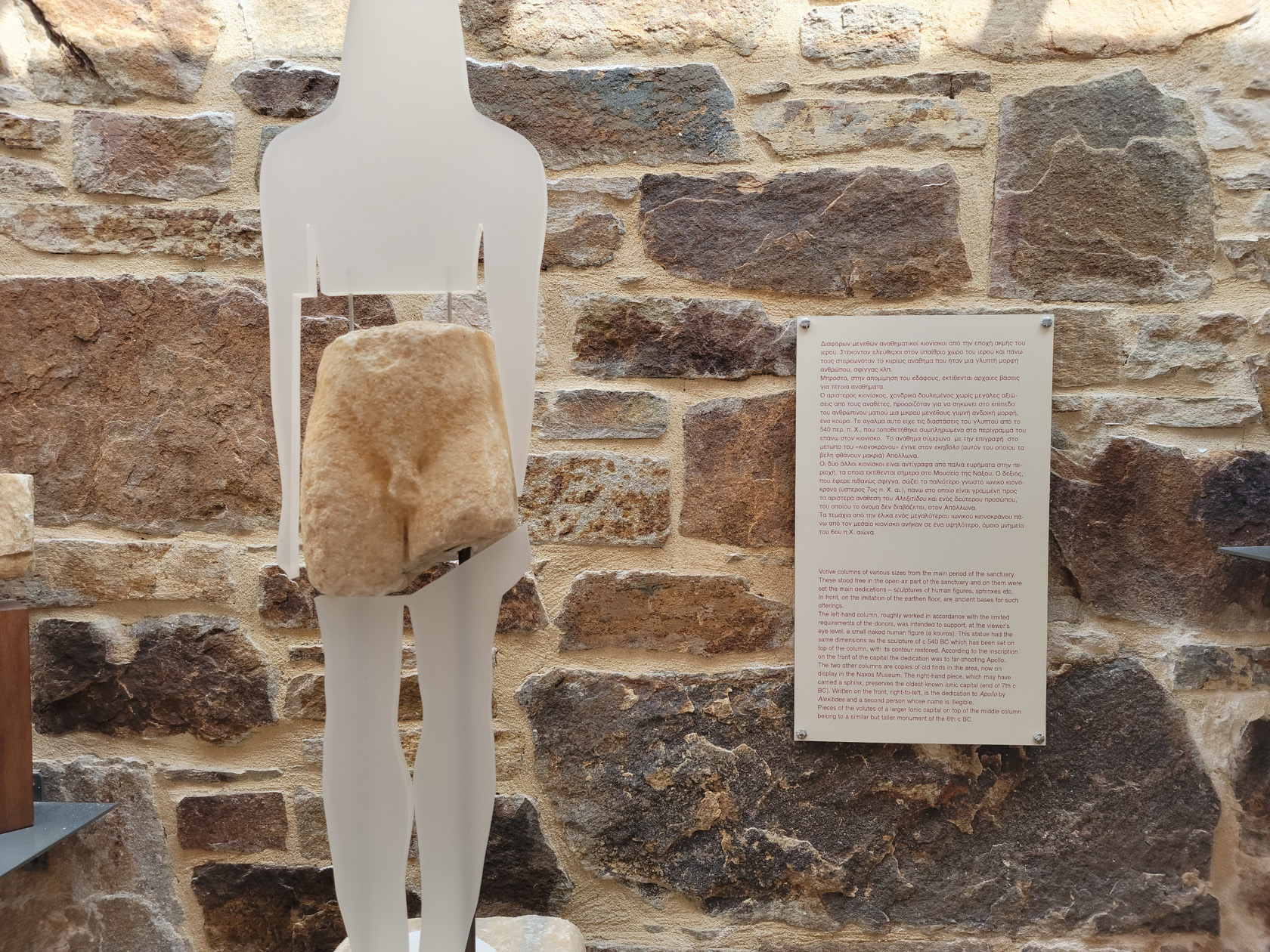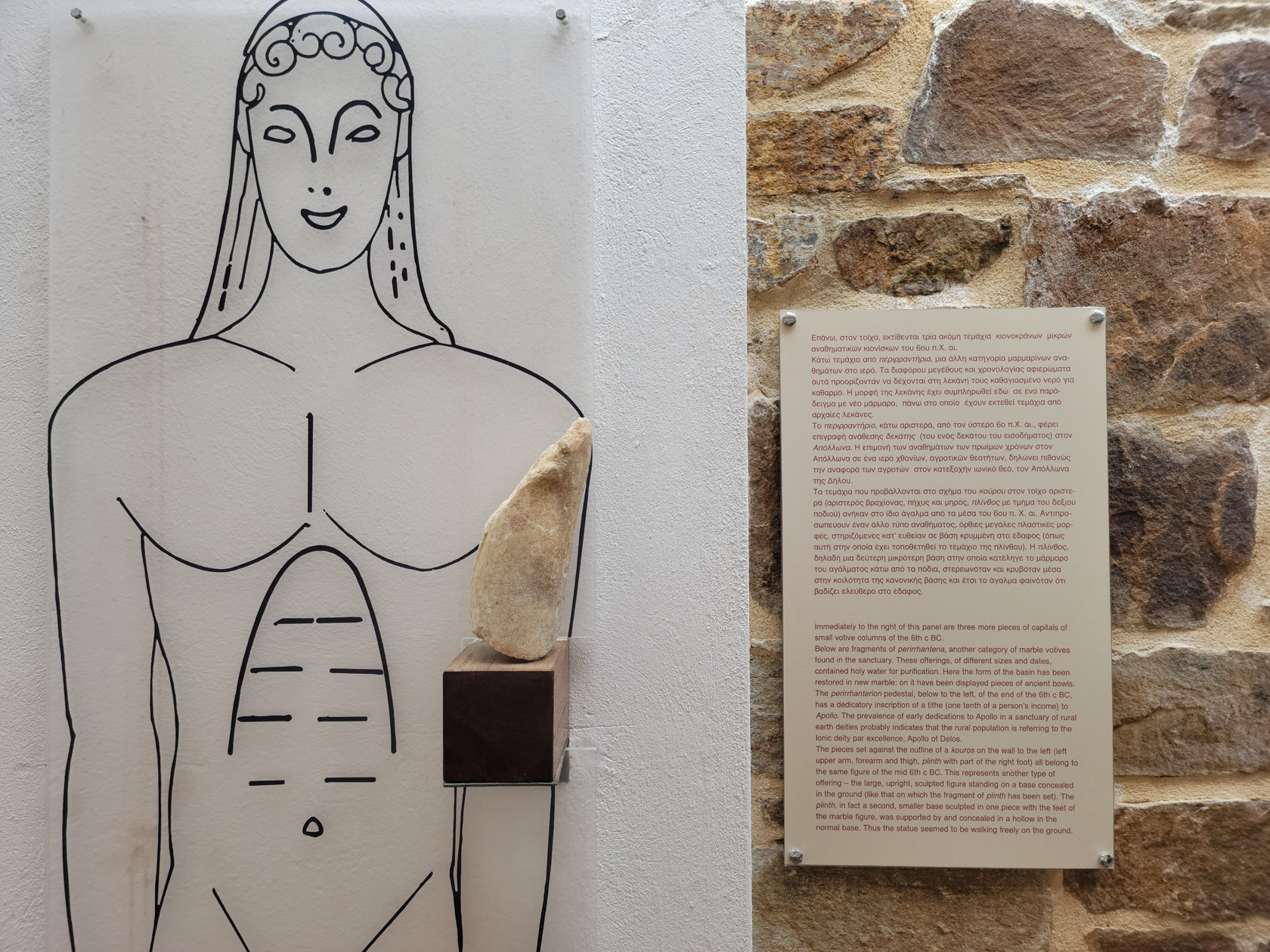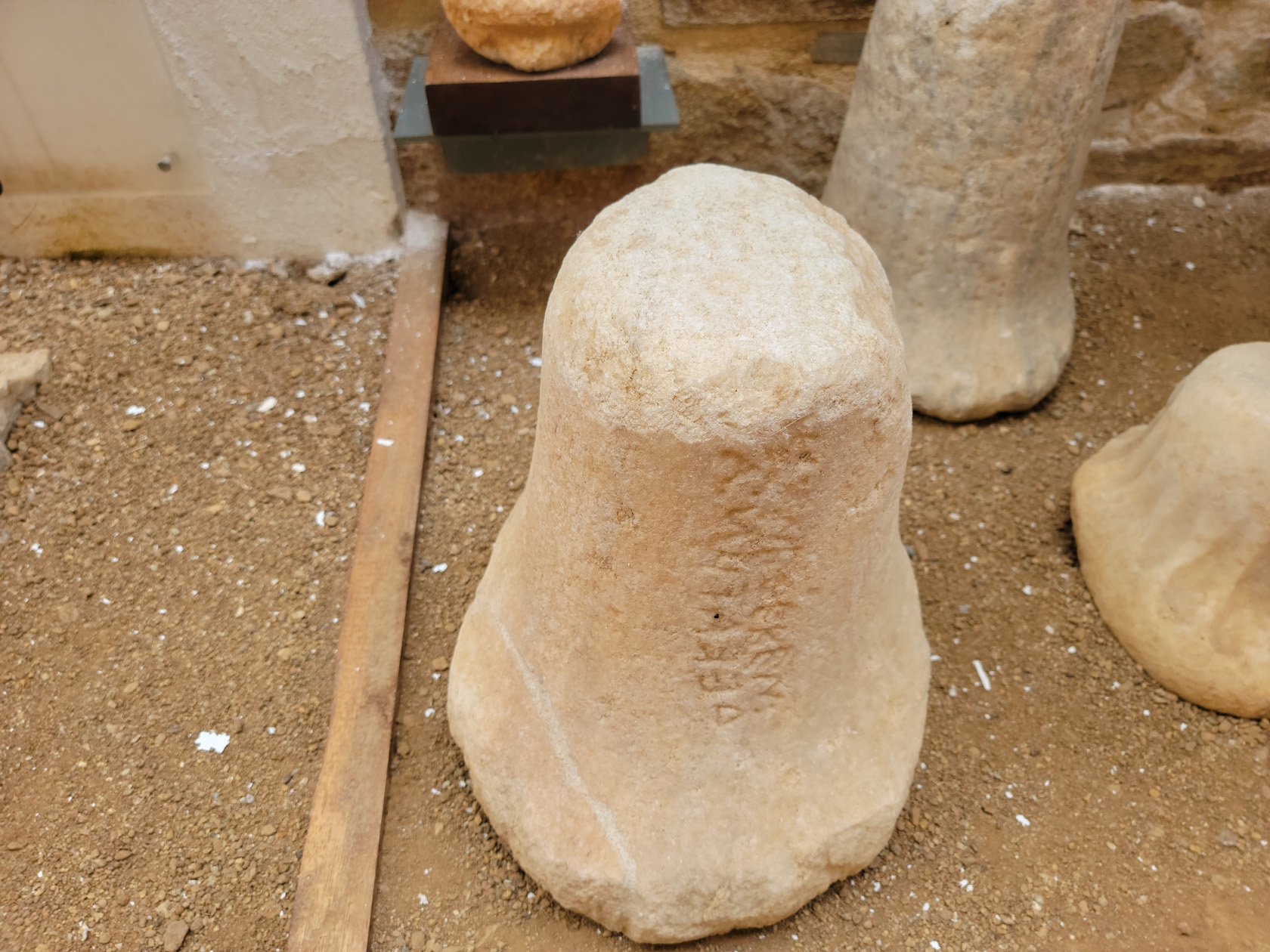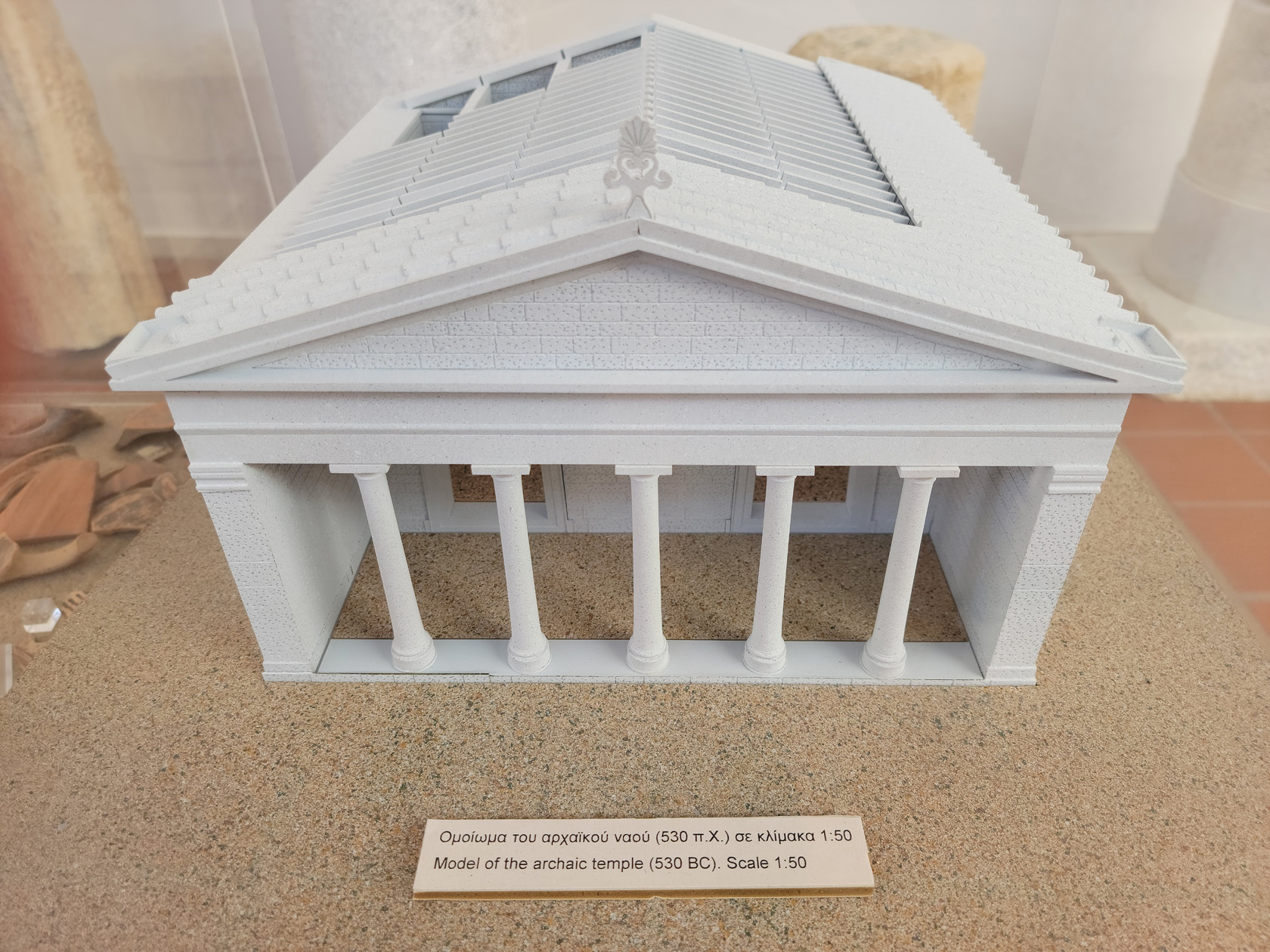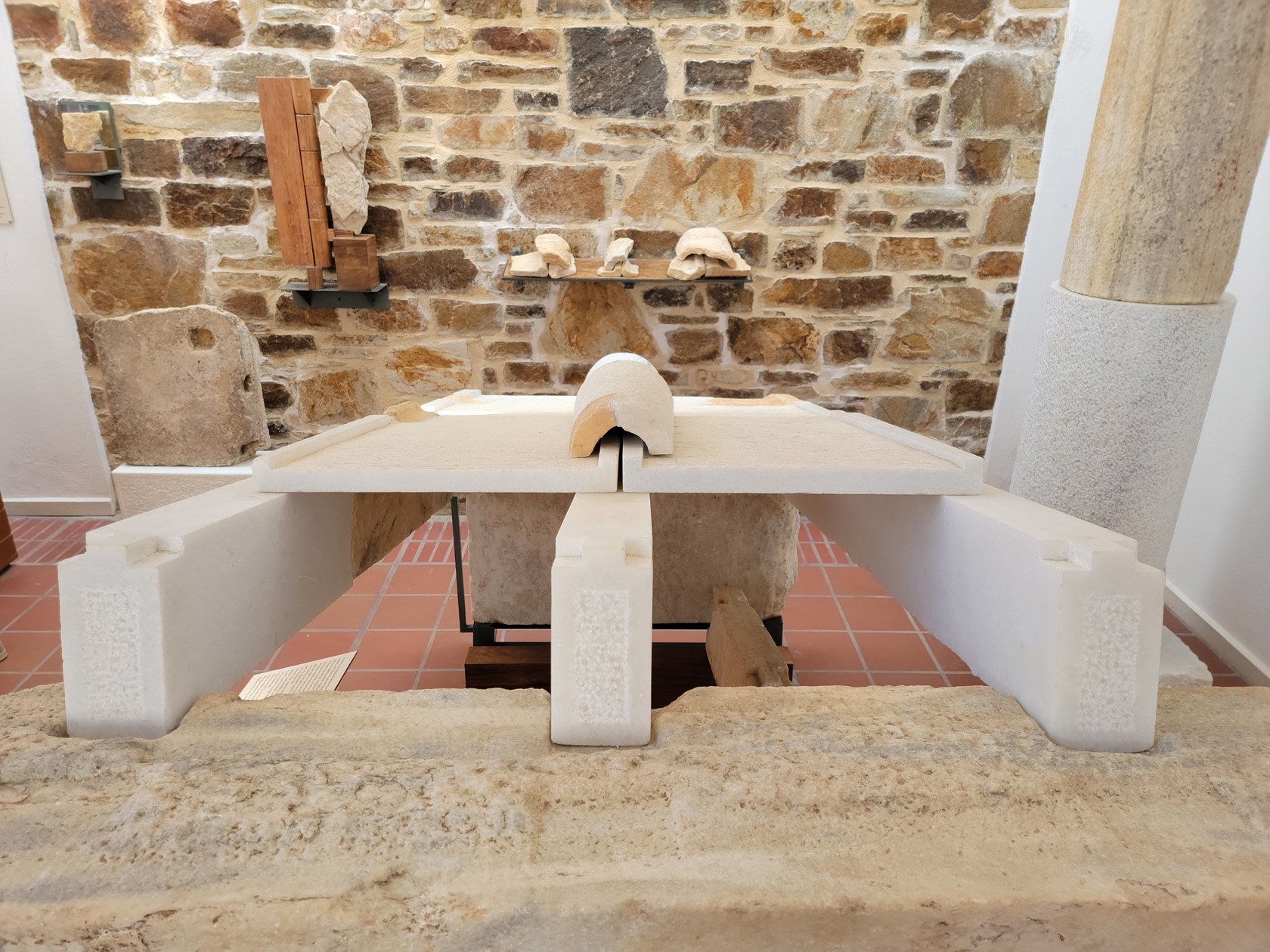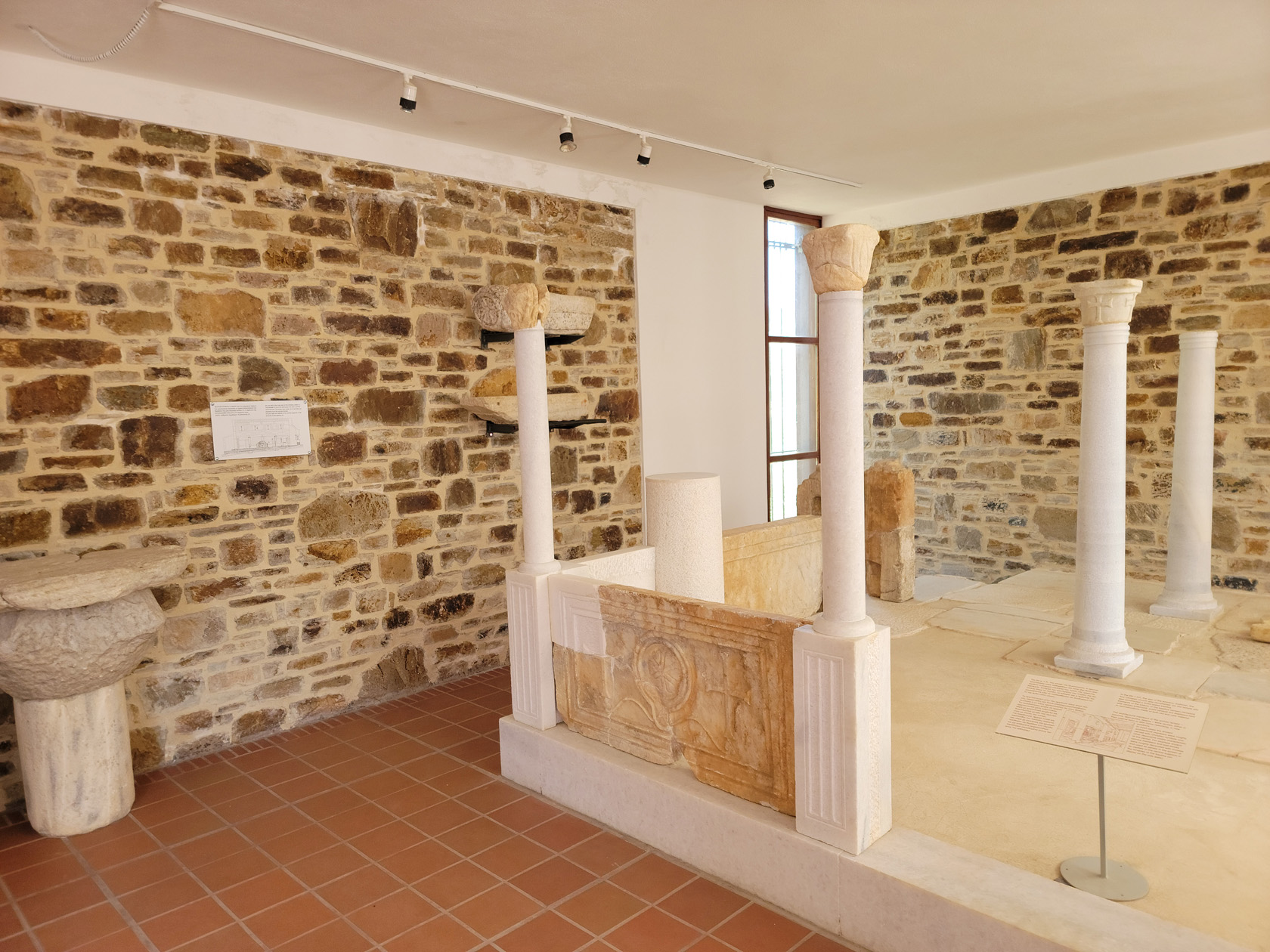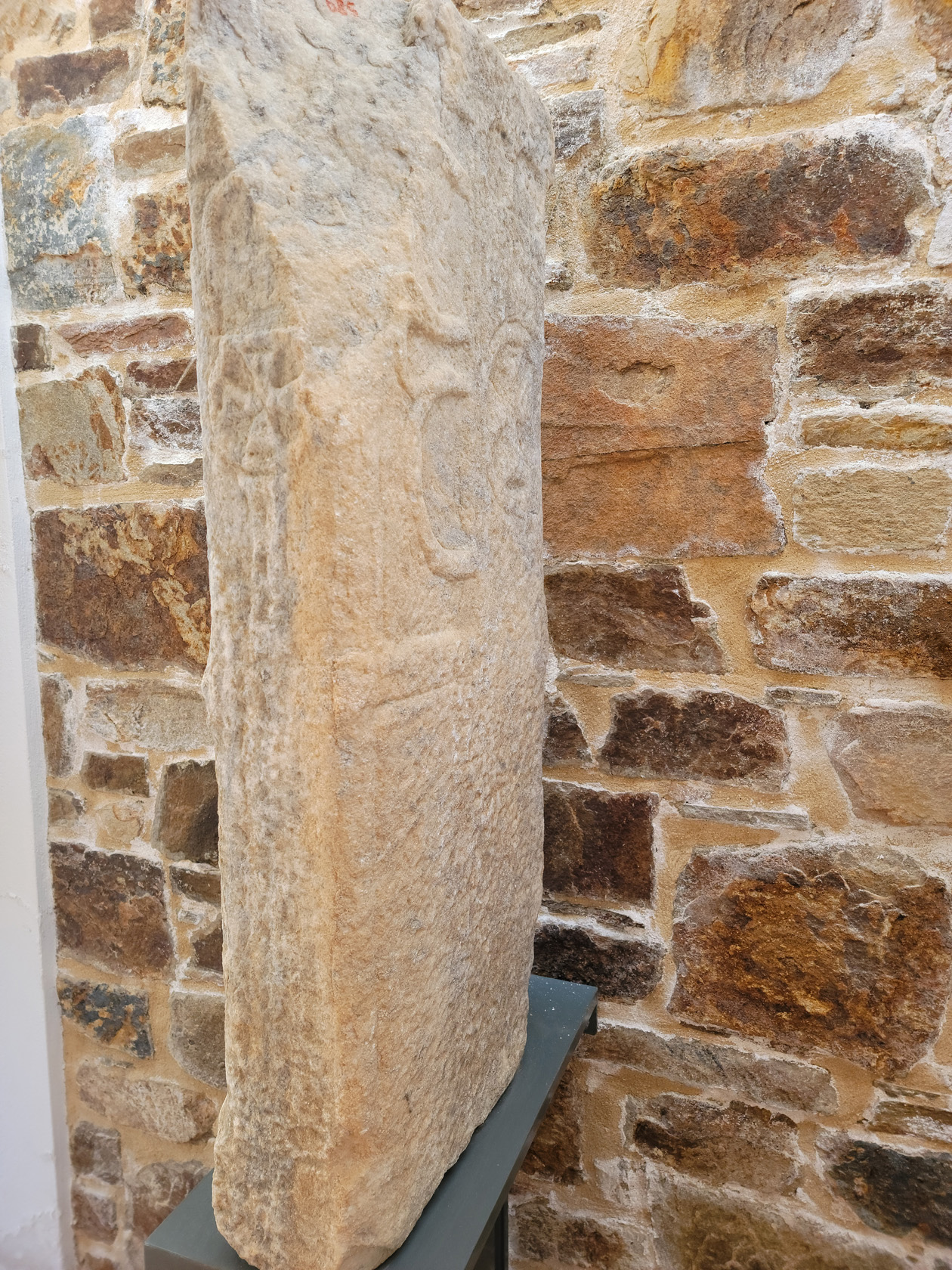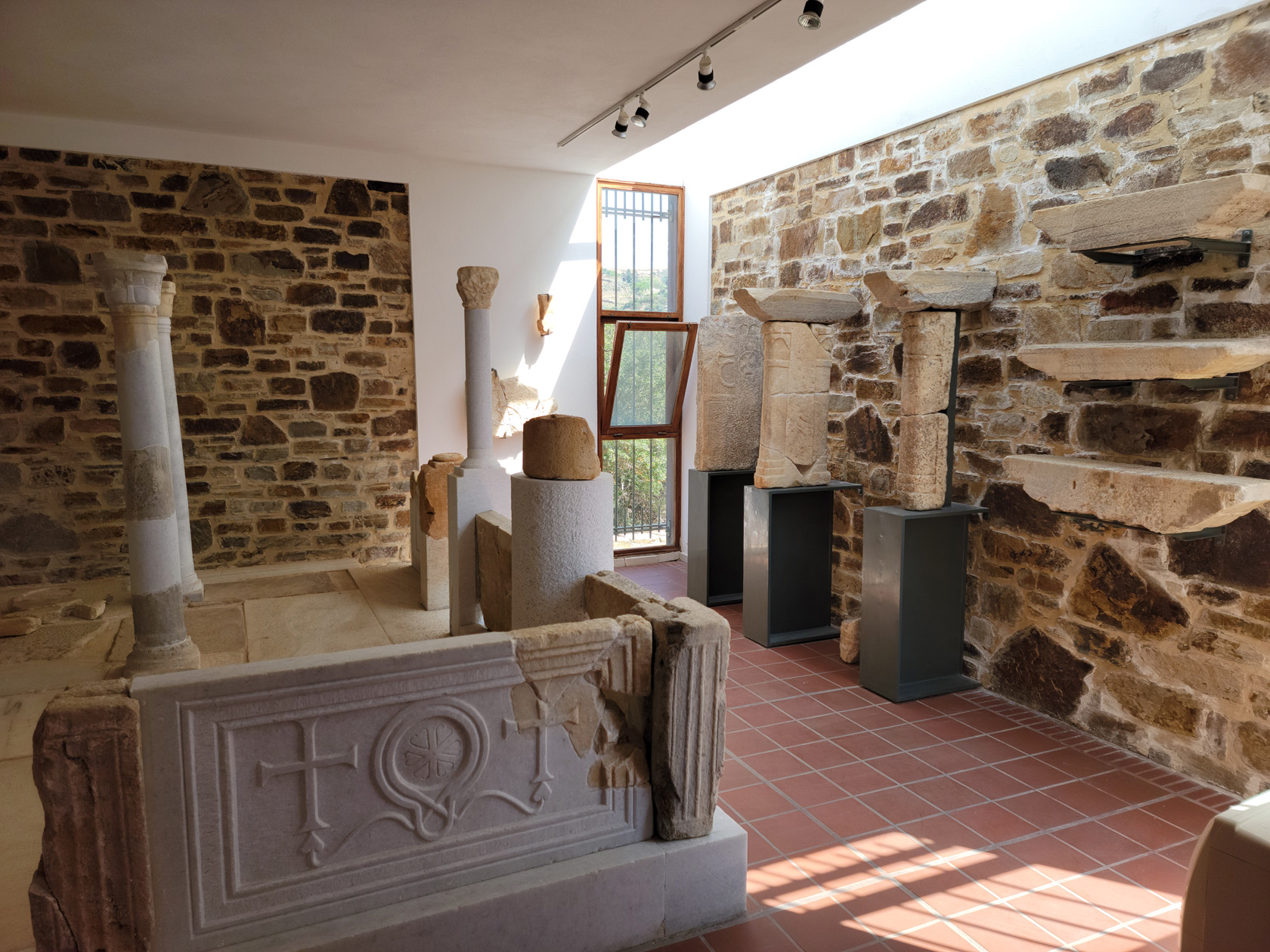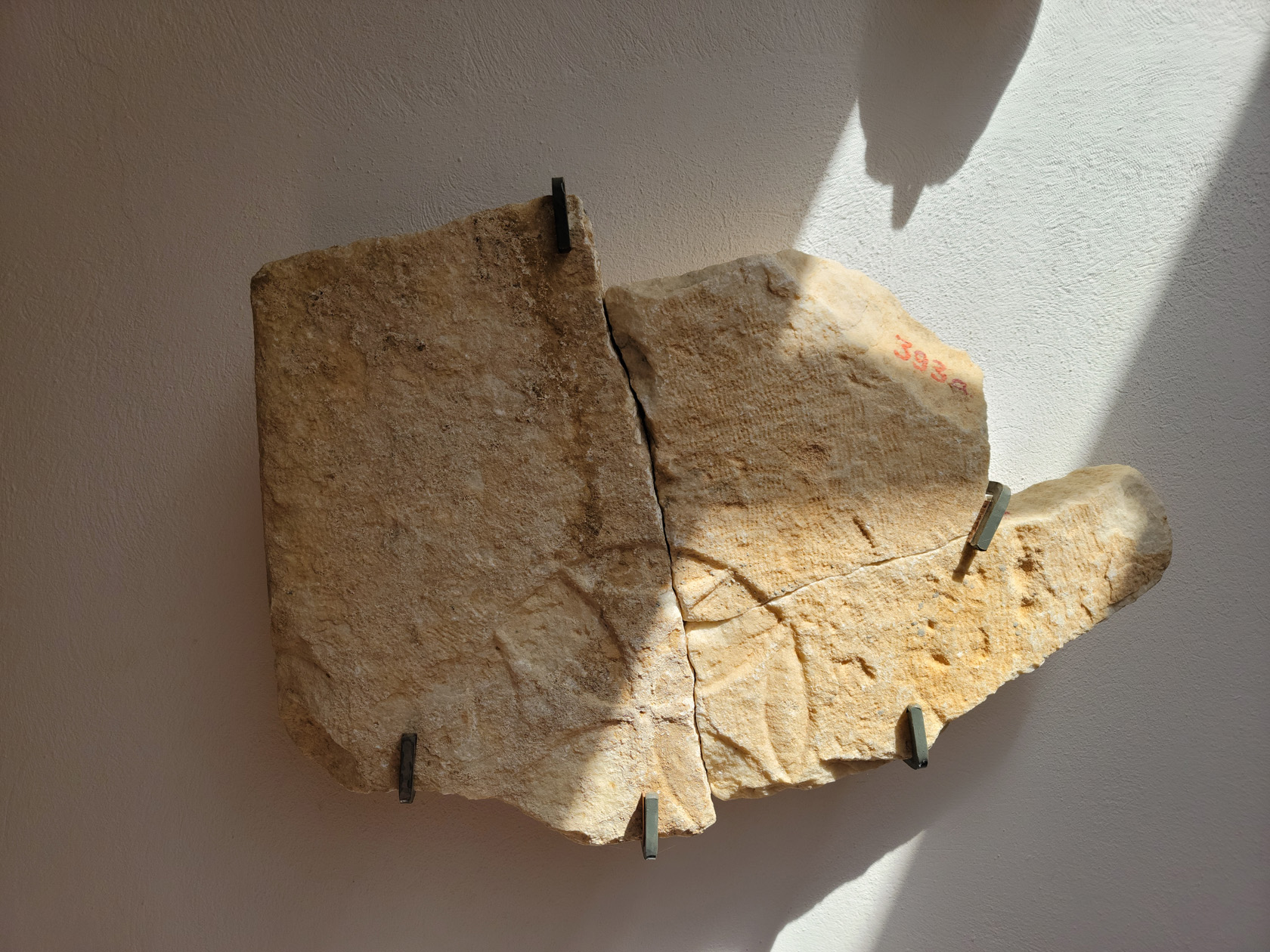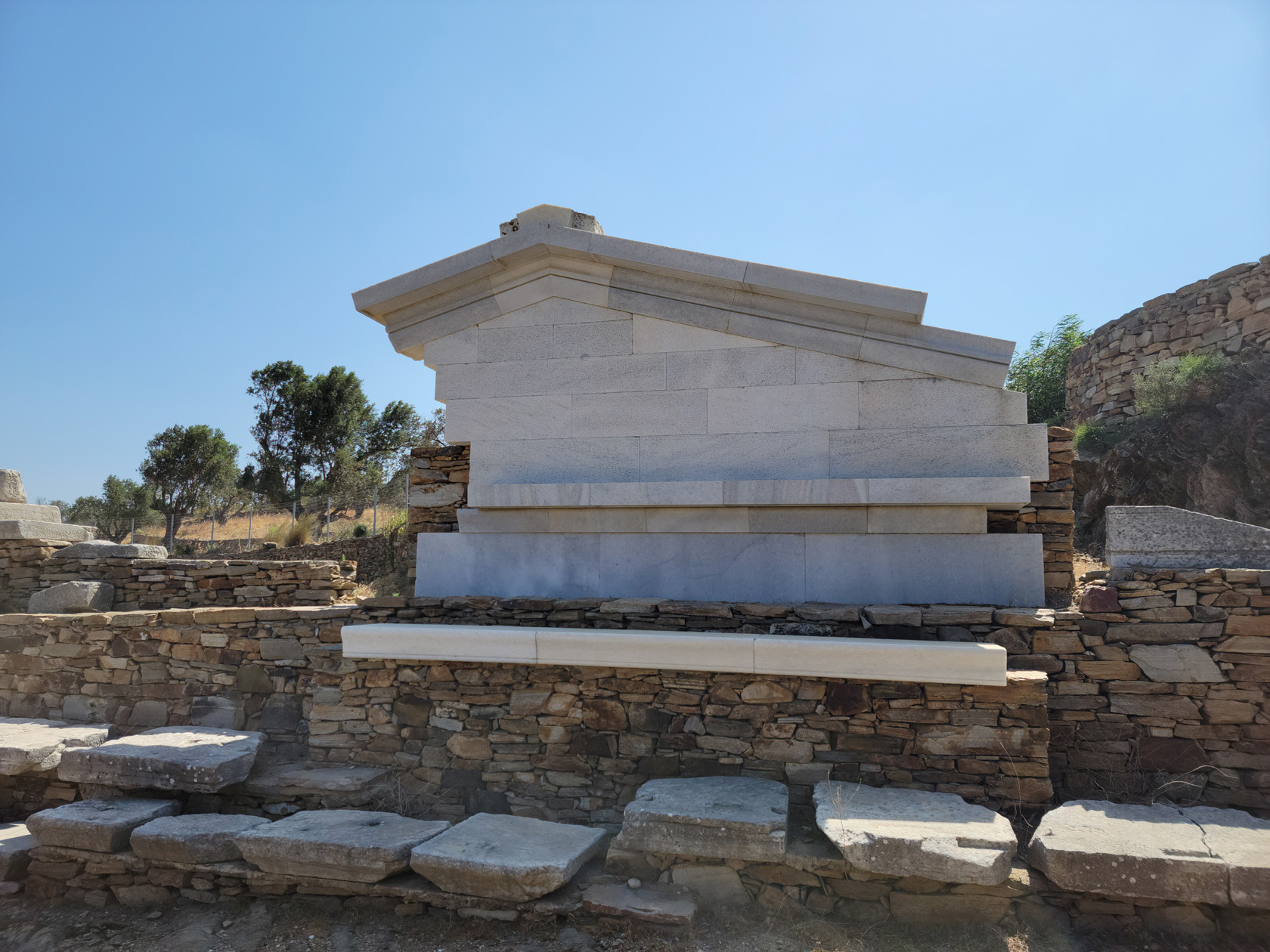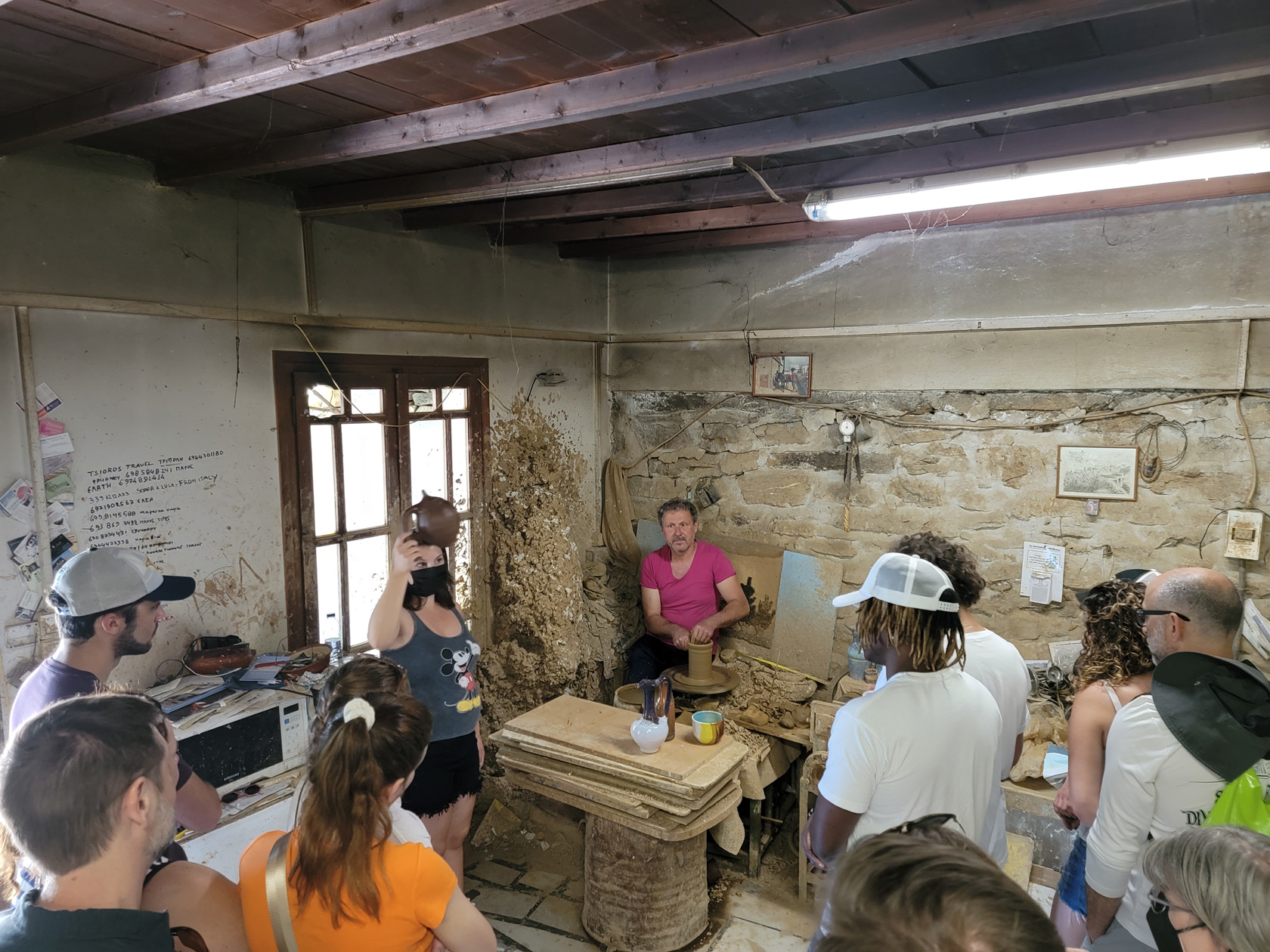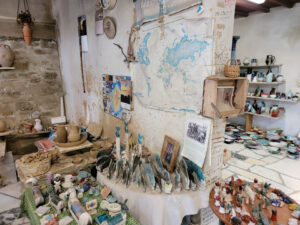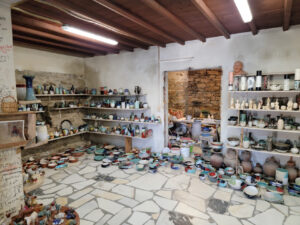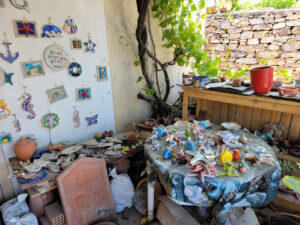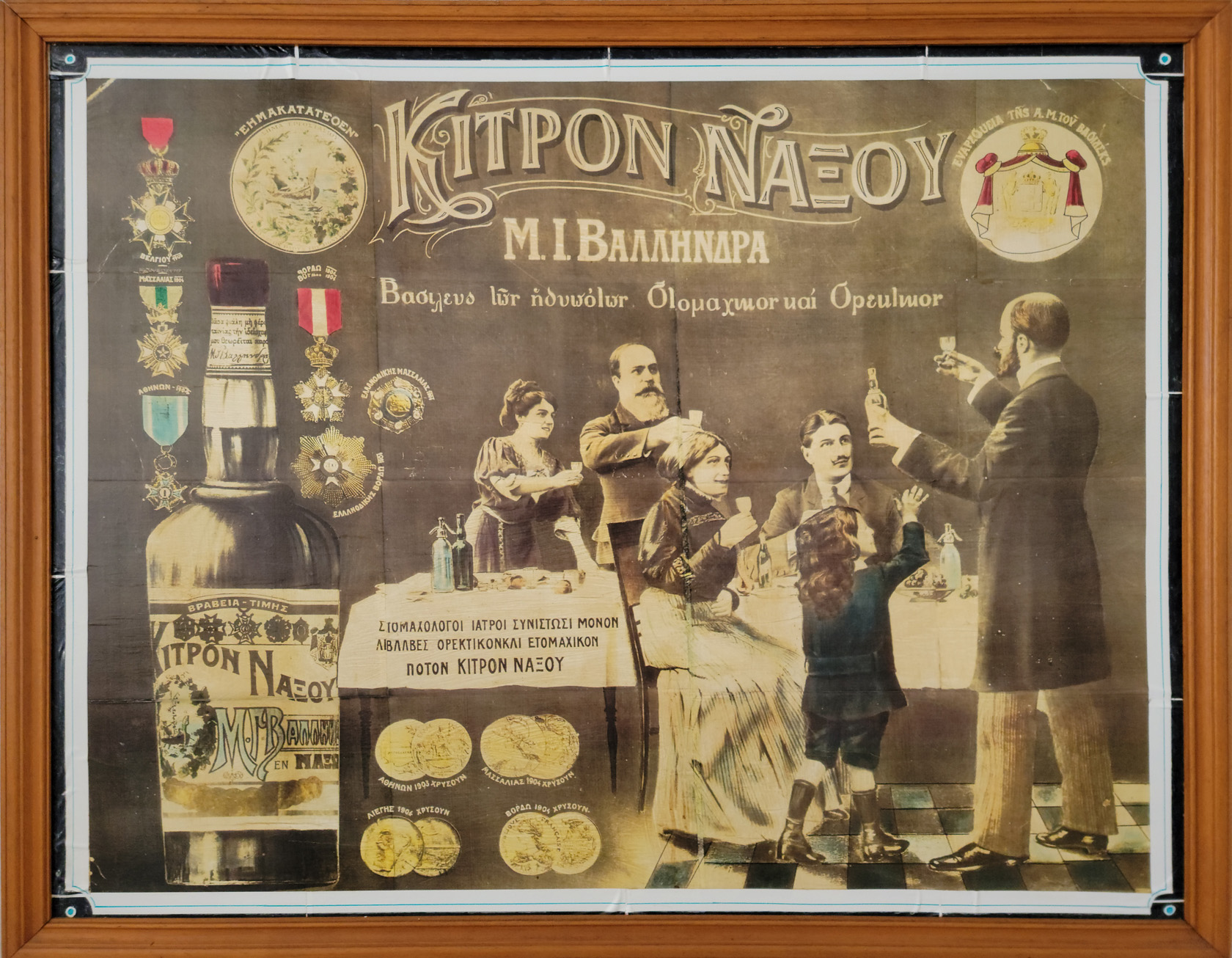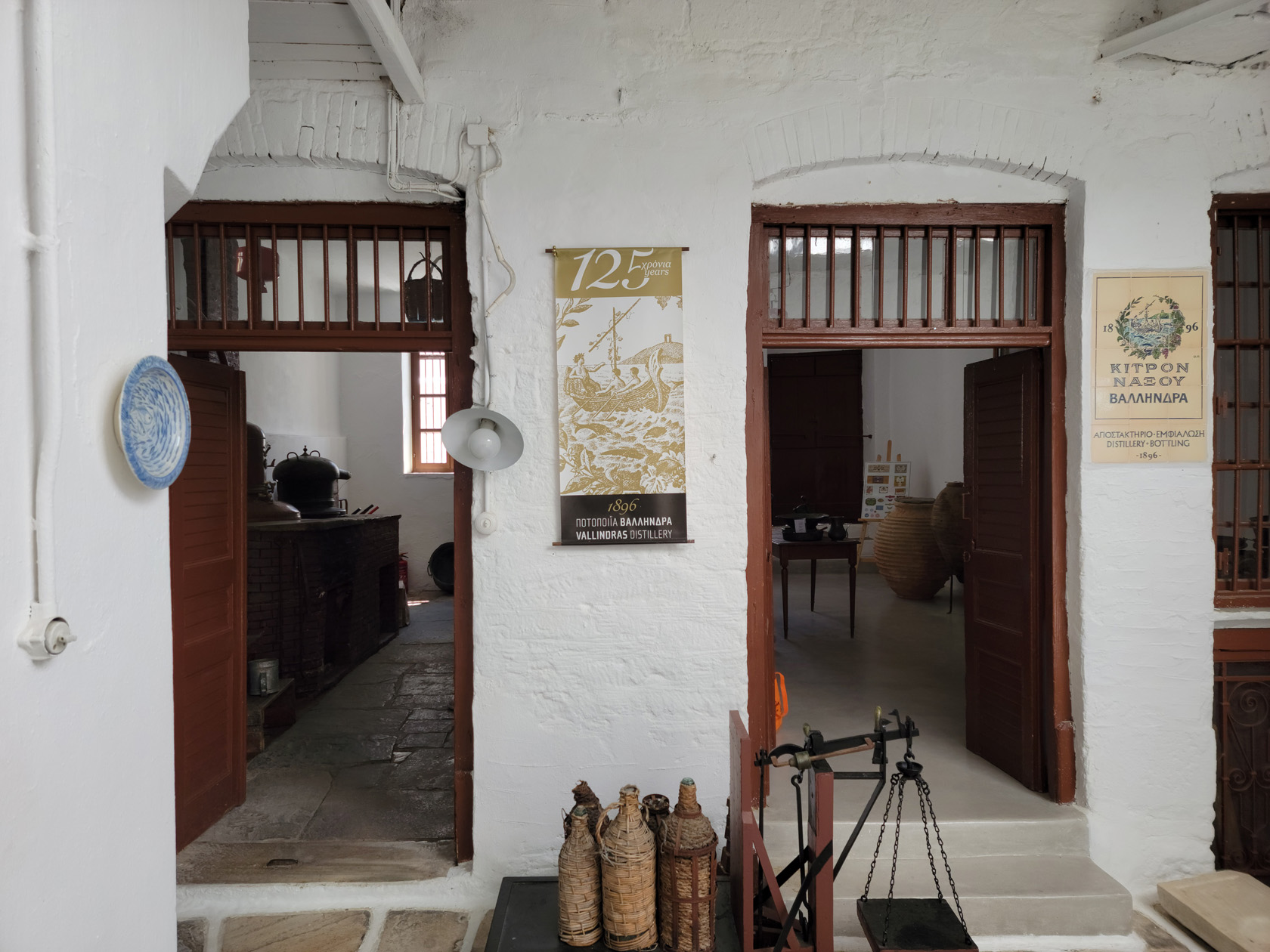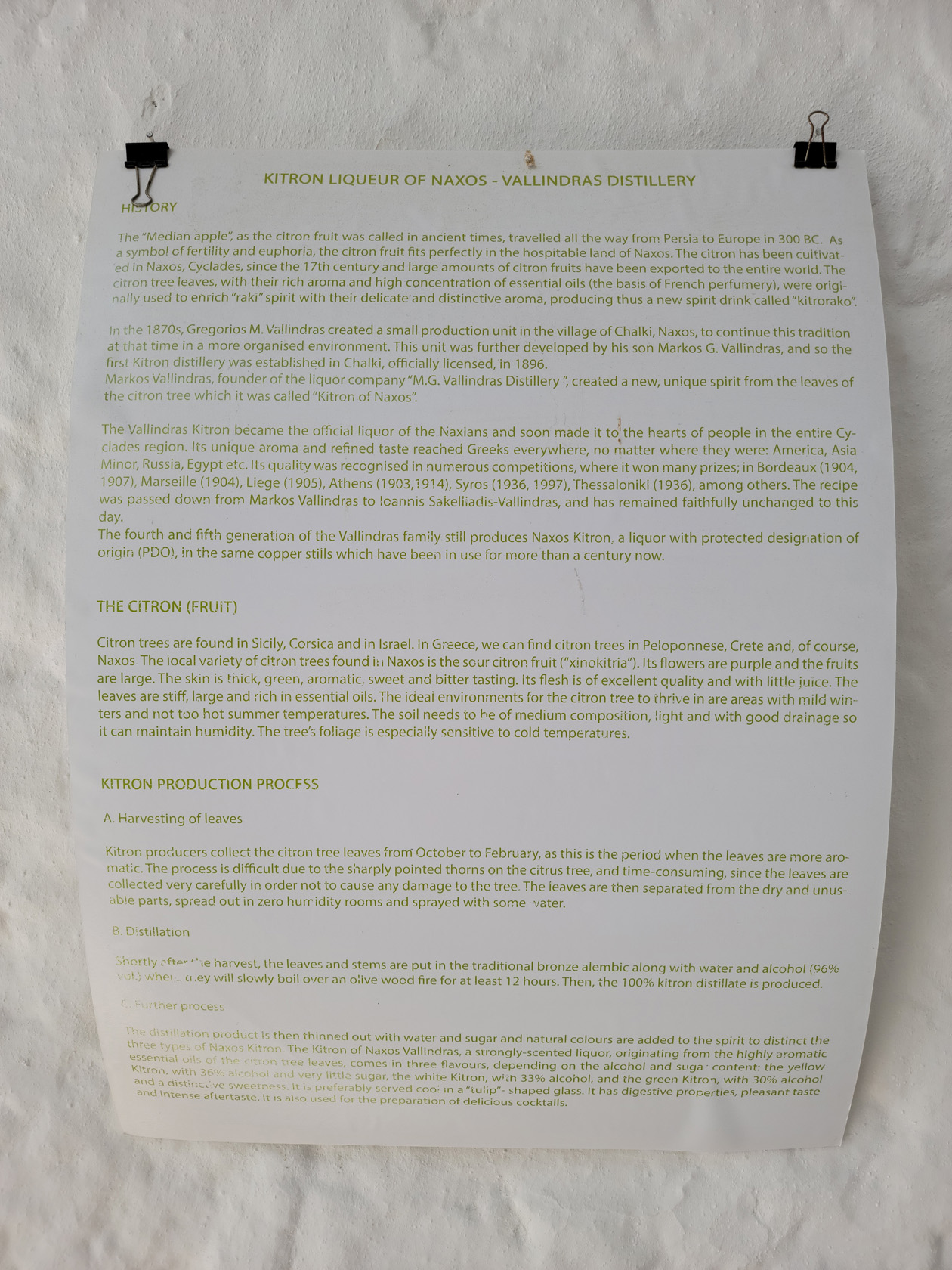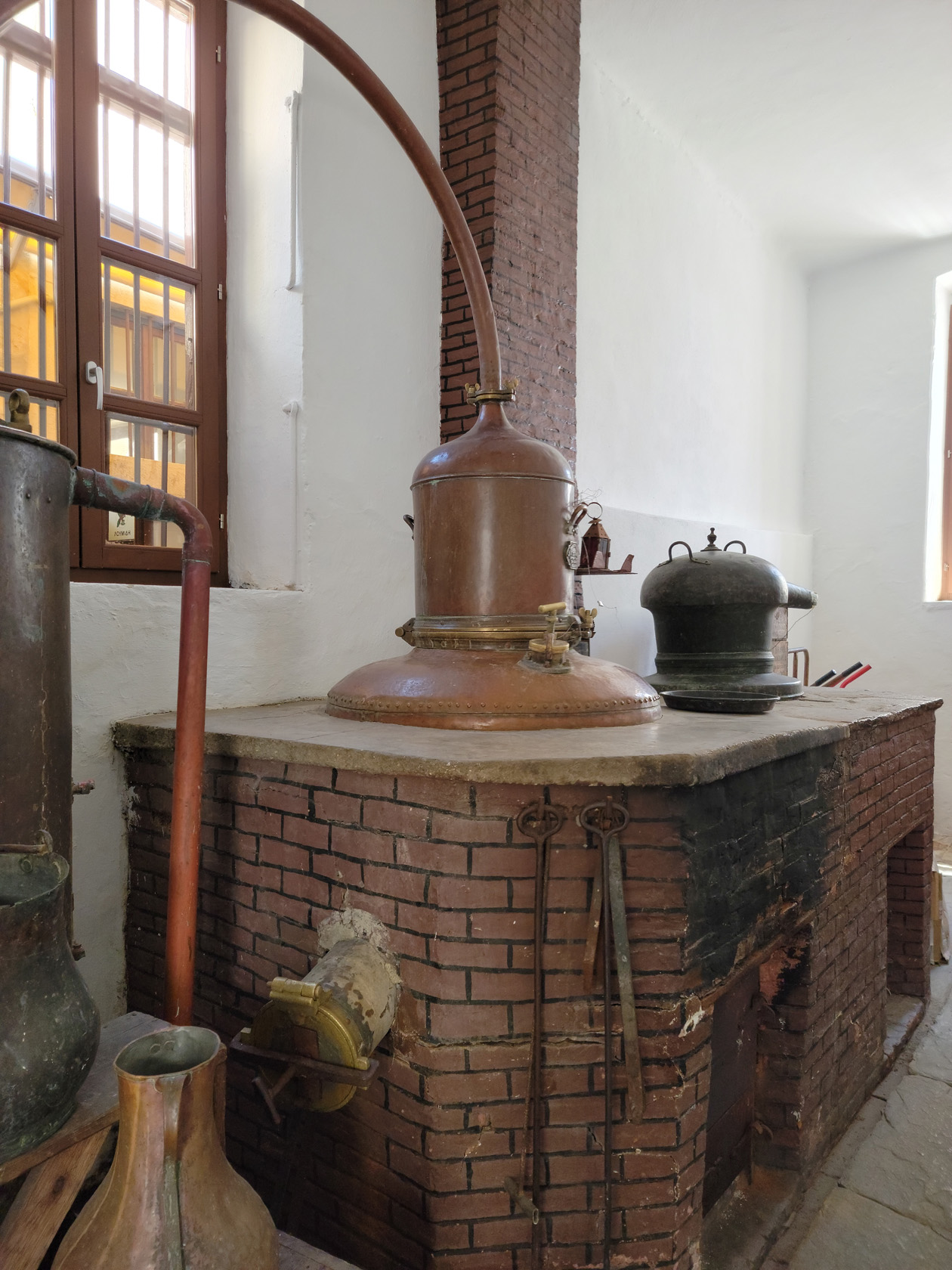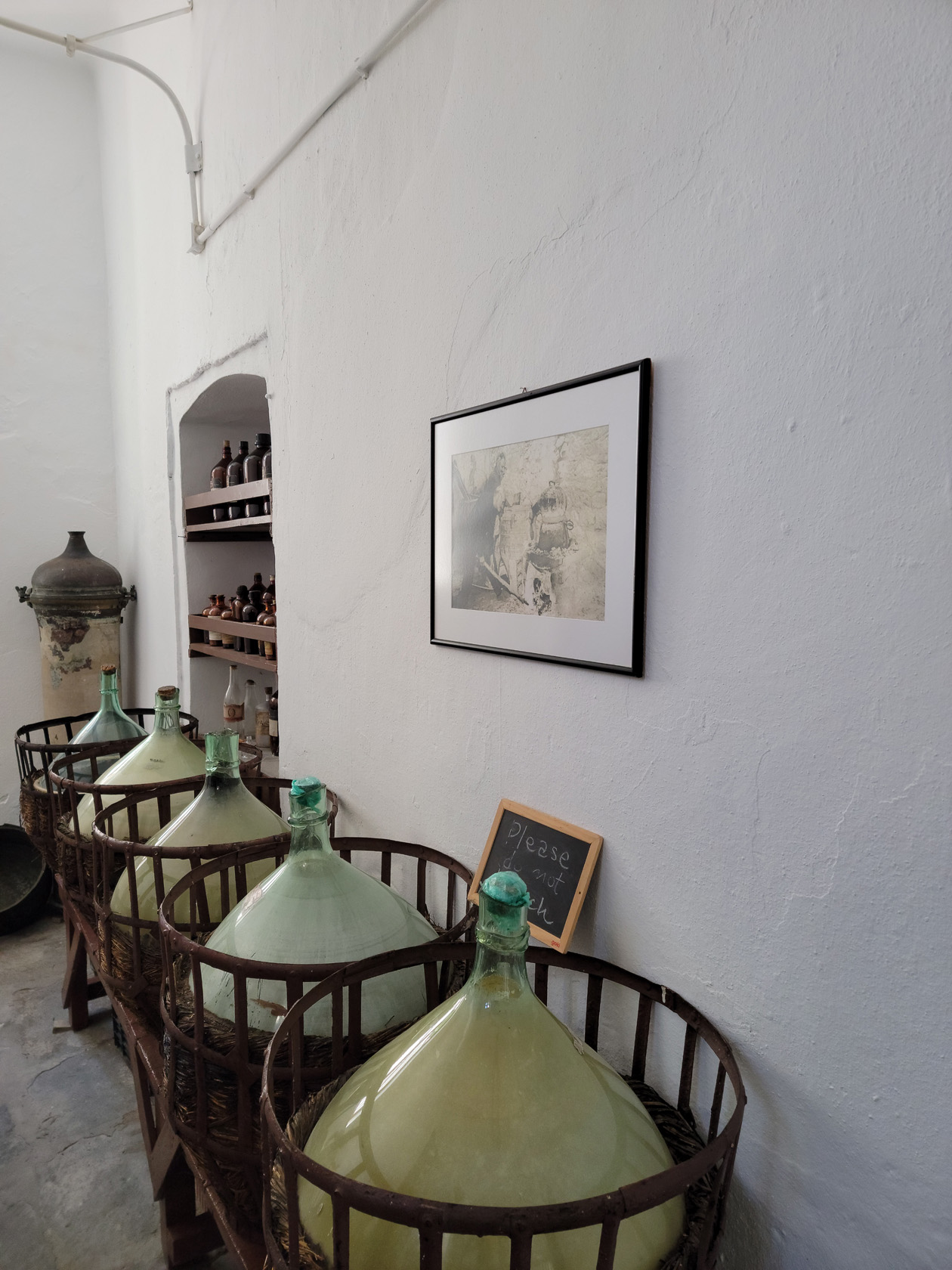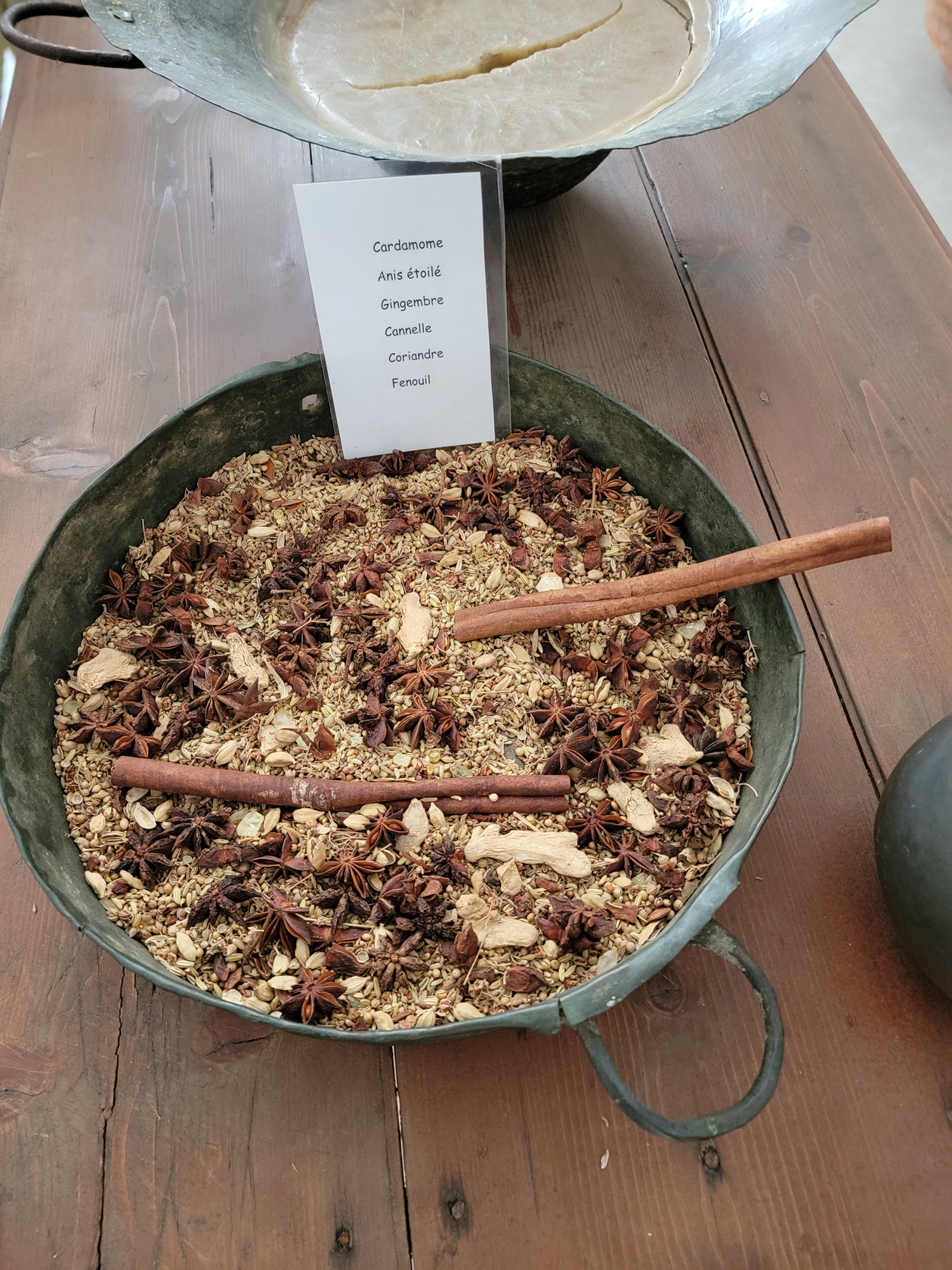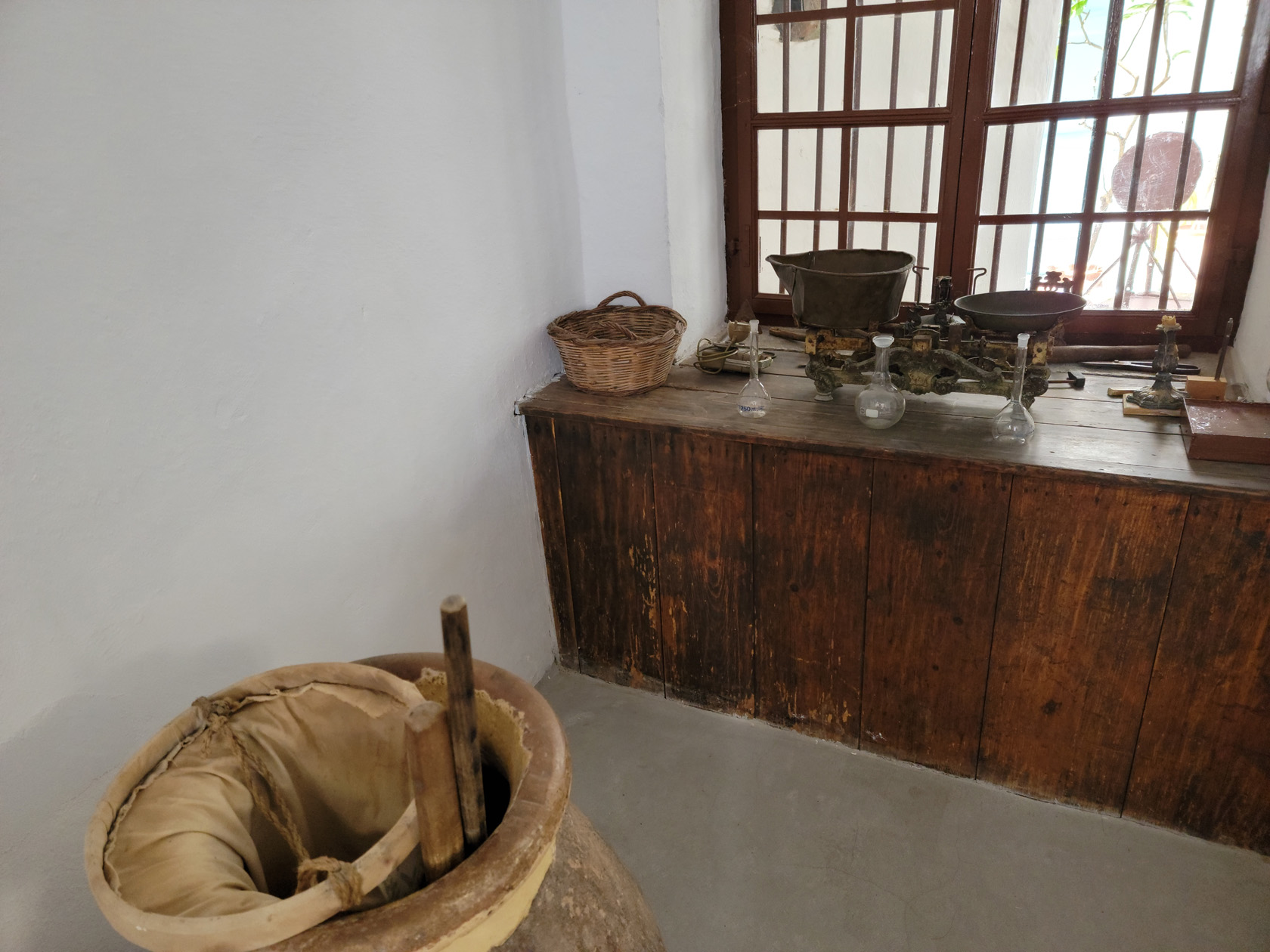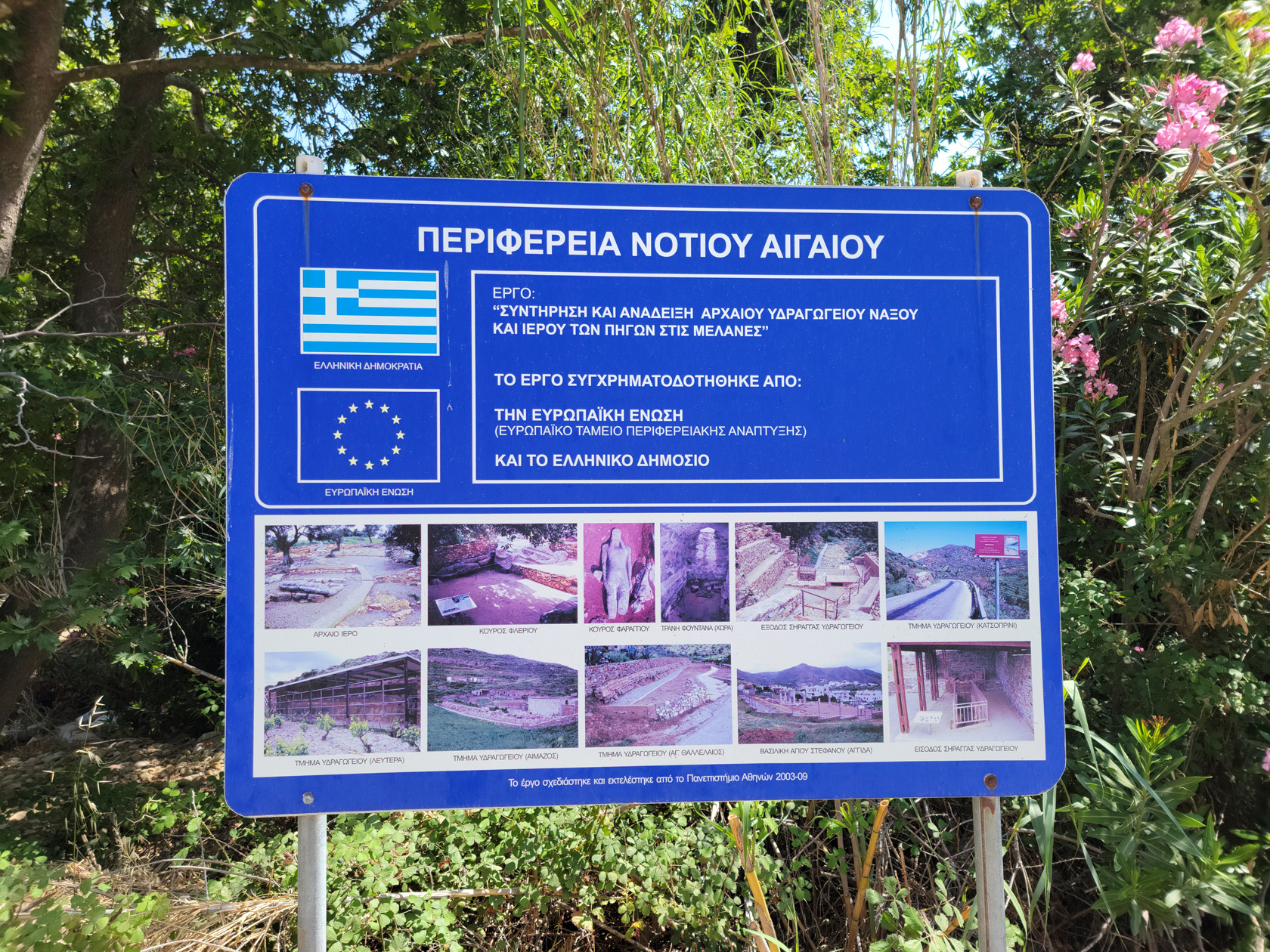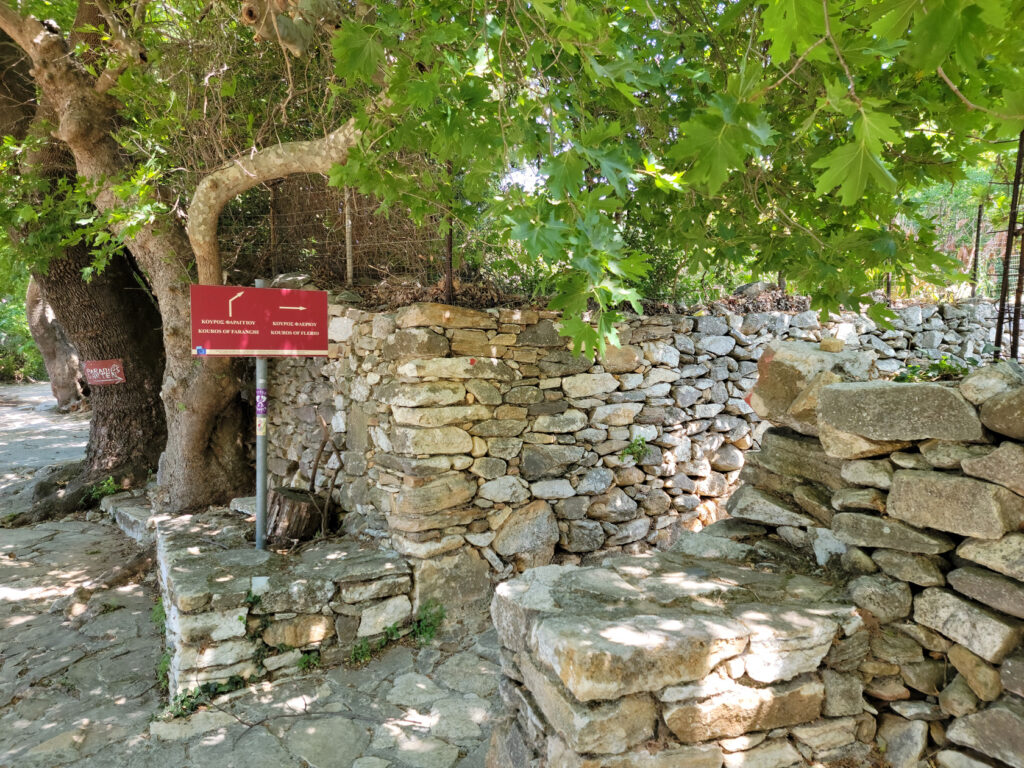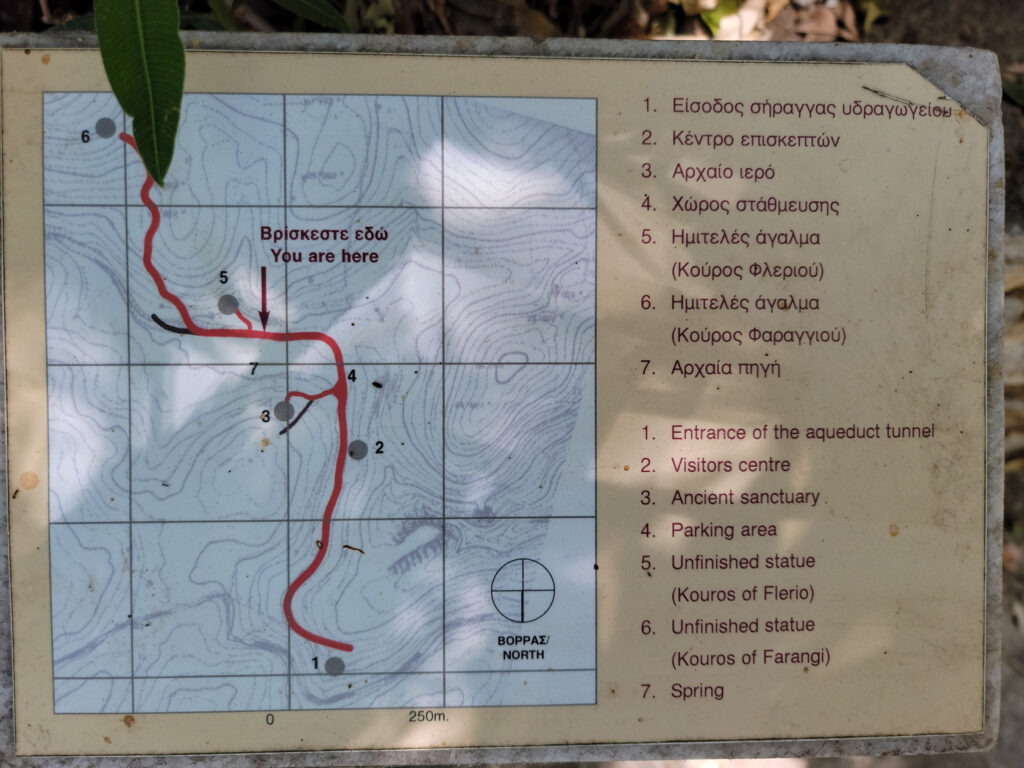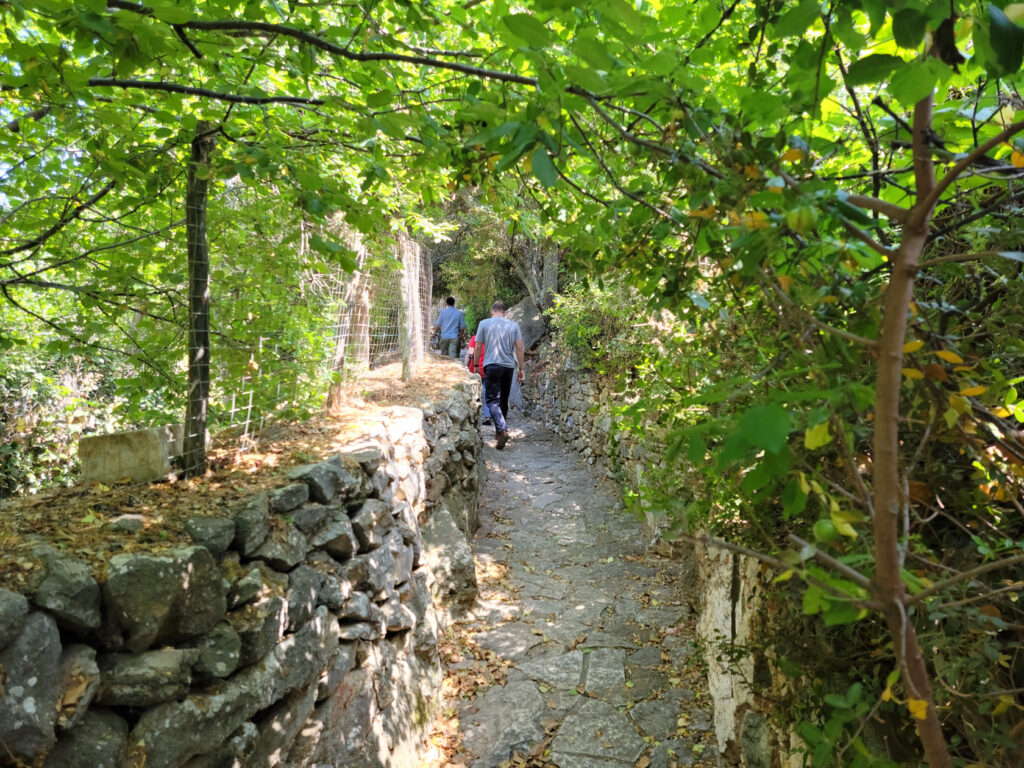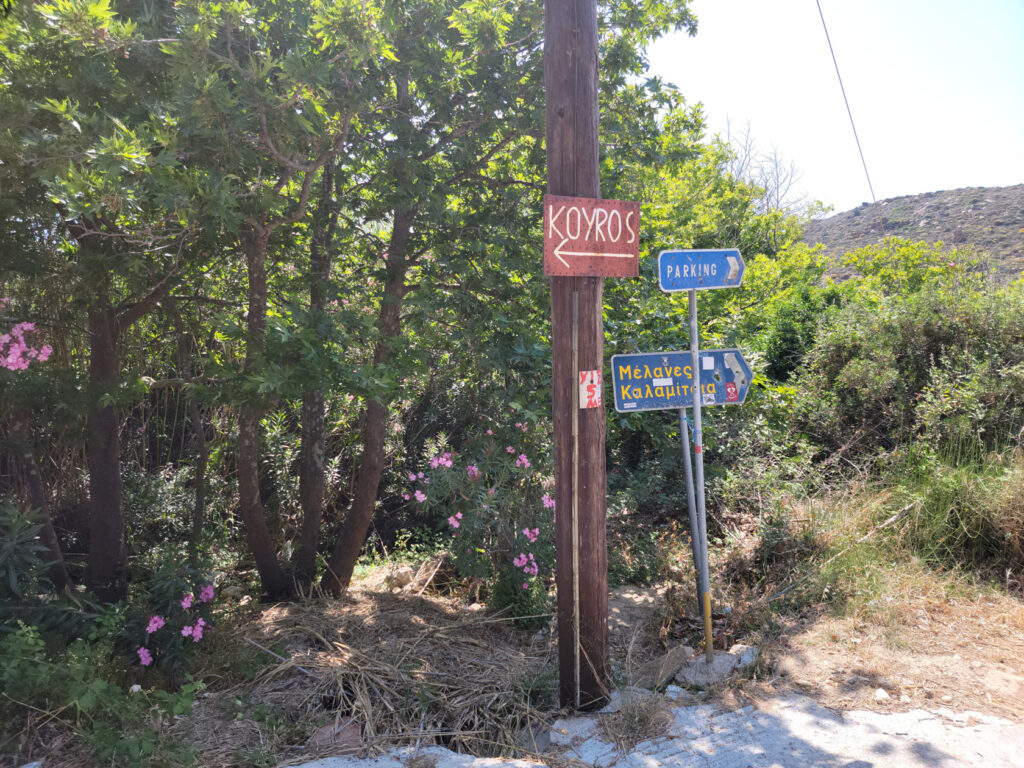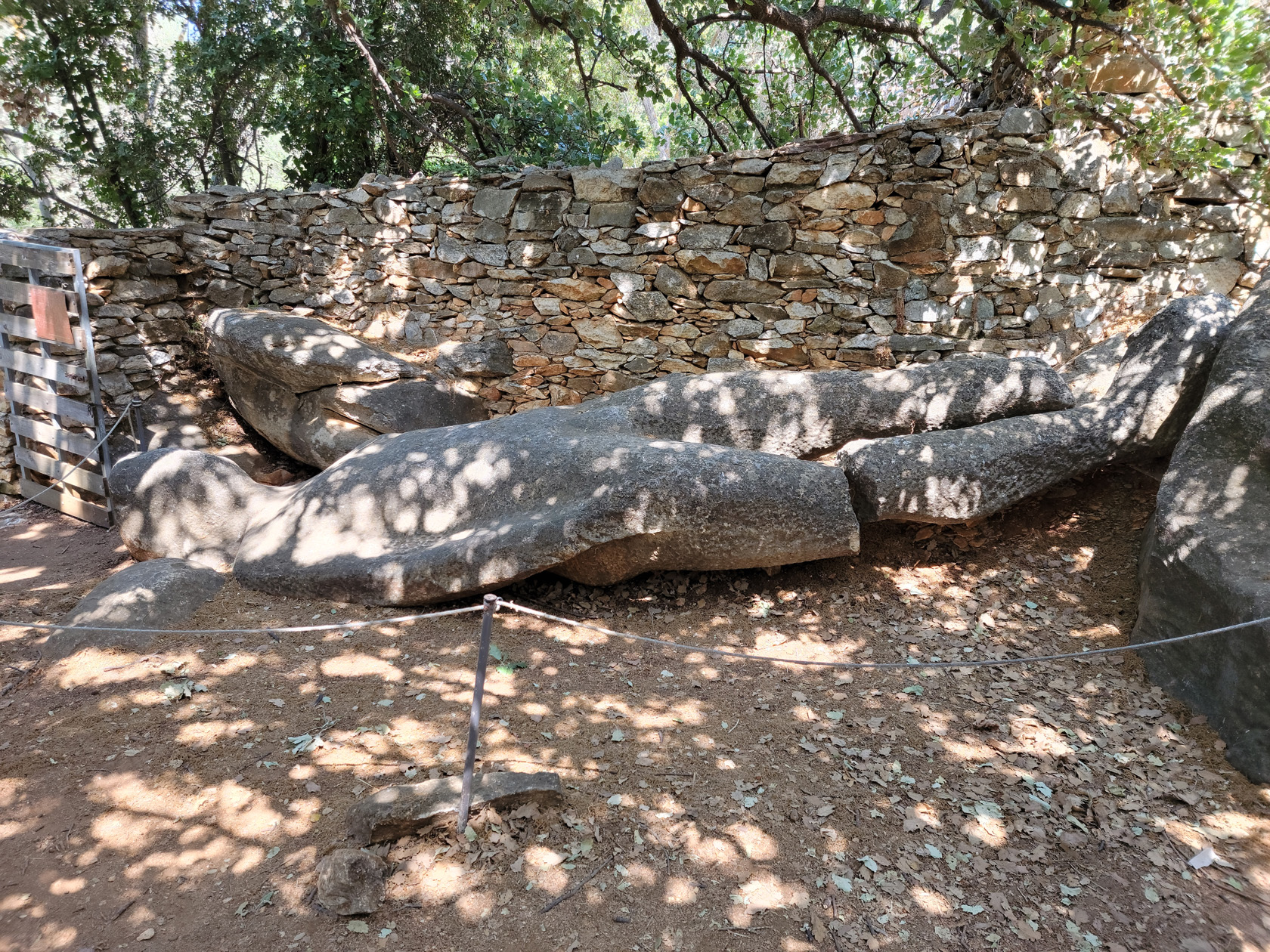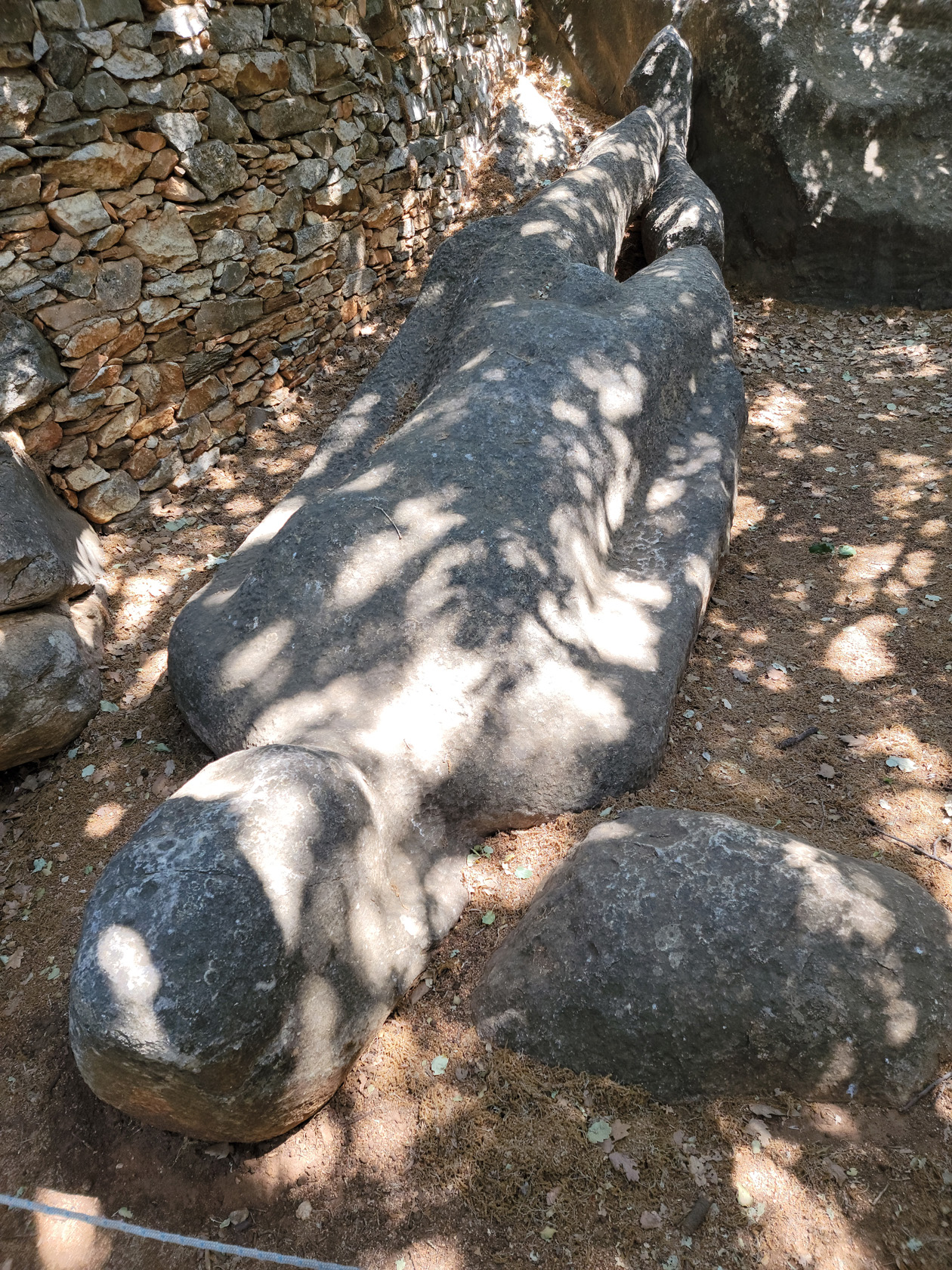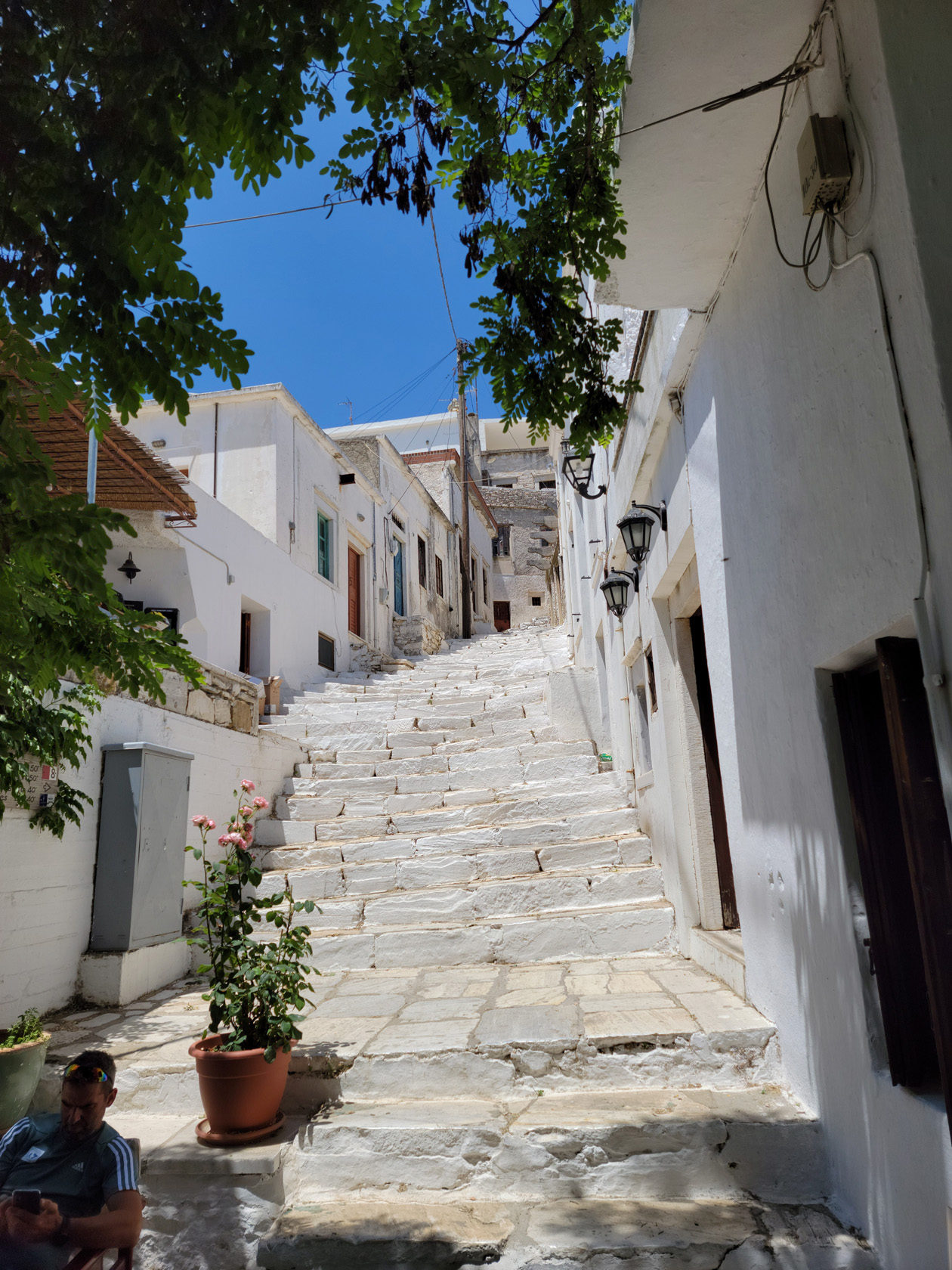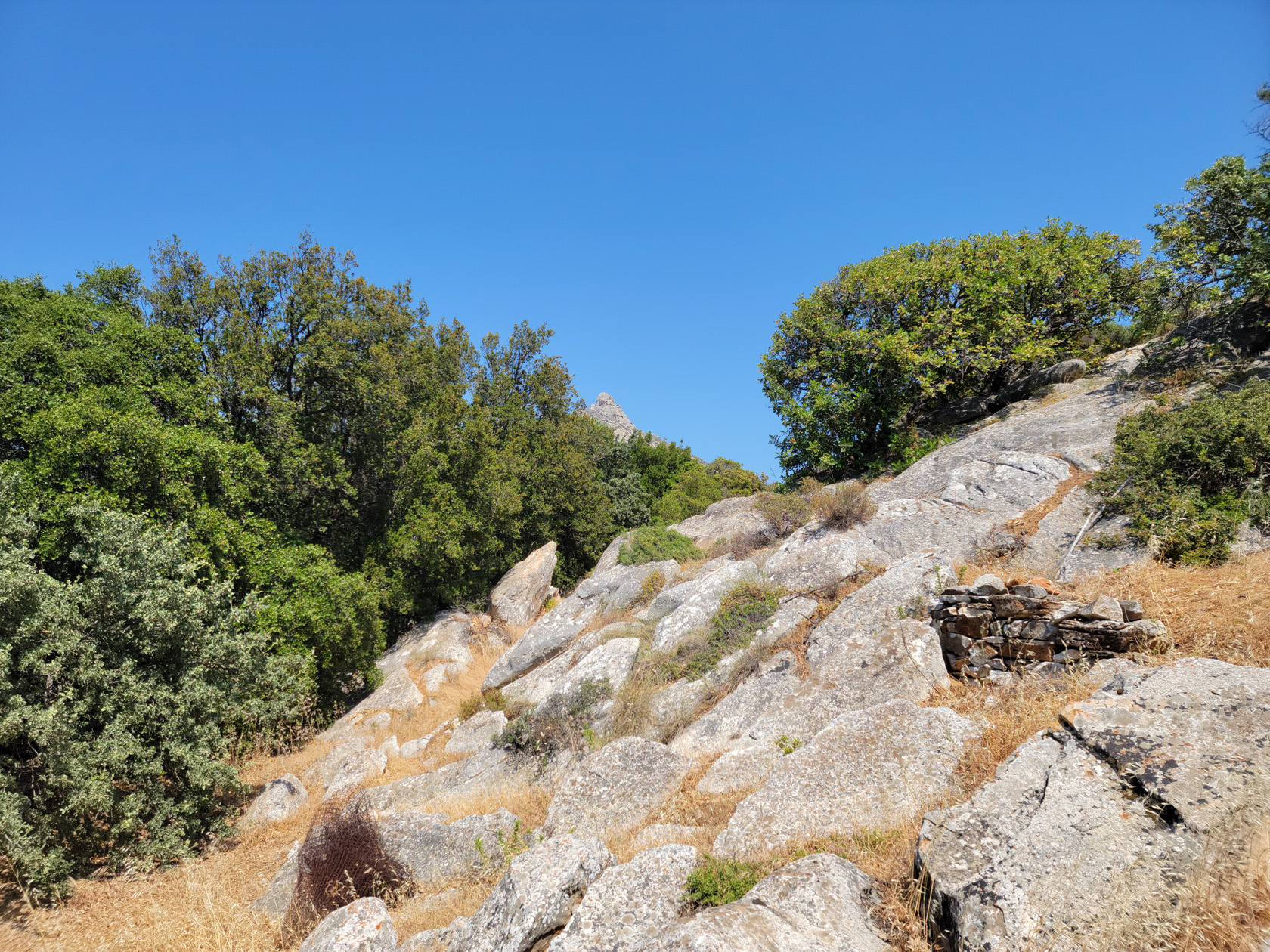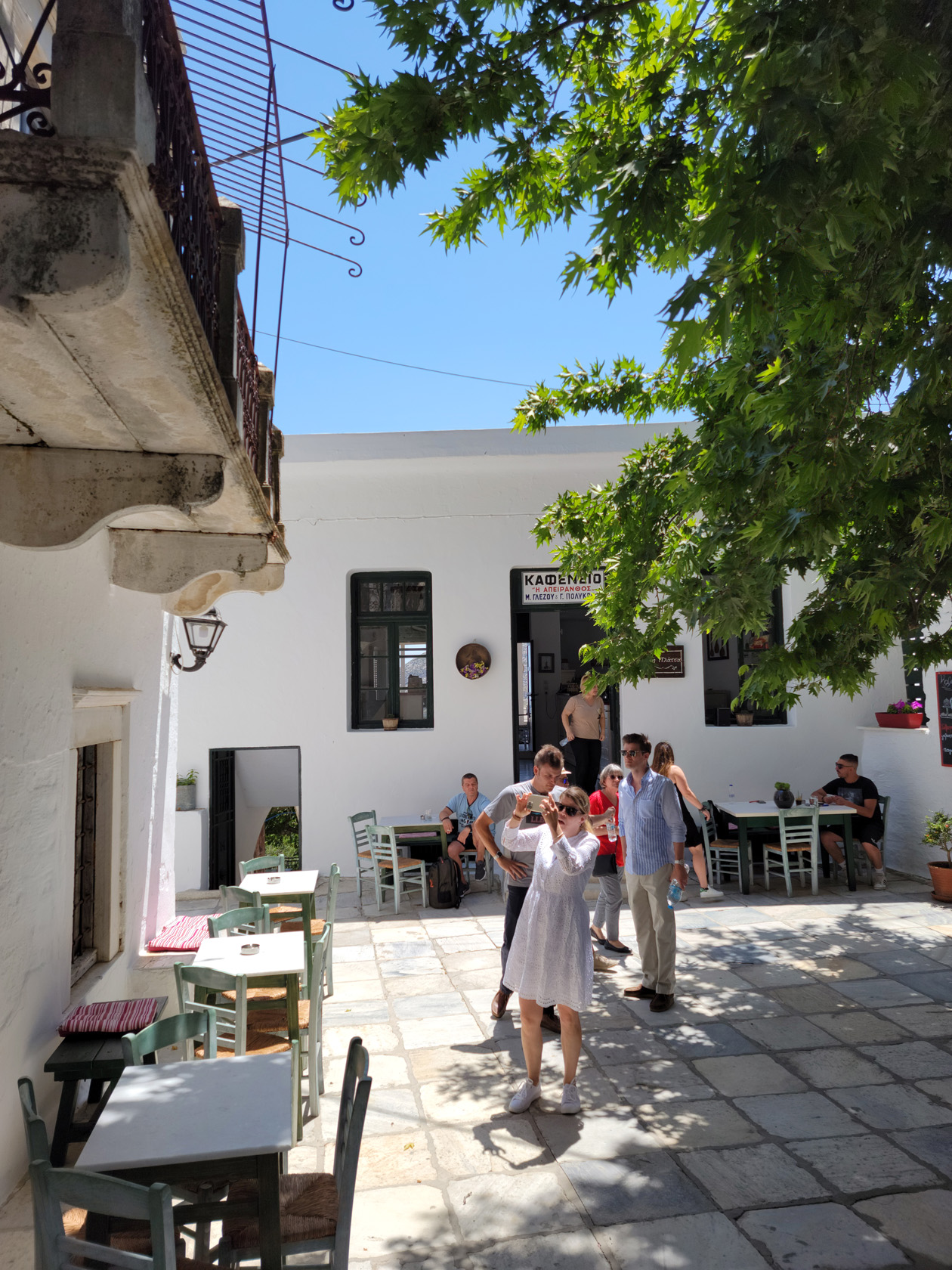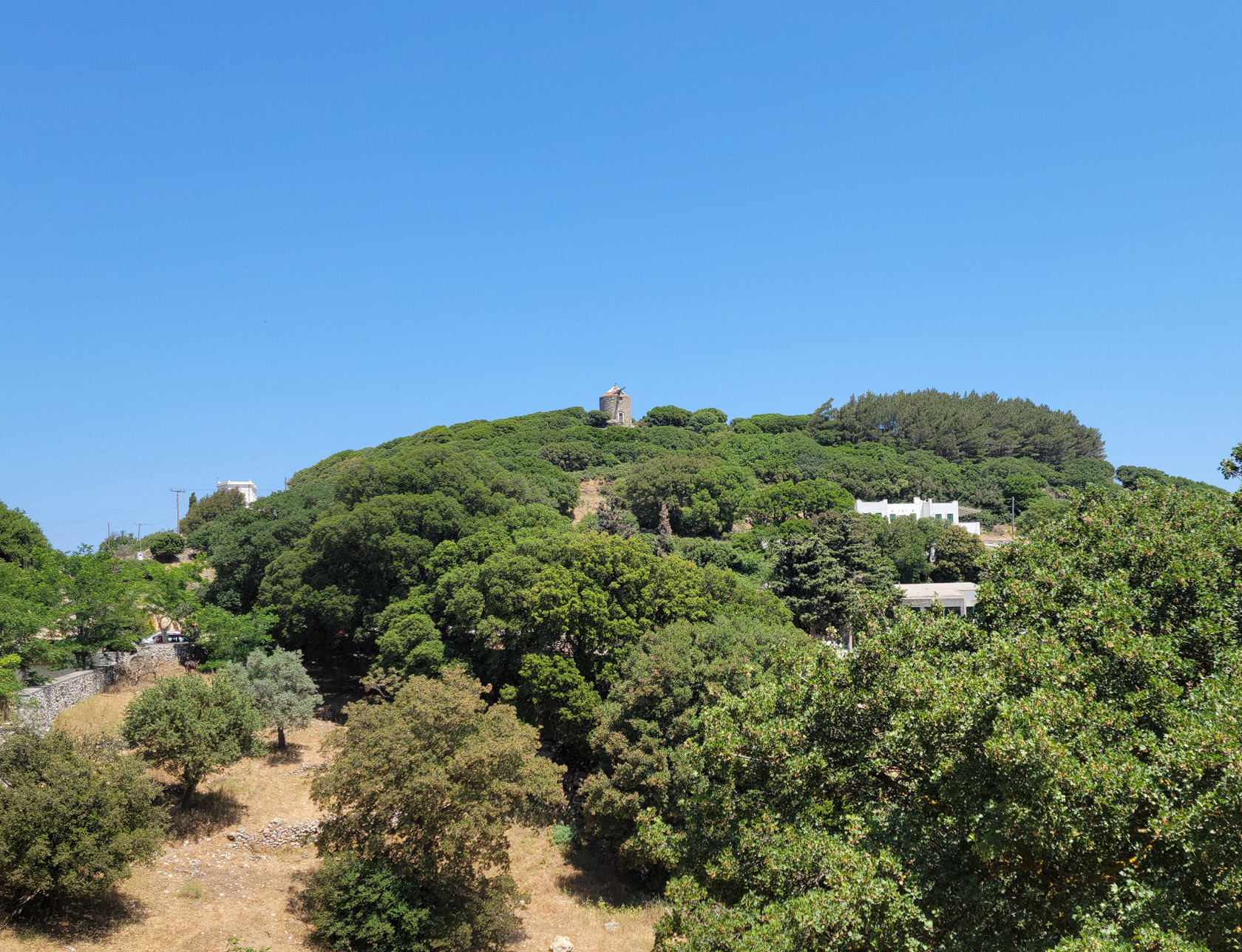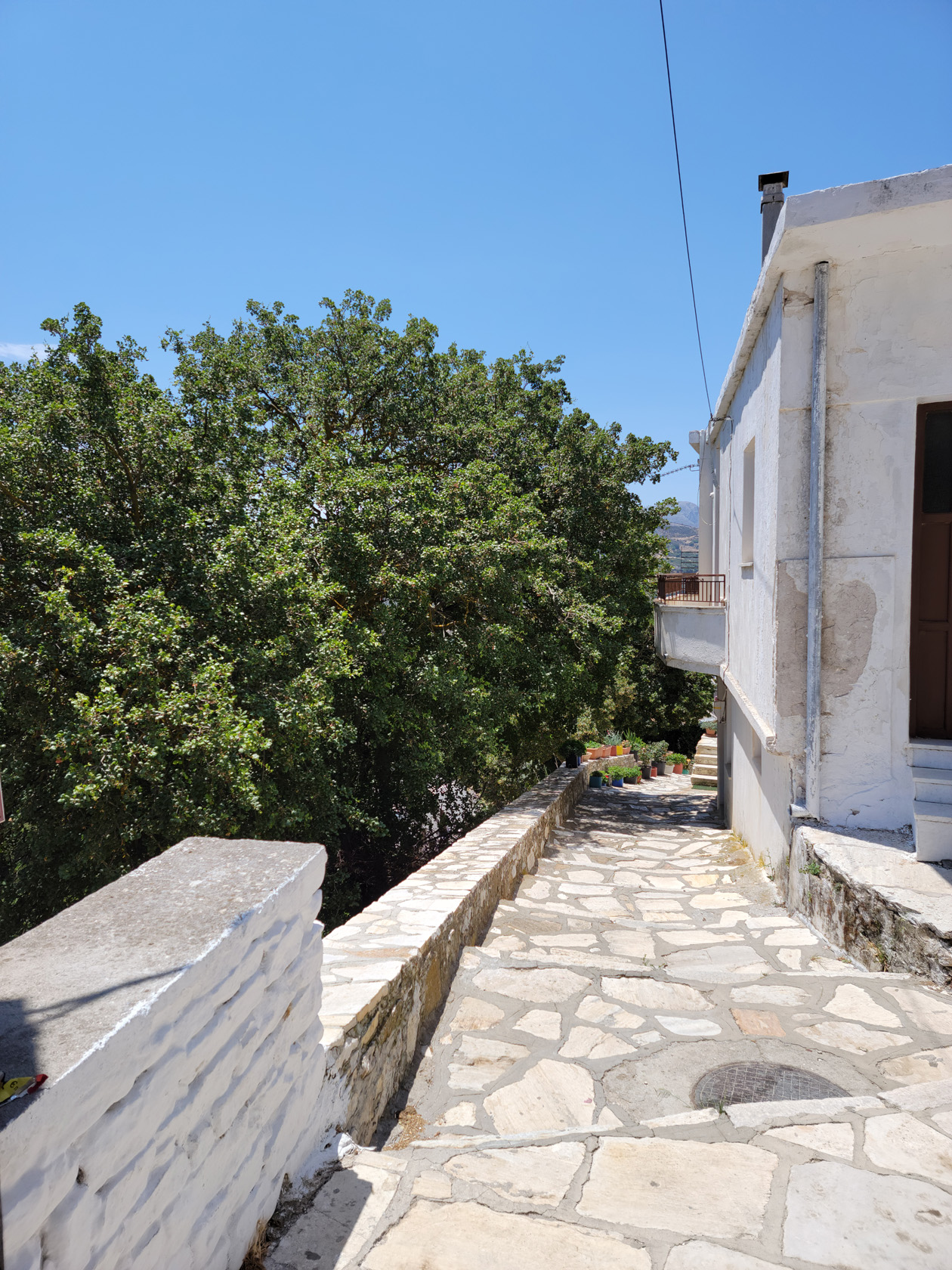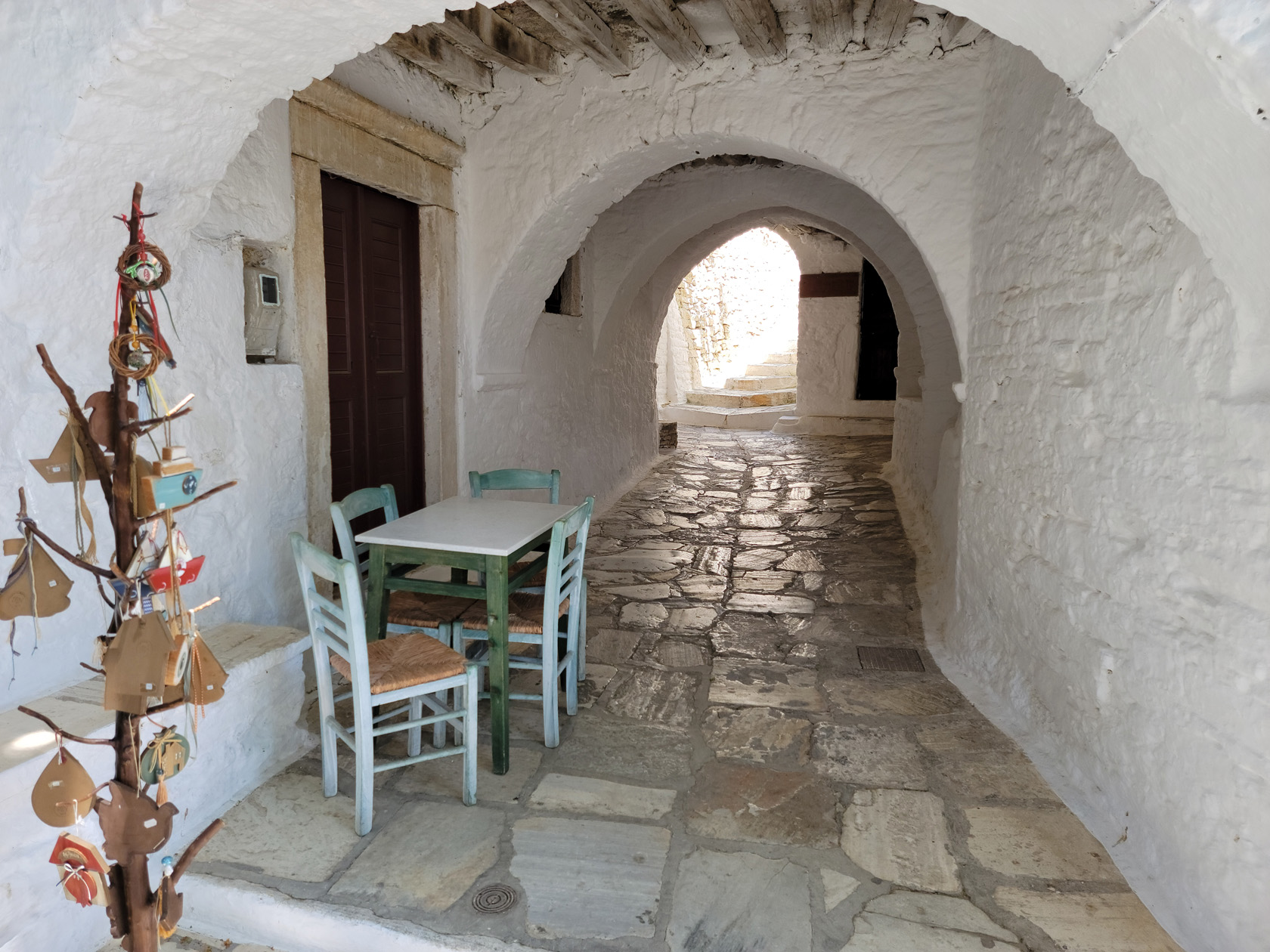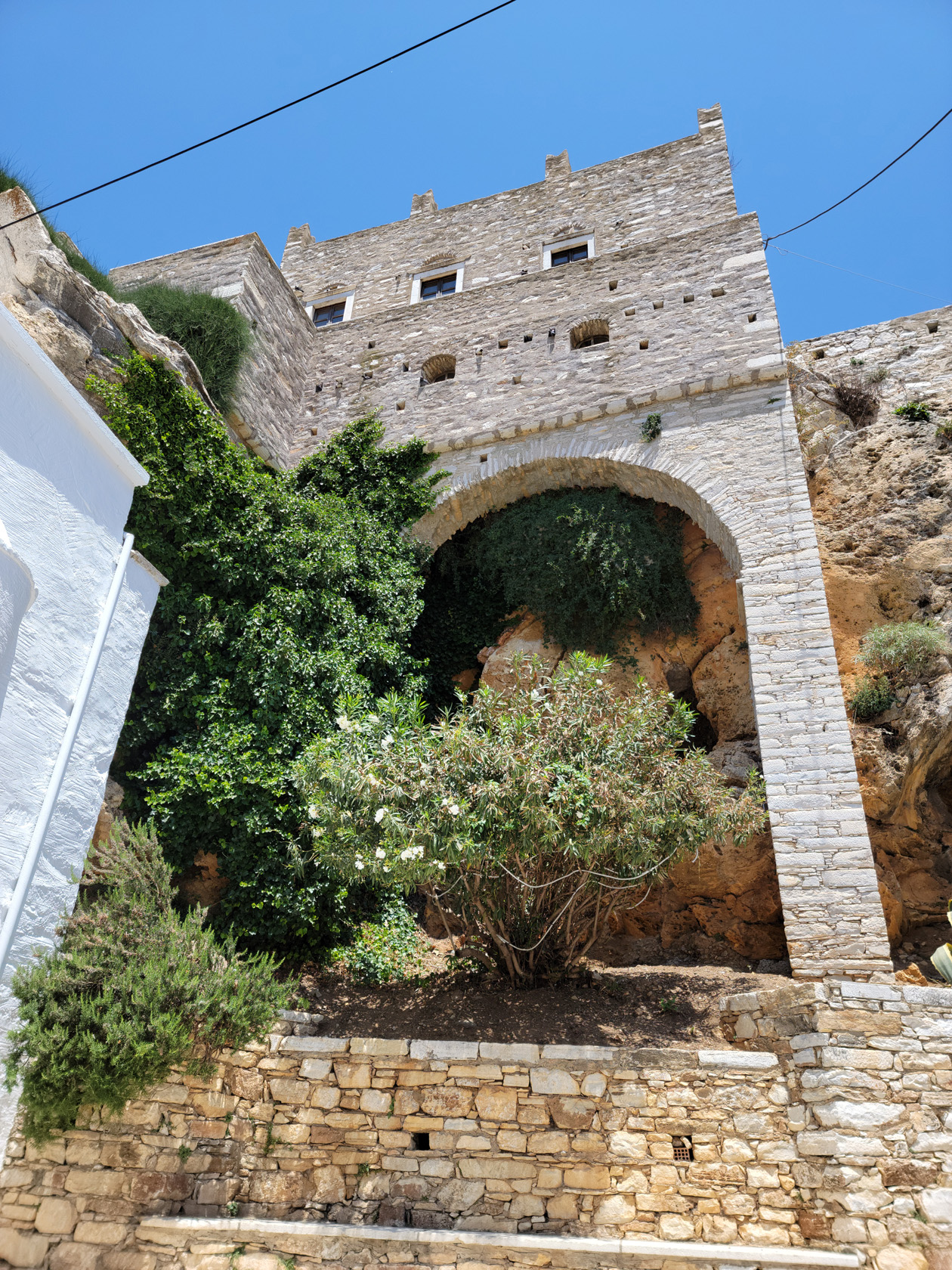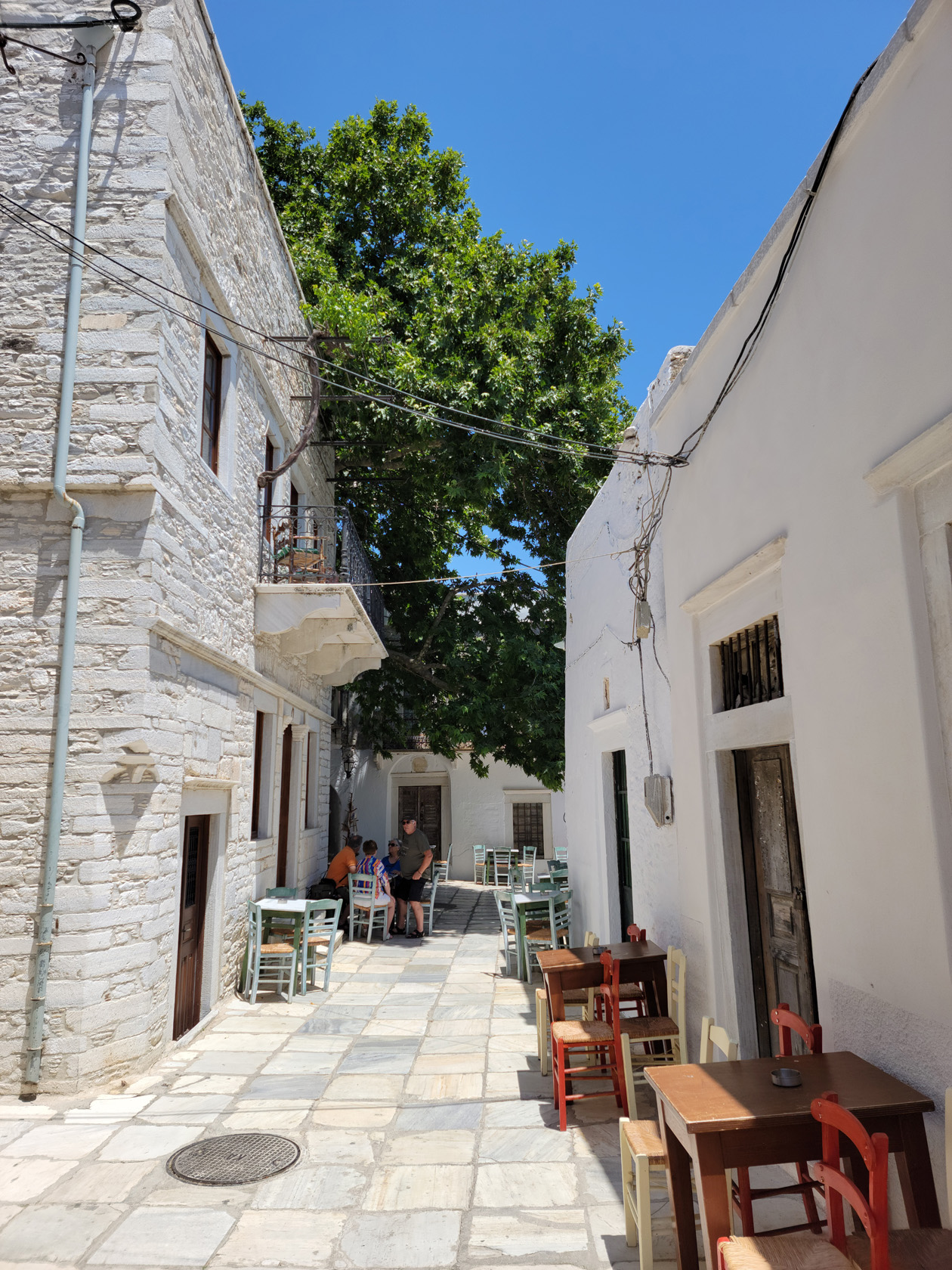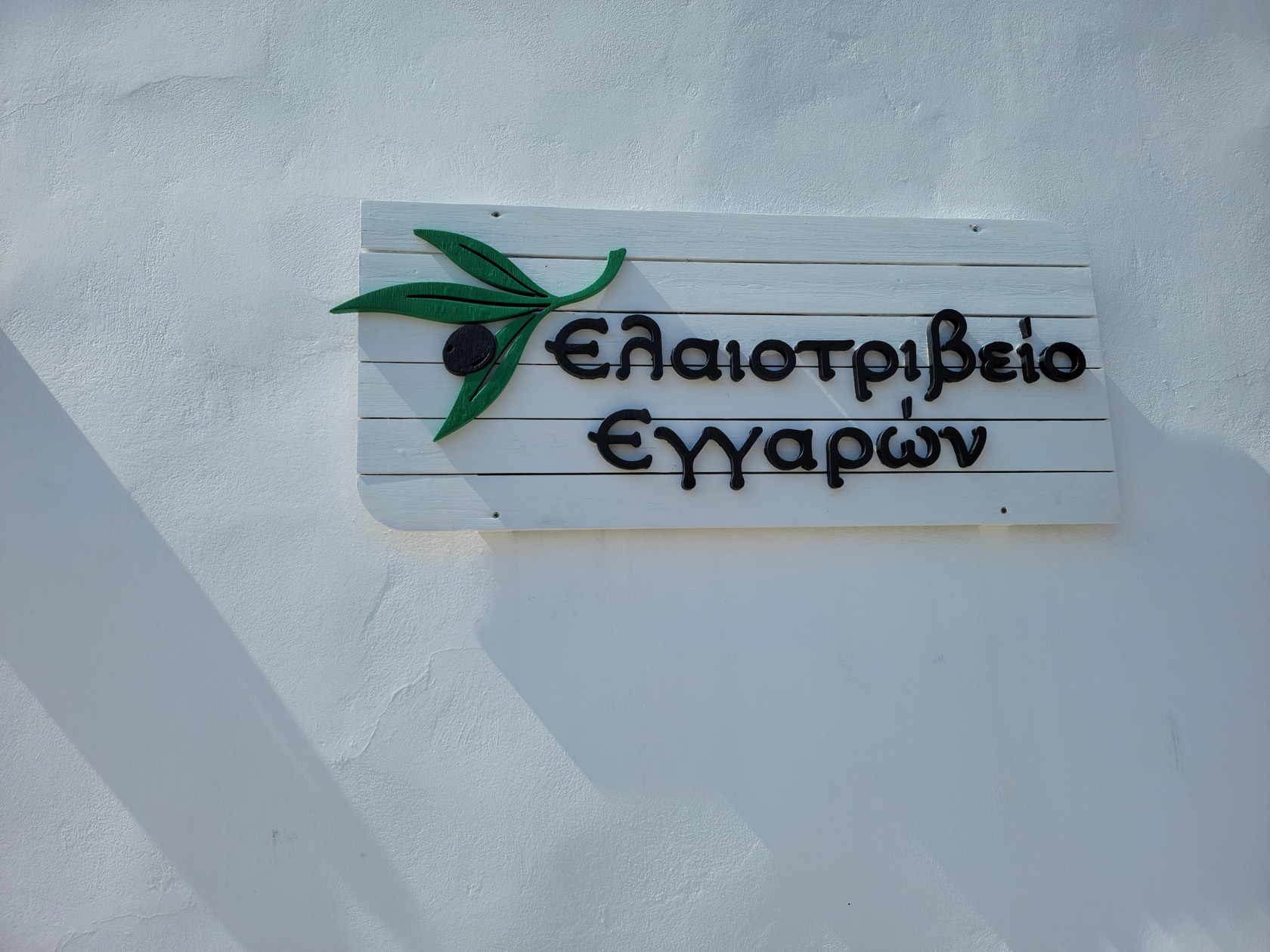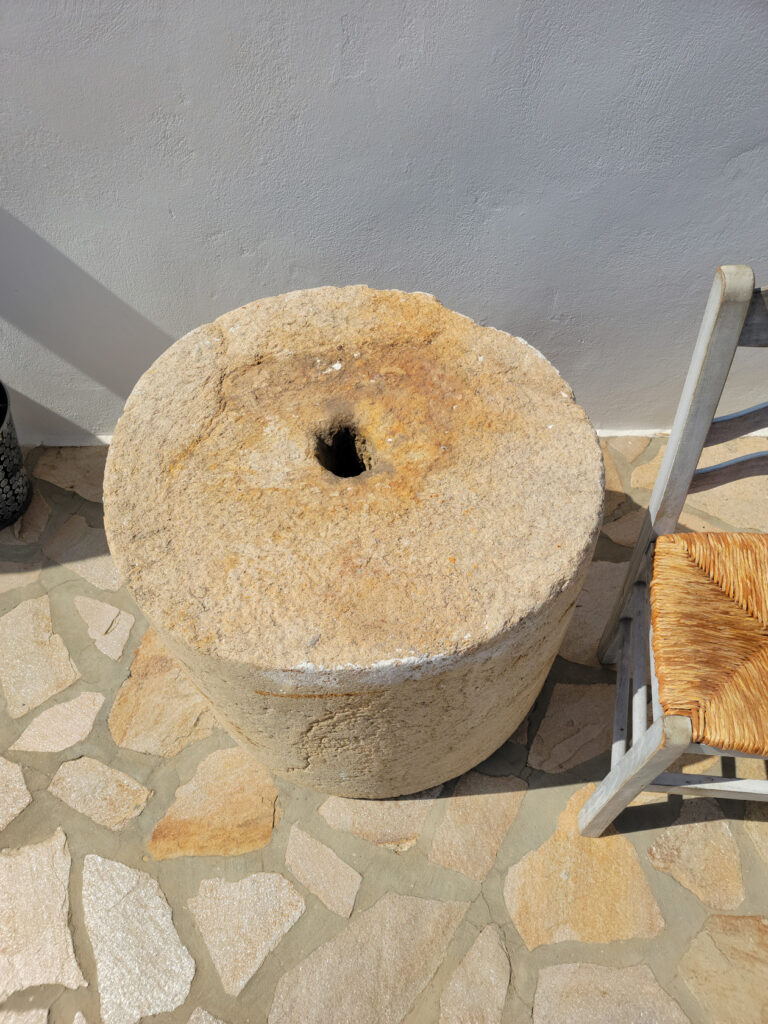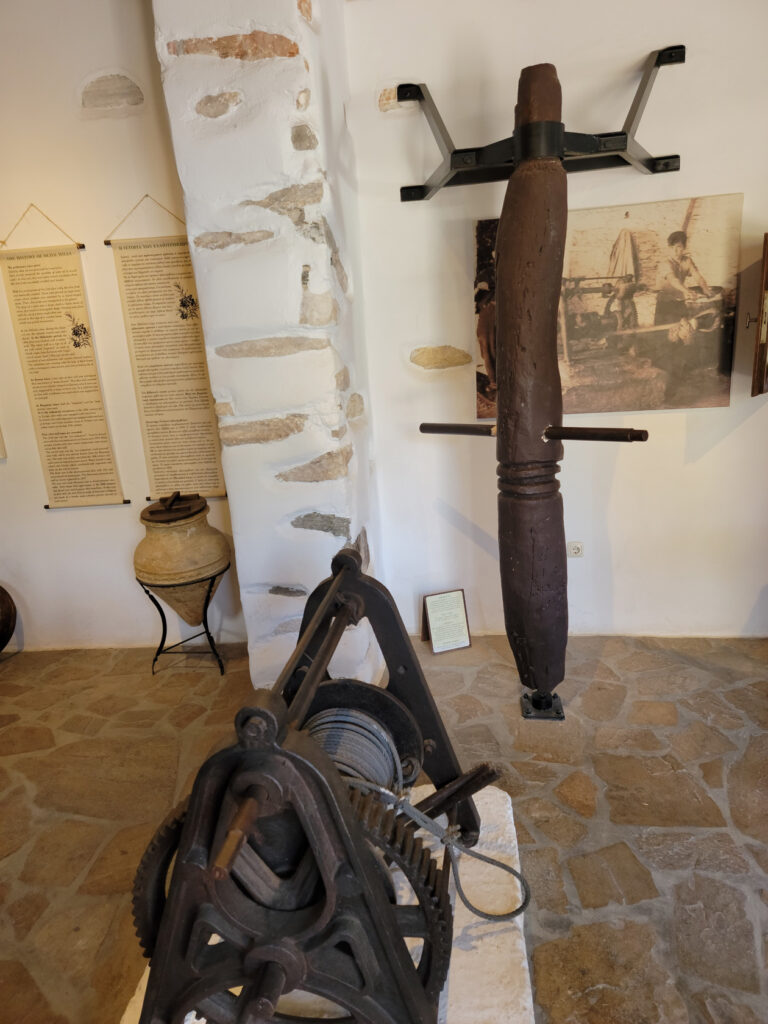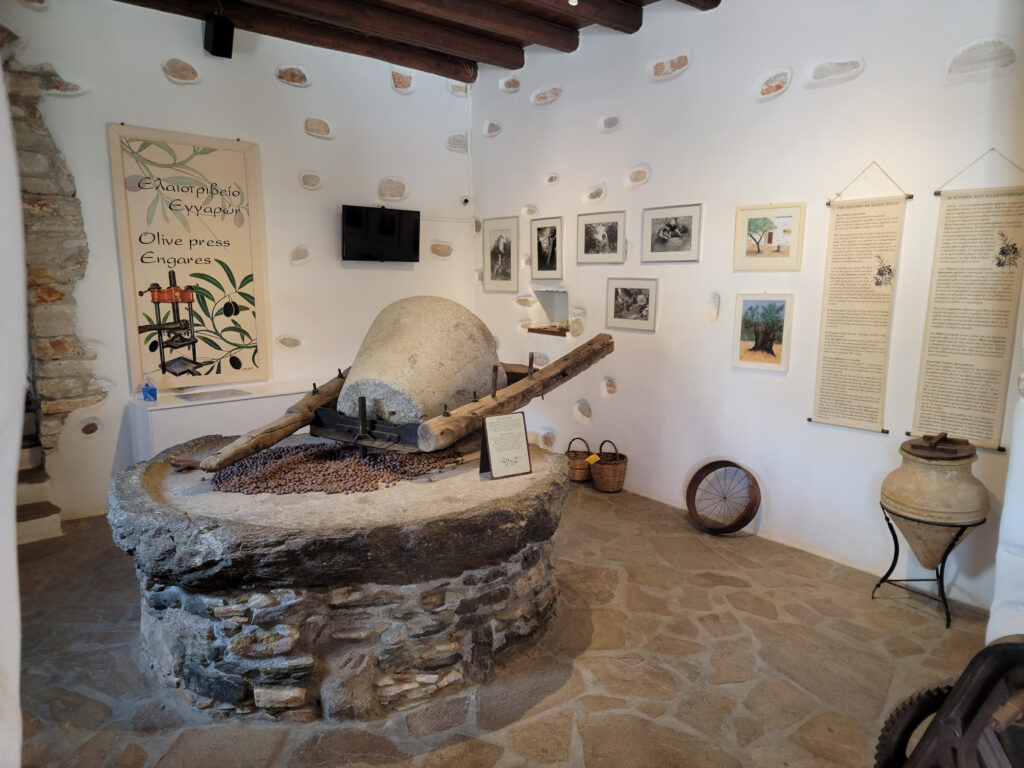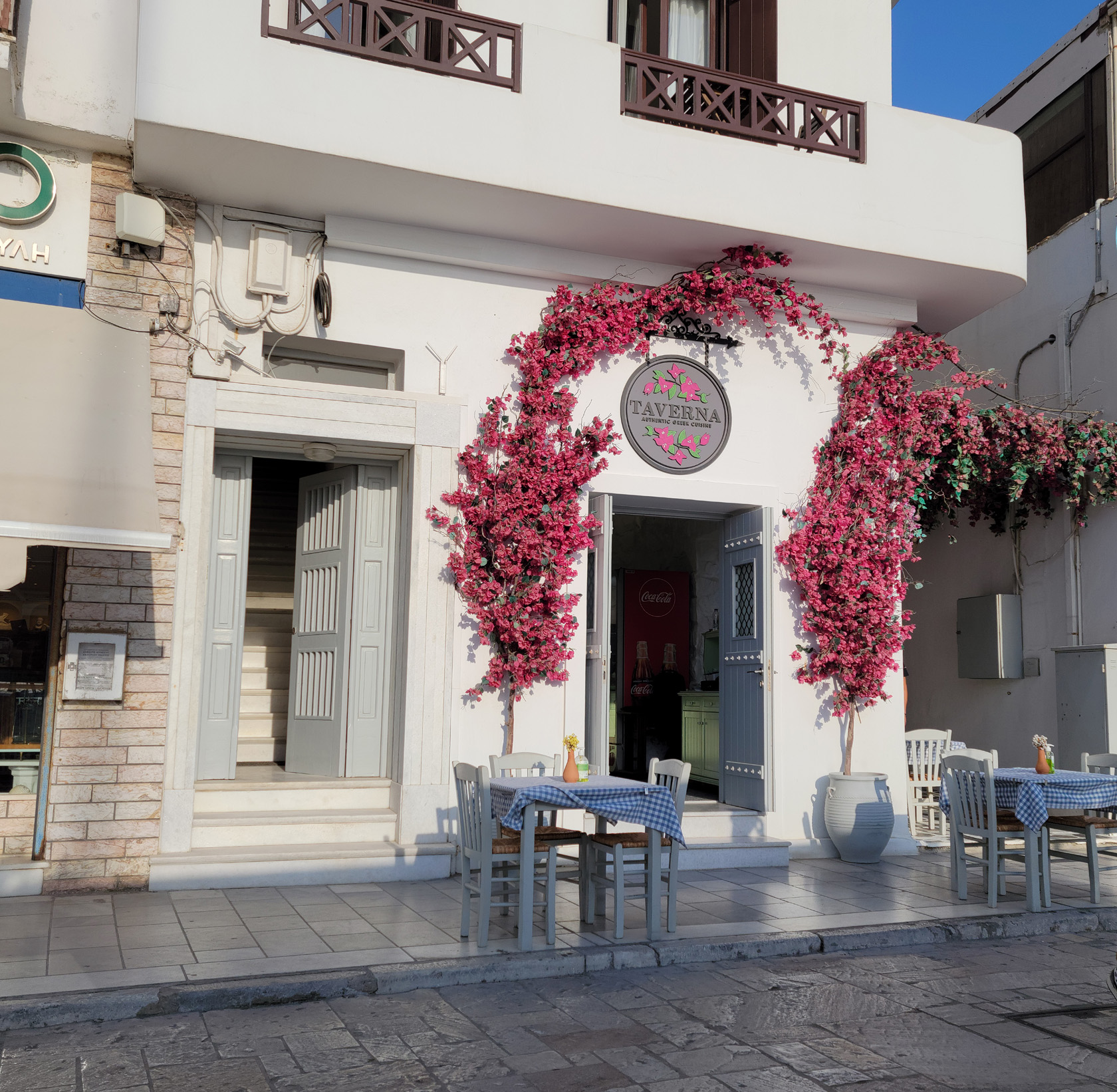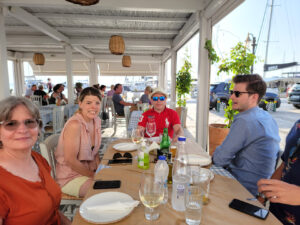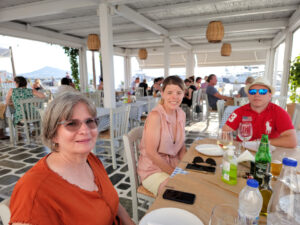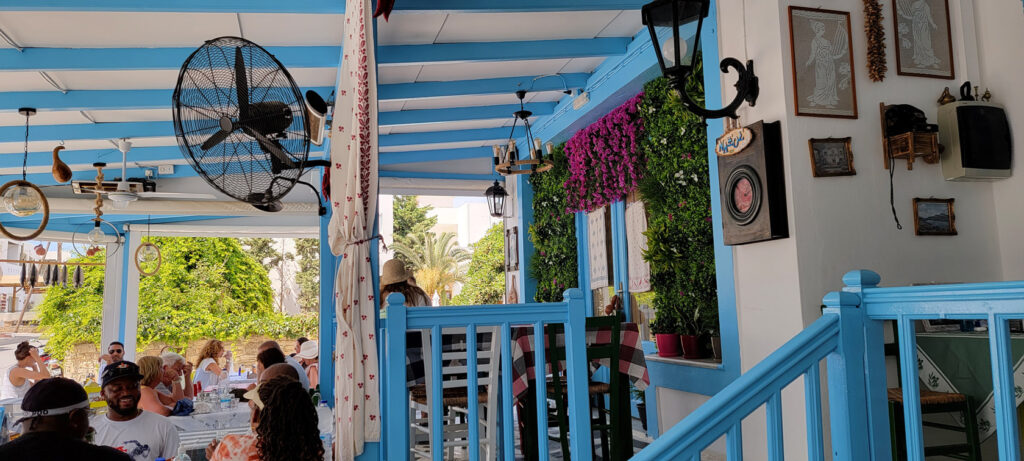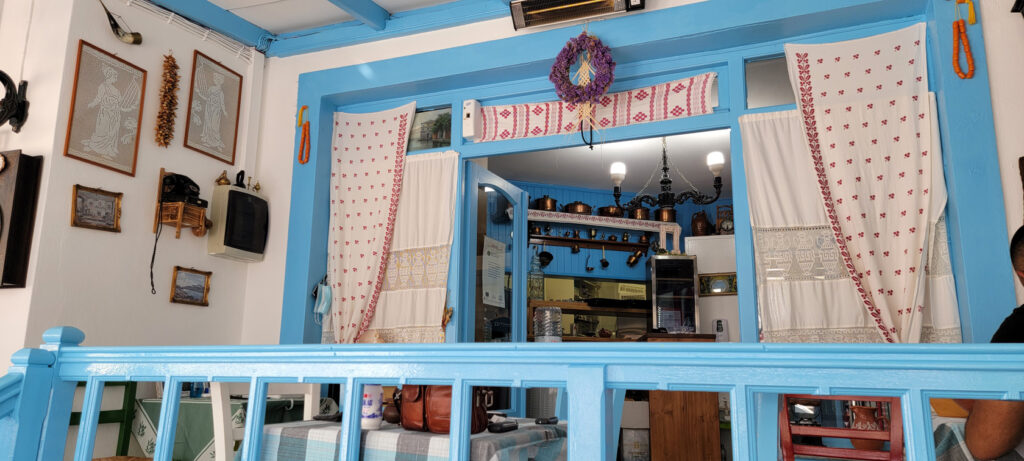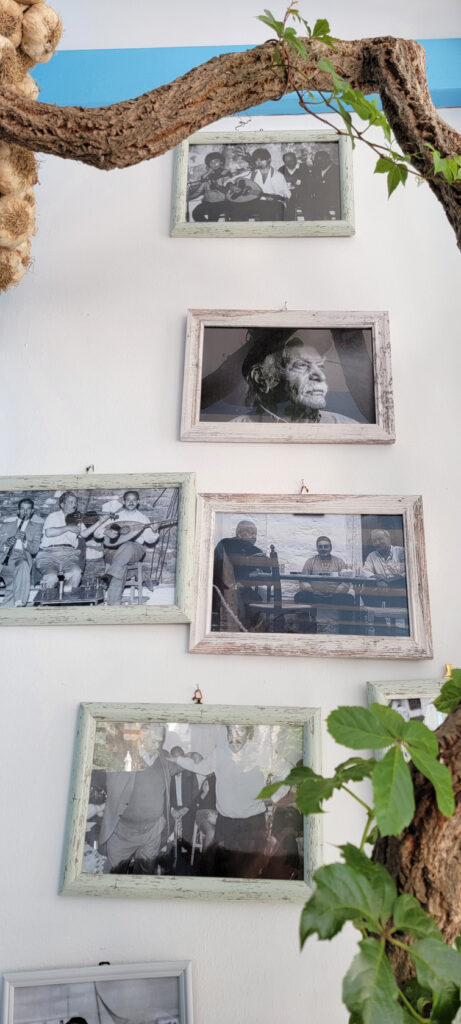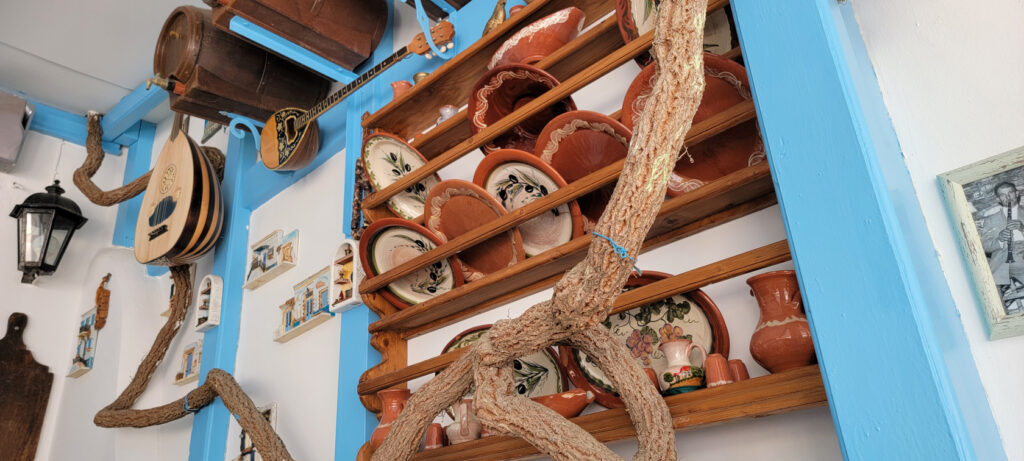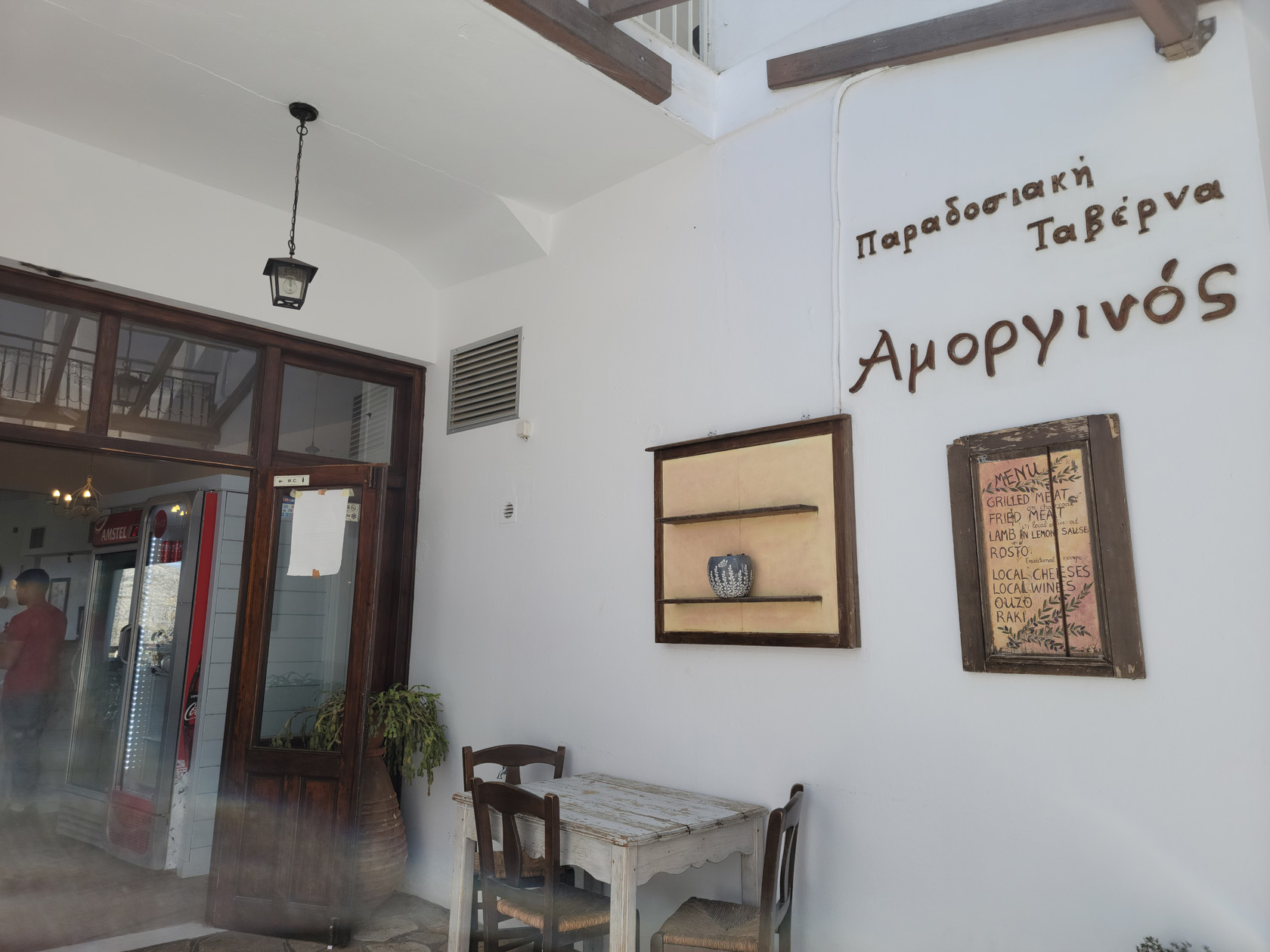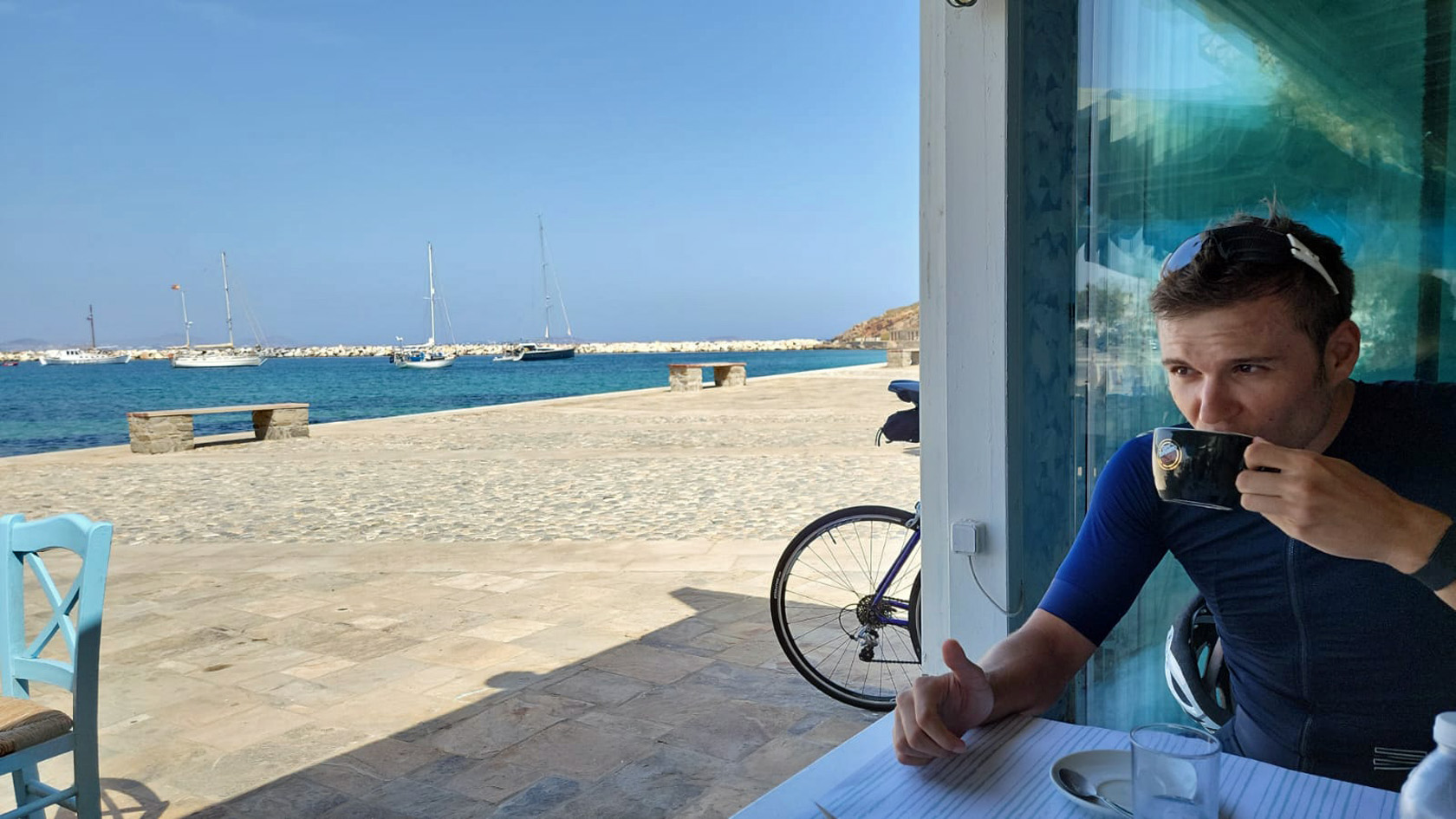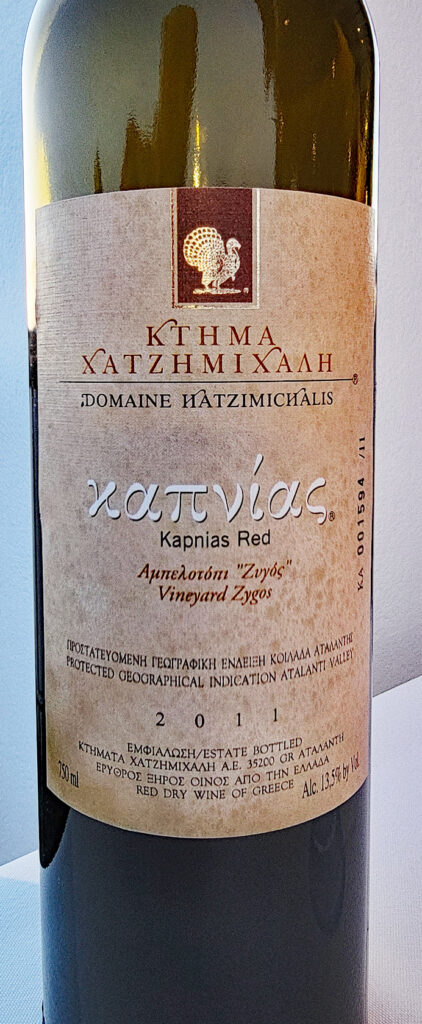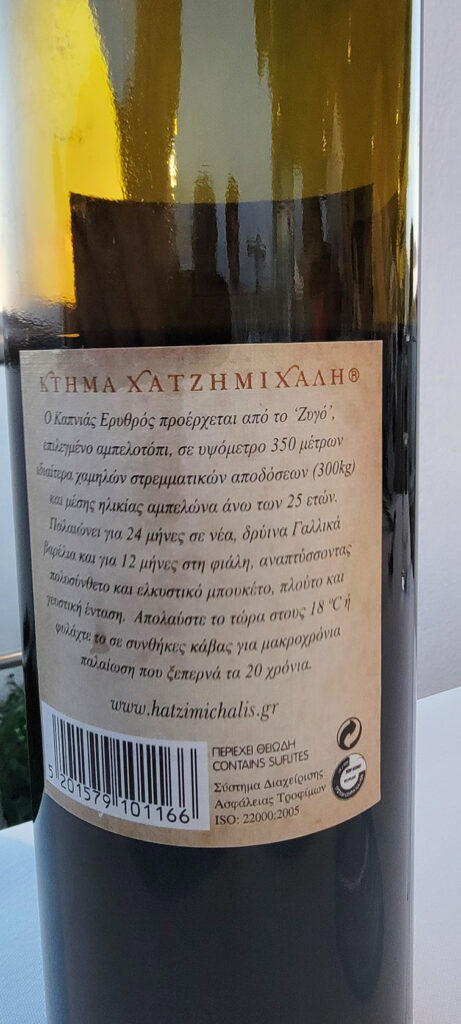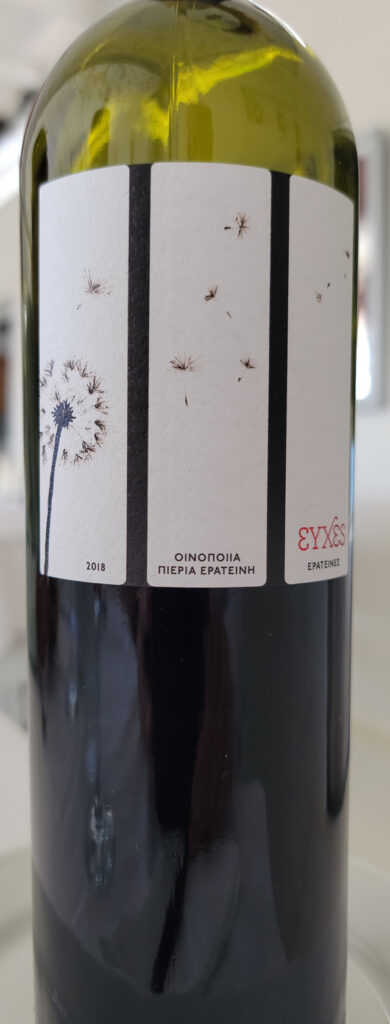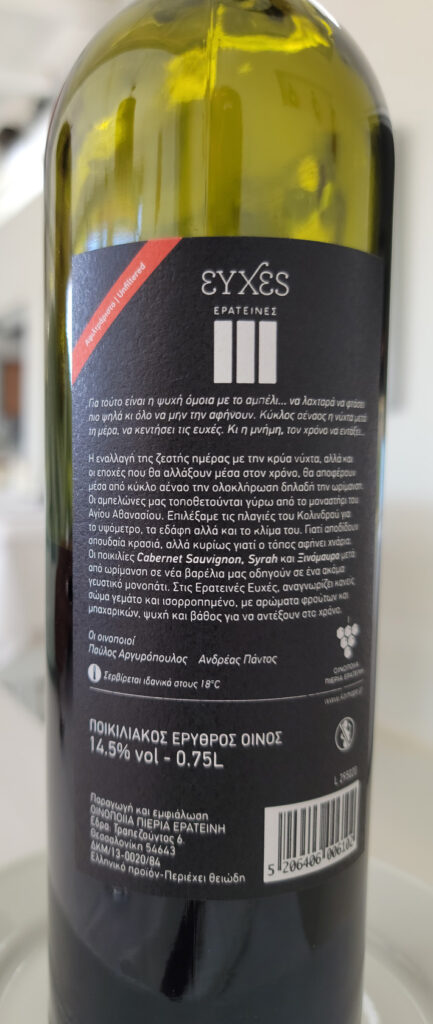South of the river Tanaro is the wine region of Langhe and the two of the most well known Italian wine towns, Barolo and Barbaresco. For any wine enthusiast, it is an important stop on par with the fabled wineries of Napa Valley in California, the Saône river valley of Burgundy and the Gironde river valley of Bordeaux in France.
Langhe
For the Piedmont this region is by far the most important place for wine and truffles. Every year during the fall, people flock to this small region in Italy to enjoy the Italian harvest of truffles, both black and white, and naturally the wines that are produced in this region. Our recent summer trip concentrated on the wines and to enjoy a wine tour with other wine enthusiasts from Germany and Denmark. Though we did sample the black truffles while here, I can only say we are not fans. So wine it is..!
First, some background. The wine production and labeling in the area is controlled by a Control Denomination of Origin, or Denominazione di origine controllata, as it is in the rest of Italy. Structured after the French model and adopted by the European Union (EU), there are essentially four designations for Italian wines:
-
- Denominazione di origine, or DO, this is rarely used
- Indicazione geografica tipica, or IGT, this is used to designate wines typical of the region
- Denominazione di origine controllata, or DOC, to indicate wines controlled and designated for the area
- Denominazione di origine controllata e garantita, or DOCG, to indicate wines controlled and guaranteed to be from the area
The last two appellations are the most important, since they both assure a rigid and specific level of government oversight, as well as control over the labeling and the origins of the grapes in the wines of these designations.
It should also be noted that no IGT wines are produced in Piedmont or Valle D’Aosta.
DOC
Originally there were only the first three designations, DOC being the highest of them. However, the Italian food industry quickly decided that its designation was far too liberal and included other foodstuffs within the standard, so they requested a more rigorous standard, thus DOCG came into being for wine only and superseded DOC.
Much like DOCG, the DOC requirements demand that such wines use only certain grape varietals, are aged properly, have a certain alcohol content and be produced within certain areas or regions. Though the number of bottles that may be produced for a given wine is somewhat restrictive, the wines do not have the direct governmental wine panel oversight or trails of paper found in the higher classification.
Wines of this category are Barbera, Dolcetto and Nebbiolo, all of which are designated grape varieties and may be identified as such on a bottle marked as DOC.
DOCG
DOCG is by far the more rigorous designation and is controlled to such a degree, that the vintner is forced to follow rigid rules regarding the care and quality of the wines throughout its production, all the way down to the number of labels they will receive for their bottles for each wine.
Wines of this category are Barolo, Barbaresco and Muscato wines, of which Barolo and Barbaresco are made from Nebbiolo grapes and Muscato from the Muscato Bianco varietal.
Once the wine is produced, a batch of five (5) bottles are processed, corked, sealed and labeled for the authorities. All of which have the CDO label across the corks, signed, sealed and documented. Four of the bottles are taken for lab analysis and a wine panel judges them to ensure quality, clarity and that the wine produced meets the standard set for DOCG for that wine and region. One bottle is left with the produced. An example from the Grasso Brother vineyard in Barbaresco is shown below.
Our Wine Tour
For our wine tour we chose Alba Wine Tours. We tried to arrange a private tour, but they only offer group tours of up to six people. The cost for us for a one-day tour of Barolo and Barbaresco was 220€/person. Yes, a bit expensive, but unlike our experience in the United States at such venues, we tasted more than 25 wines. Moreover, our hosts were more than happy to provide us with second tastings or additional wine, if we enjoyed it and felt a certain wine was exceptional.
For each wine taste, they dispensed between 5-10dl, which is not bad considering a normal glass of wine is typically around 20dl. Typically in the States you barely get enough wine to get a nose on it, let alone taste it. Which probably shows that most wineries in the States are more interested in mitigating costs, then in pleasing theirs guests and trying to sell their product. This usually indicates to me that their products are typically not good enough to sell to begin with, let alone taste.
Unfortunately, as is true of most wine tastings, most of the wine was dumped. However, by the end of the day, it was very evident that we all had more than our fair share.
Barolo
Our first stop was in the small town of Barolo, a castle turned museum being its most prominent feature. There are of course numerous wine stores, most belonging to vineyards in the region, which have tastings and sell wine. We only stopped to see the town and to continue to our first stop, the Azienda Agricola Stra, also known as Stra Winemakers with Foresteria.
One of the most notable features of Barolo is its soil and topology. Not only is the soil a kind of hard-pack mixture of sand, clay and other components, its valleys are steep and almost treacherous.
Azienda Agricola Stra
Our stop at Agritourism Stra was very informative and our hosts, including our tour driver, Saverio Molinai, were very instructive about the wines and the process to make them. This included a tour of the wine producing facilities and their cellars, where the wines are stored and kept during the aging process.
The tasting included a flight of all the wines they produce, with one exception, the Dolcetto 2022 for 8€. The list below shows some of the wines offered and we essentially when from the top of the list to the bottom.
All during our tasting, our tour guide explained the various aspects of Barolo, its soil, the wines and the wine making process they used. He was actually very knowledgeable and when he was not sure about something that was particular to this producer, he would ask our host and she provided the necessary explanation.
Impressed with the quality of the wines, we purchased almost half a case of five bottles, two bottles of DOCG Stra La Volta 2019 Barolo and three bottles of DOC Stra Barbera D’Alba 2021. Of course, the Barolo is kind of young to drink right now and needs a handful of years to mellow. But the Barbera is young and fruity, with plenty of tannin, cherry and tobacco overtones and ready to drink now. It would be great with a nice steak or any other dish that could compete with its strength.
The last thing that we tried here that was not on the list was their Grappa. I actually forgot what they labeled it as and what the year was, but for a grappa is was very good. Most grappa can be a bit strong, even harsh, this one was actually a pleasure to drink, even Patti liked it, and she doesn’t even like grappa.
Barbaresco
Our stop in Barbaresco included two stops, one in town for a tasting at Produttori del Barbaresco S.A.C., or the commune wine store; the other at the Grasso Brothers to the south of Barbaresco in Giacoso. The town, Barbaresco, is unmistakable from a distance, due to its distinct tower which is so prominent on the horizon.
The land here is flatter and clearly more rolling than in Barolo. The valleys are not as steep and the vineyards appear to be able to employ more of their land to grapes. However, our guide told us that the primary reason some of the land still has trees was for truffle production in the area, its not necessarily unproductive, just used for another purpose.
Produttori del Barbaresco S.A.C.
The inside of this store is rather modern, almost sterile in a contemporary way. Here we tasted the DOC Langhe Nebbiolo 2021 and two DOCG Barbarescos, a 2018 and a 2019. The nebbiolo was rather dry with little fruit and unimpressive, but clear with a crisp ruby color and a distinct nose. The 2018 and 2019 Barbarescos were a bit disappointing. Although they were typical of a nebbiolo varietal for Barbaresco, there price was rather high. I felt I could find a similar one that was less expensive in Turin.
The last thing we tried was their Grappa. It was typical for grappa, lots of alcohol and perhaps a bit harsh. So this stop was a bit disappointing, but we got to see that town.
We left here without purchasing anything.
Azienda Agricola Grasso Fratelli
The Grasso Fratelli, or Grasso Brothers, have a rather unassuming winery. From the outside the construction is typical for Piedmont and it is adorned with signs of the wines they make, like Barbaresco, Bricco Spessa, Barbera, etc. One could call it a typical farm.
The building houses two large rooms for tasting and the atmosphere is rather laid back. The wines for the tasting contained Chardonnays, Dolcettos, Barberas, Nebbiolos, a Moscato, a Rosato and a wine called Vino rosso Trej. All of these wines were very good, including the Chardonnays which I thought were very clean and not overly oaked, like most complain about in the United States.
There were however no Barbarescos on the list to taste, so we were all a bit taken aback. Once we mentioned this, our host and driver Saverio went to retrieve a few bottles for us to try
There was an immediate reaction and the brothers appeared, looking a bit hesitant. However, Saverio convinced them that if they don’t let people try the wines, they won’t sell them.
The brothers have never marries and still work on the farm, though some of the work is done by the cooperative. They have been working their plot of land for over sixty years. The eldest, Alfredo, is eighty-two (82) years old this year and the other brother, Luigi, about ten years his junior. The two brothers came to the table and talked with our guide, while we tried the wine.
The best bottle was their DOCG Giacosa Spessa Barbaresco 2017. This is an amazingly good wine, full of cherry and other fruity undertones along with plenty of alcohol for longevity, coupled with an amazing nose and a rich red color typical for a nebbiolo, and best of all, ready to drink now. The vines that it is produced from are of the oldest in the vineyard, being planted by Alfredo when he was only twenty years old. This means that the roots of these vines have driven over a meter deep into the ground, allowing them to access different soils and salts. It is so good, I had to purchase two bottles. Unfortunately, I was not able to carry more, so I had to keep to that limit. A planning mistake I will not make again in the future.
Restaurants
We visited one restaurant for lunch, which we had to inform the tour operator in advance of how much we wanted to spend. At the time, the limits were 30€/person, 50€/person and 70€/person, for which the unnamed restaurant would provide a basic lunch with appetizer and primi, or a heavier lunch with appetizer, primi and secondi, or a culinary delight of the same, but made personally by the chef. We both thought it was overpriced. So we went off-menu and ordered from the daily specials and only what we wanted.
Locanda La Gemella
For lunch we stopped at Locanda la Gamella on the edge of town. A very nice, I would say upscale restaurant with a very dynamic menu. They also have daily and chef’s specials, so there seems to be something for everyone.
We went a la carte with the special Tajarin al ragu, some still water and a glass of wine. Our total bill came to 51€ total for the both of us, which wasn’t too bad, but still a bit pricey. Unfortunately, neither myself nor my wife took any photographs of our dishes or the place, though they were kind of normal and not very special for the Piedmont.
